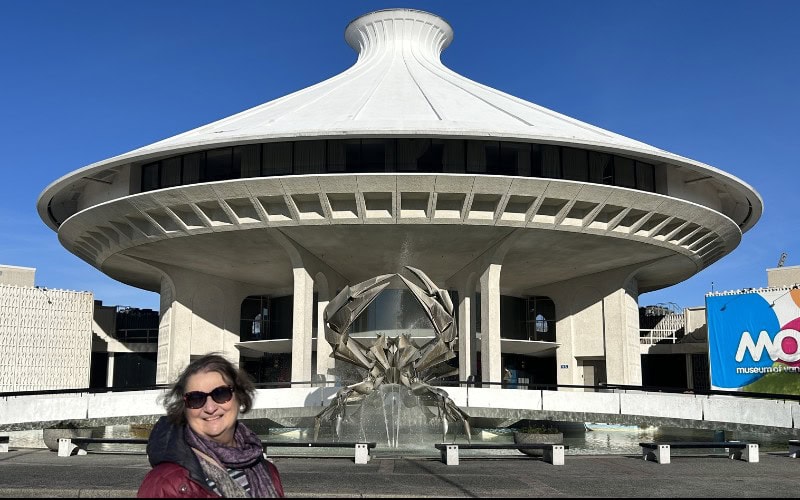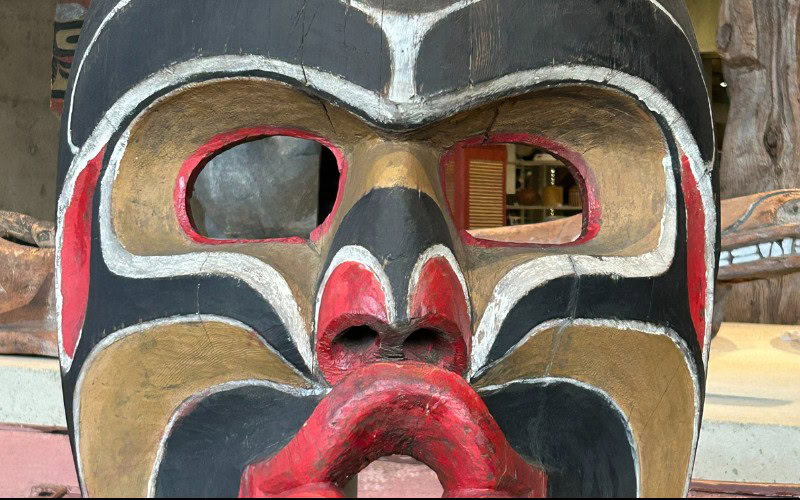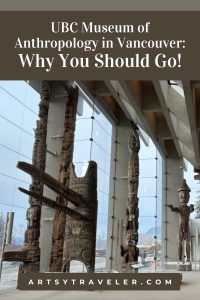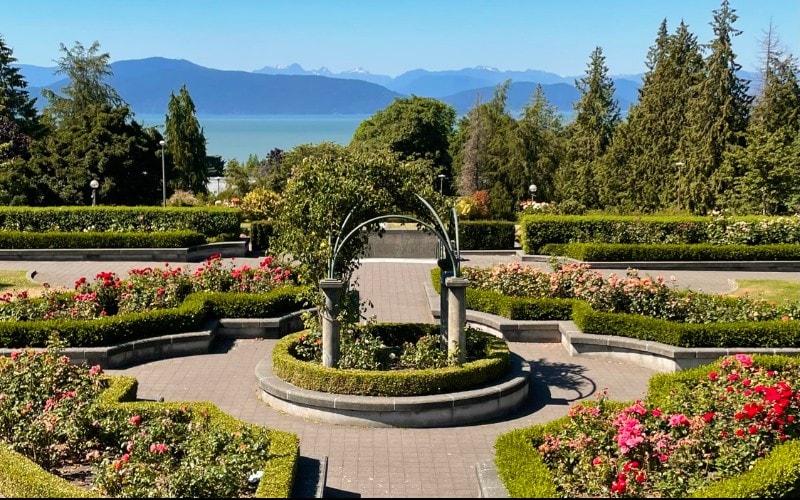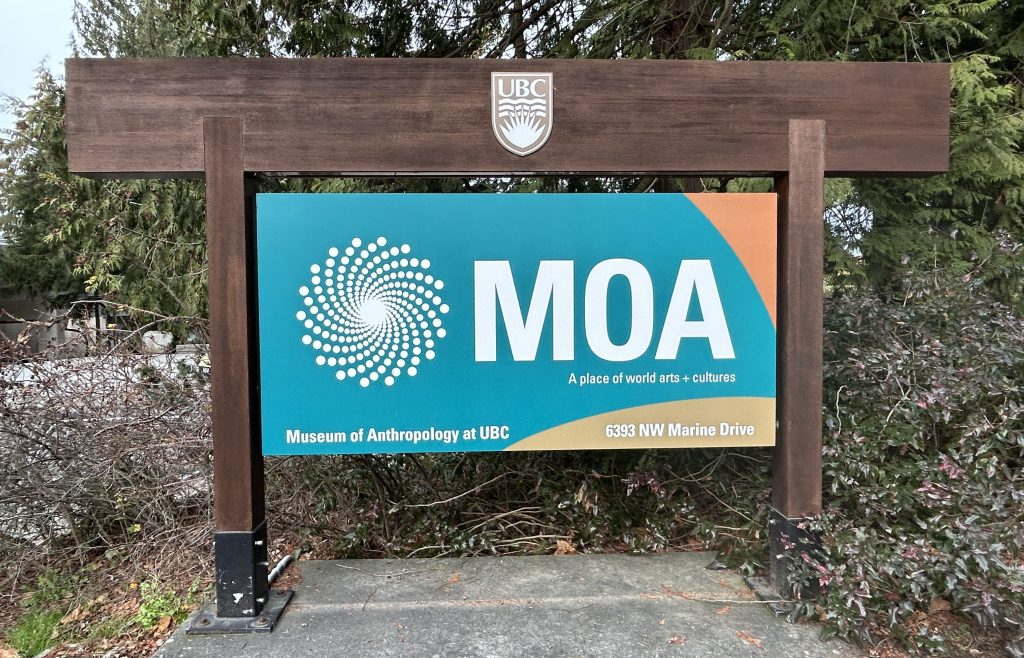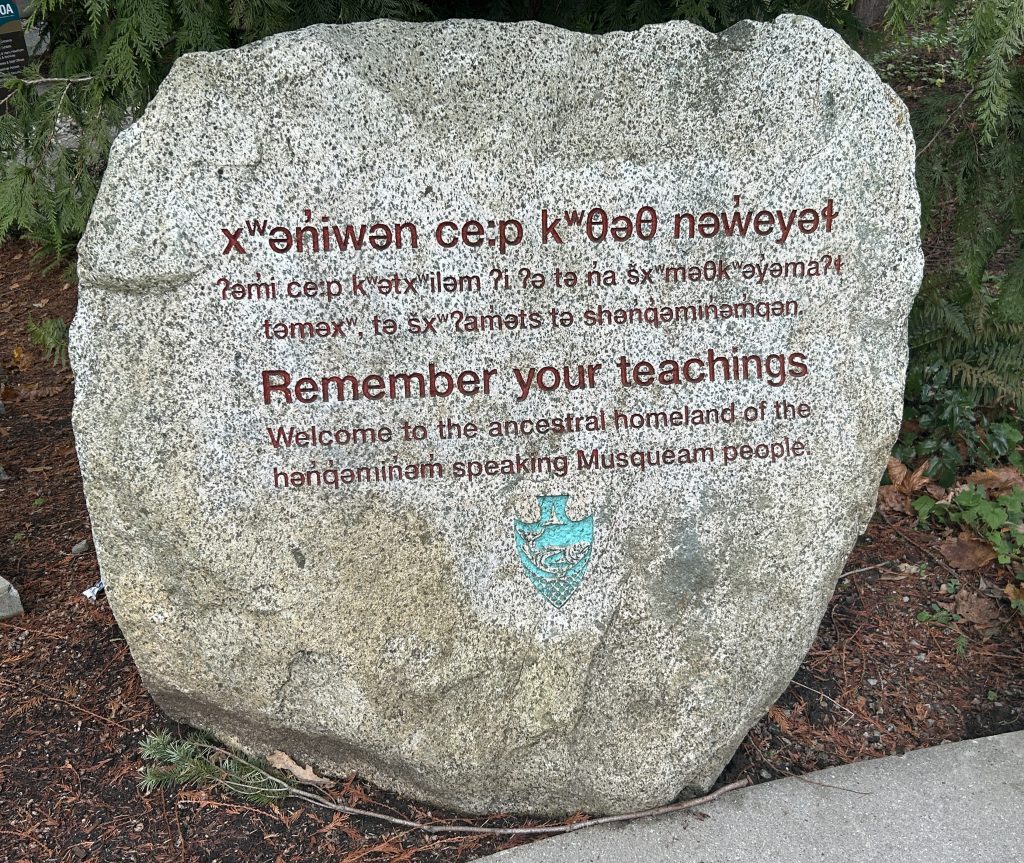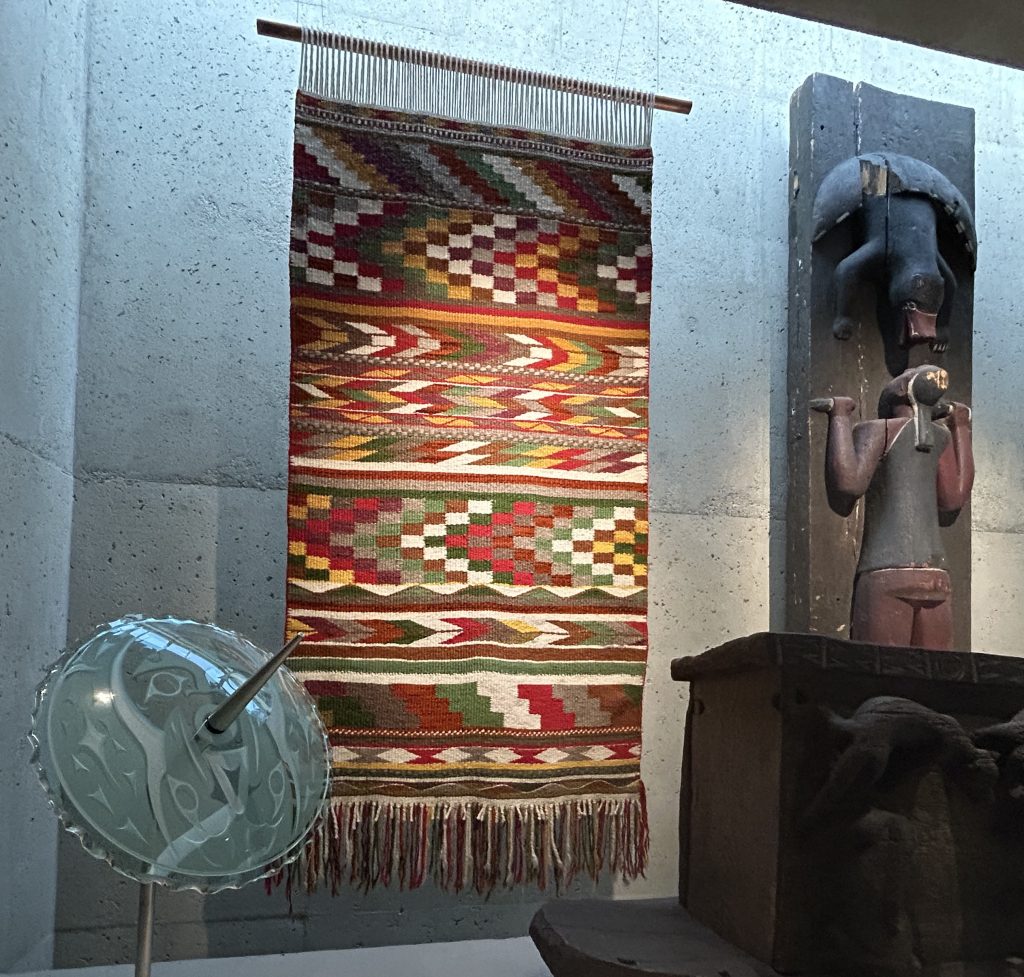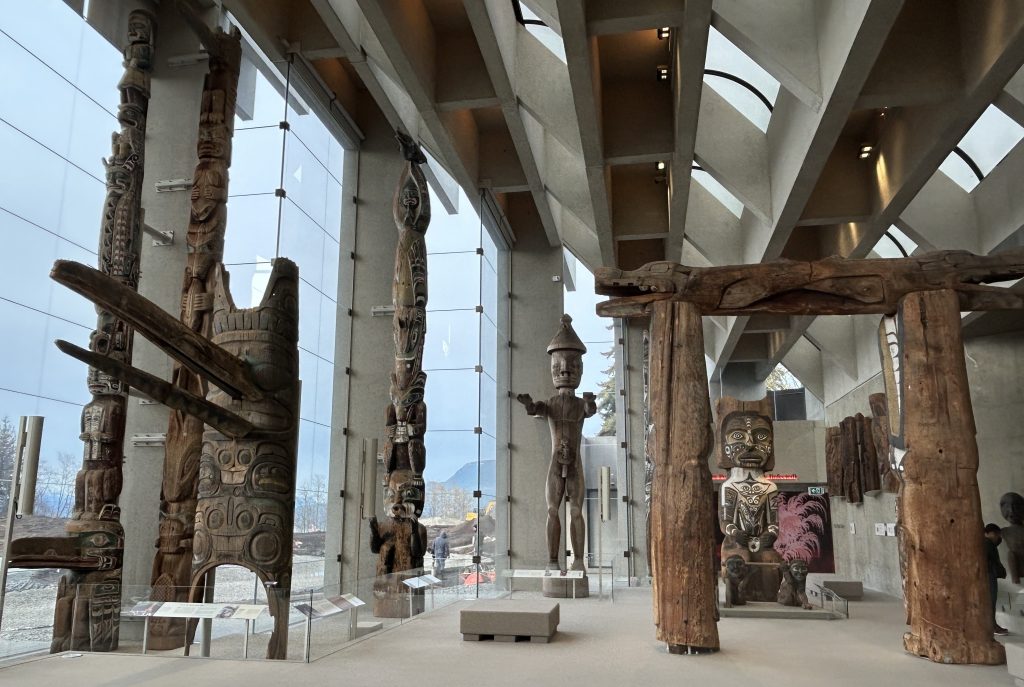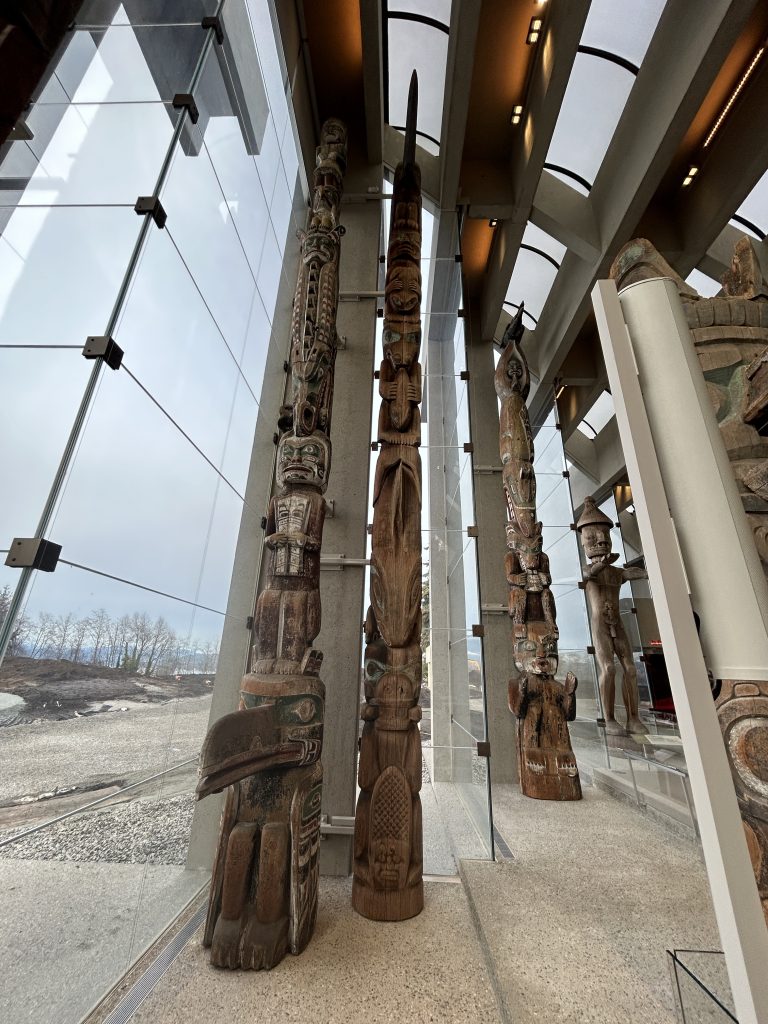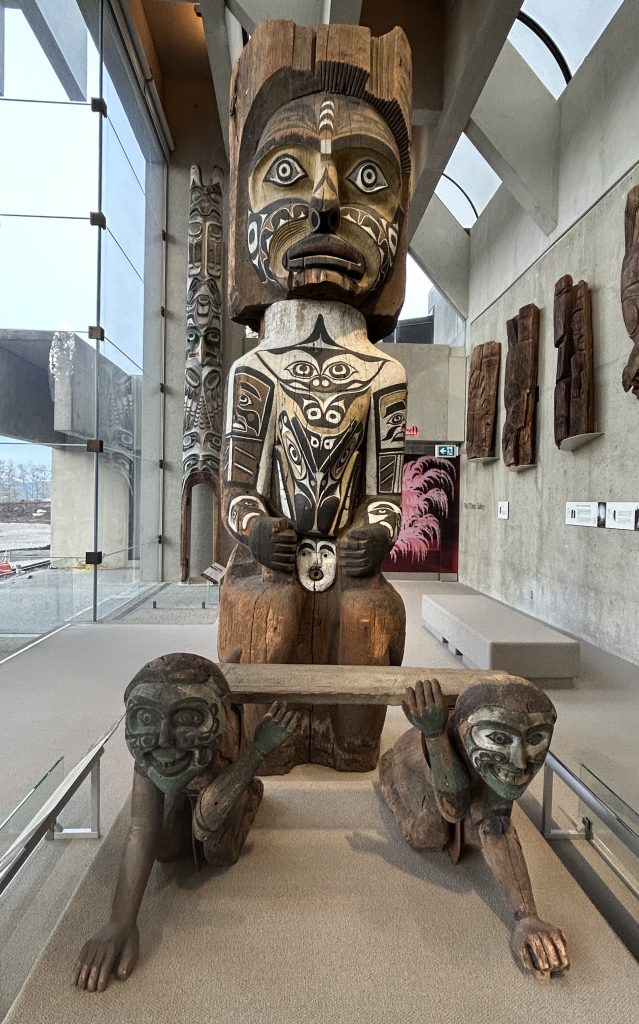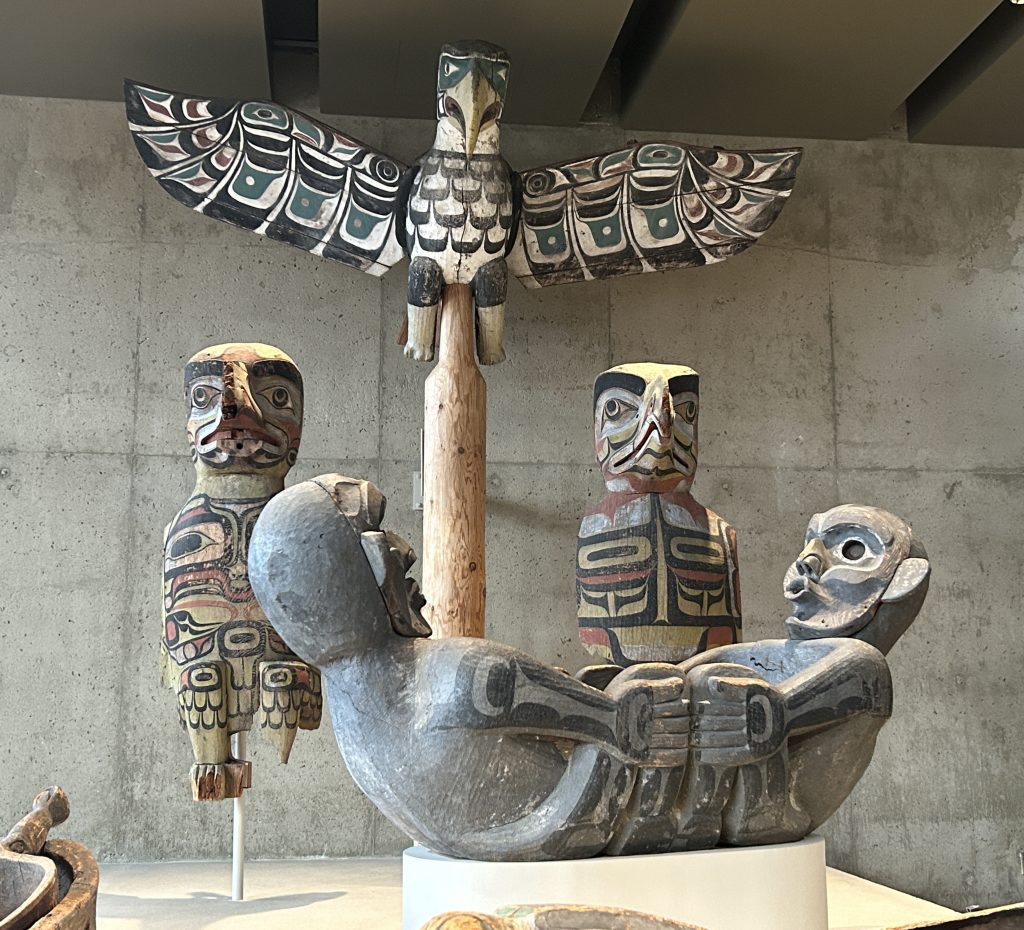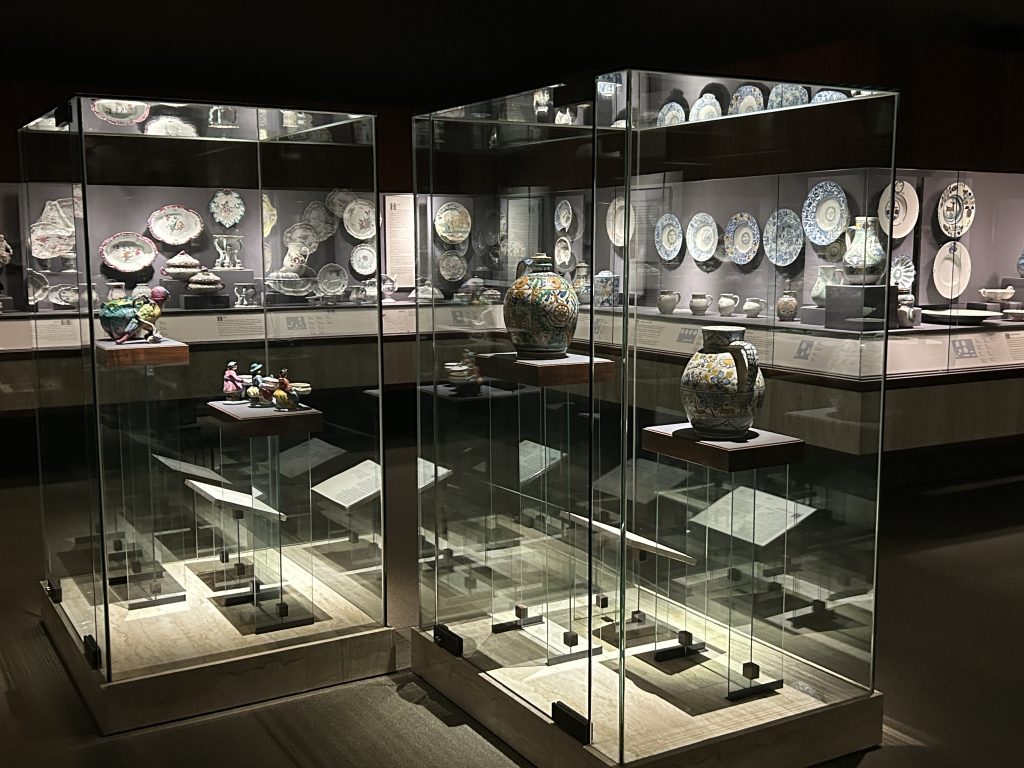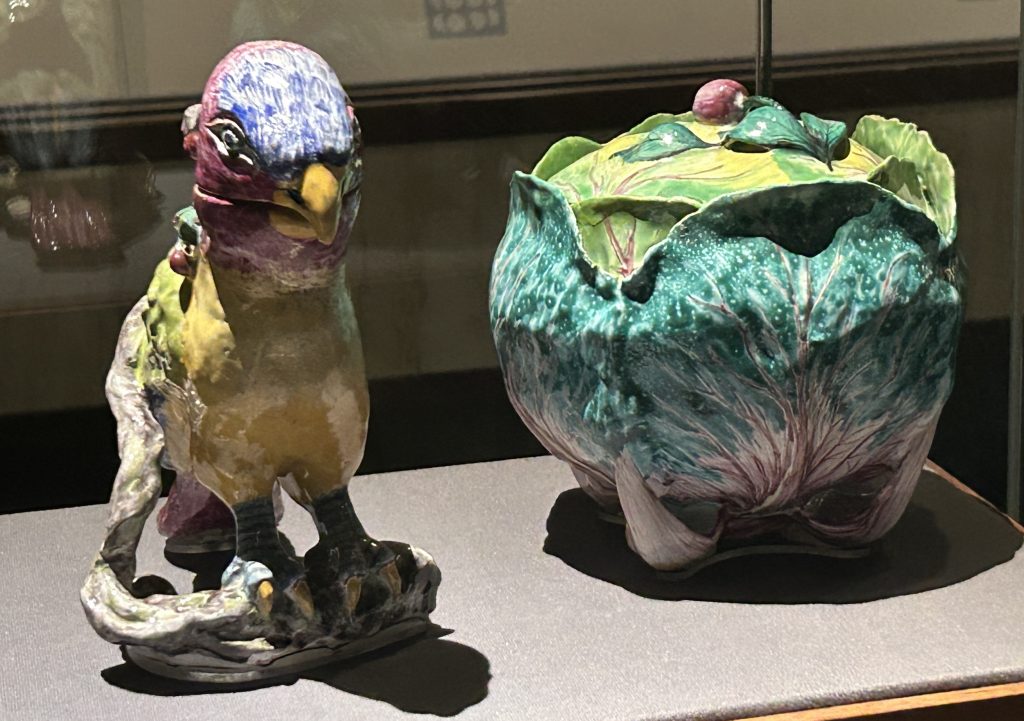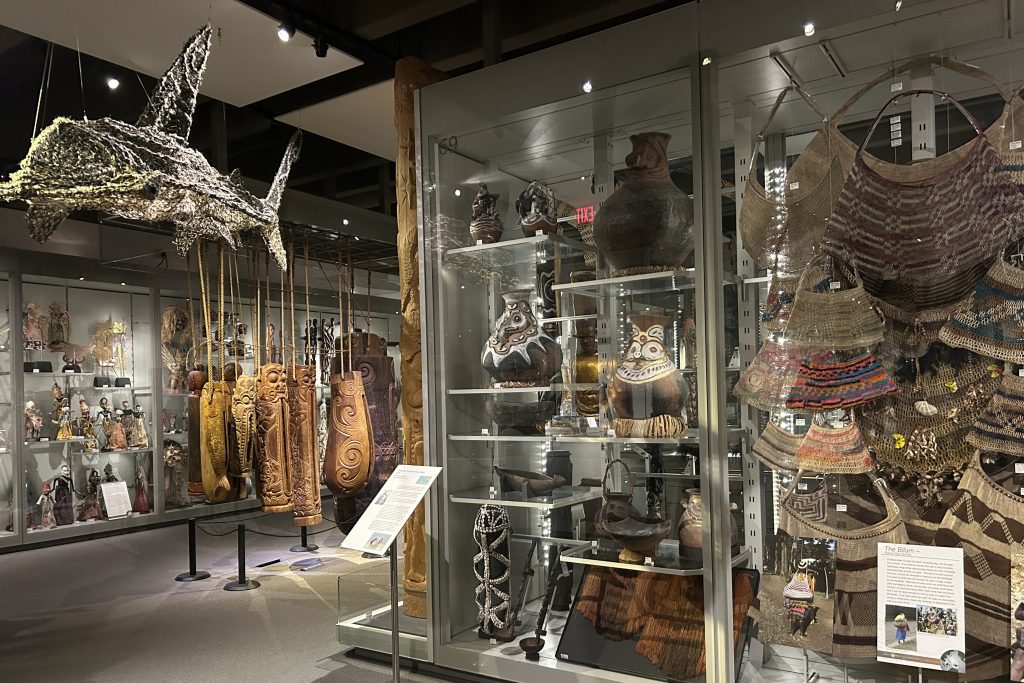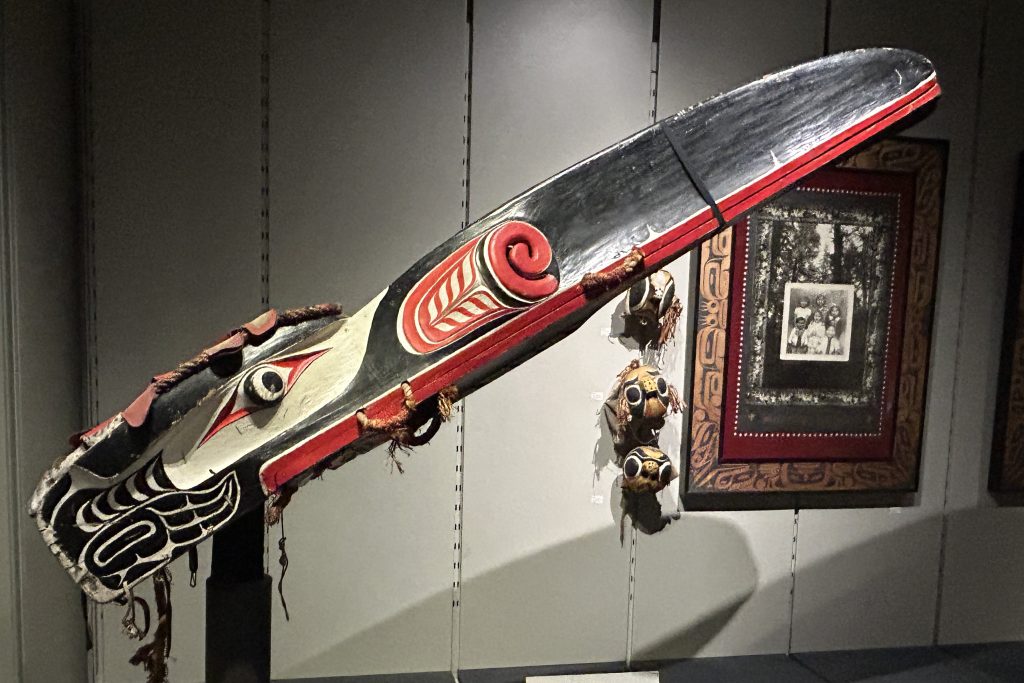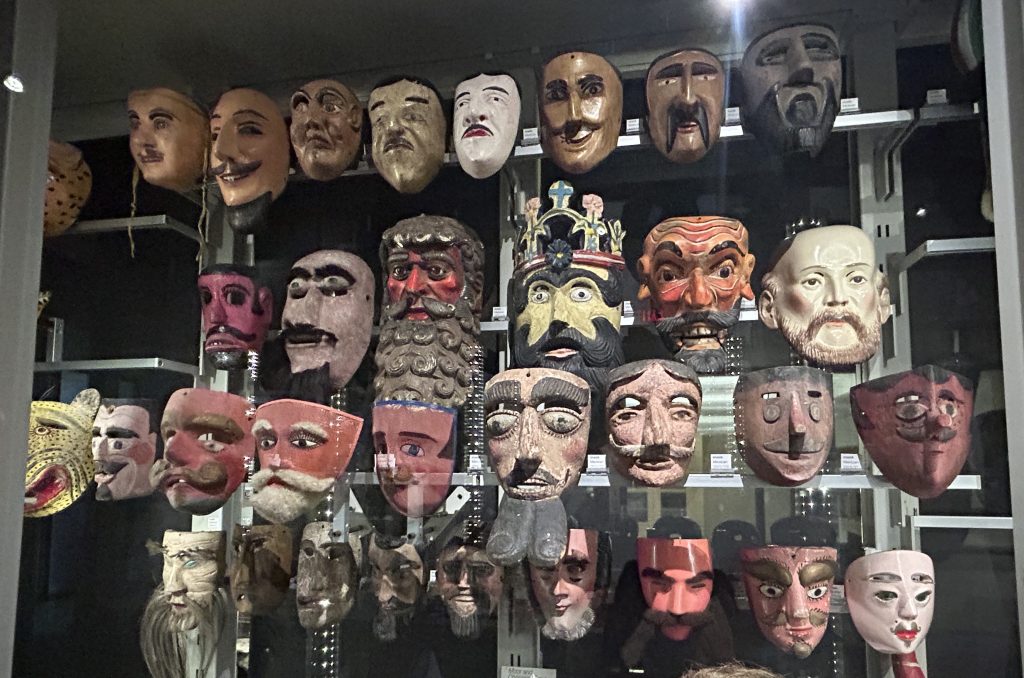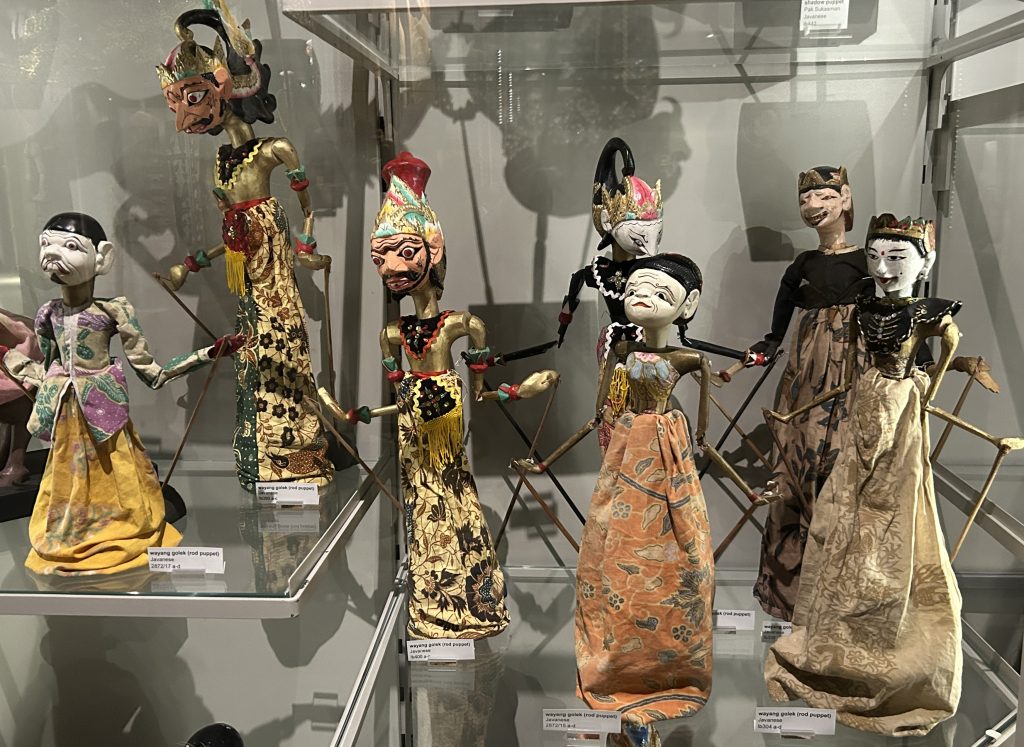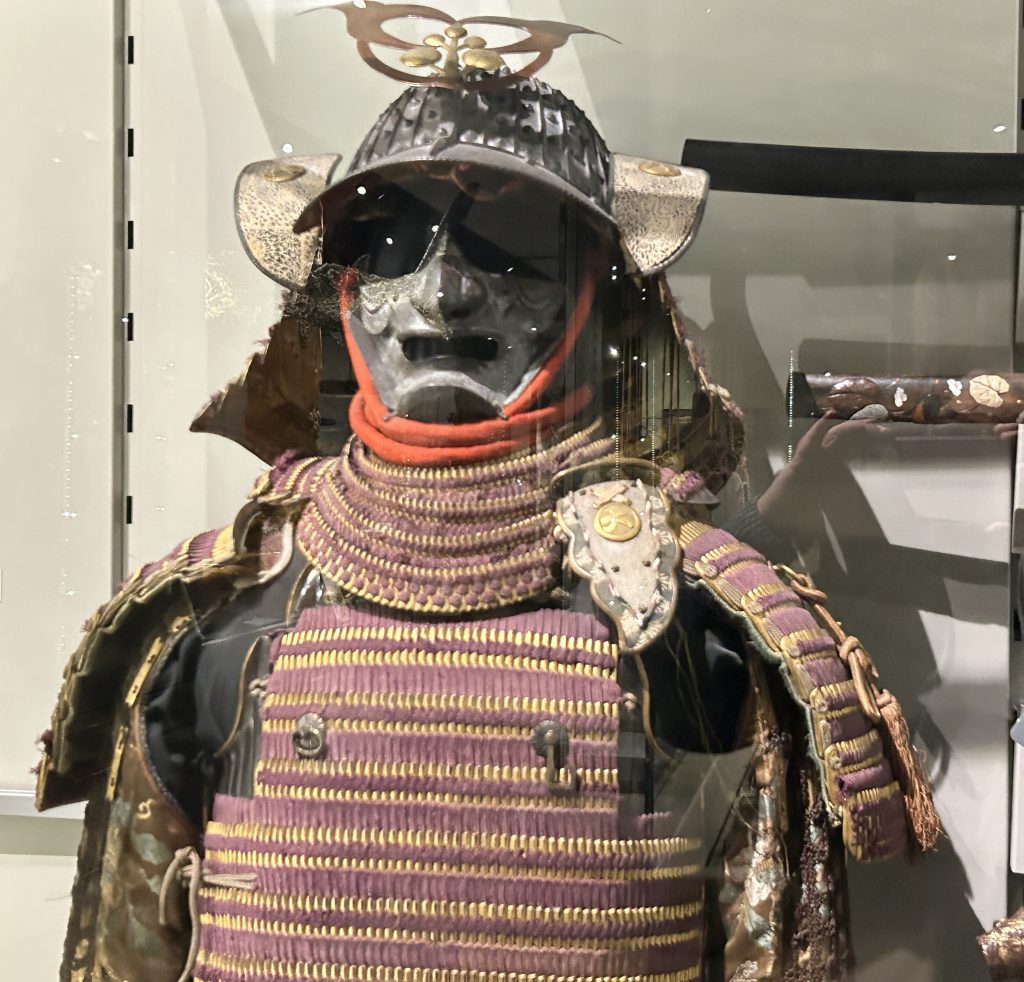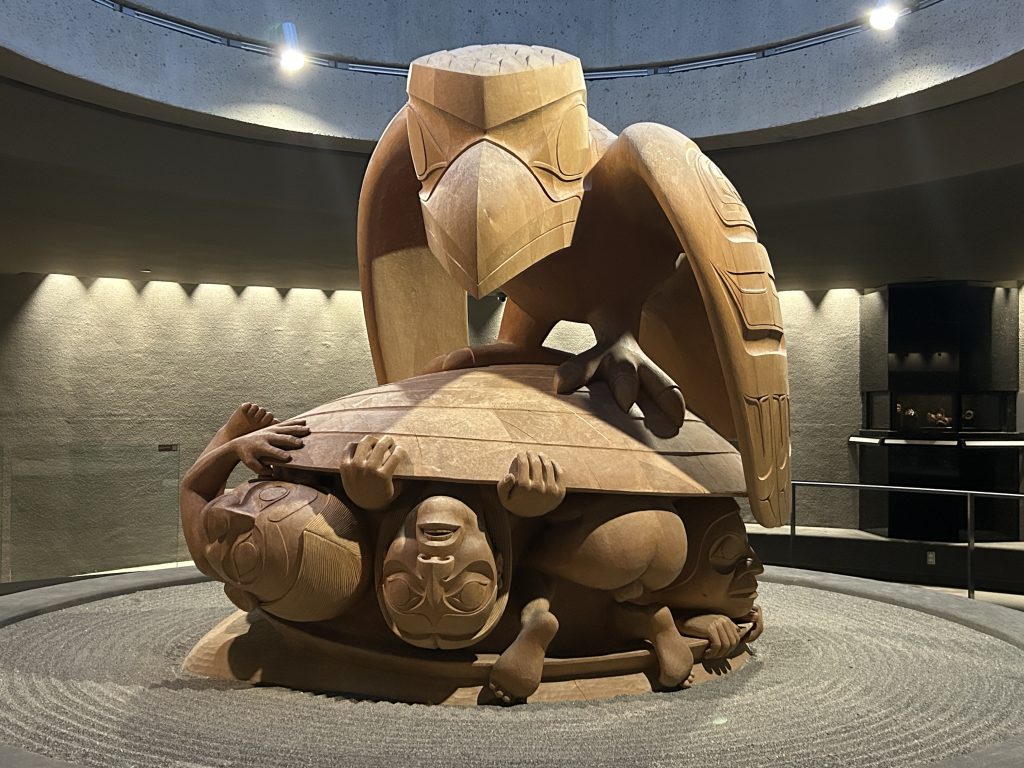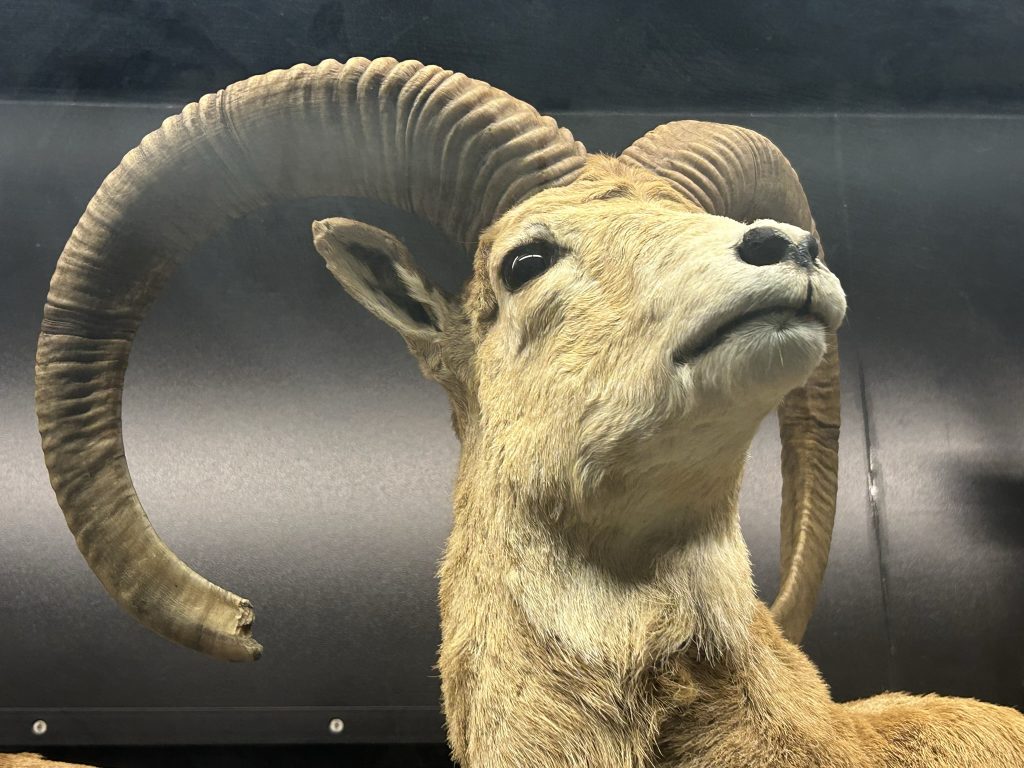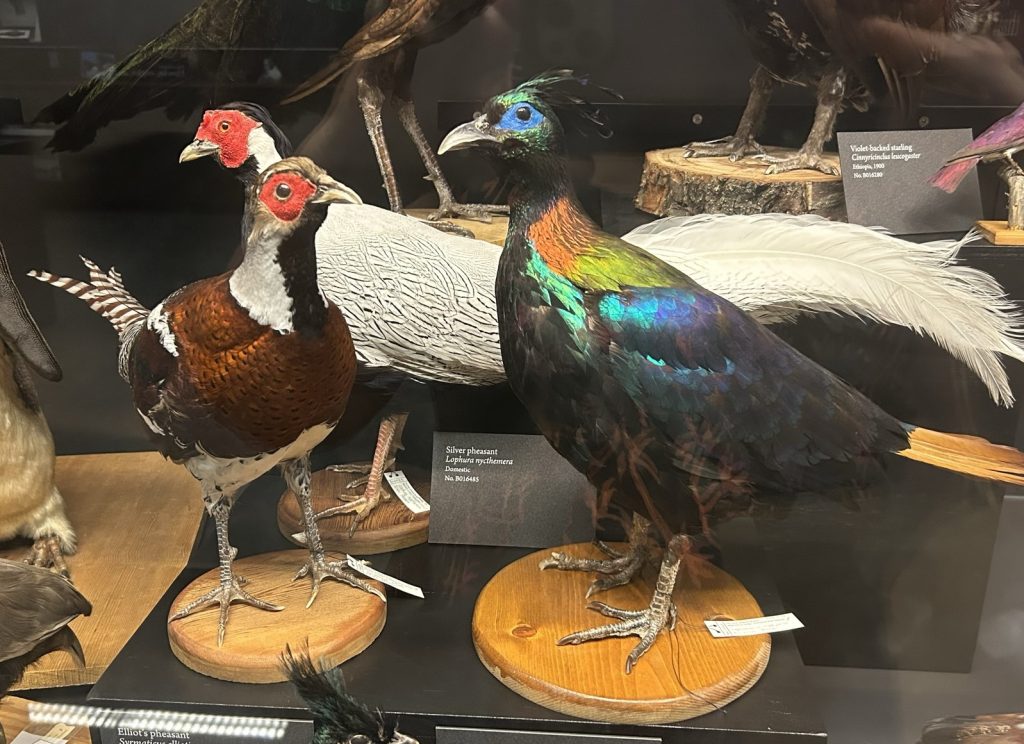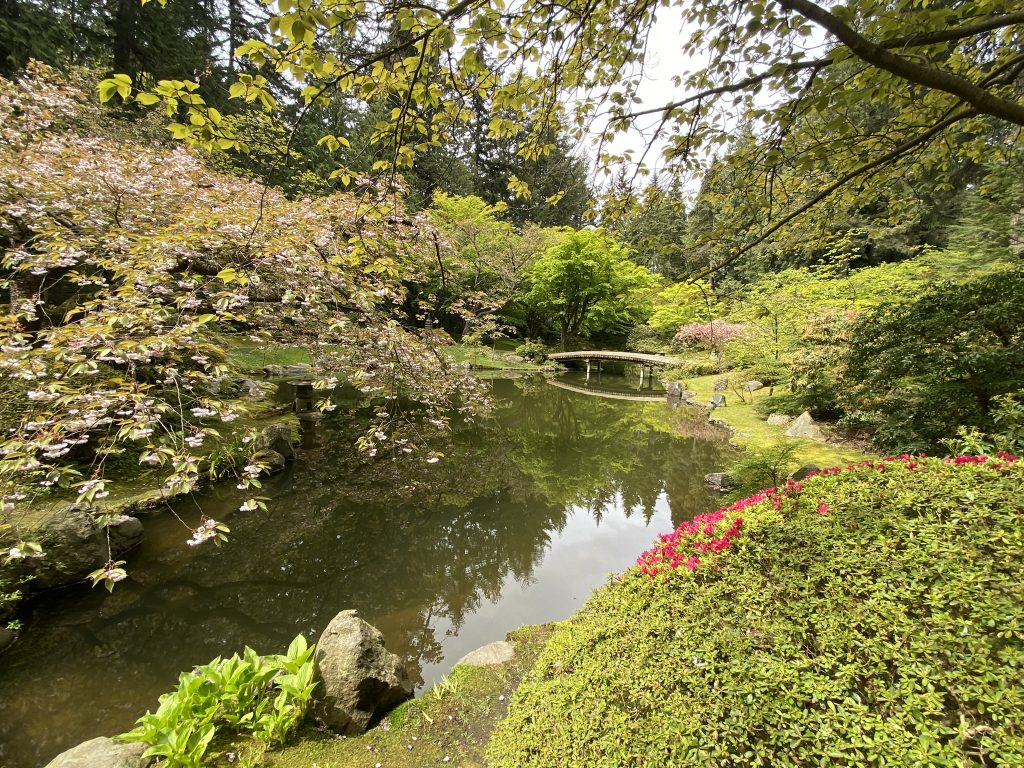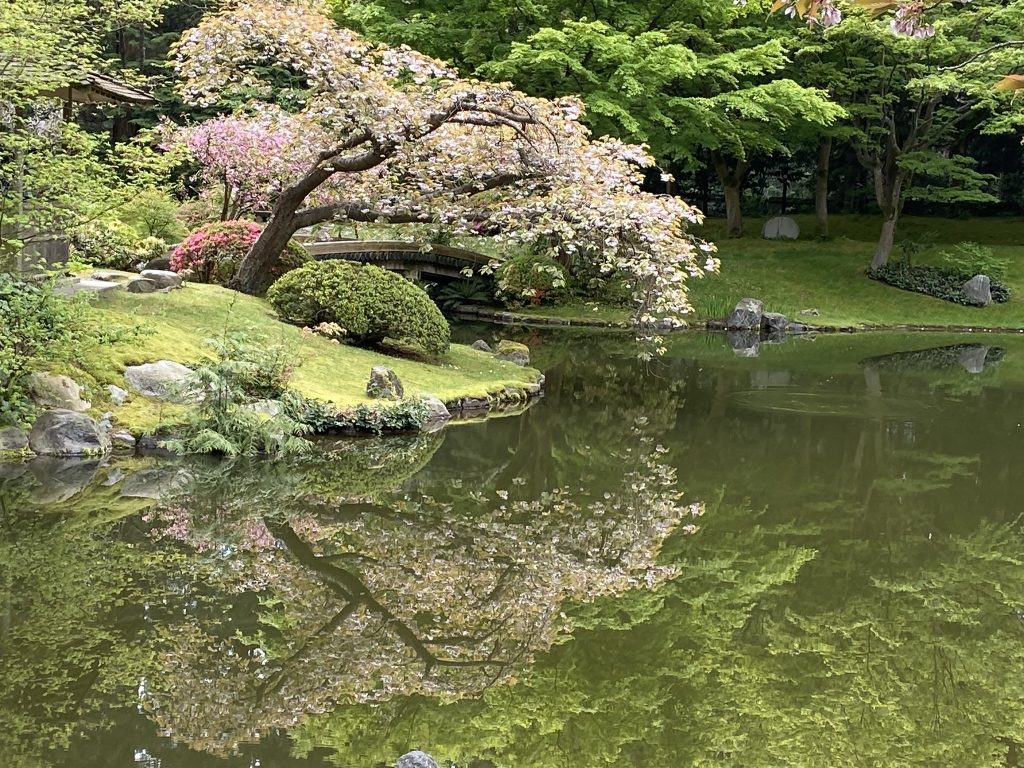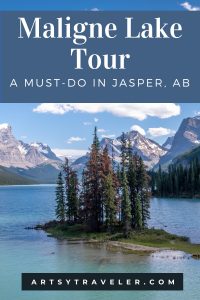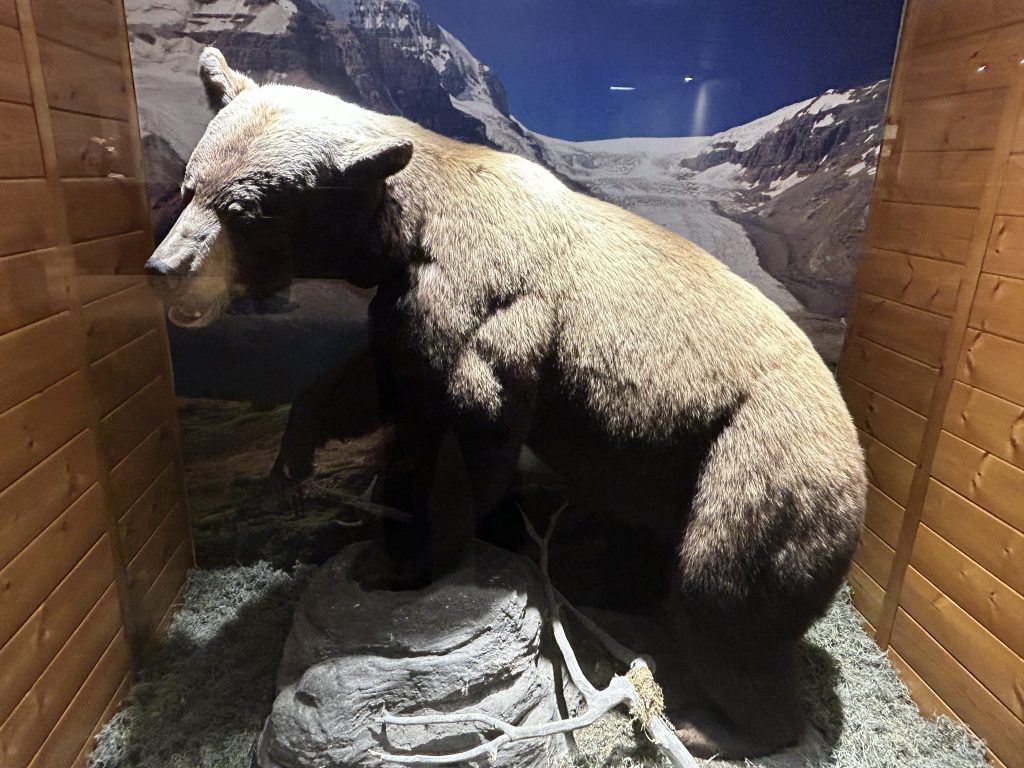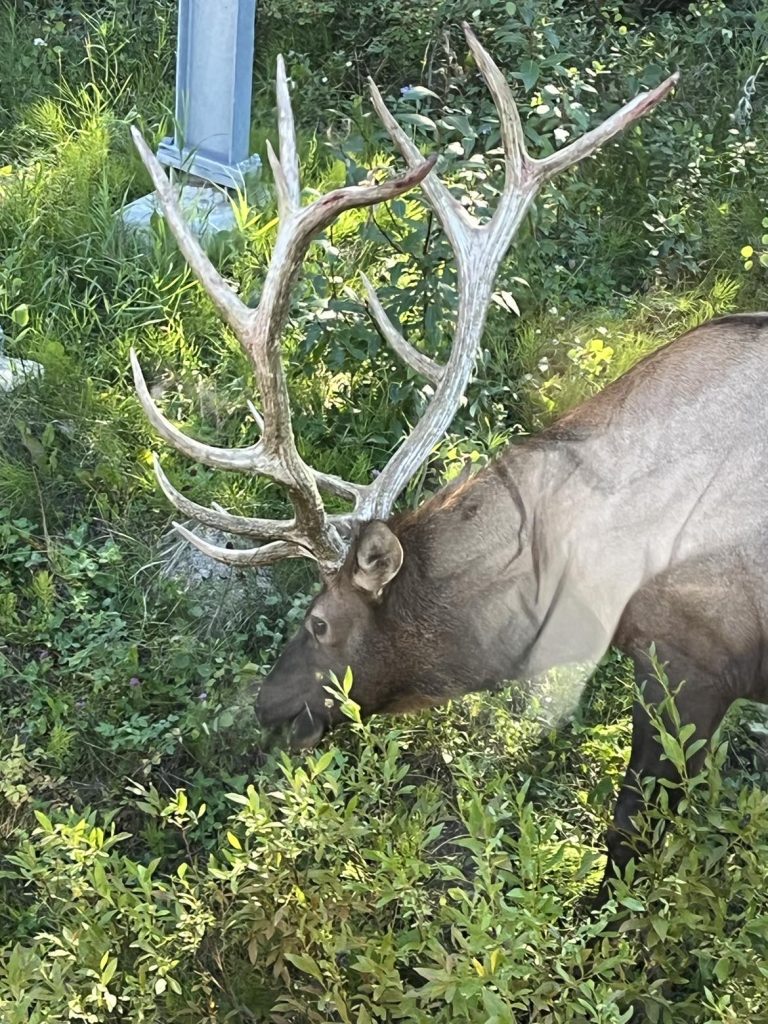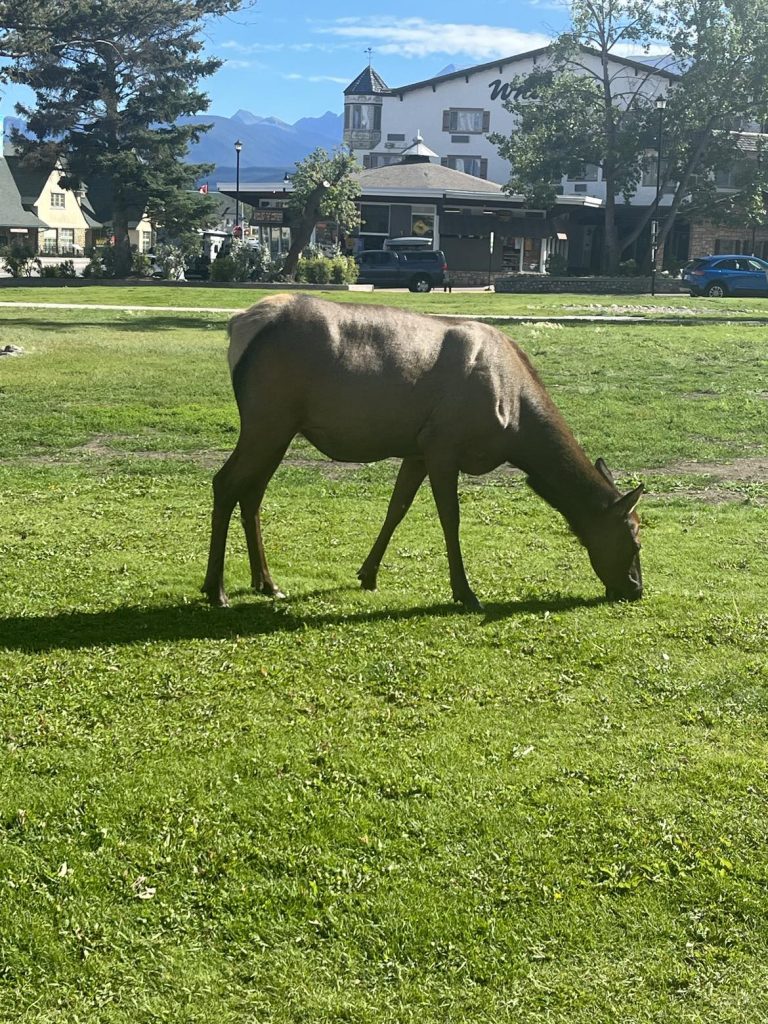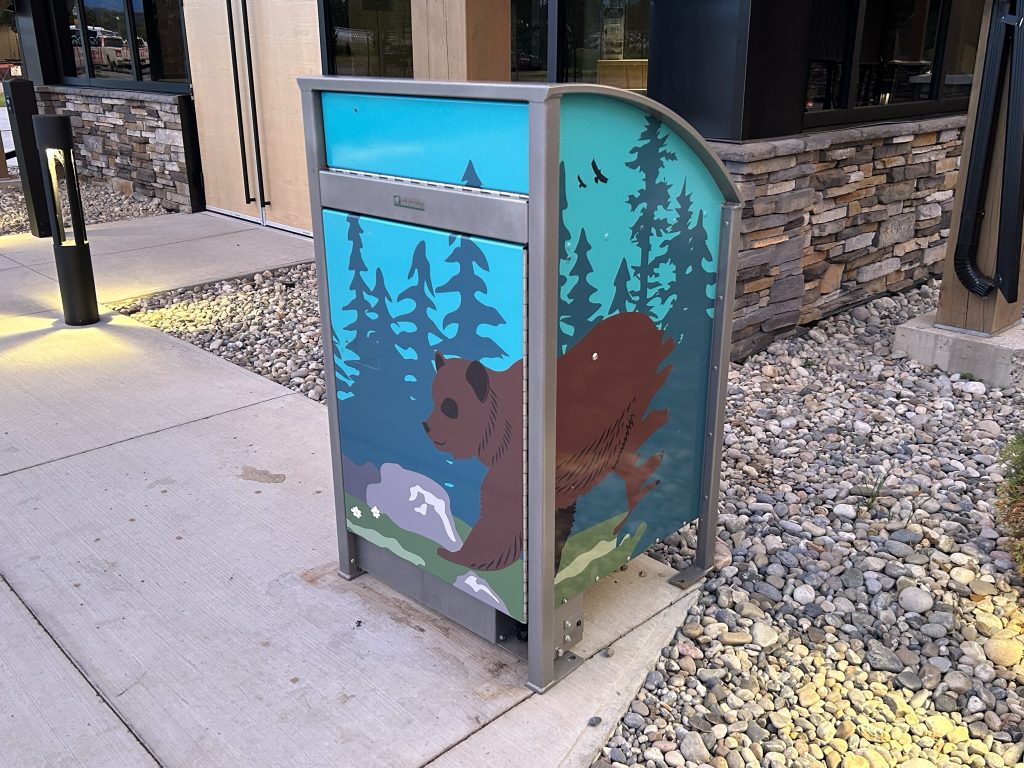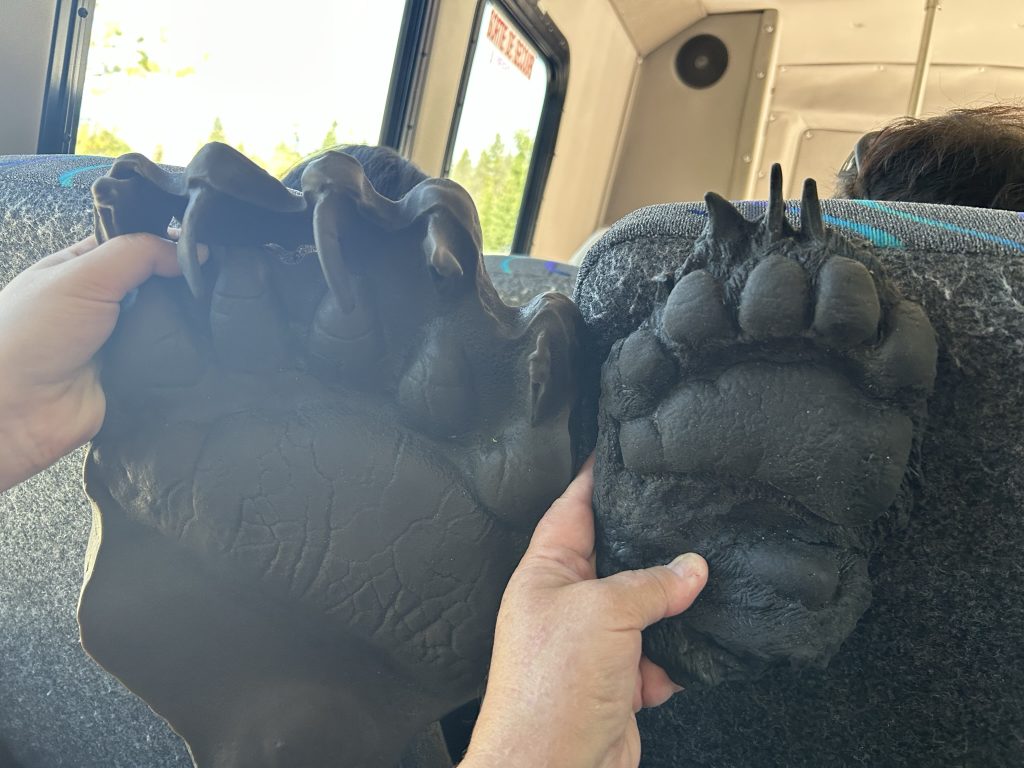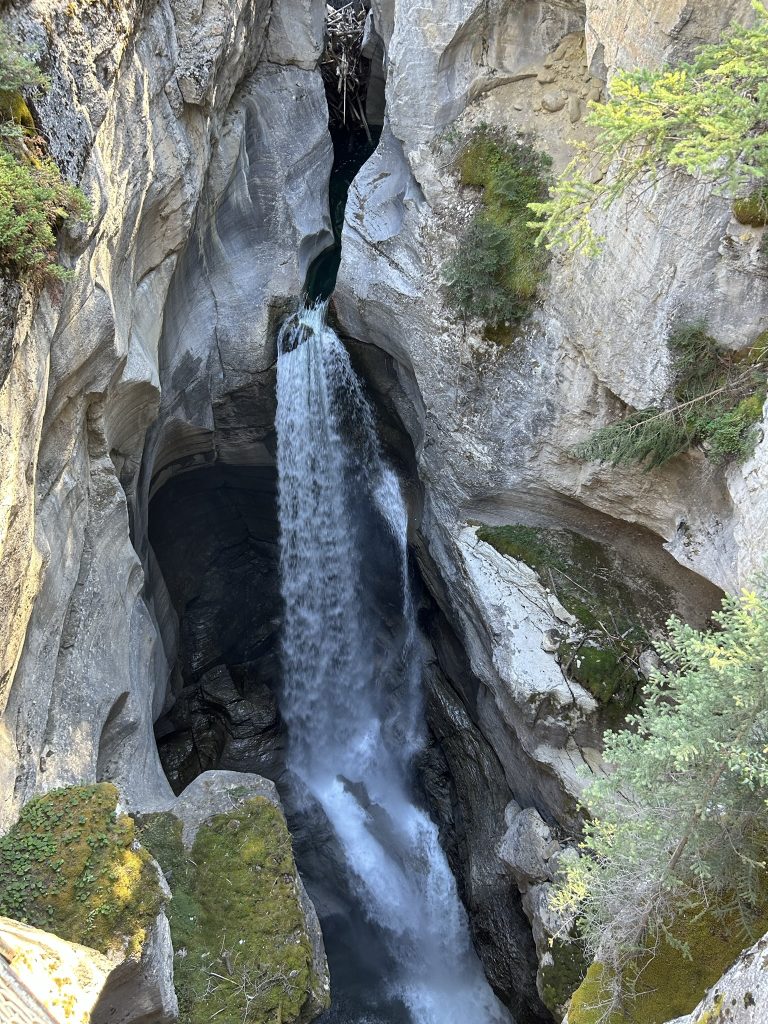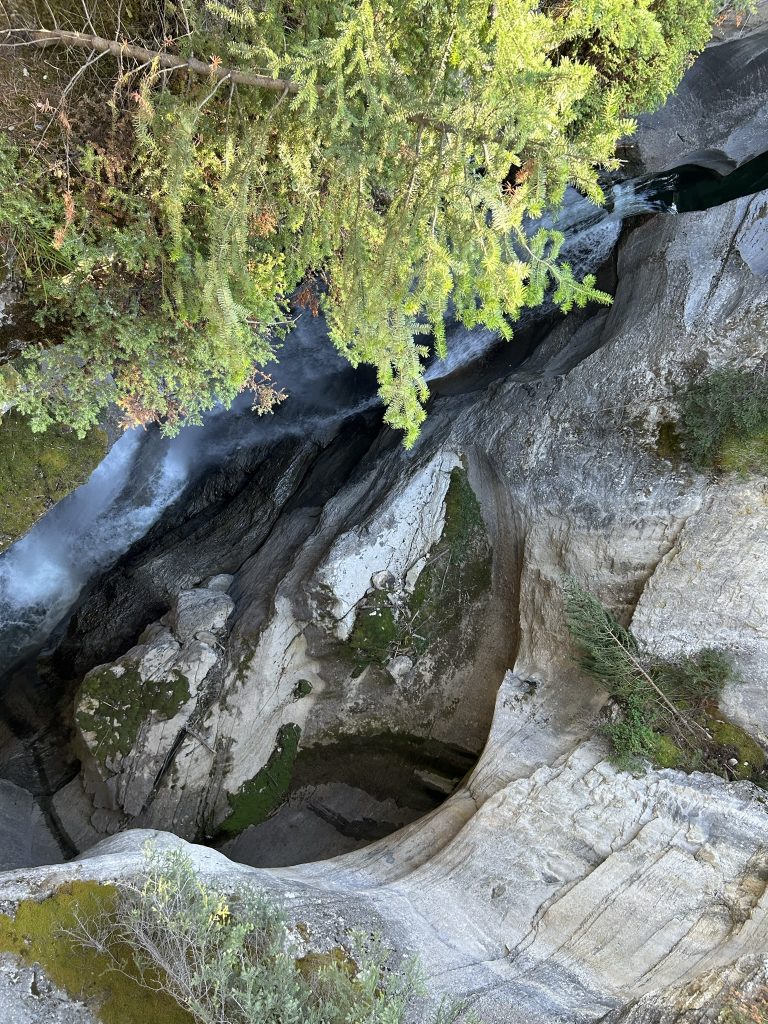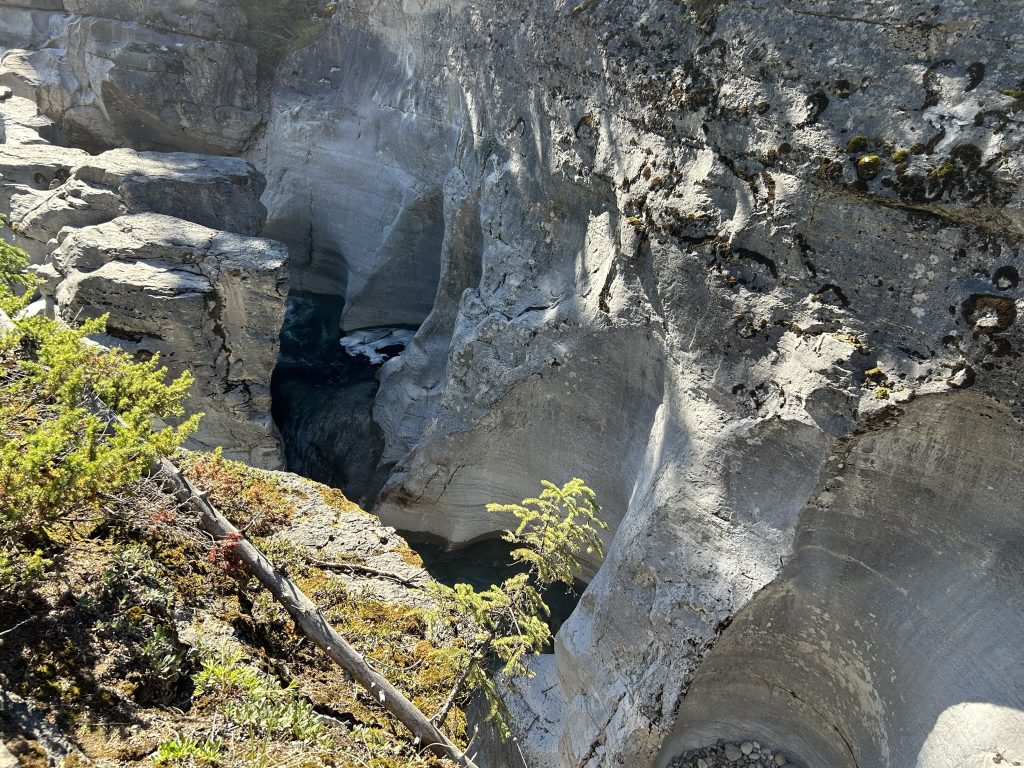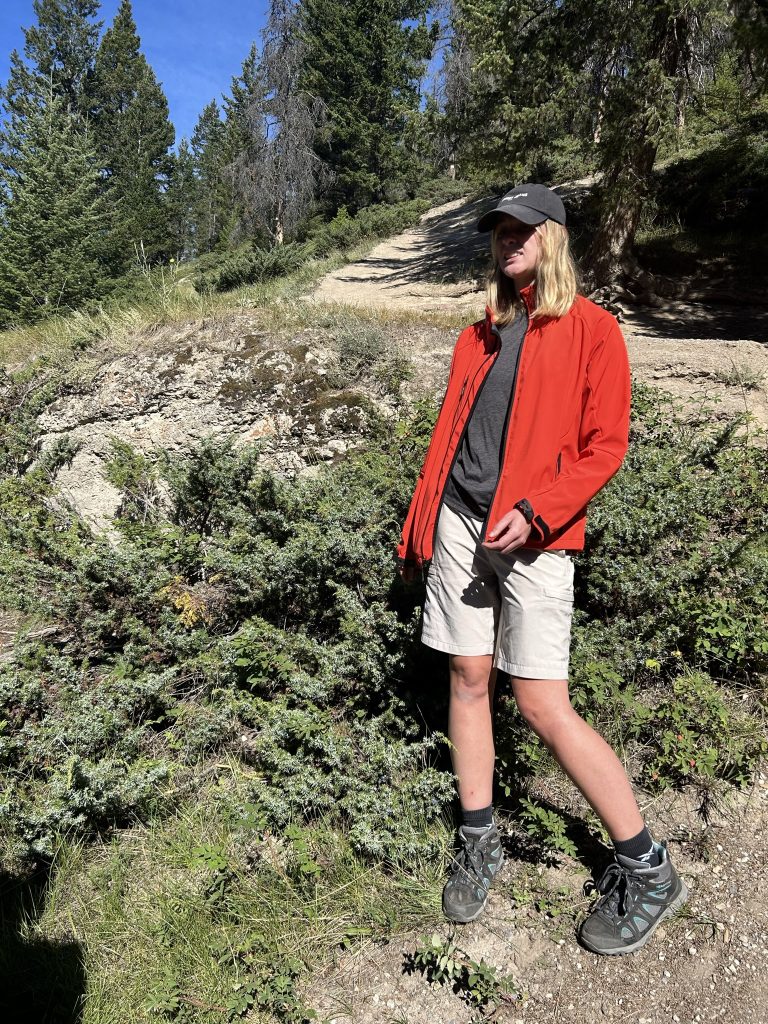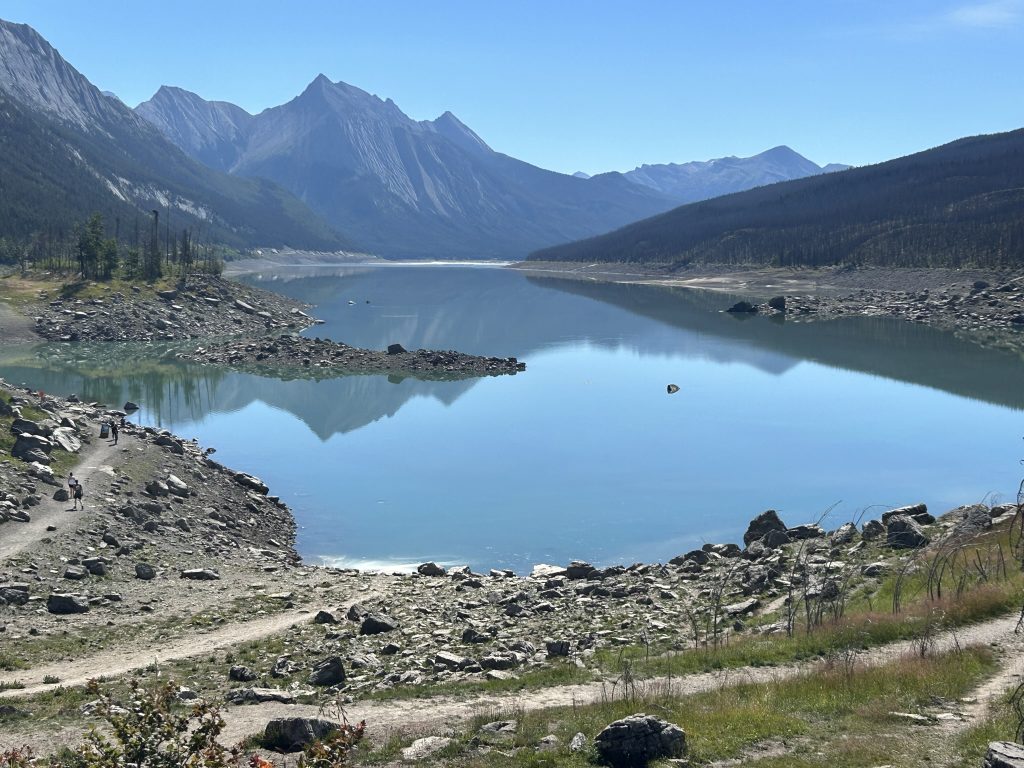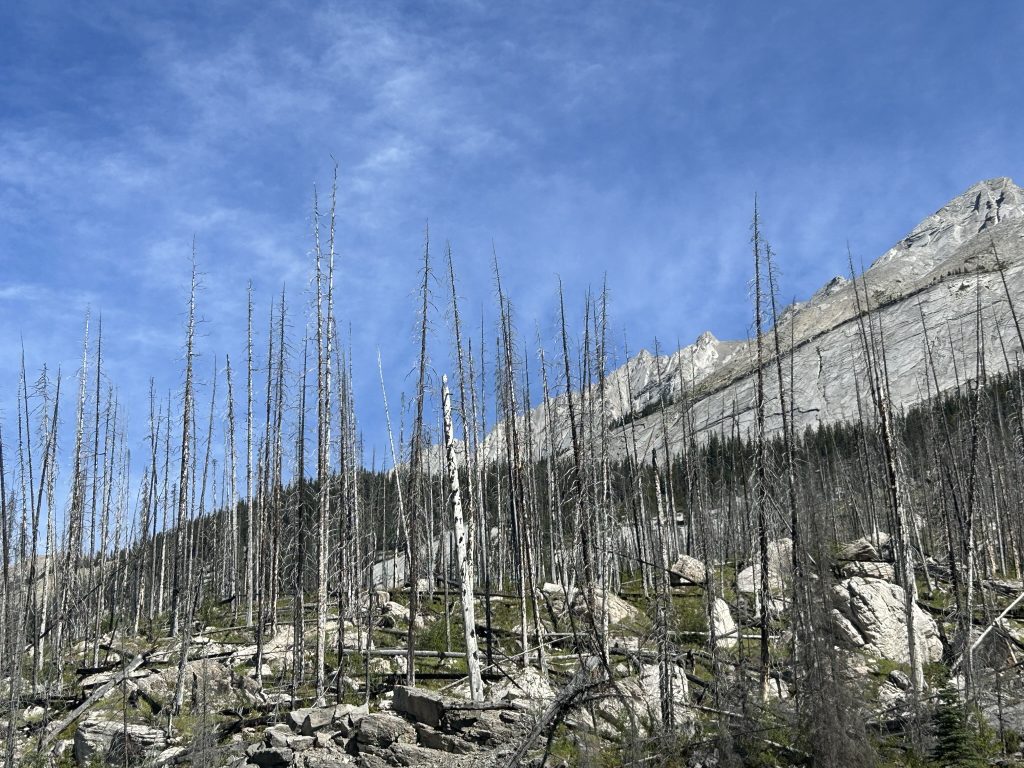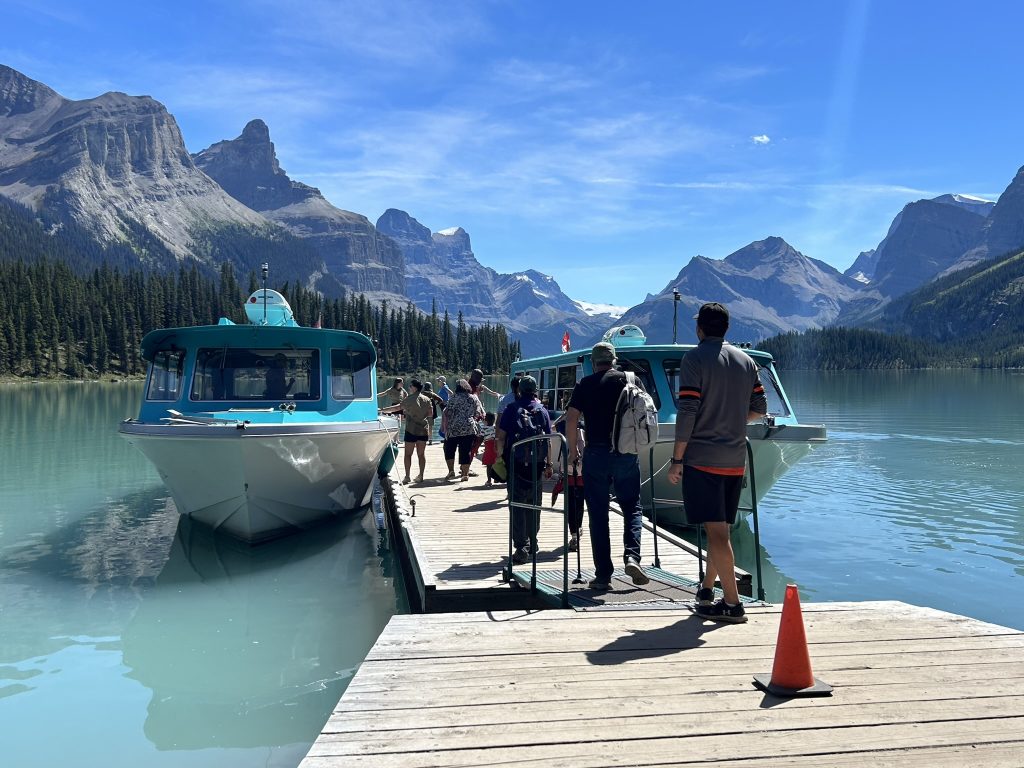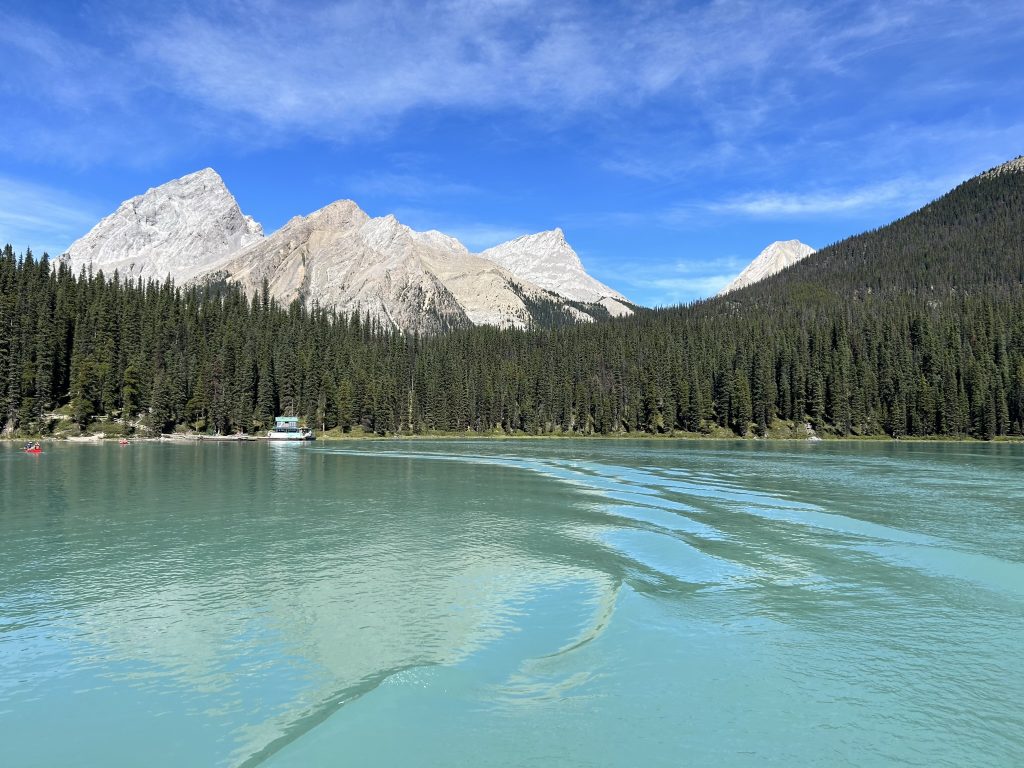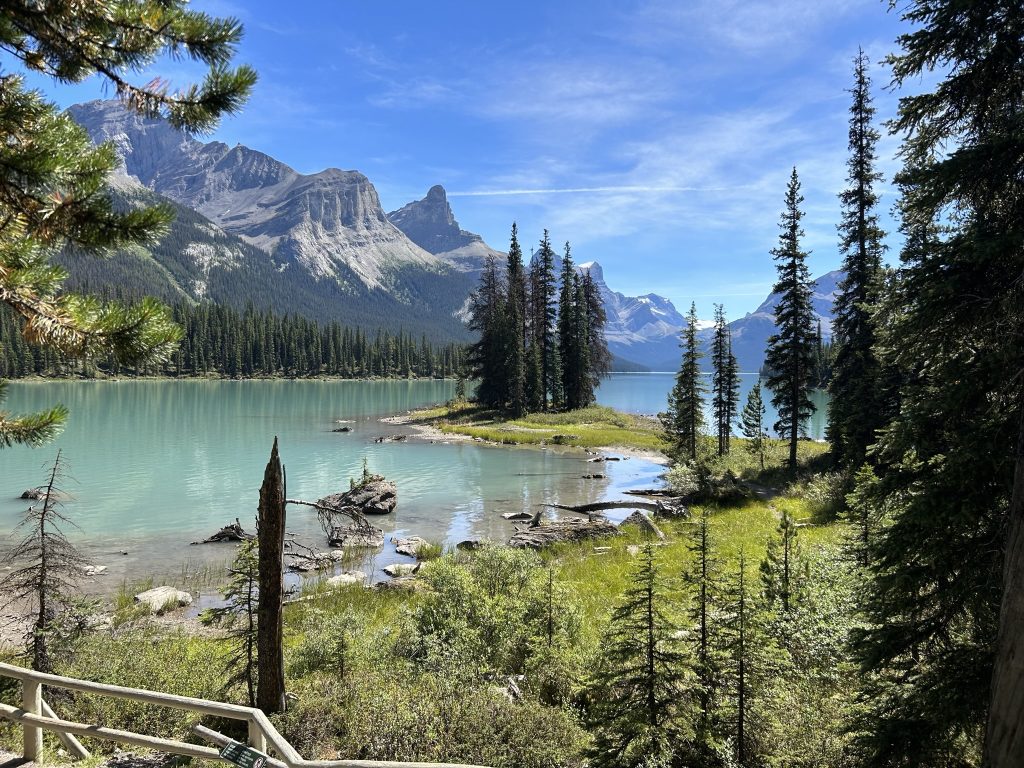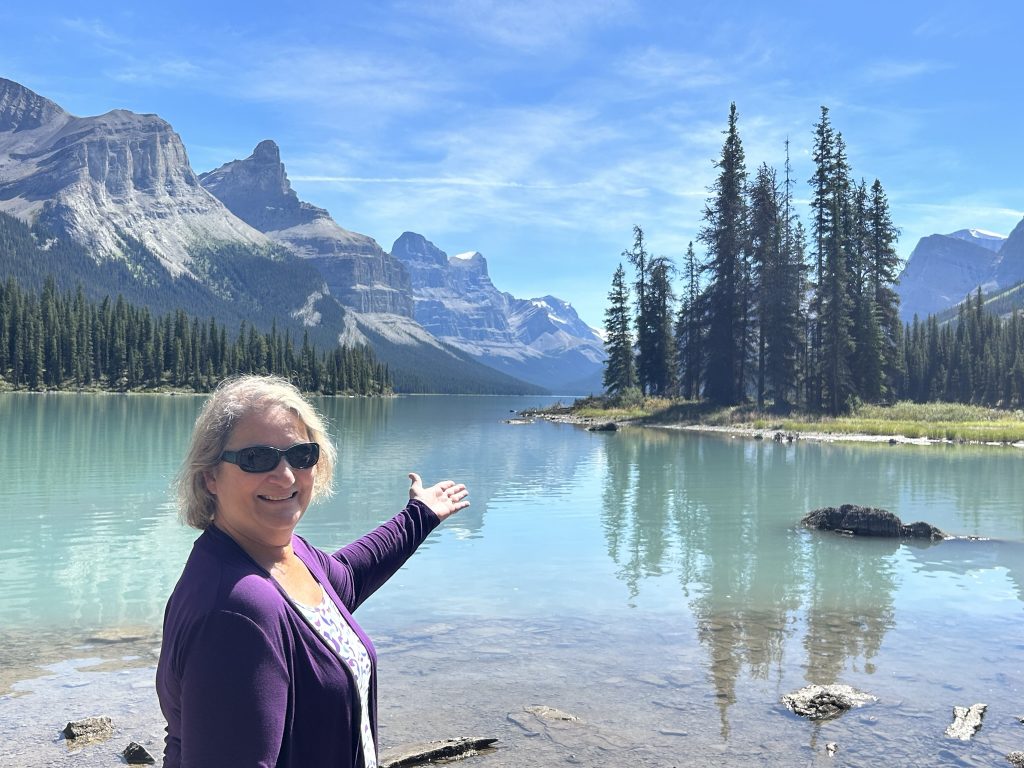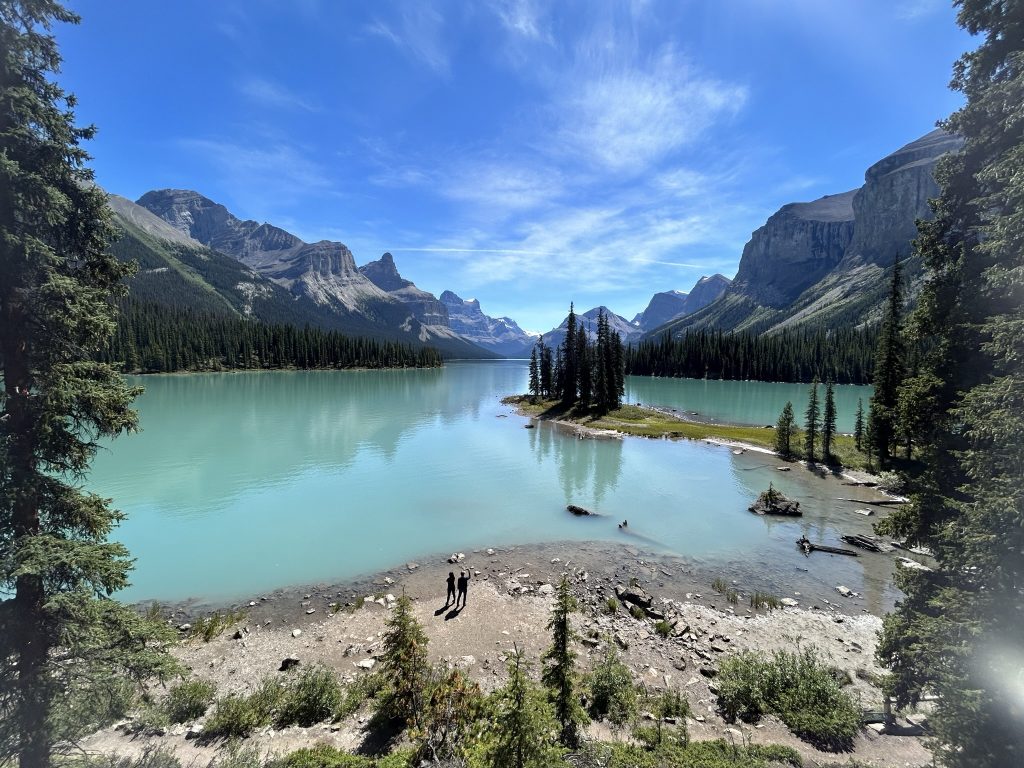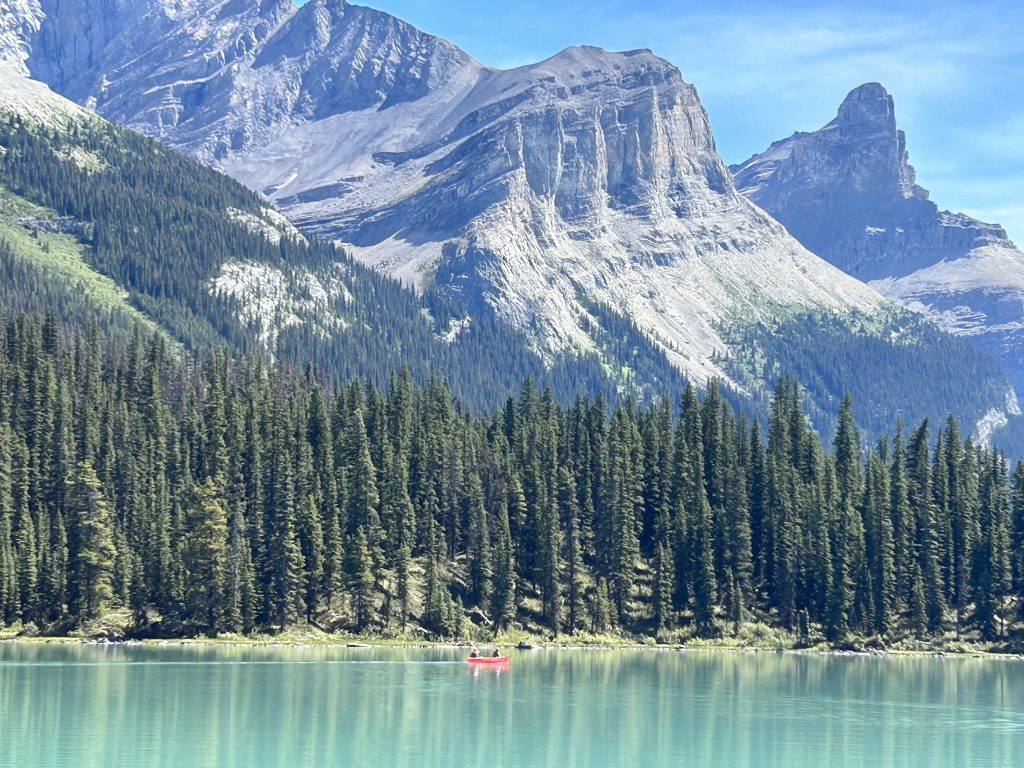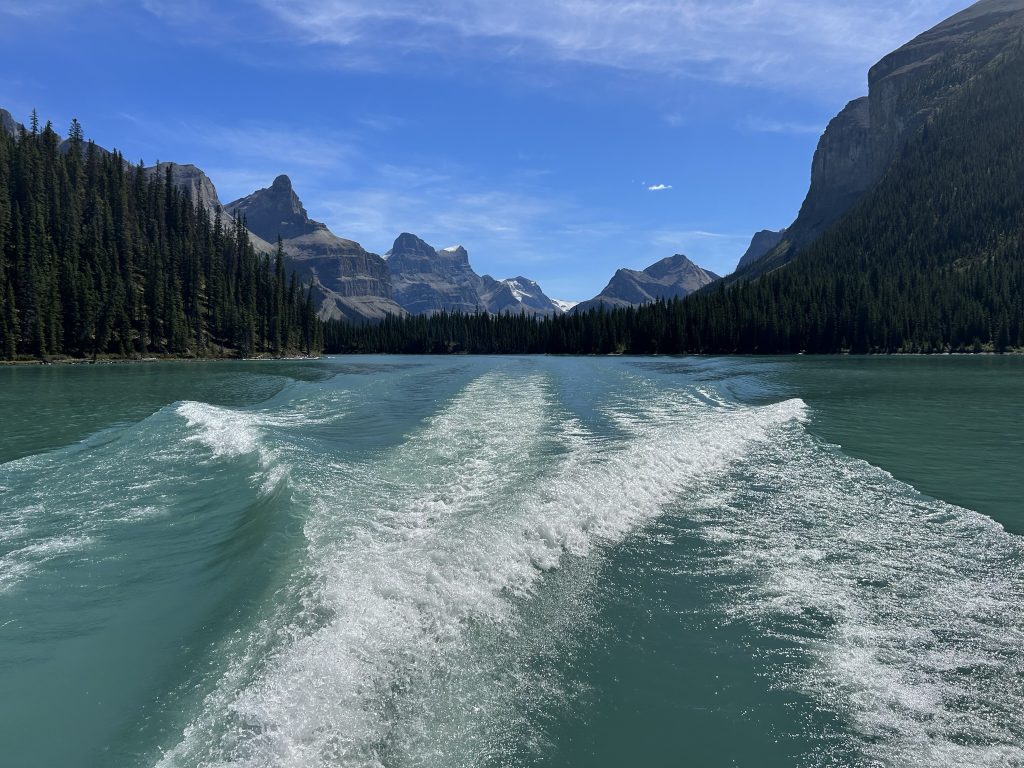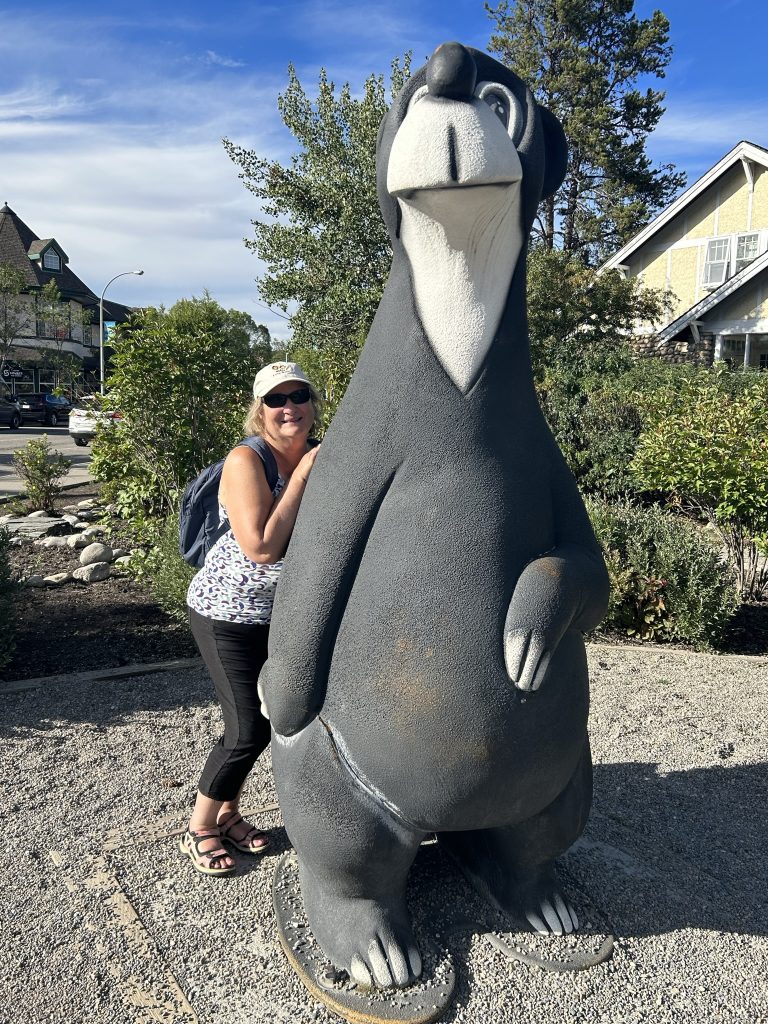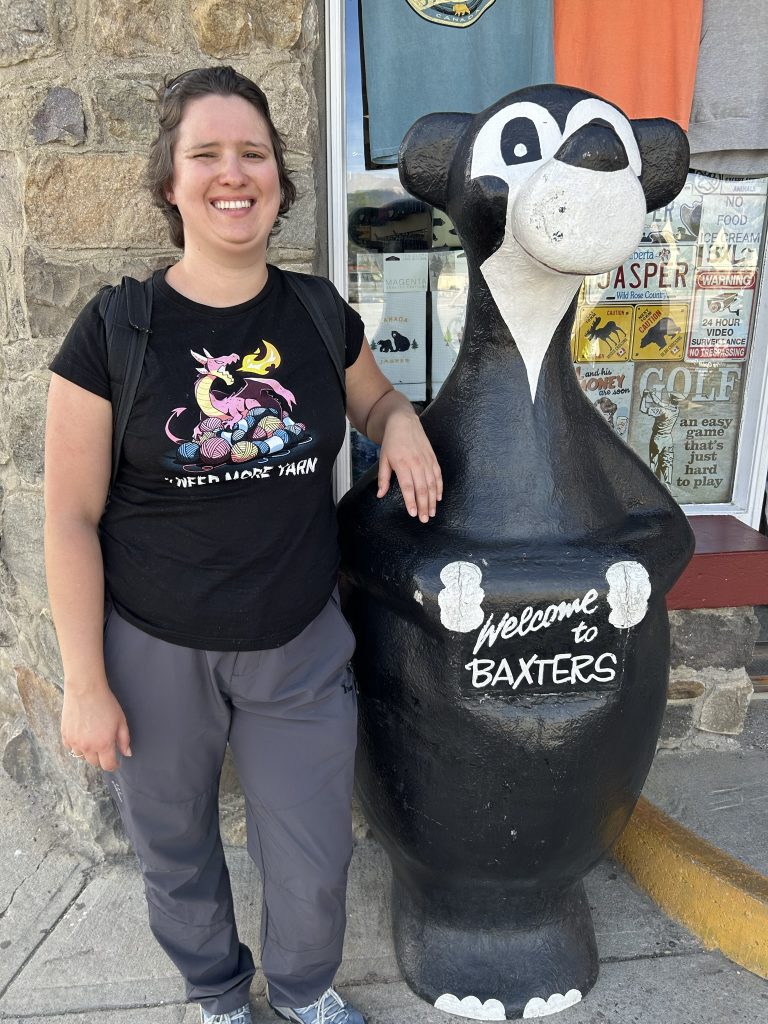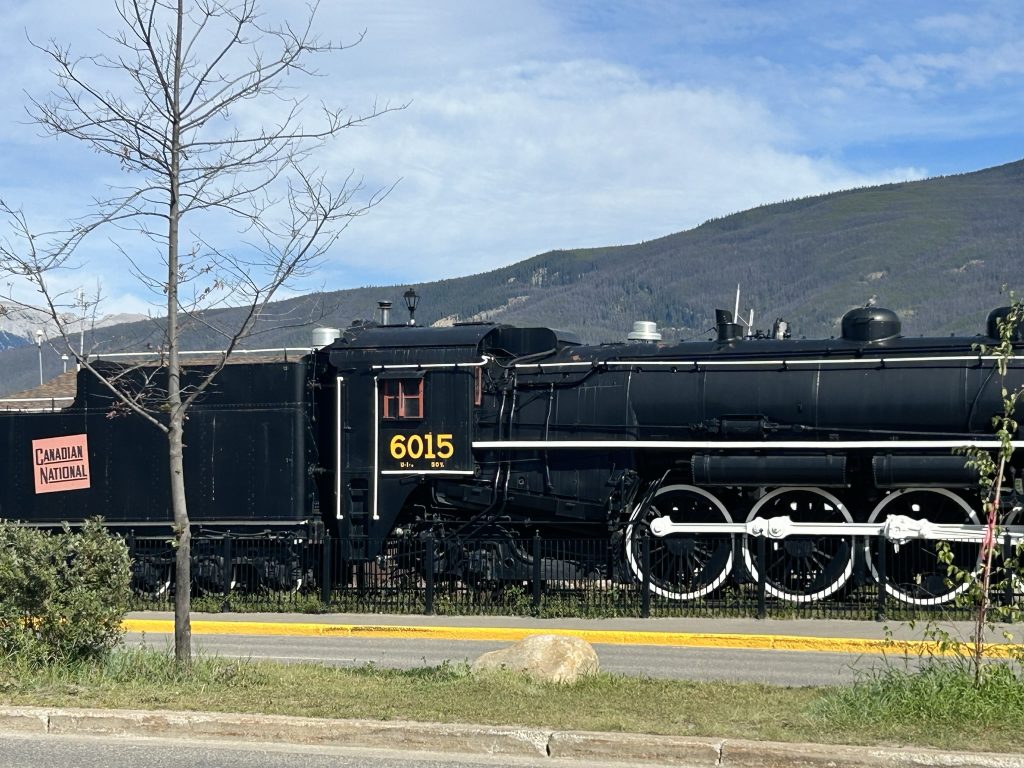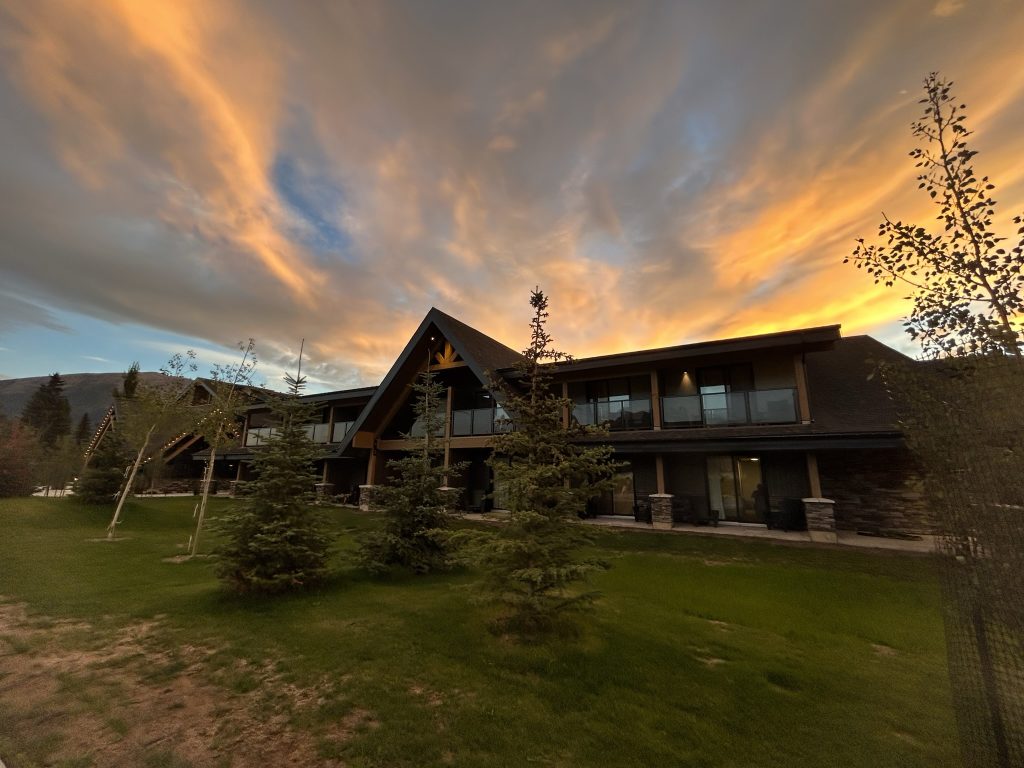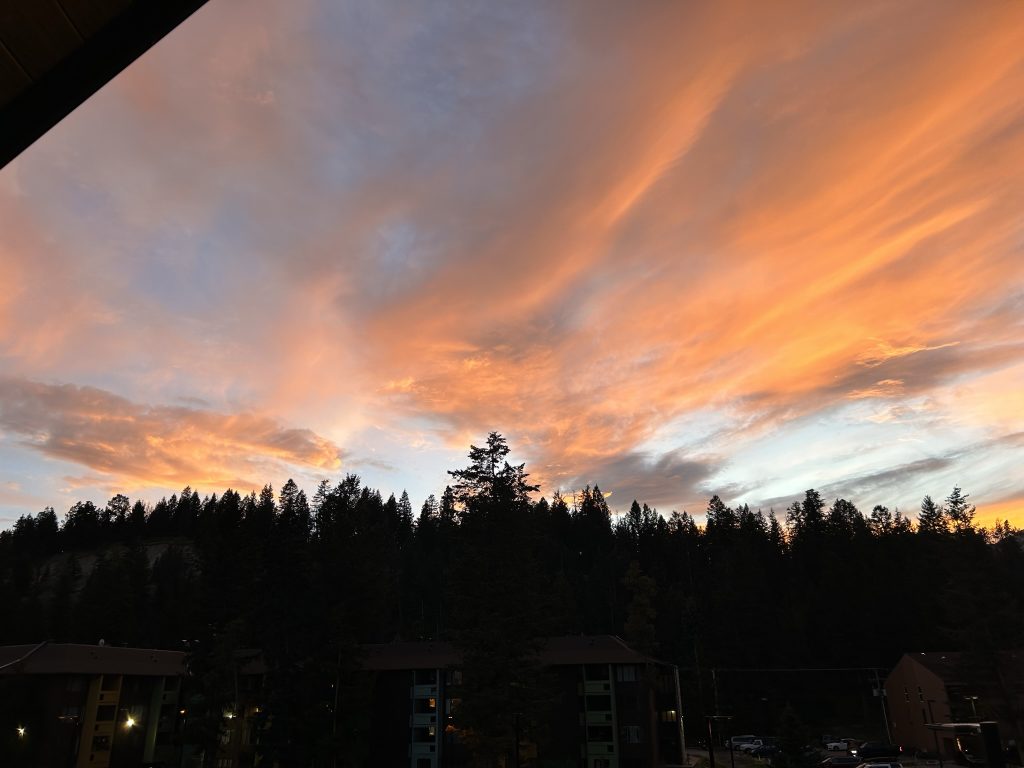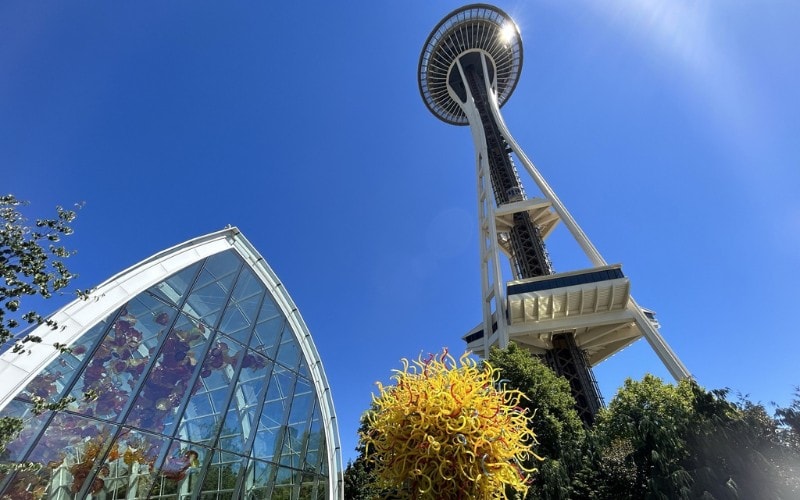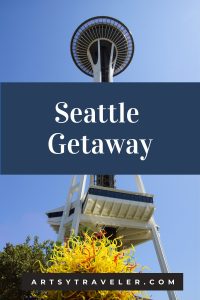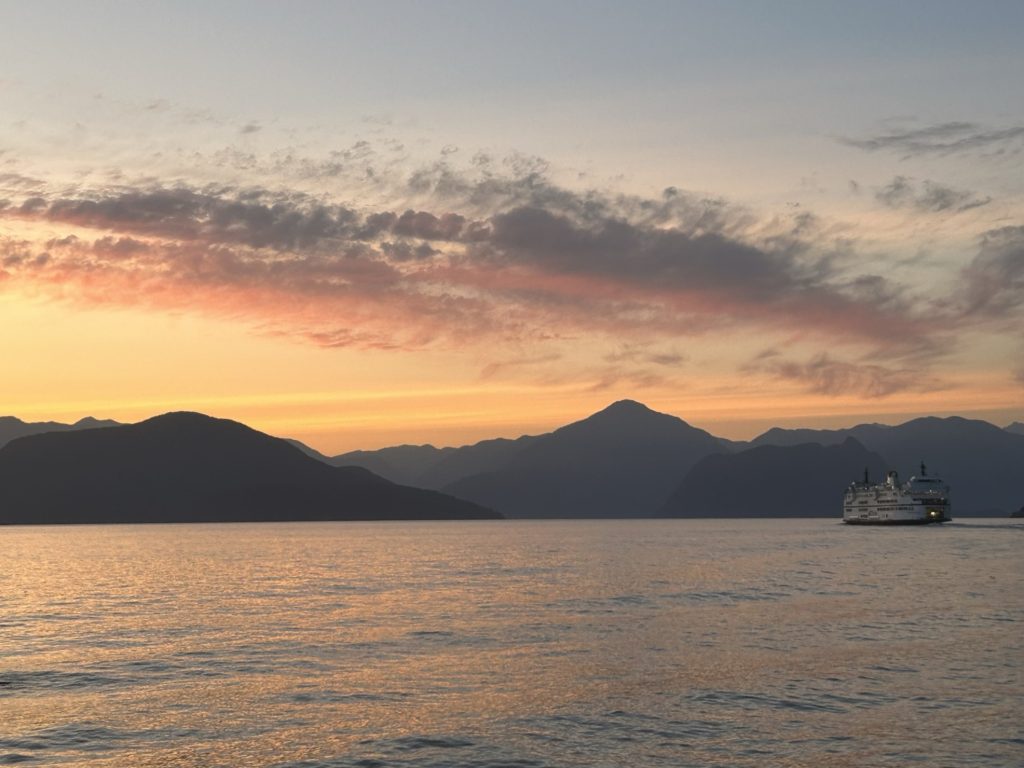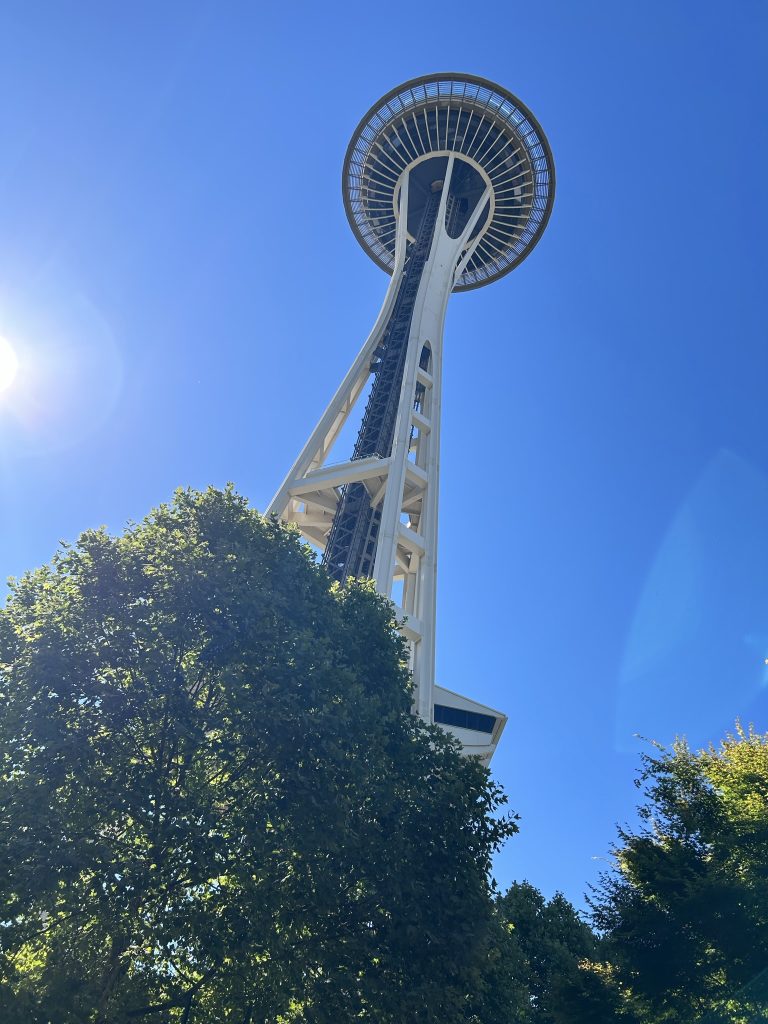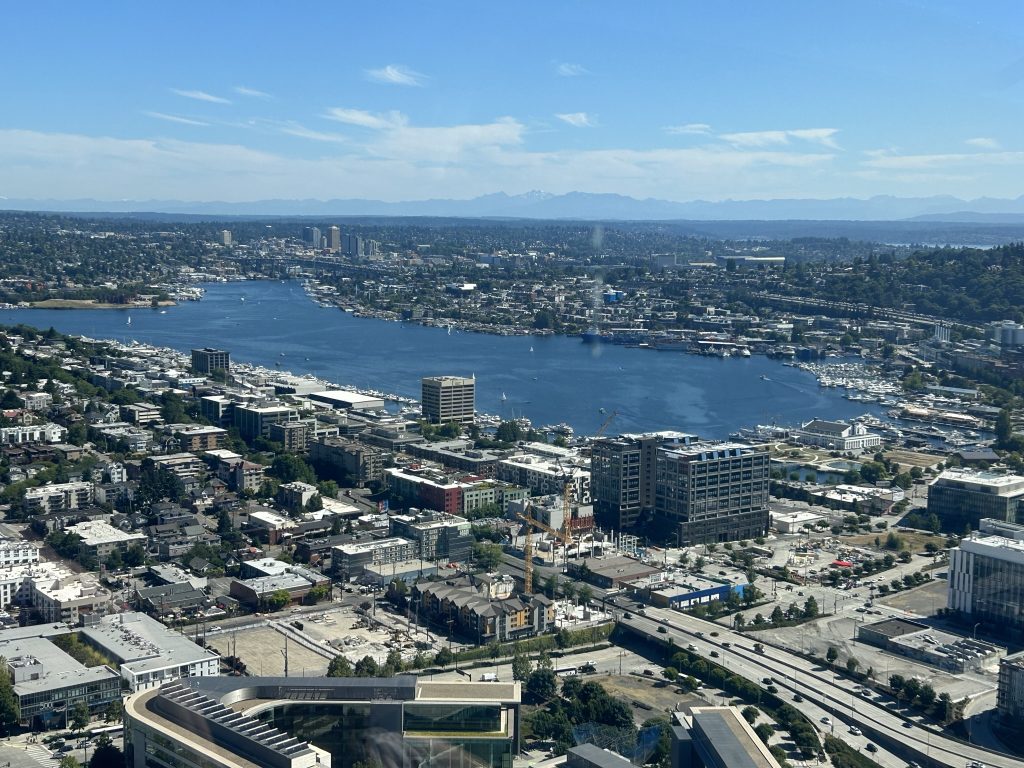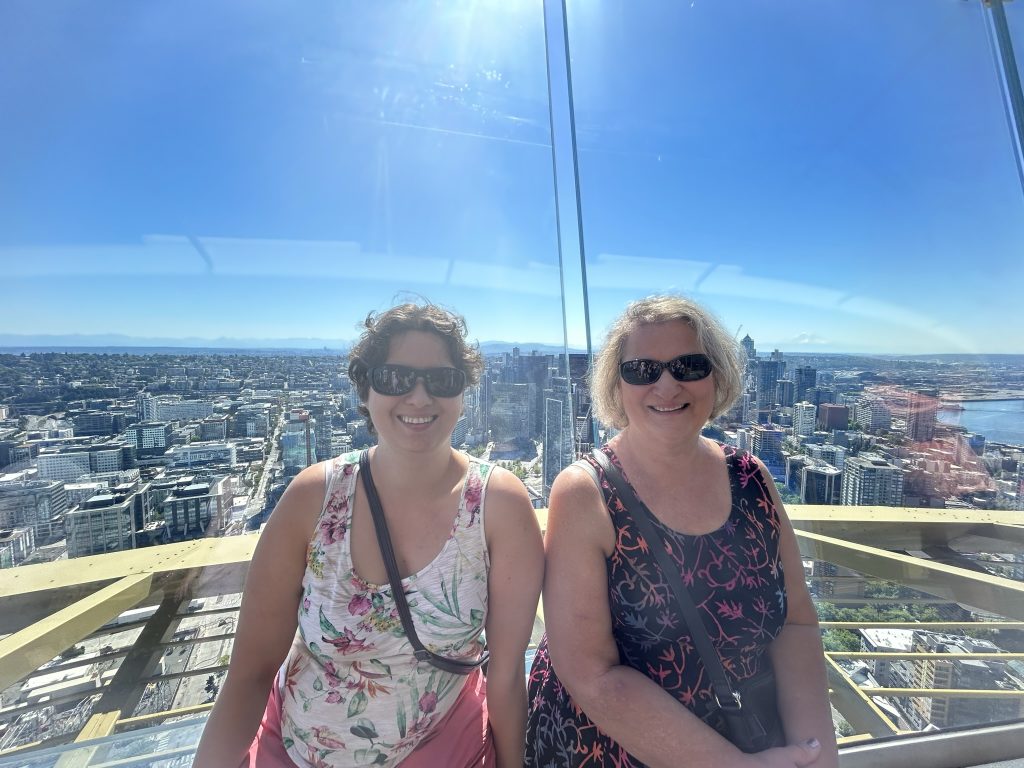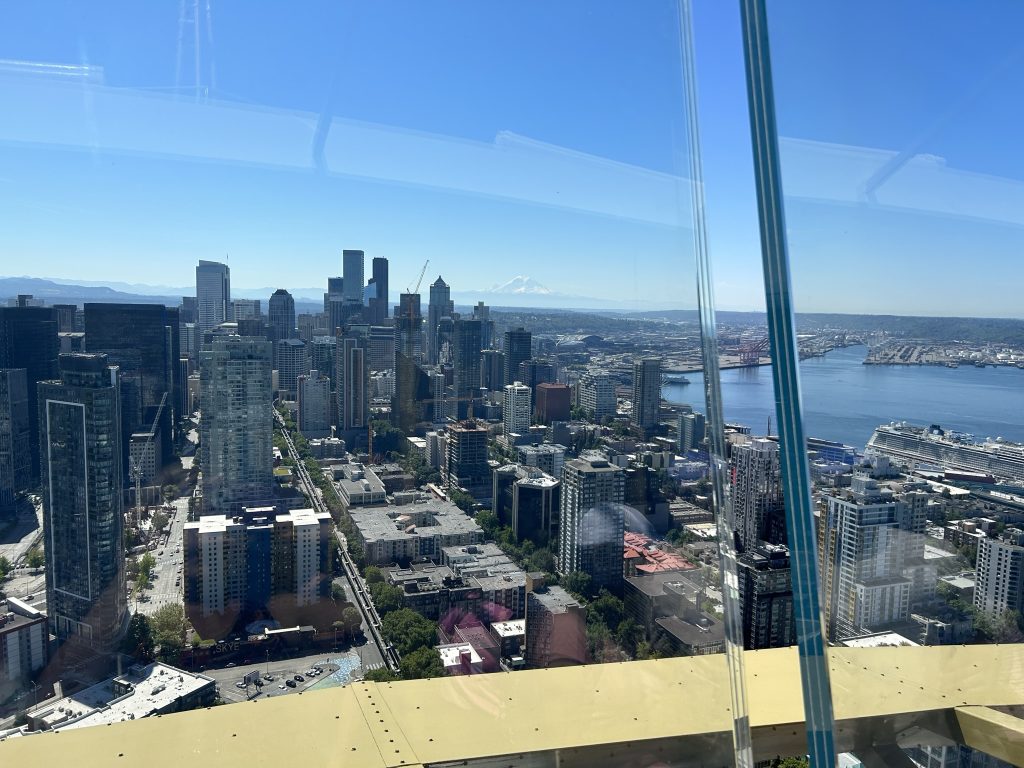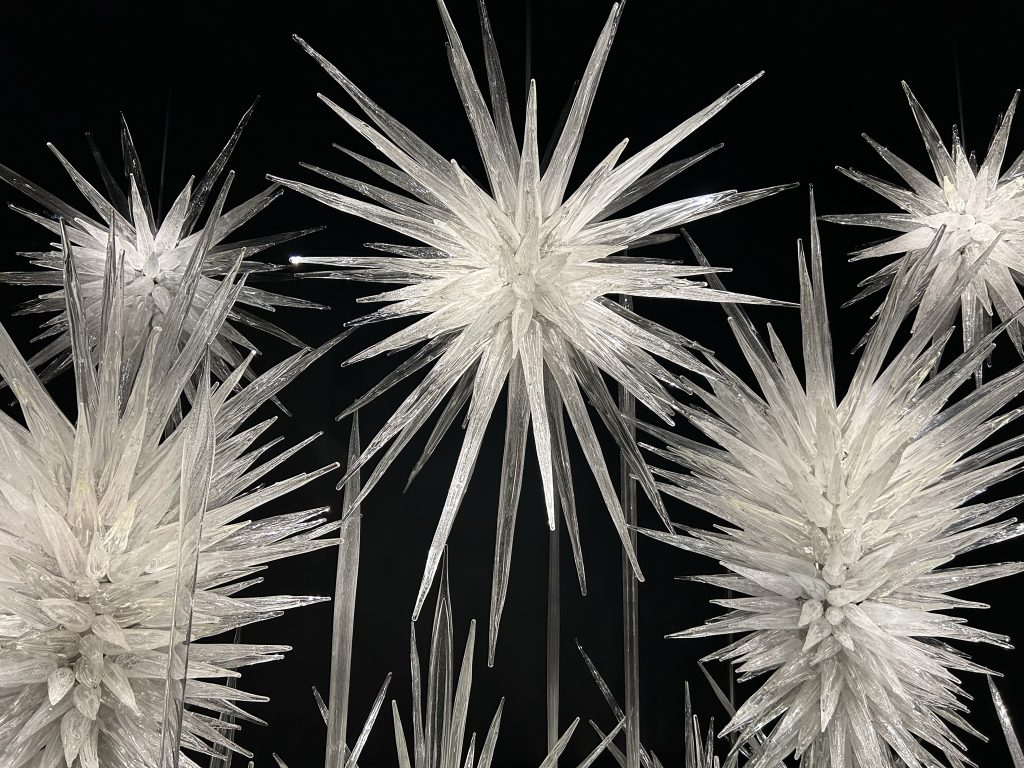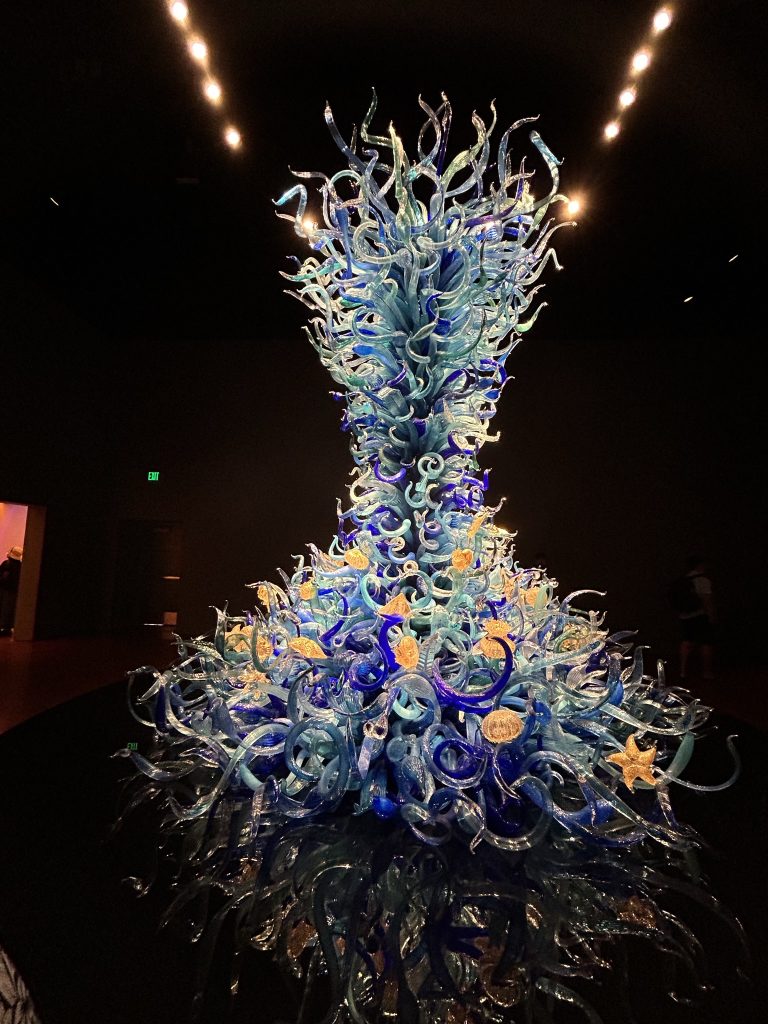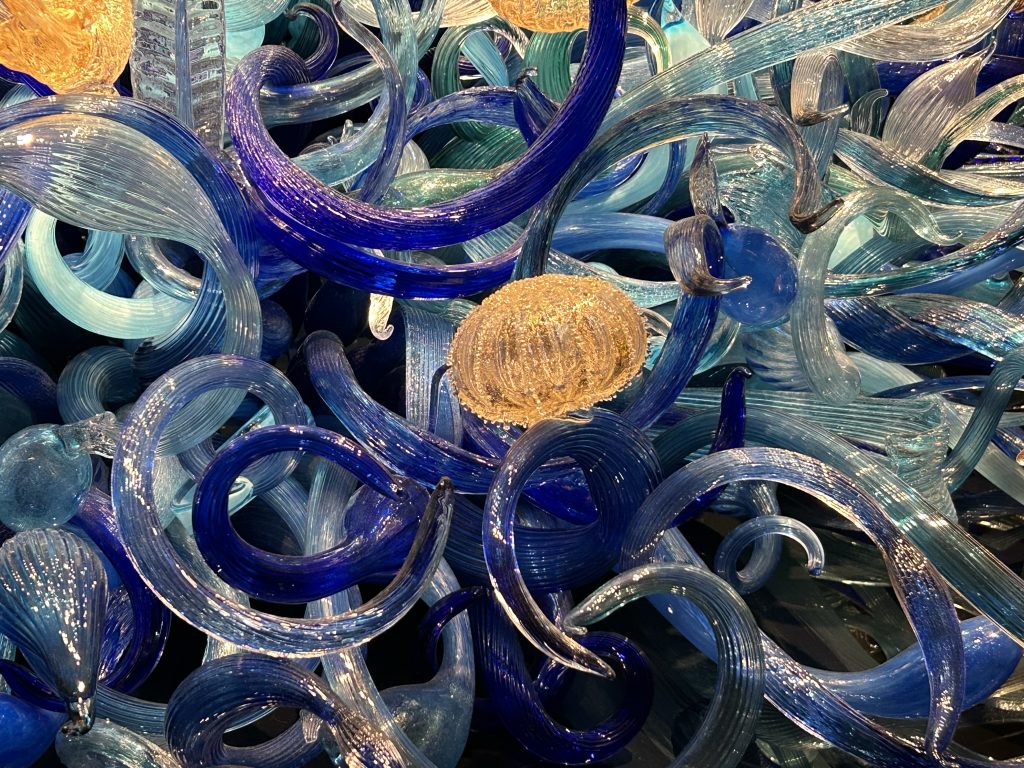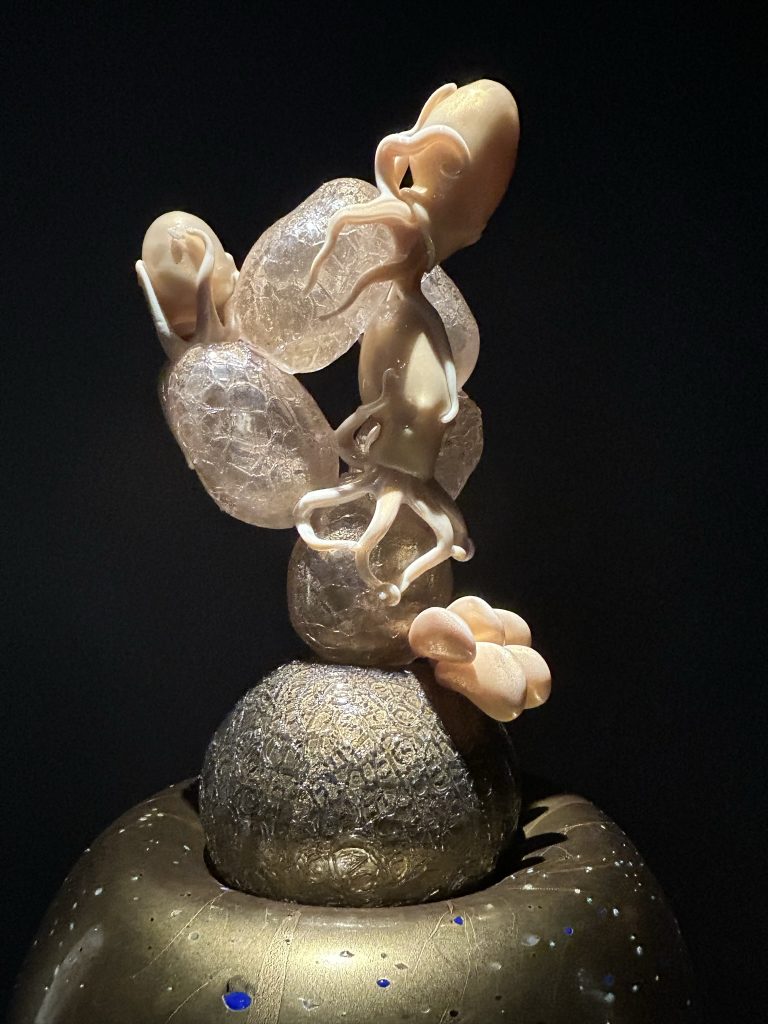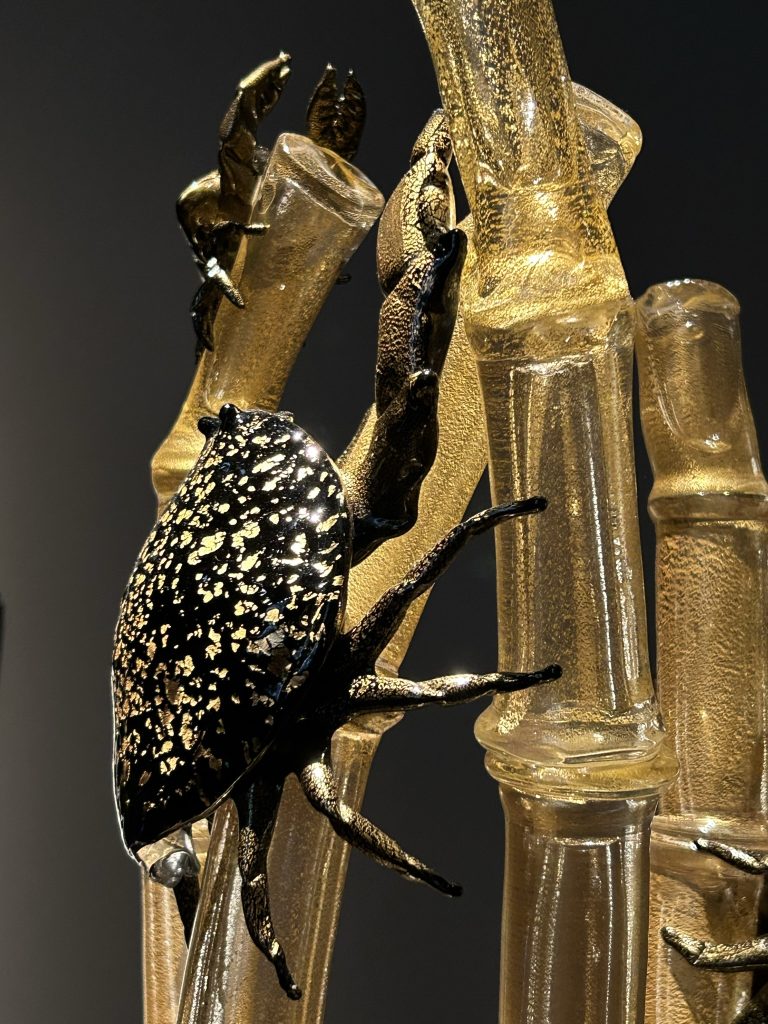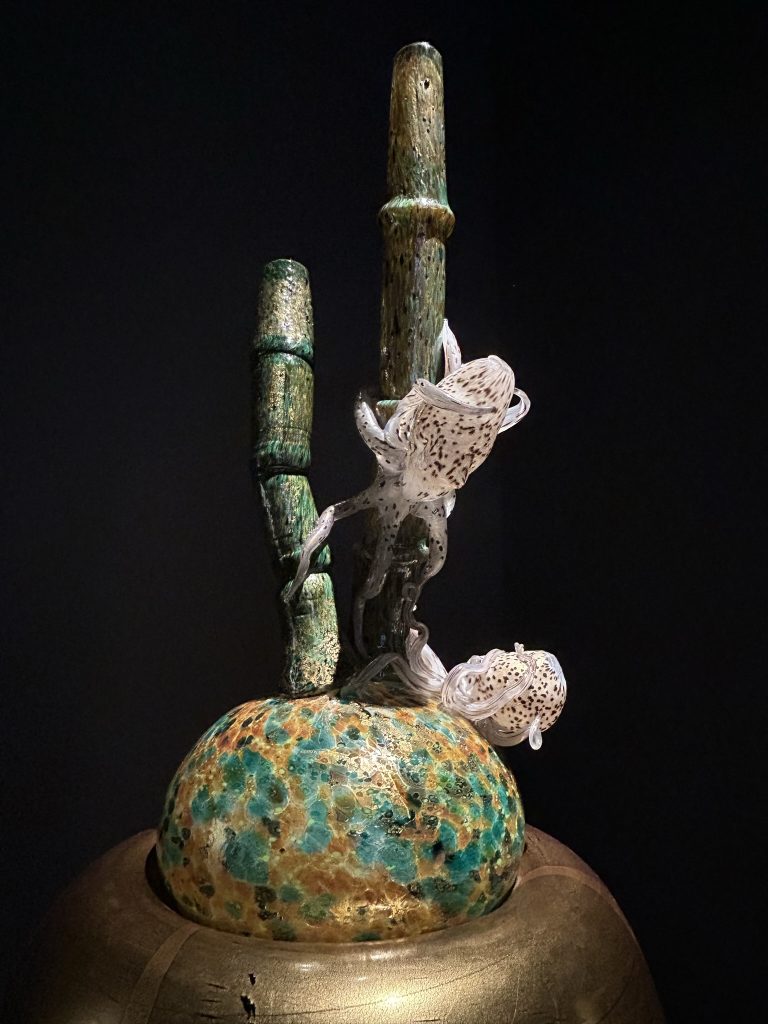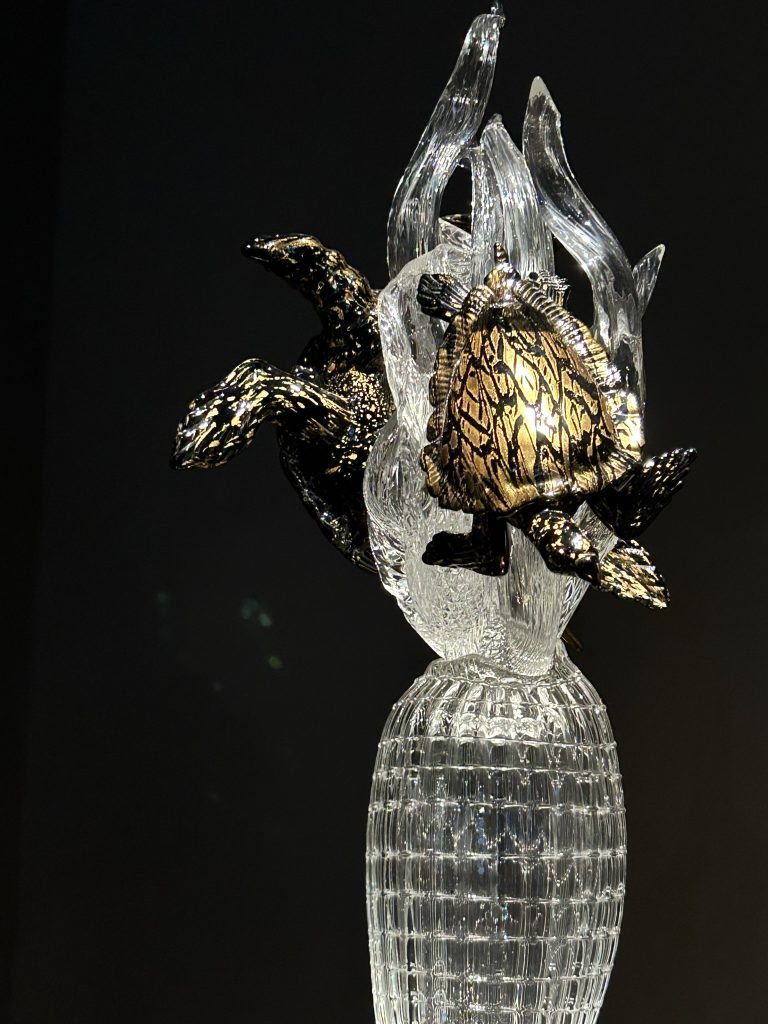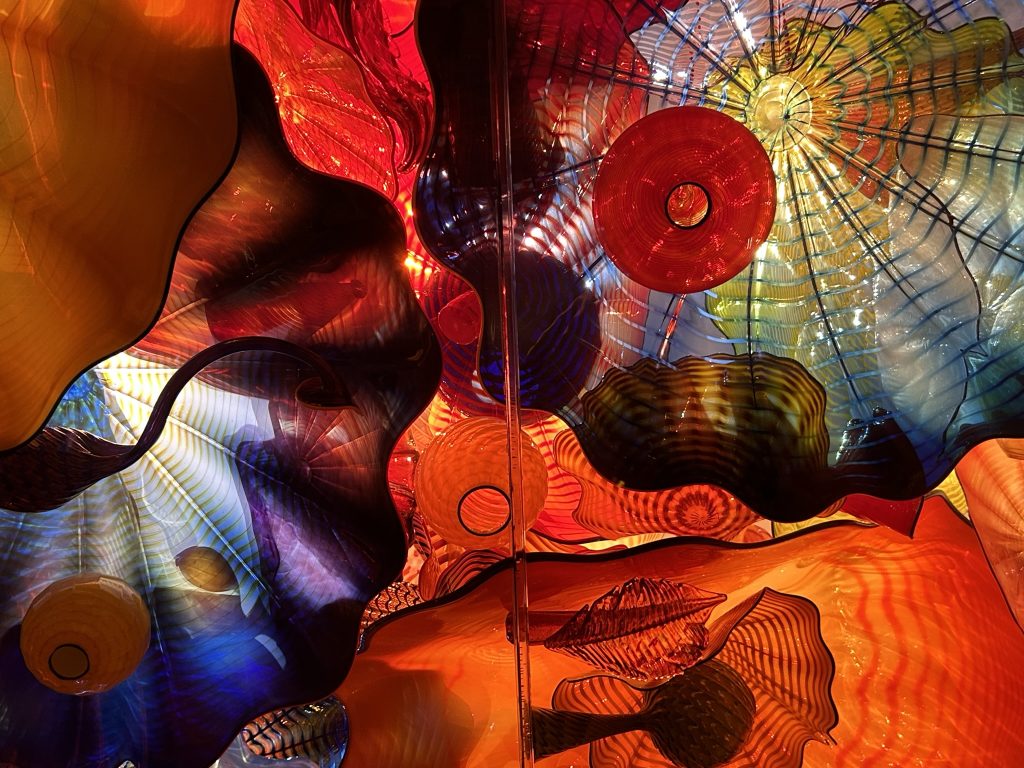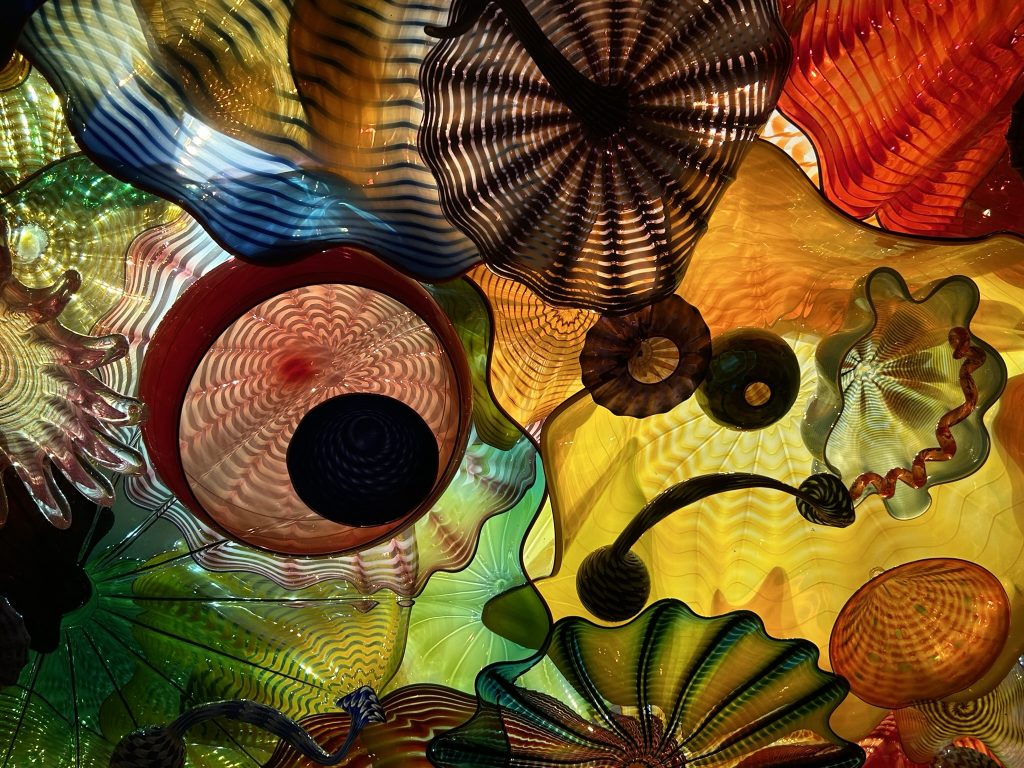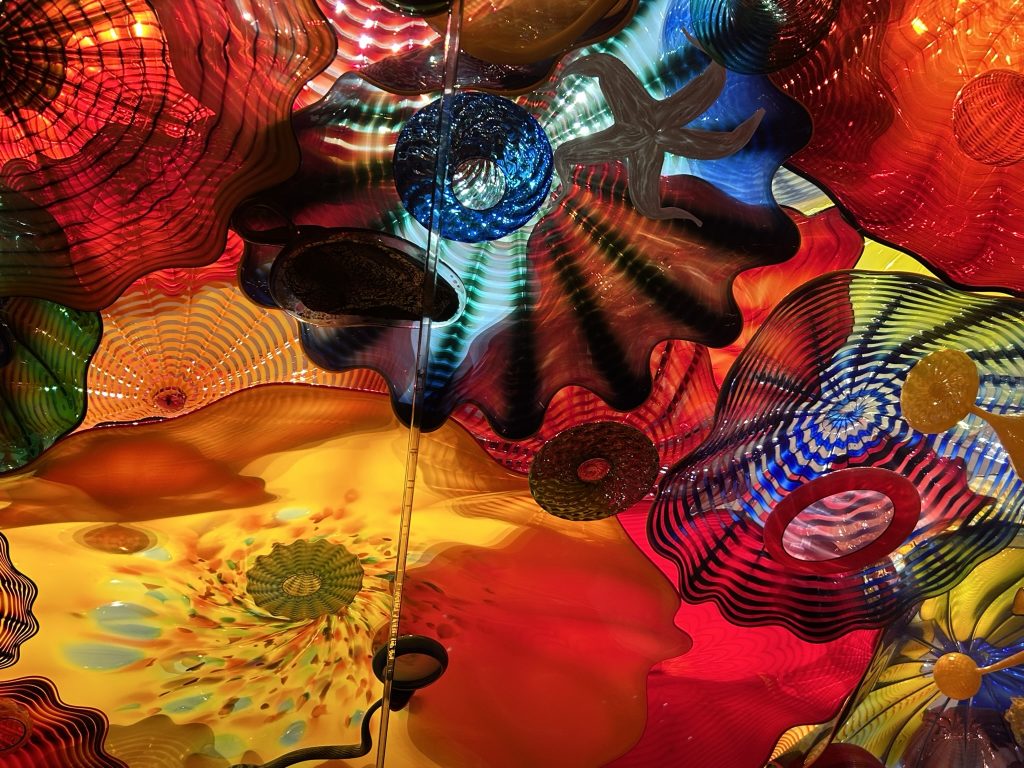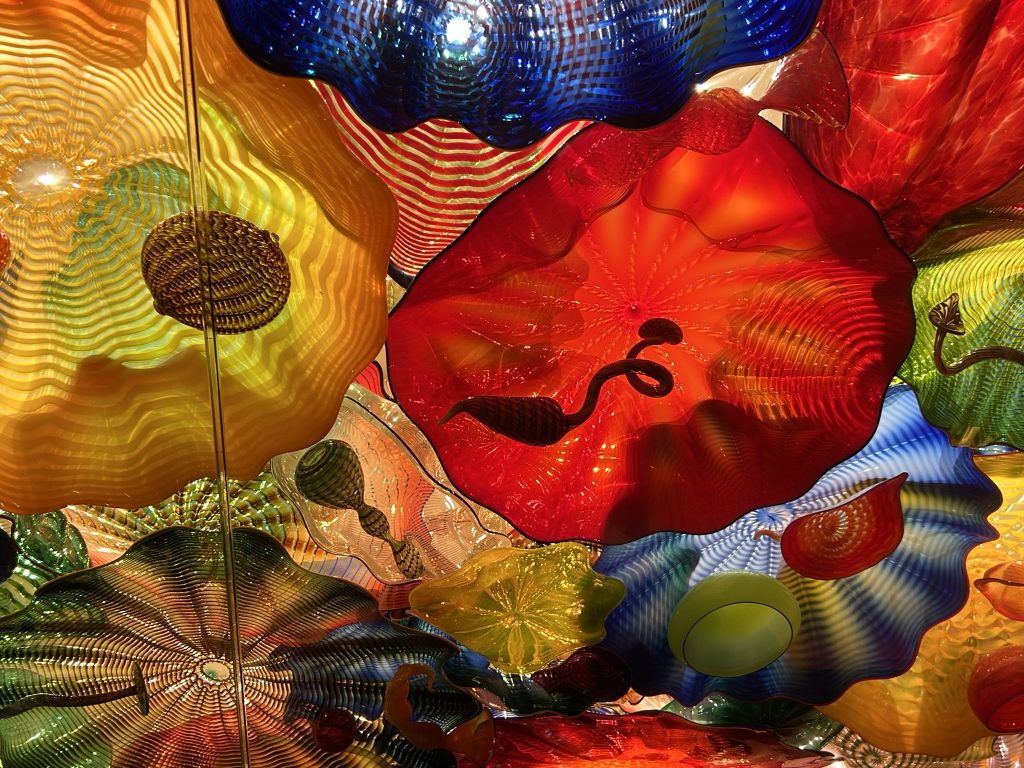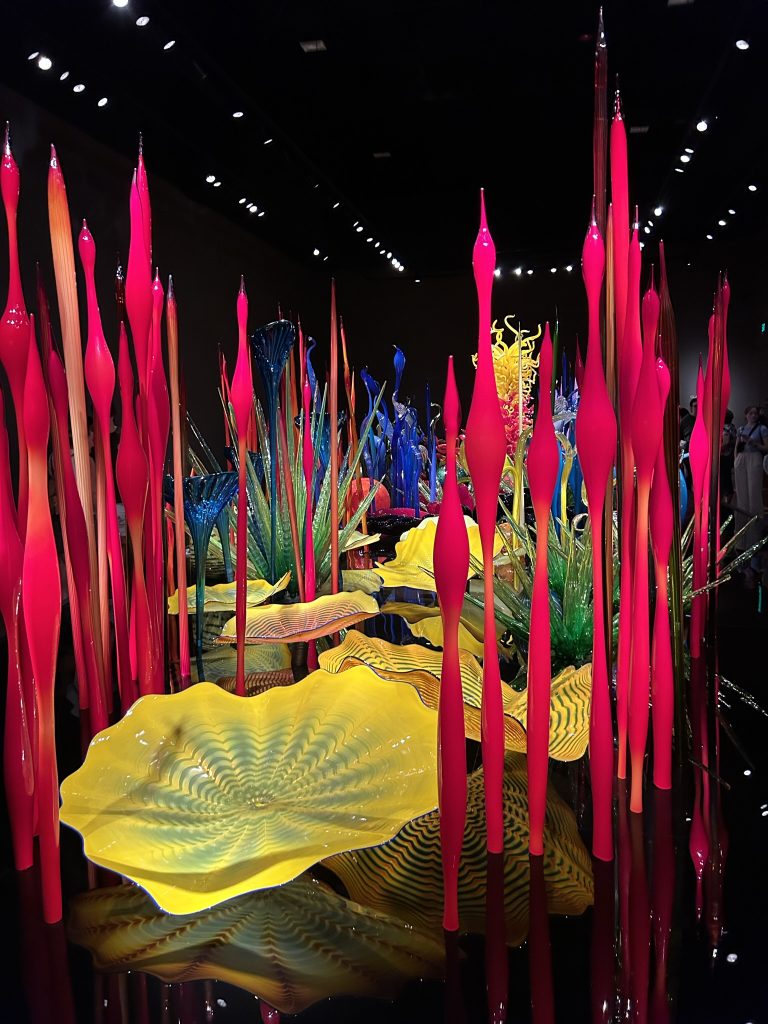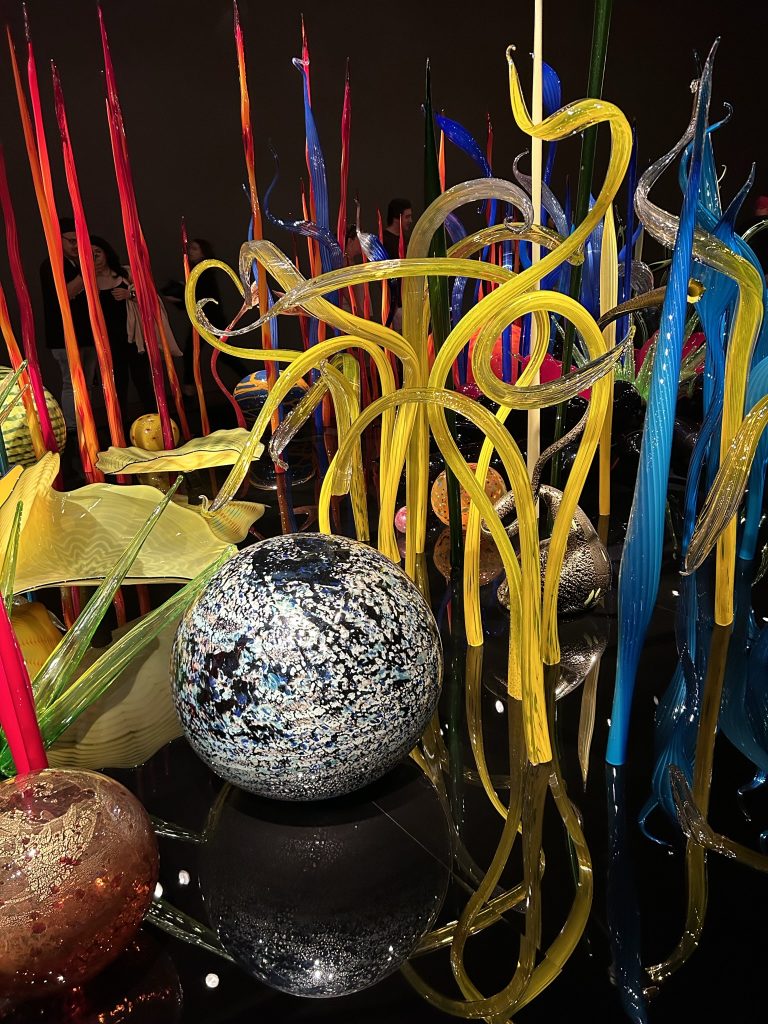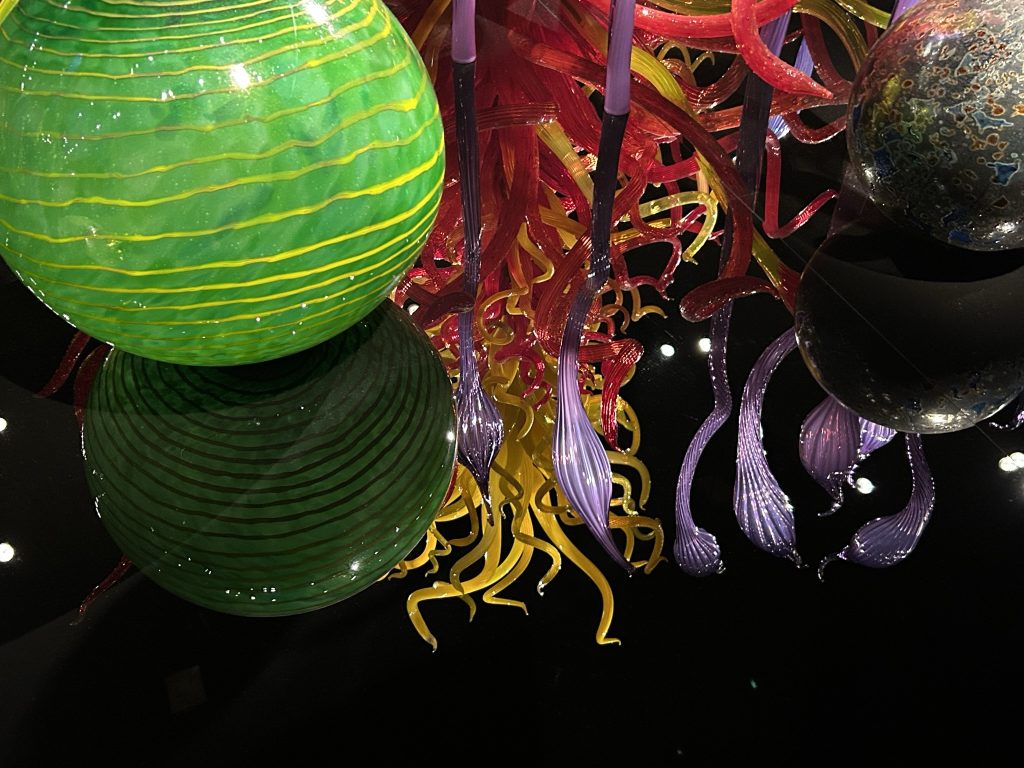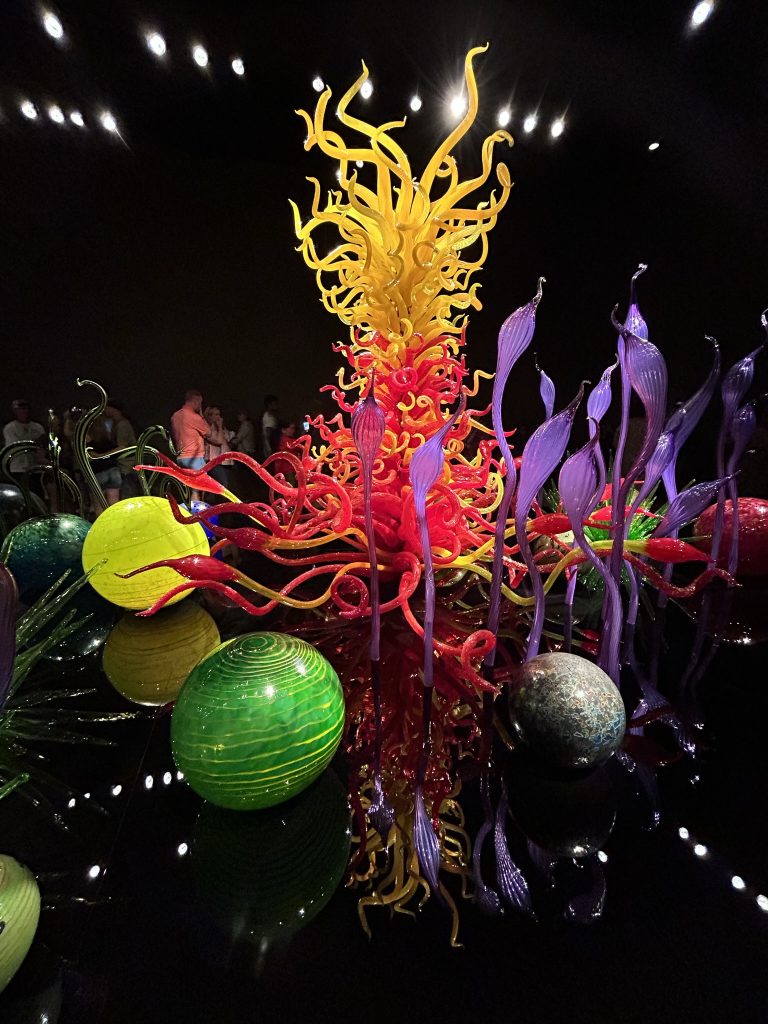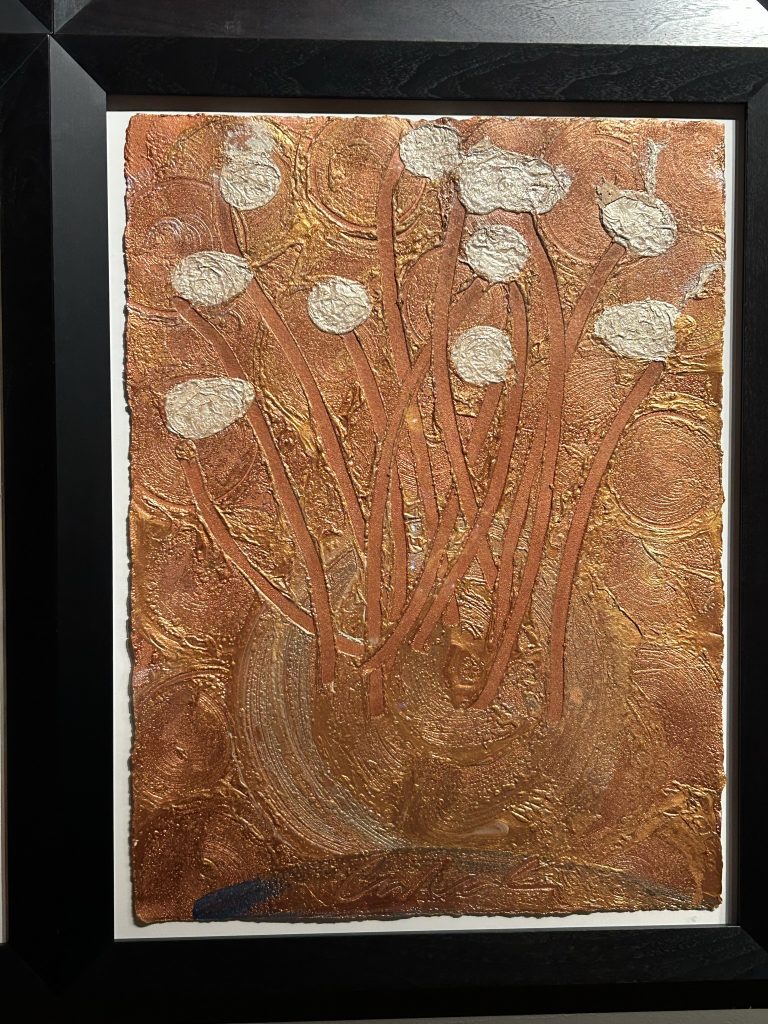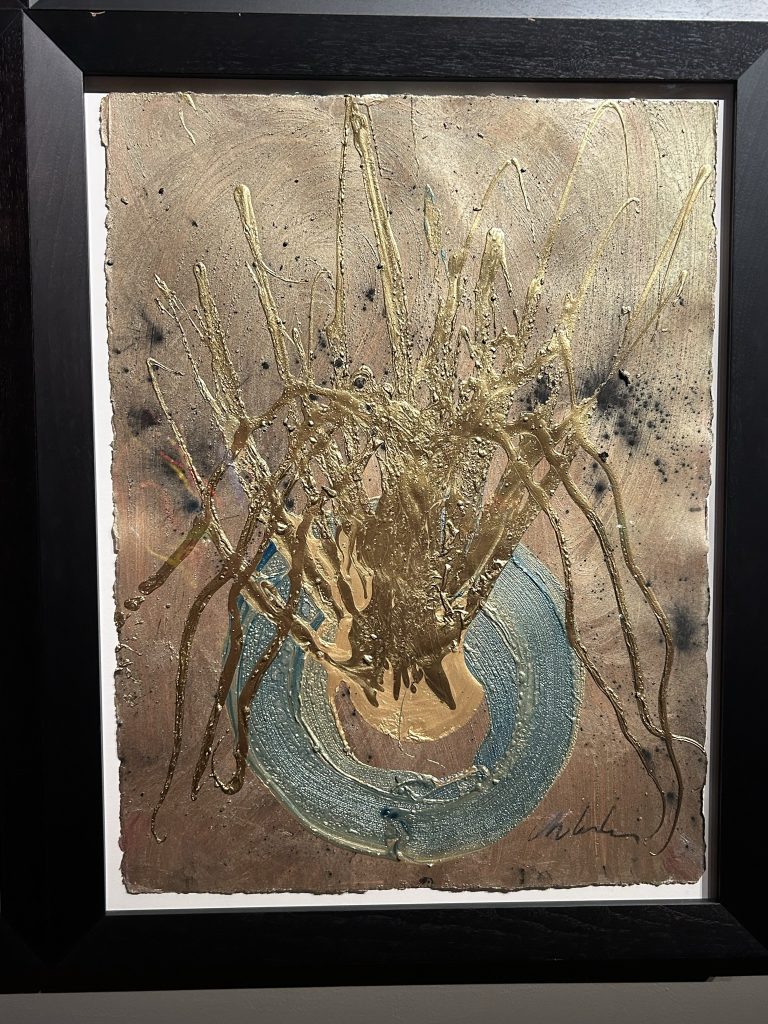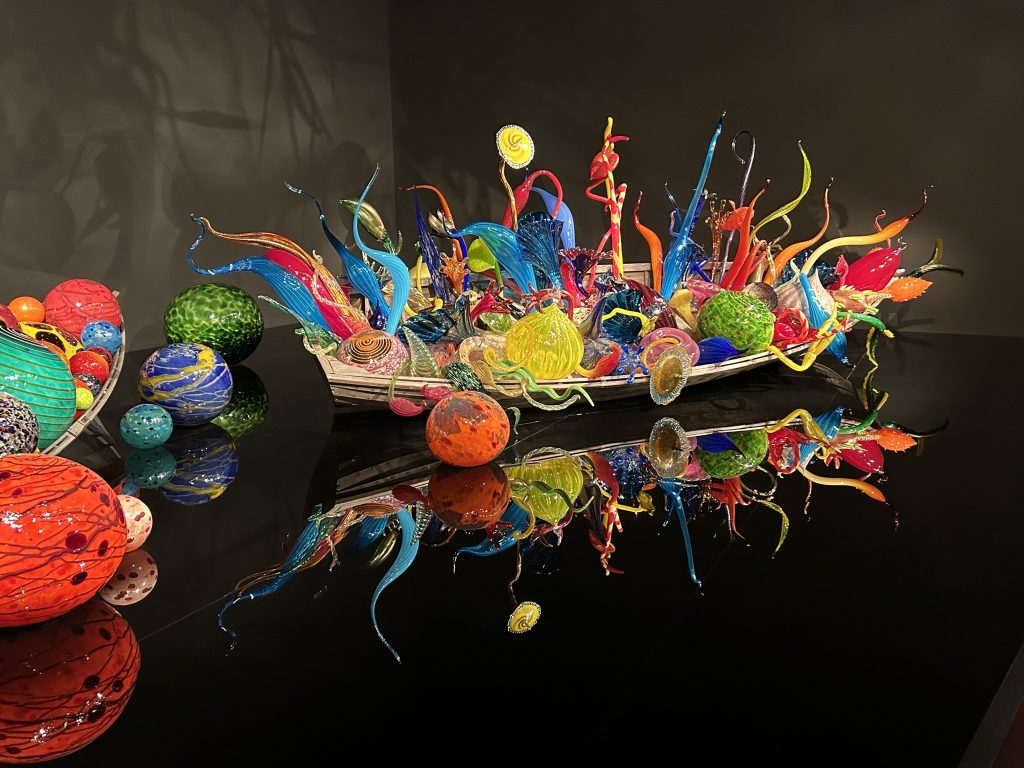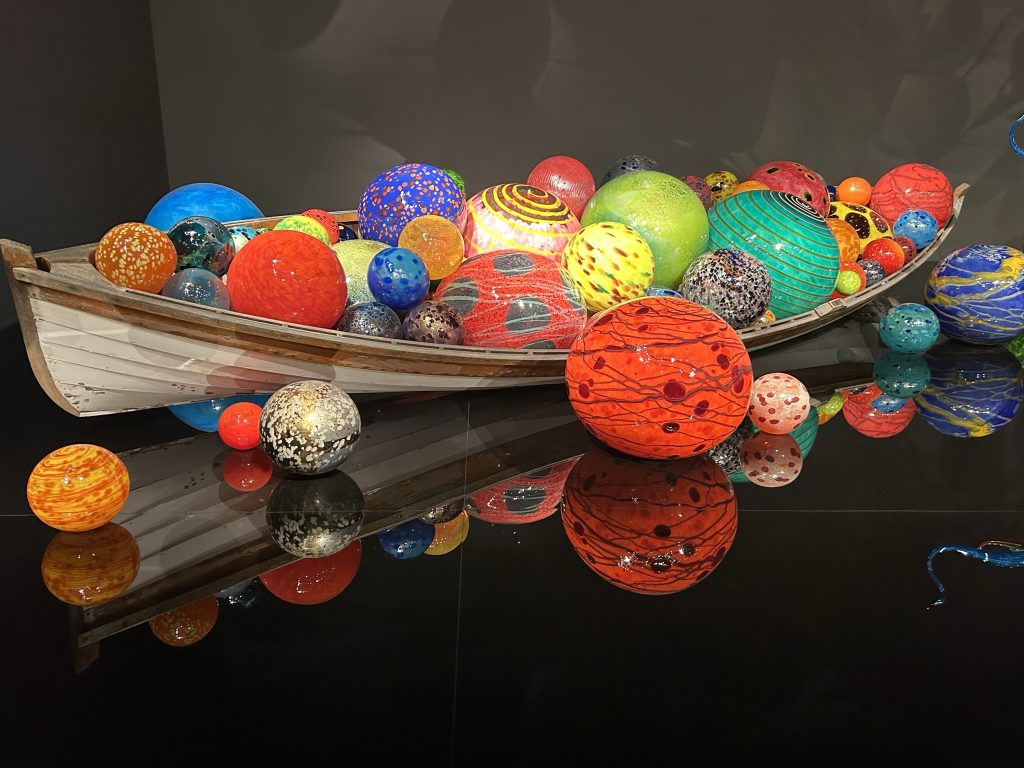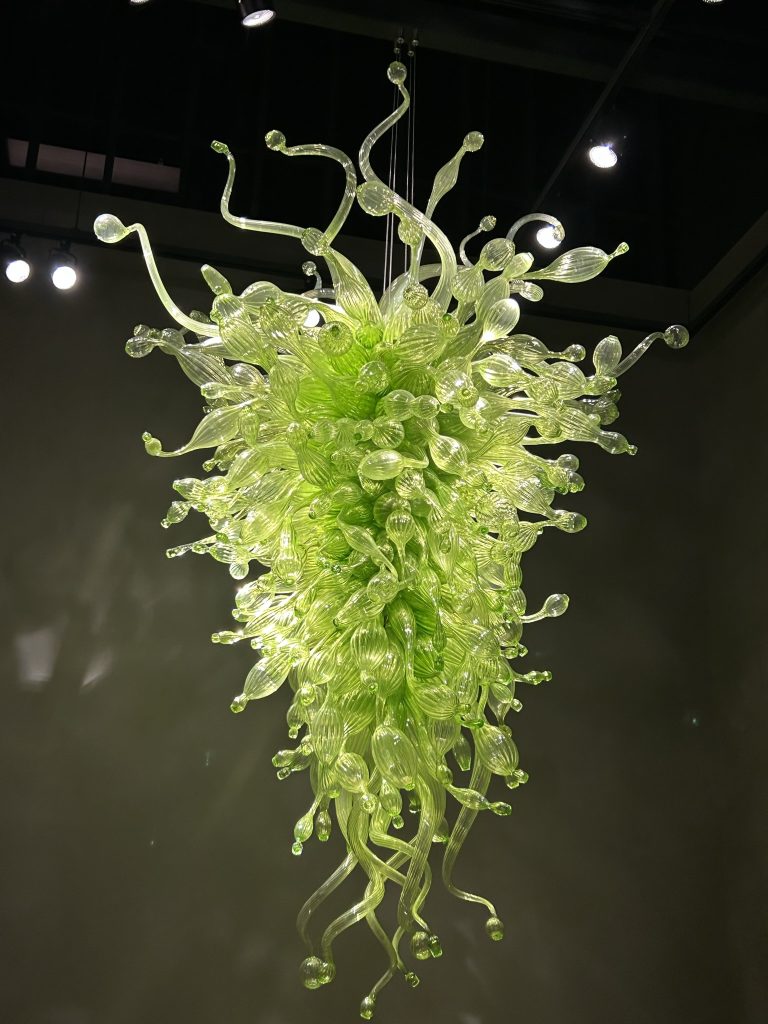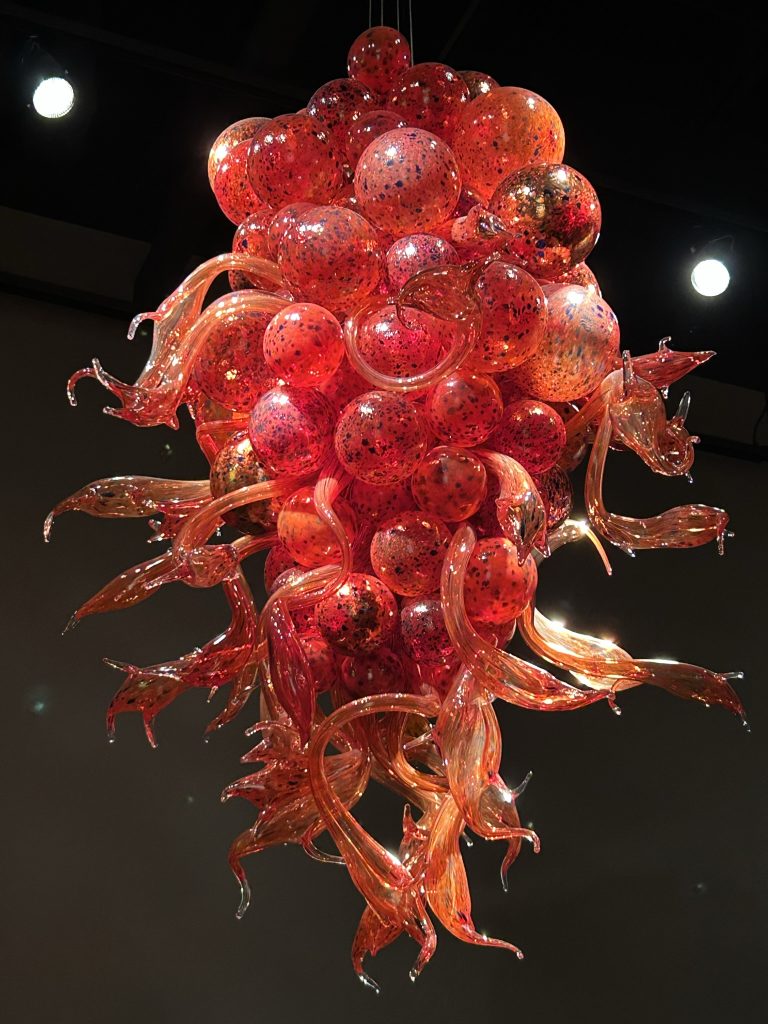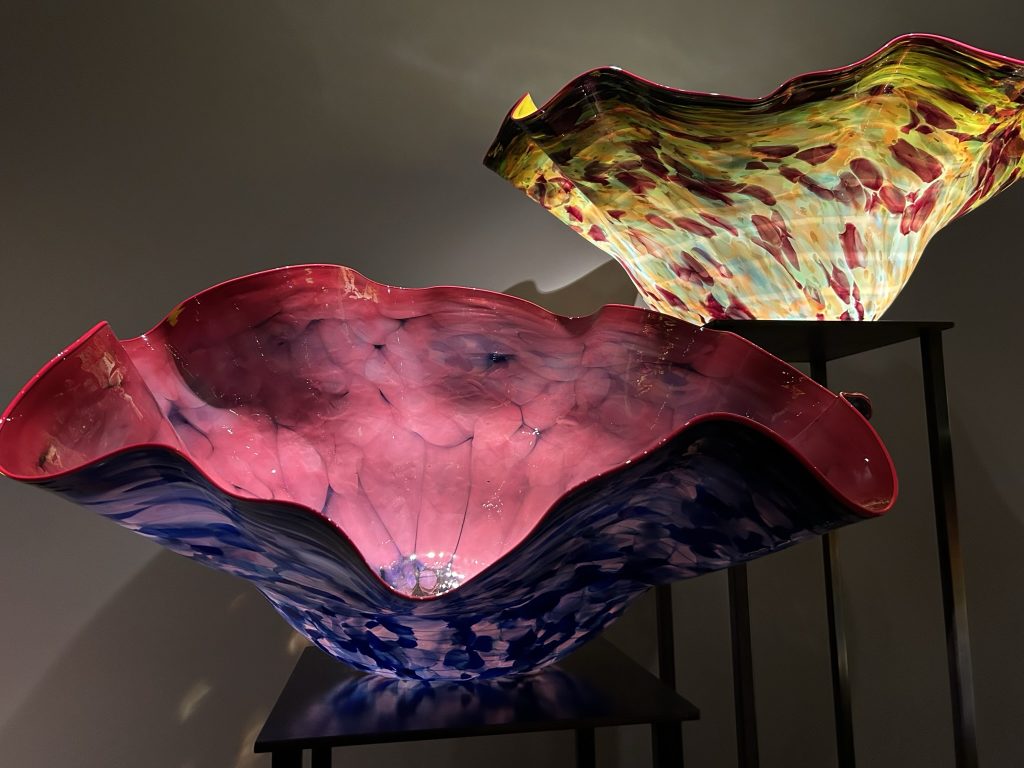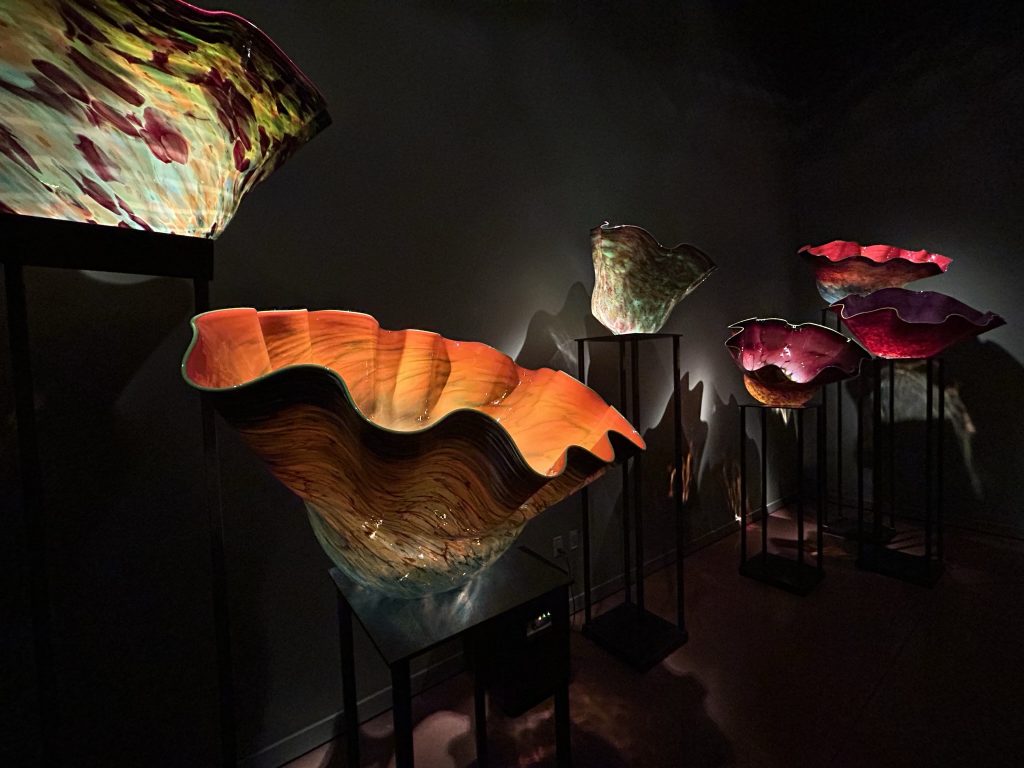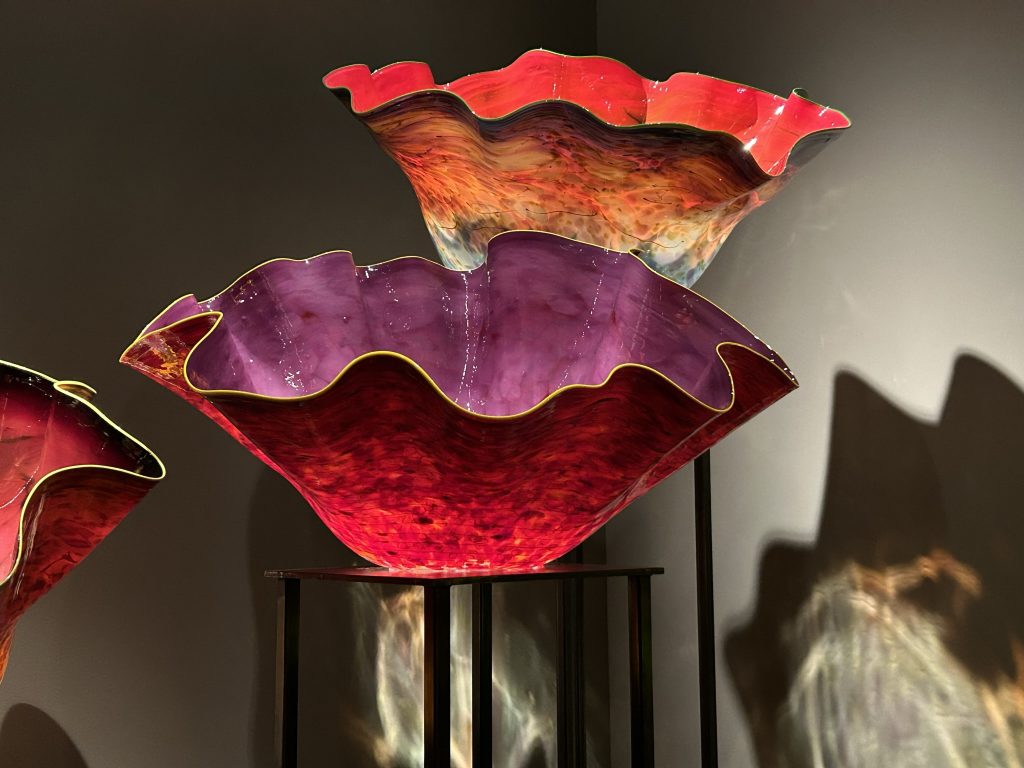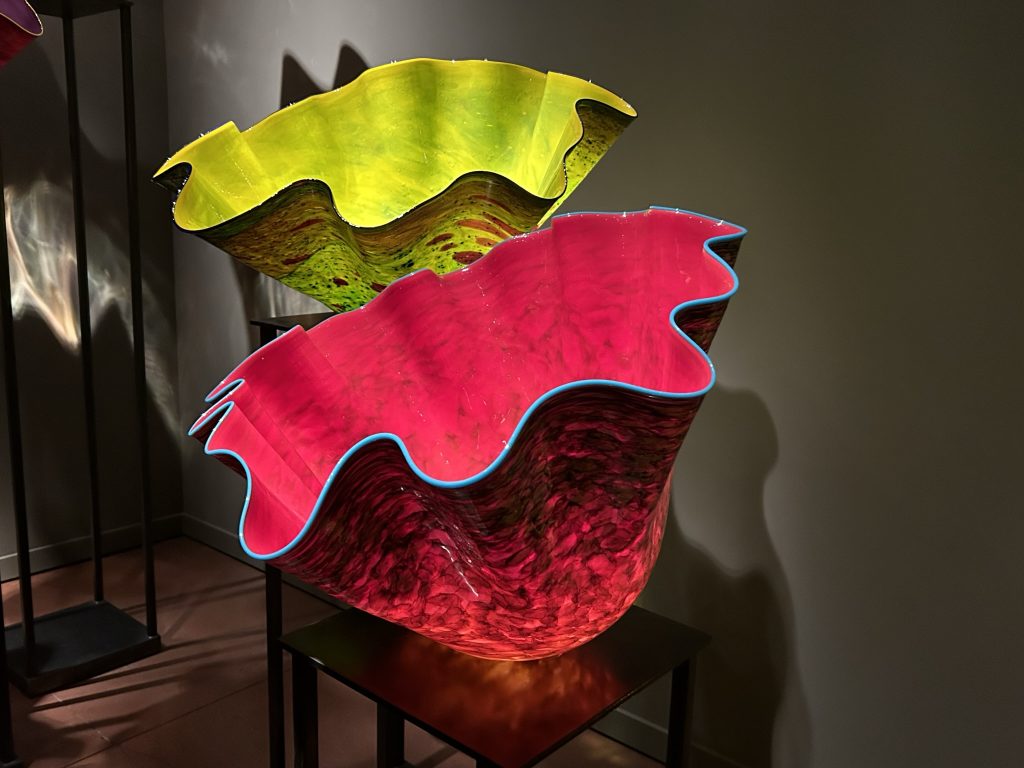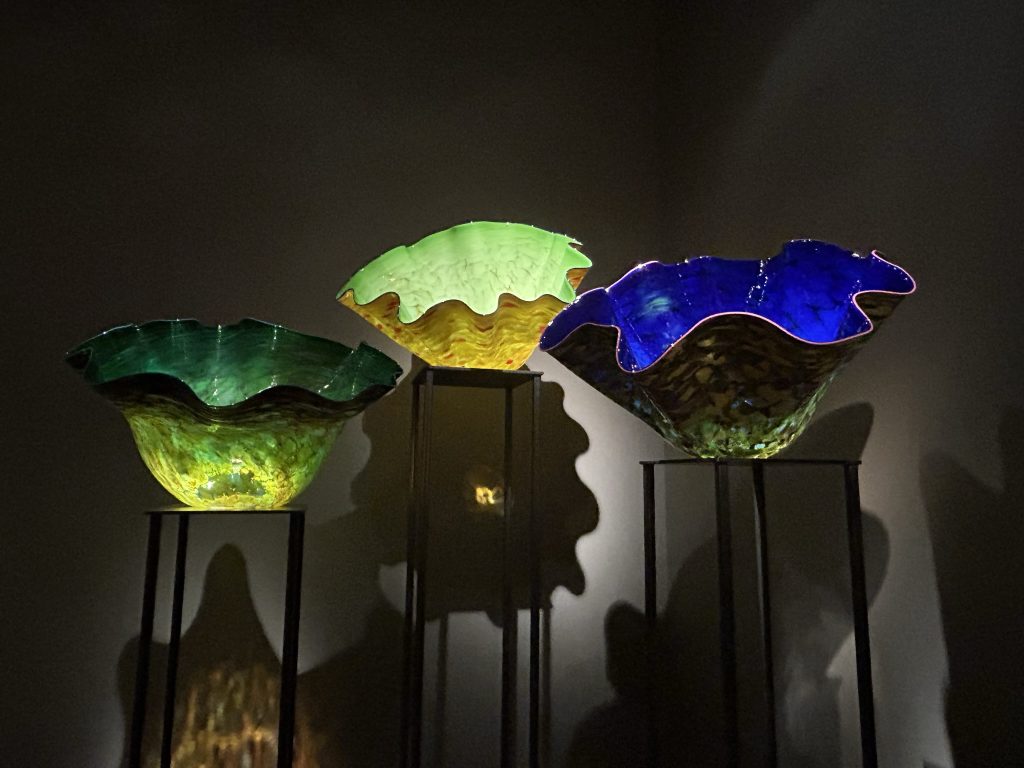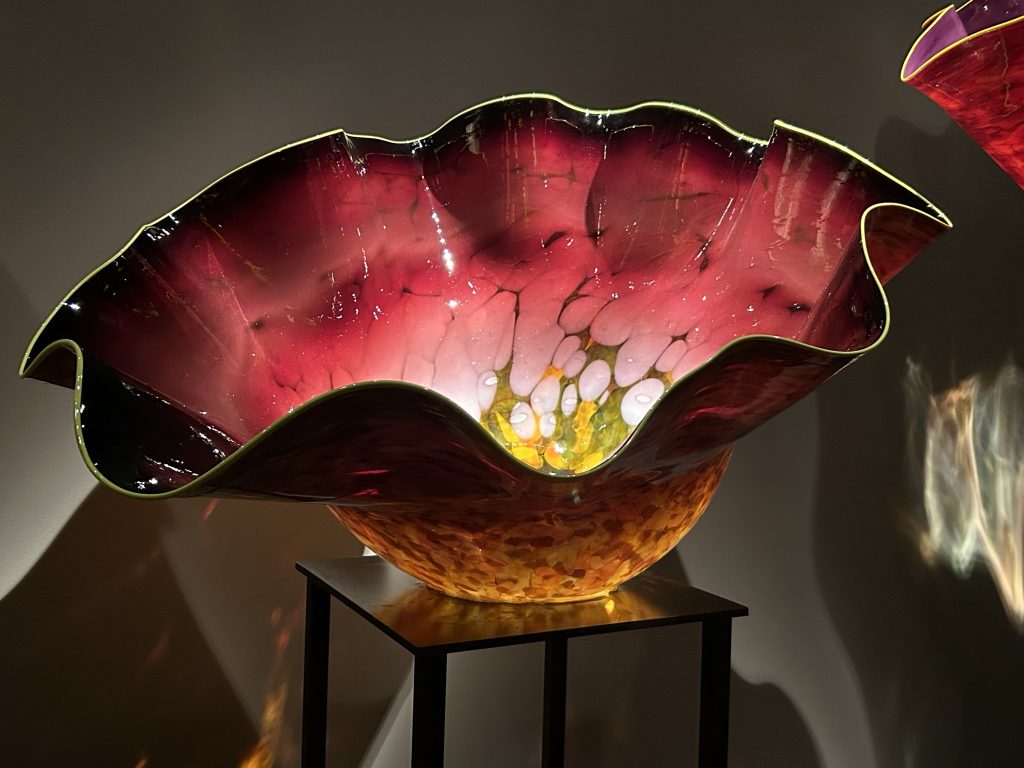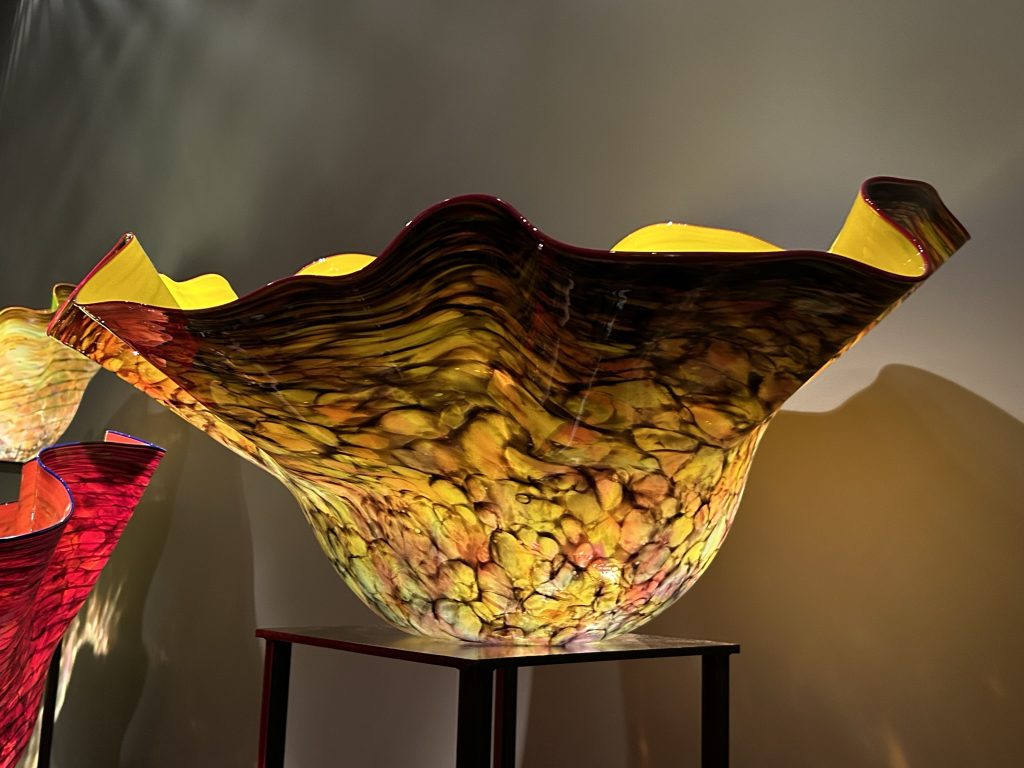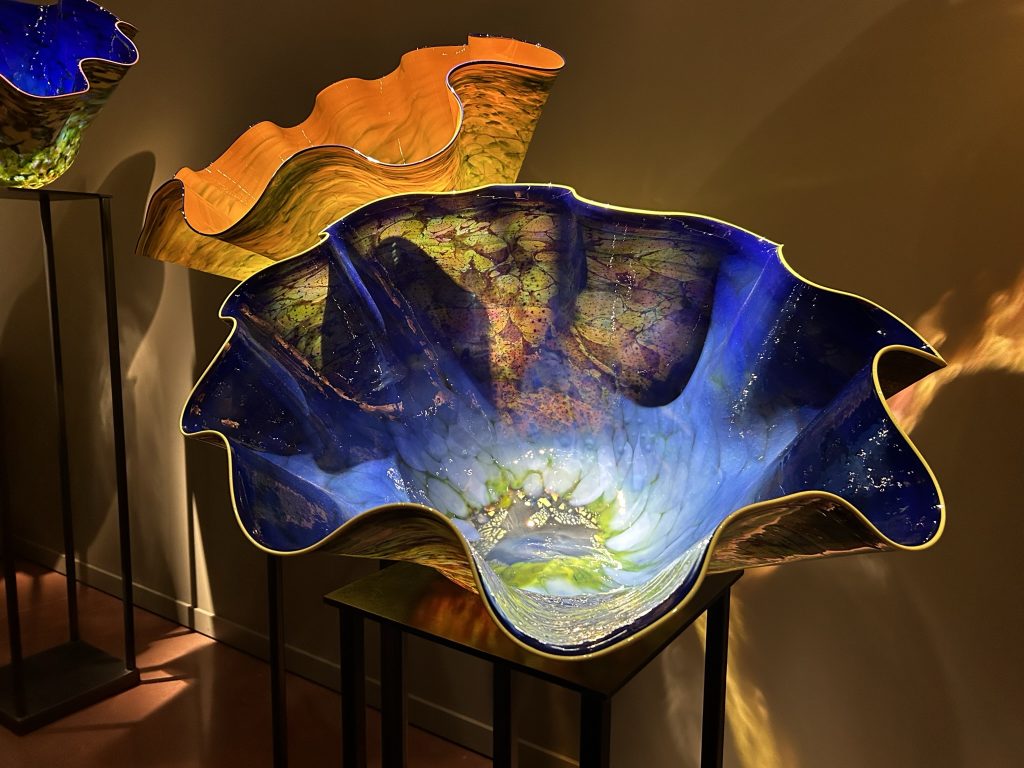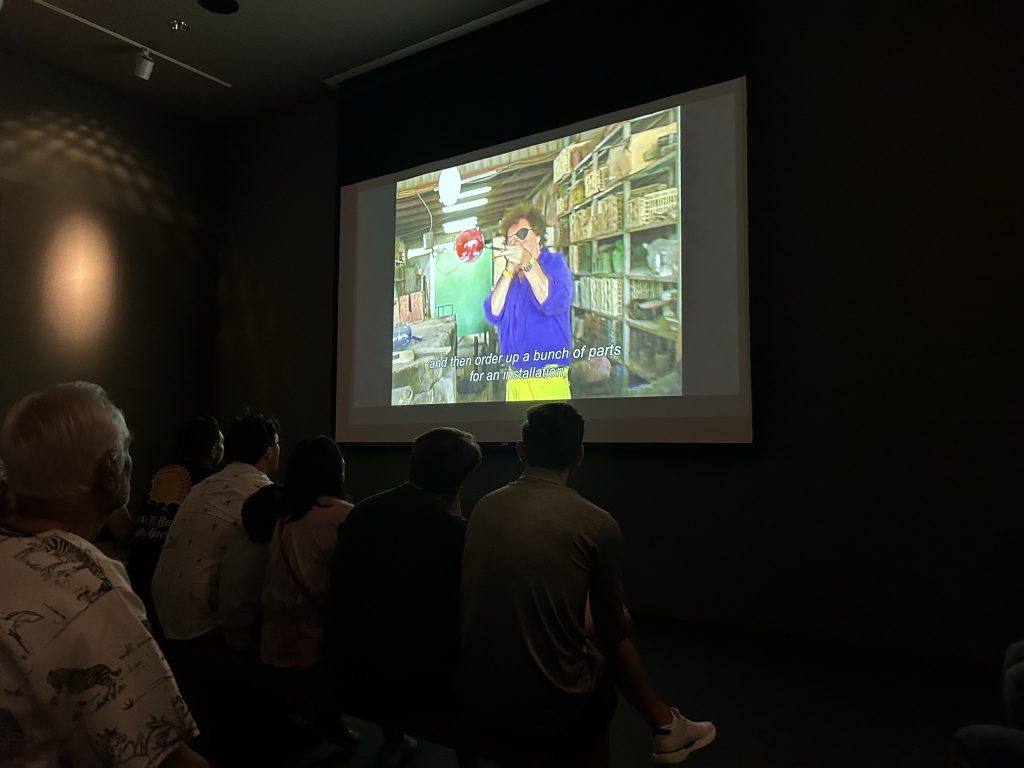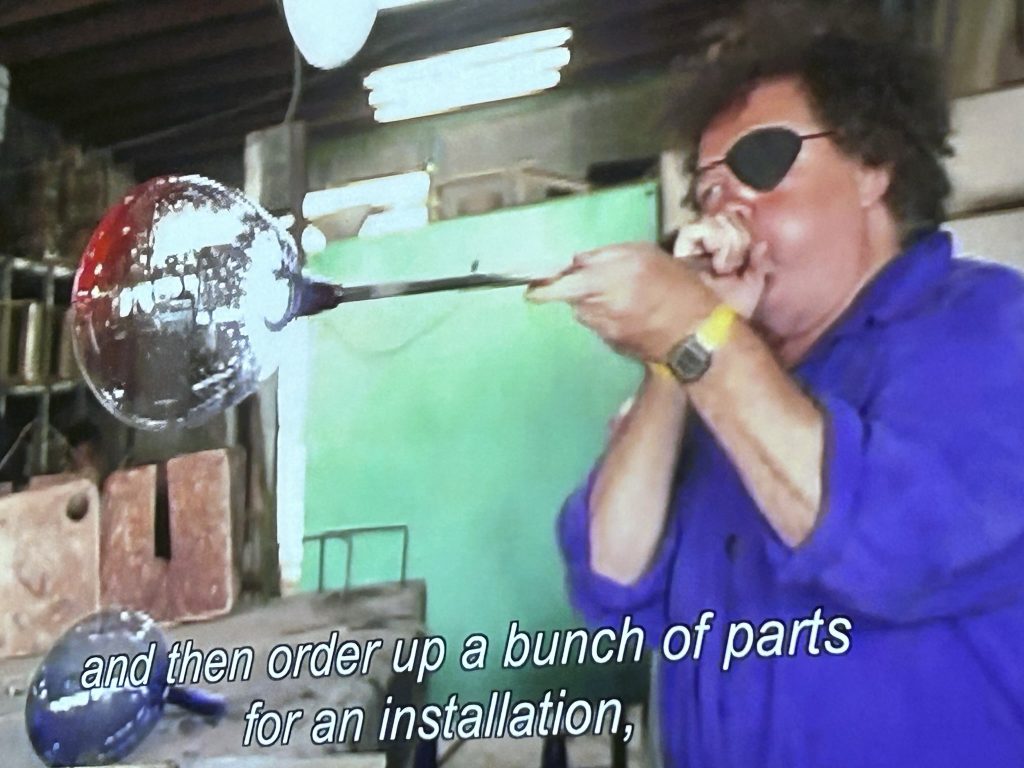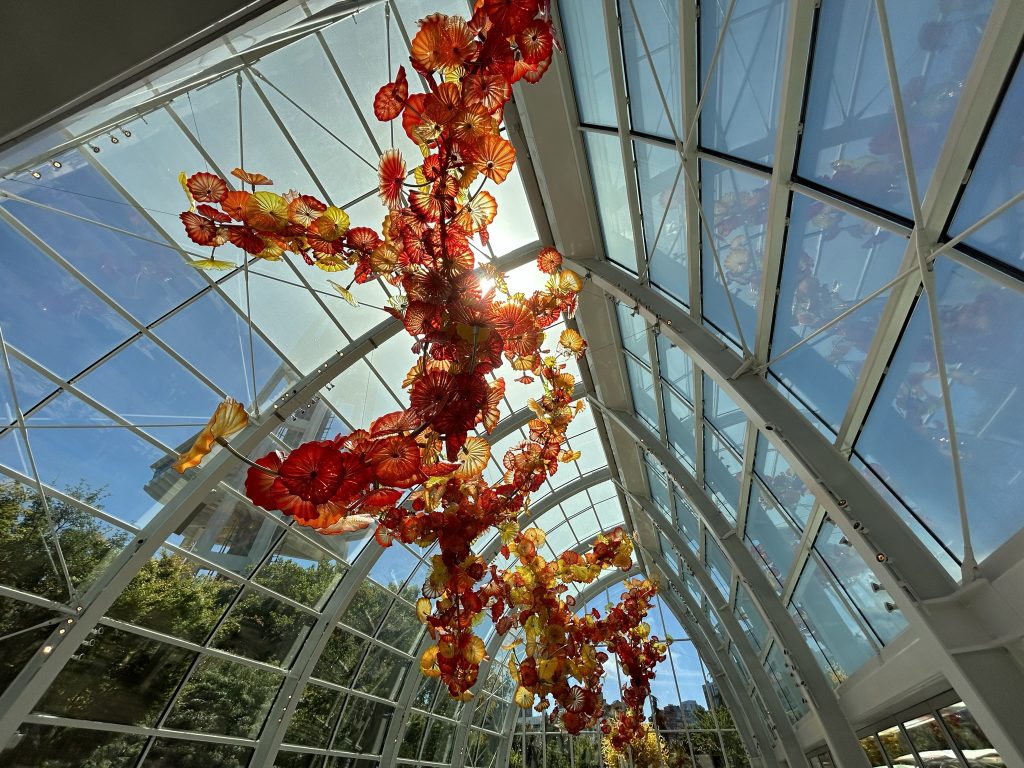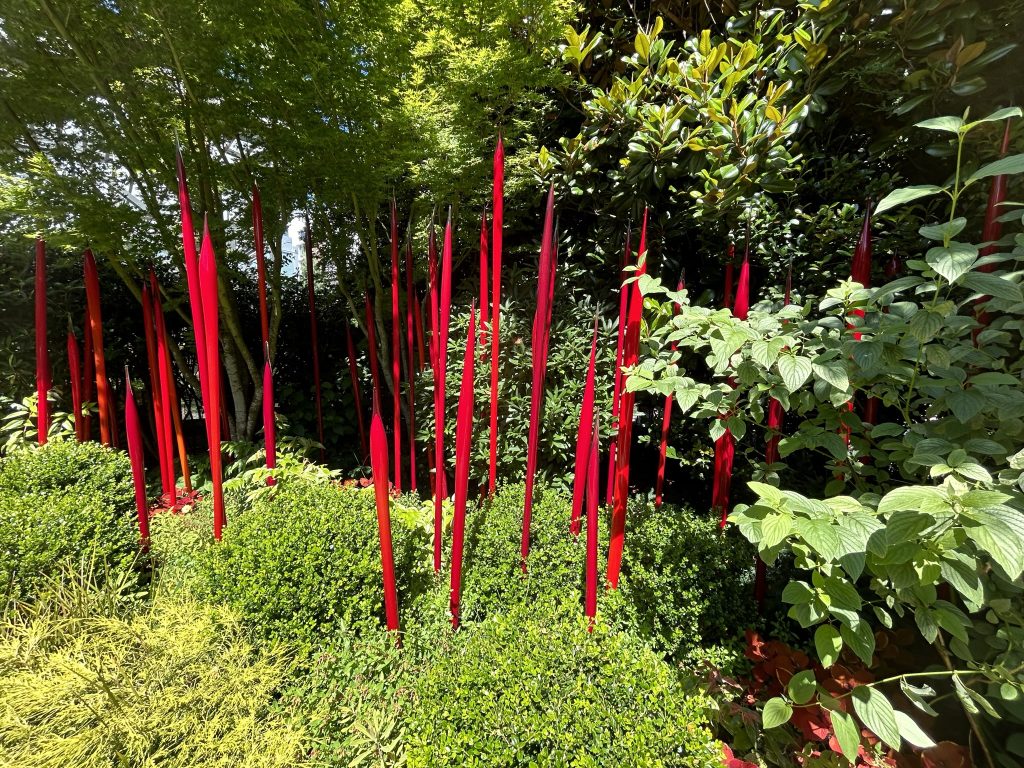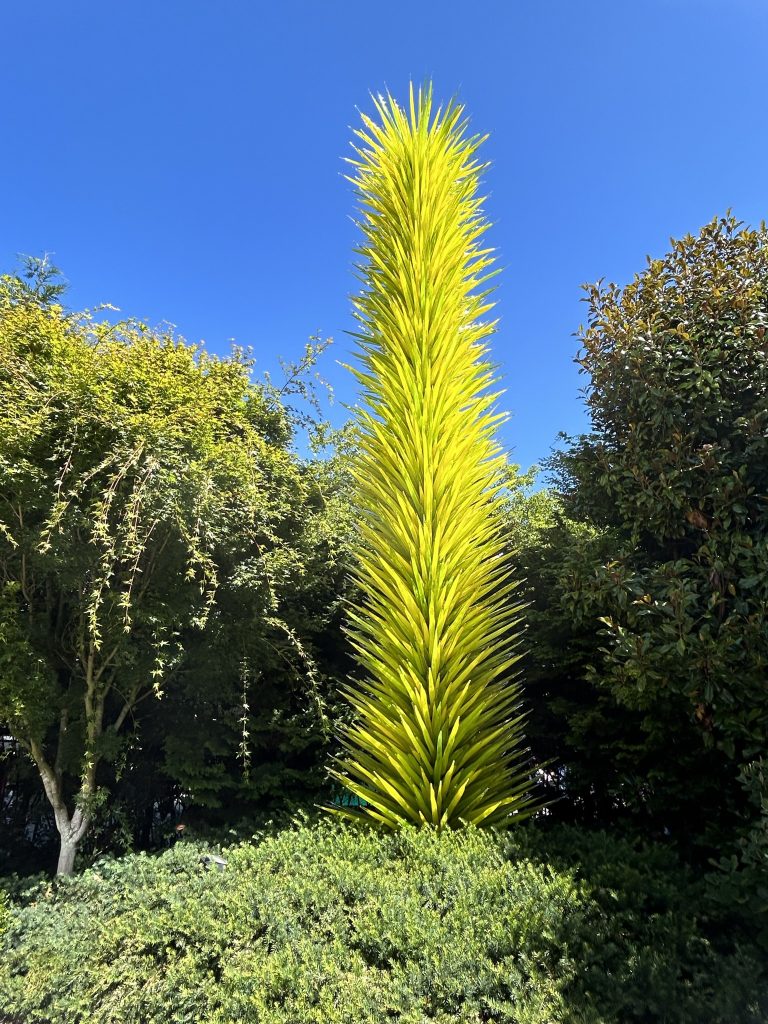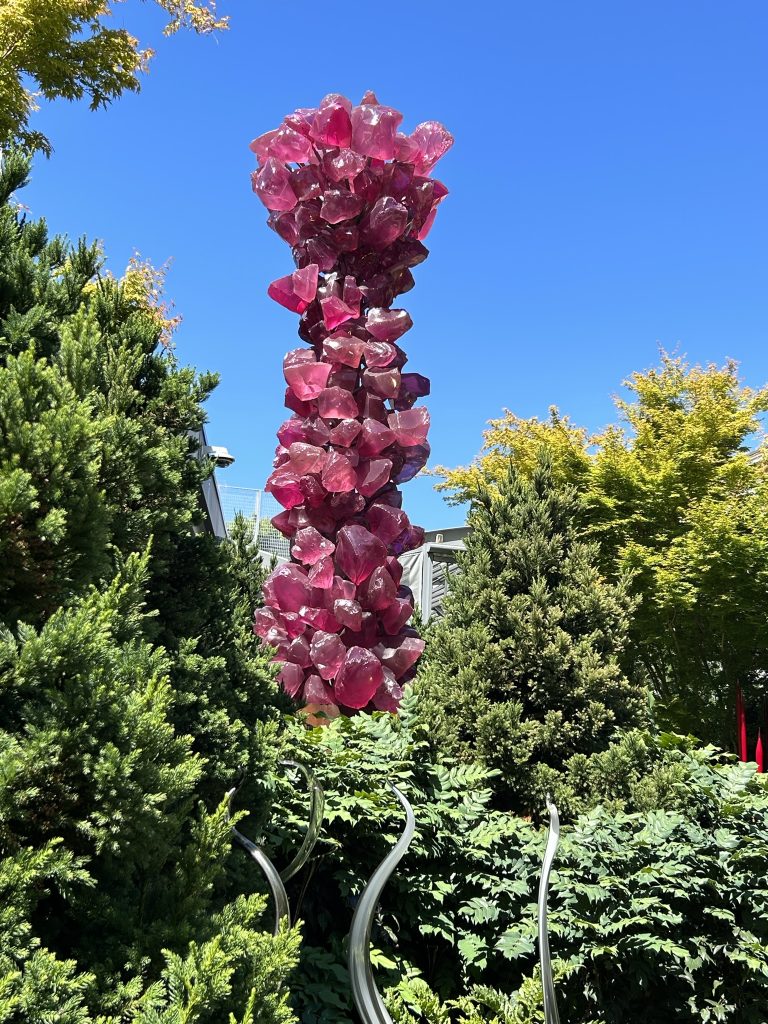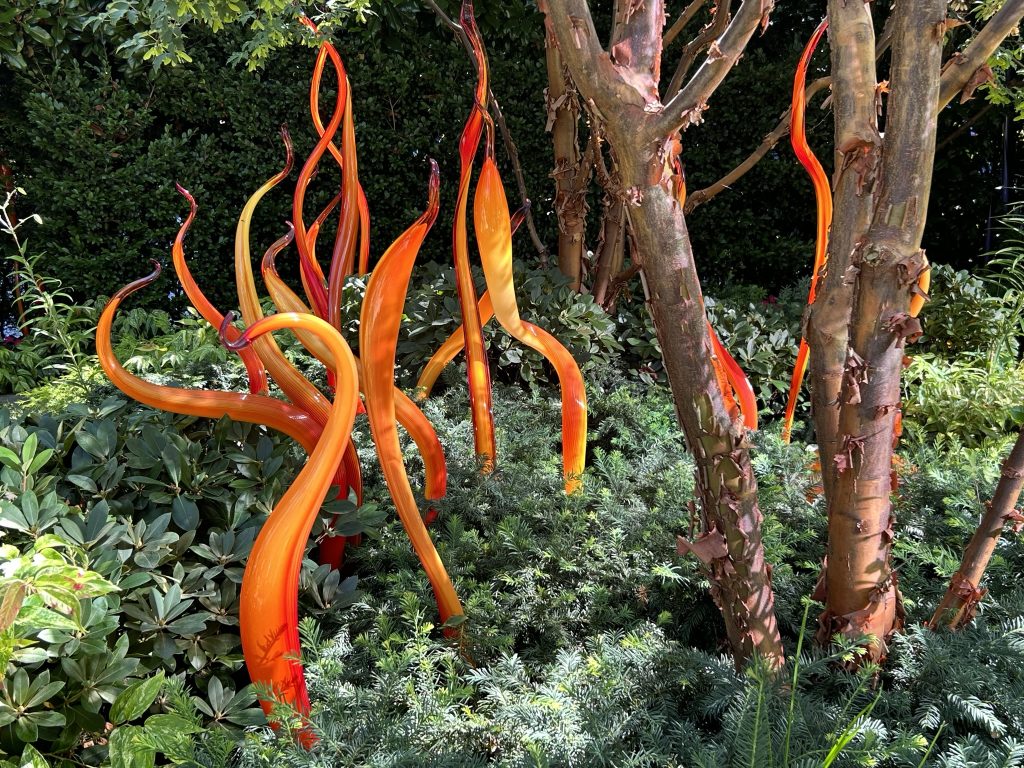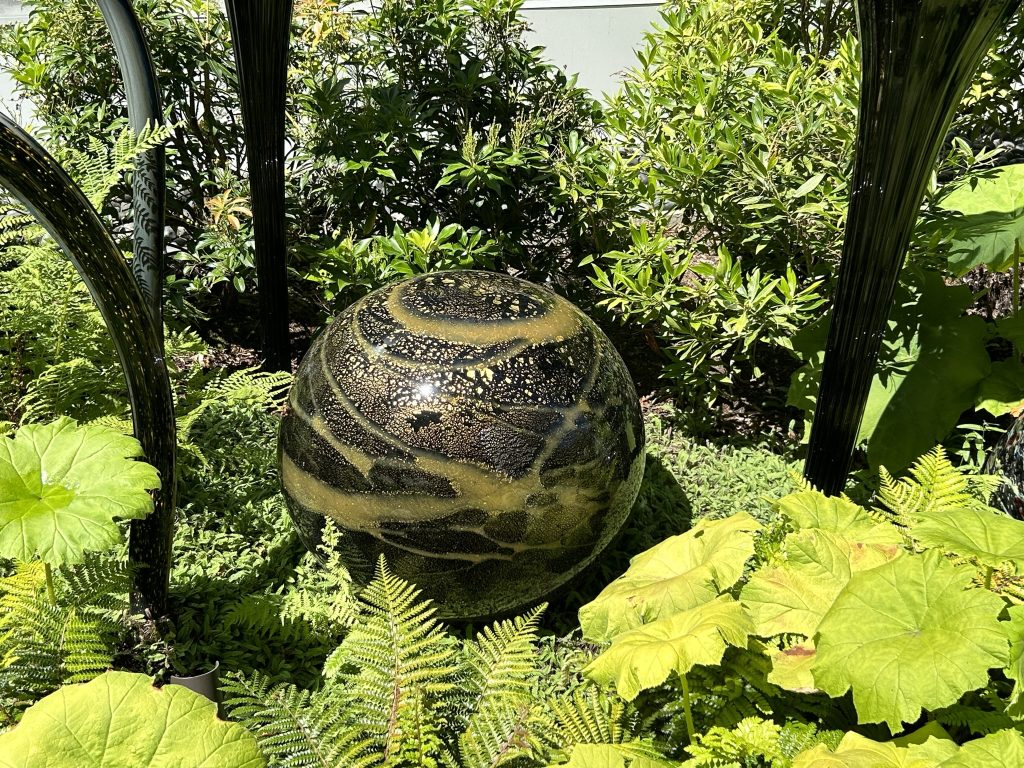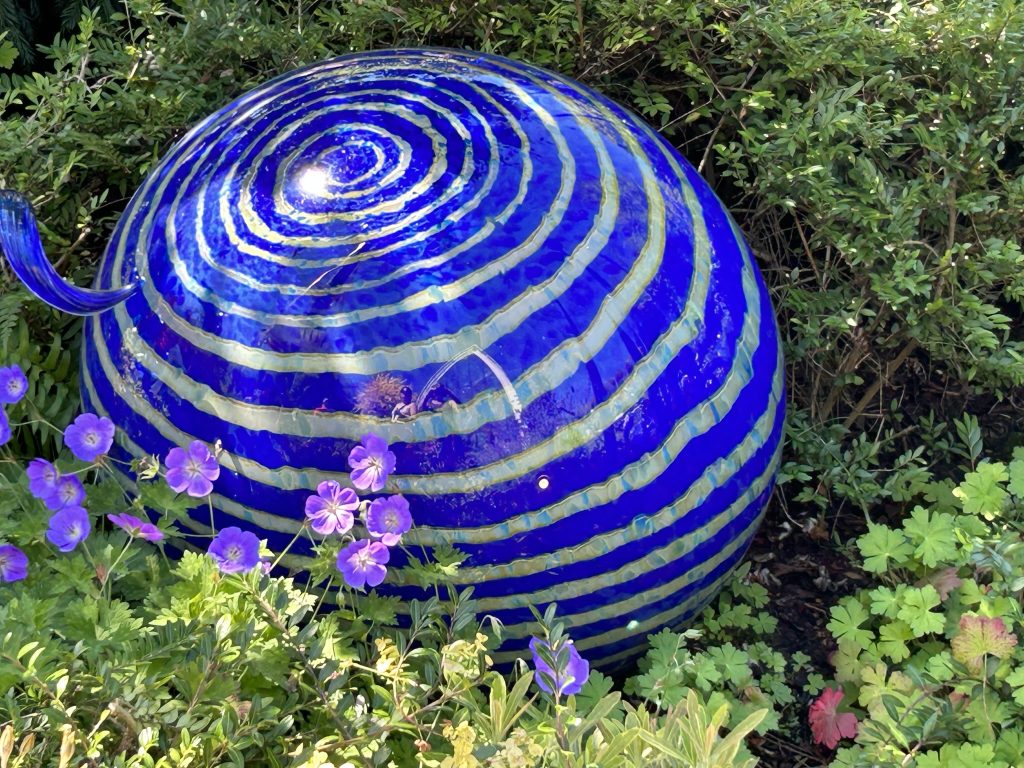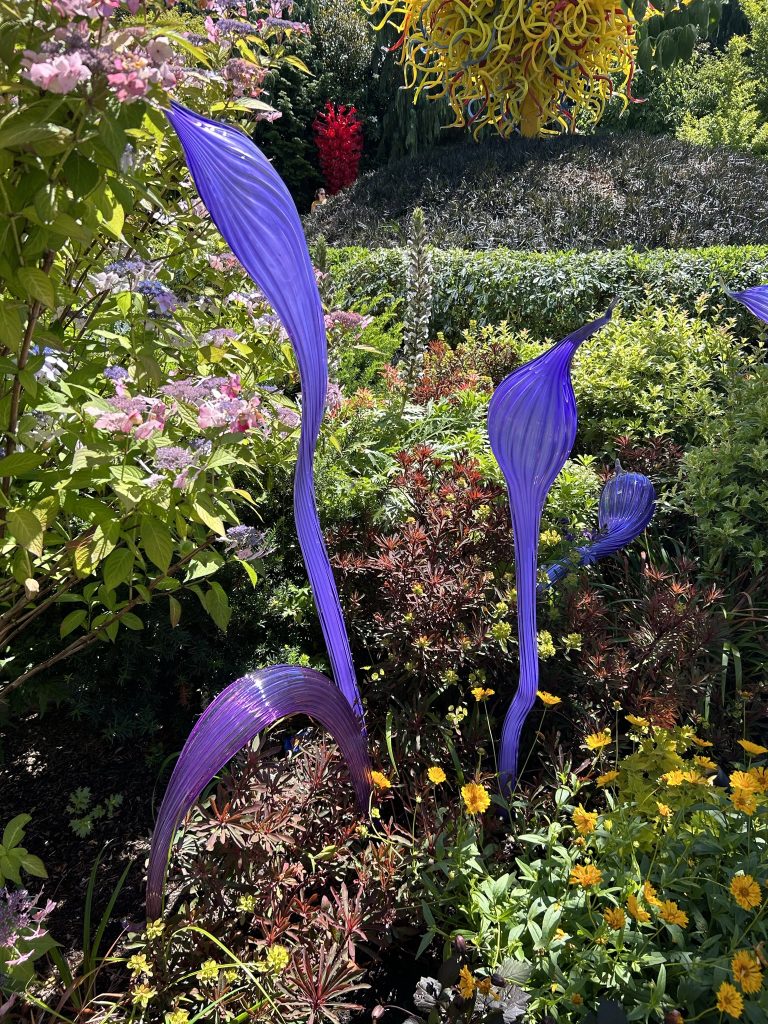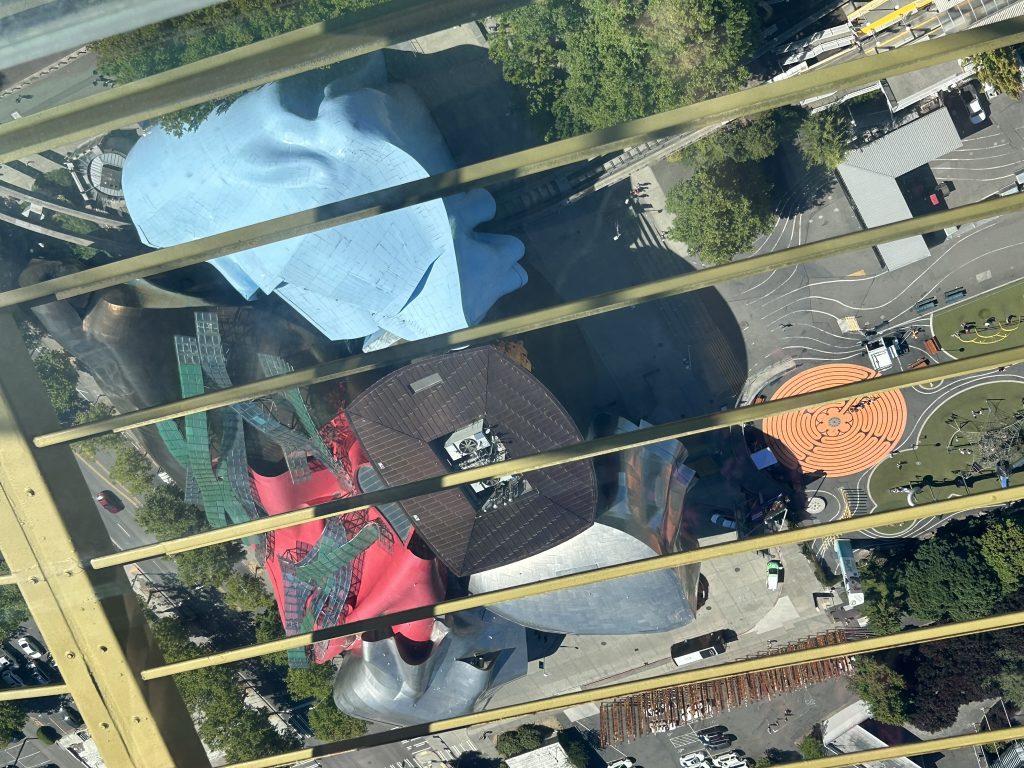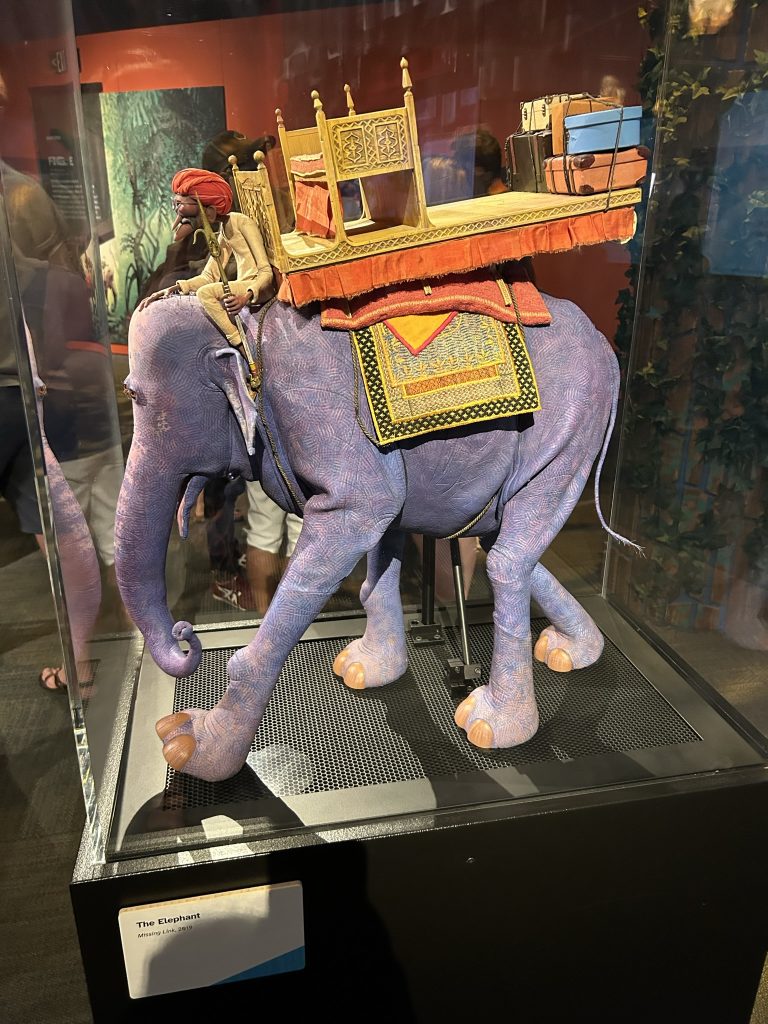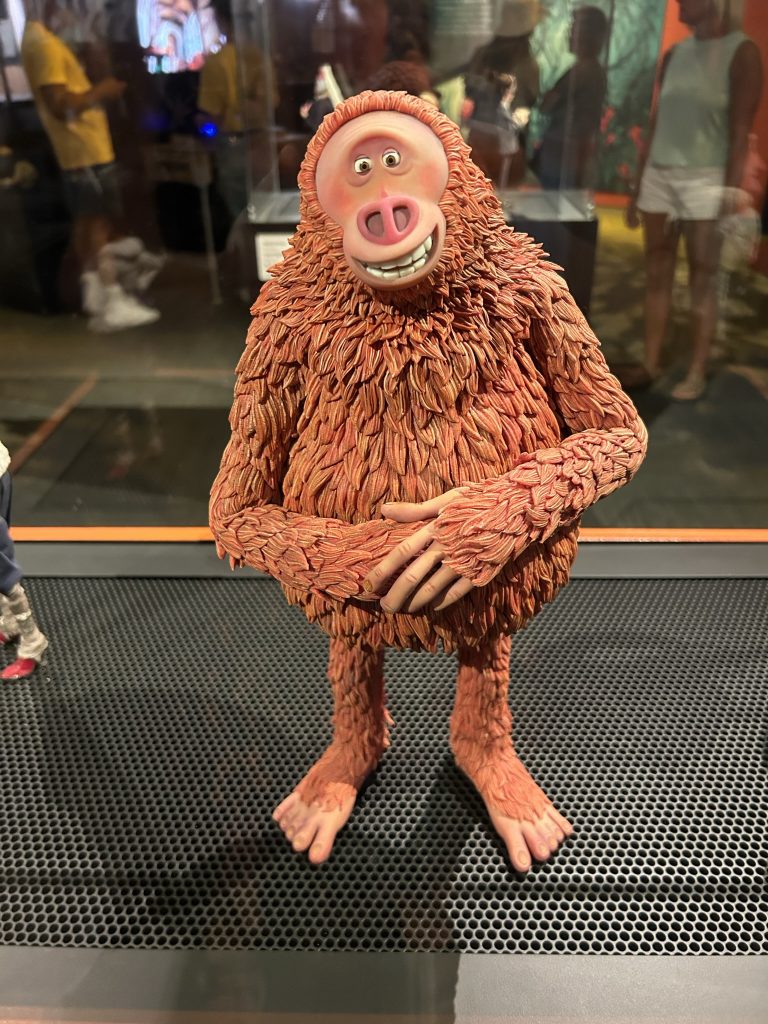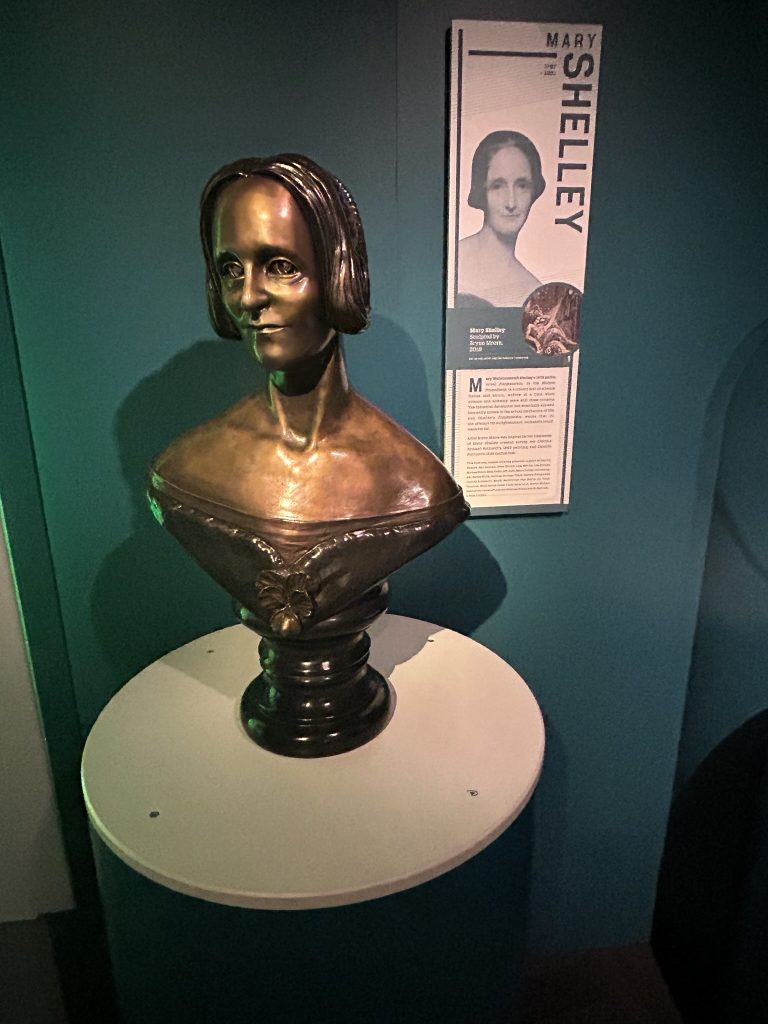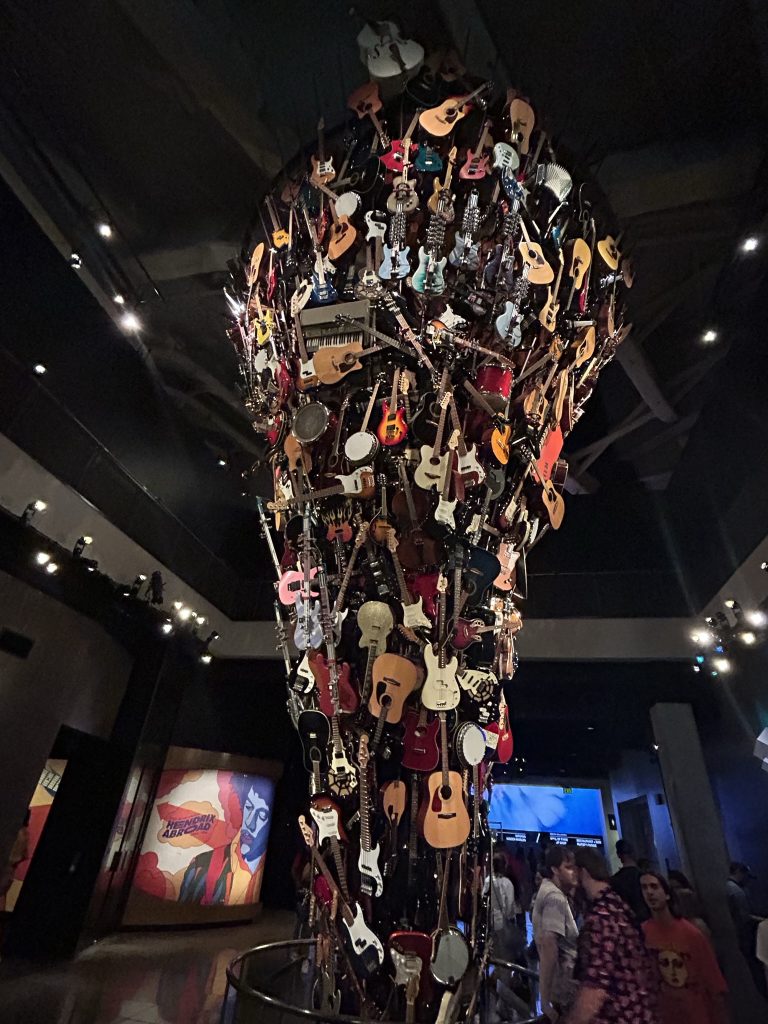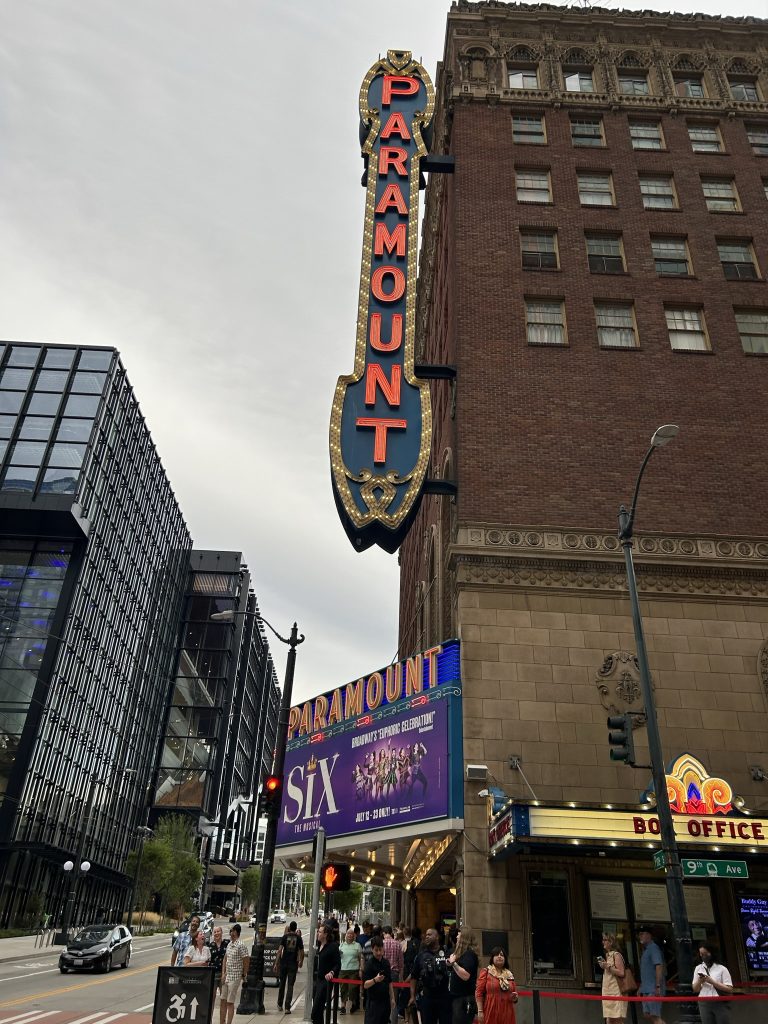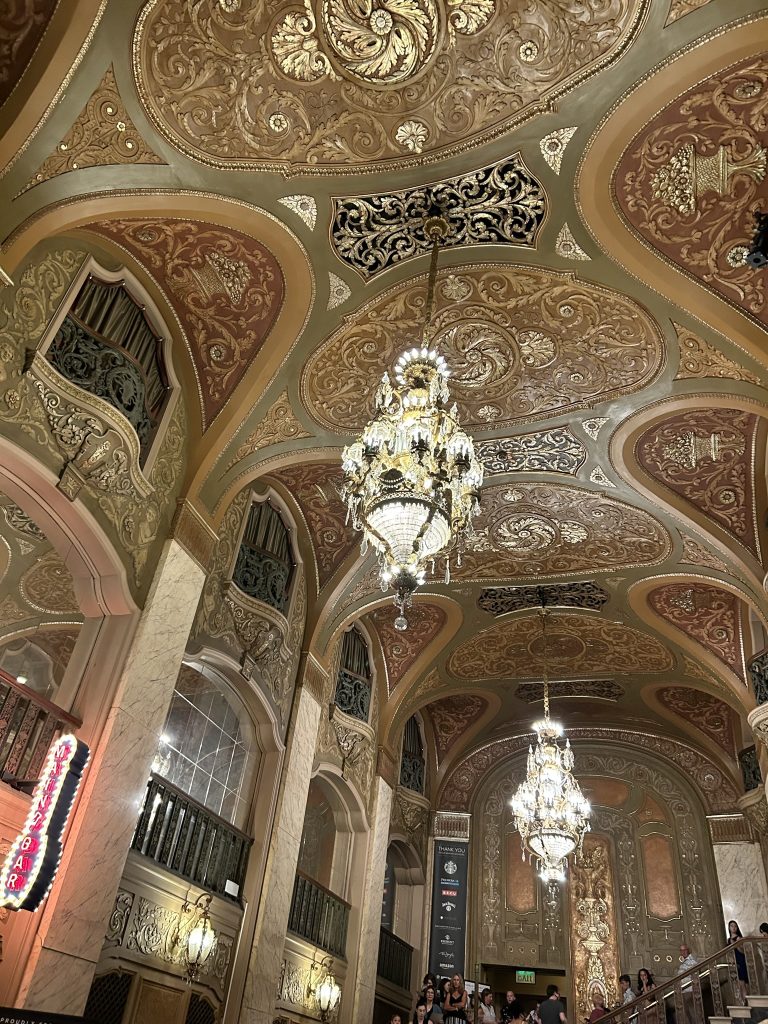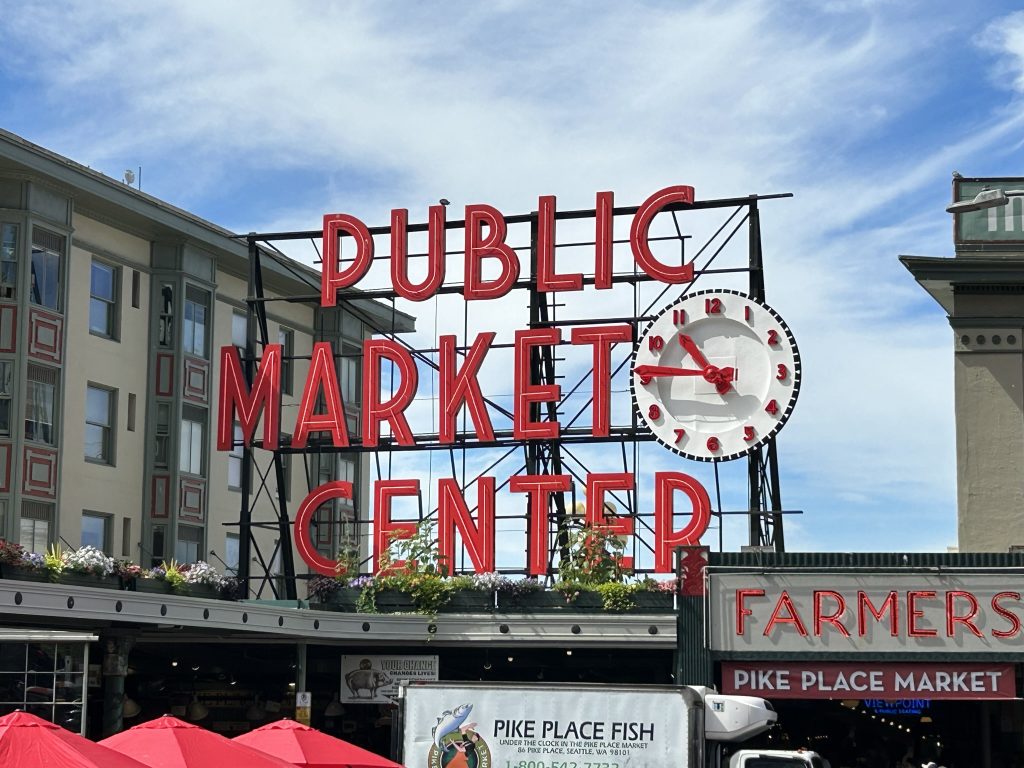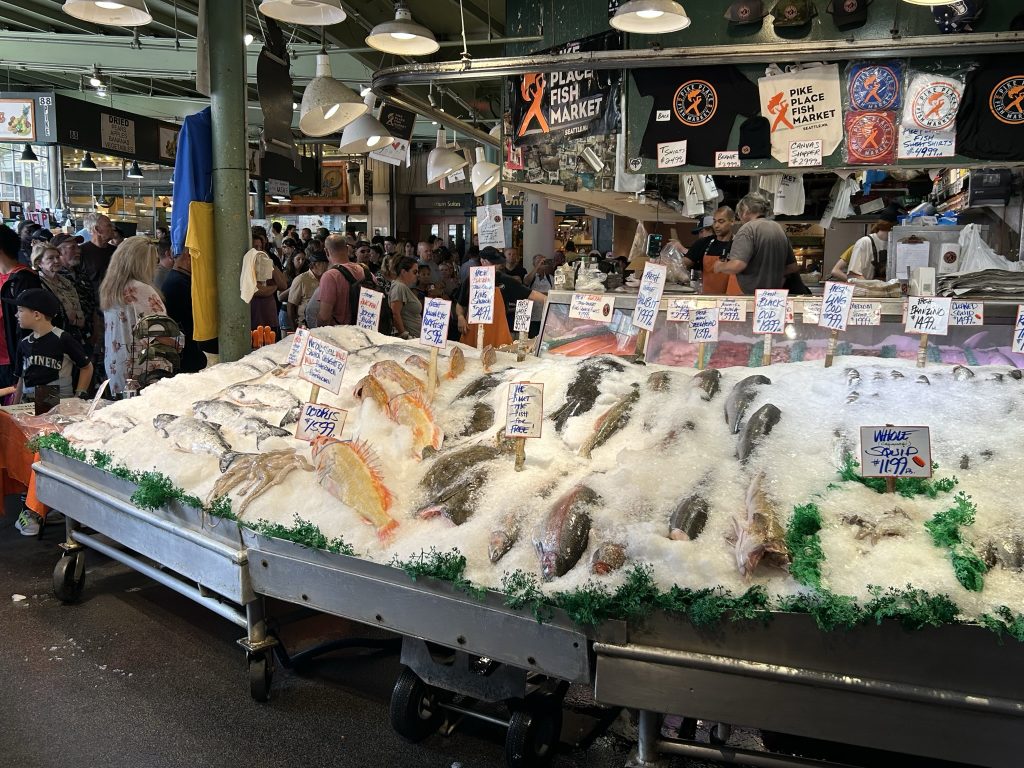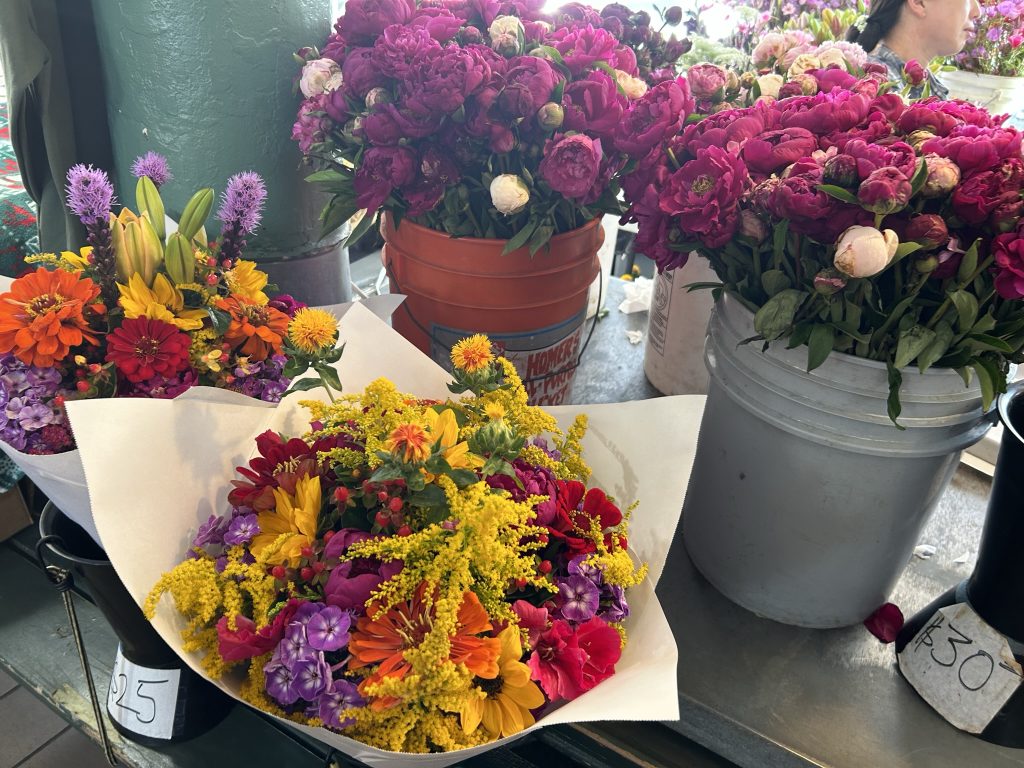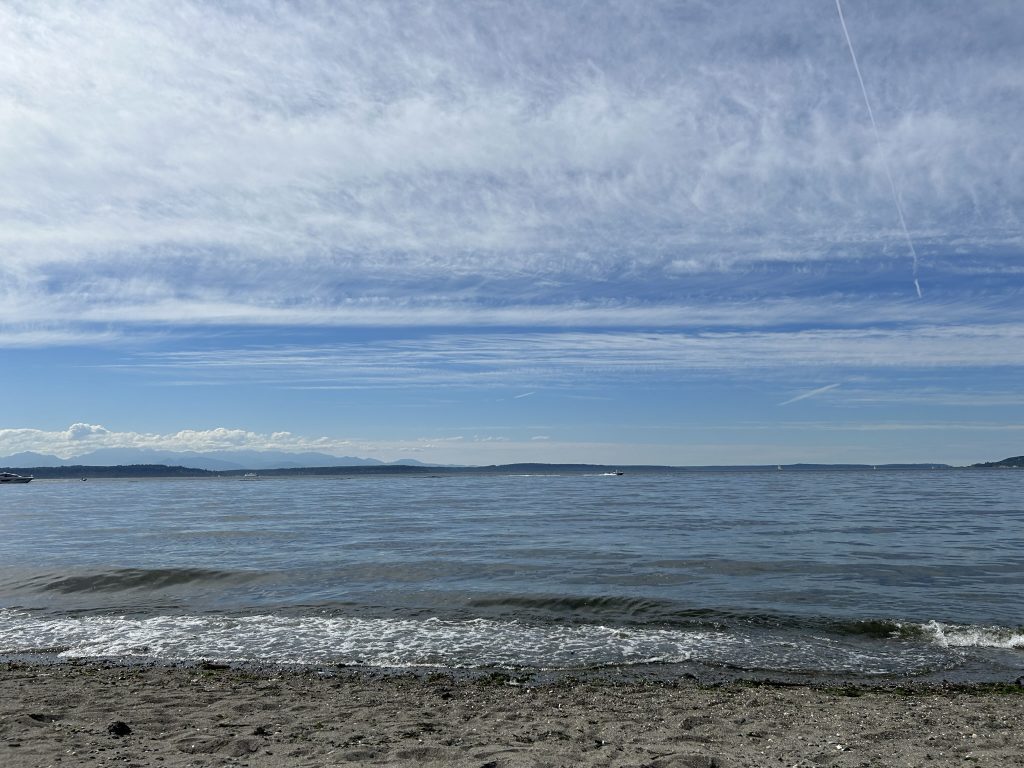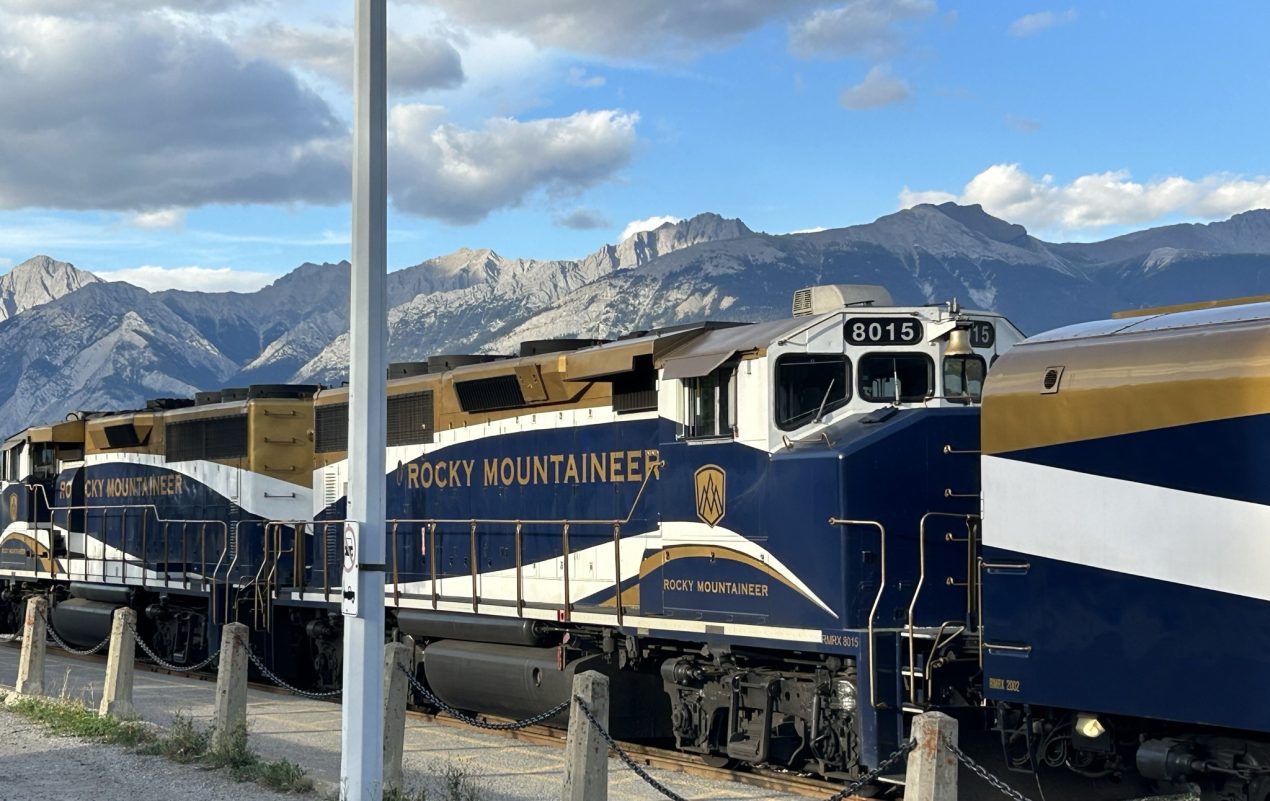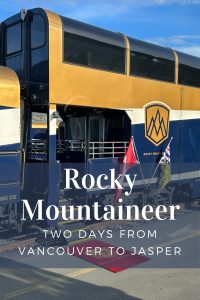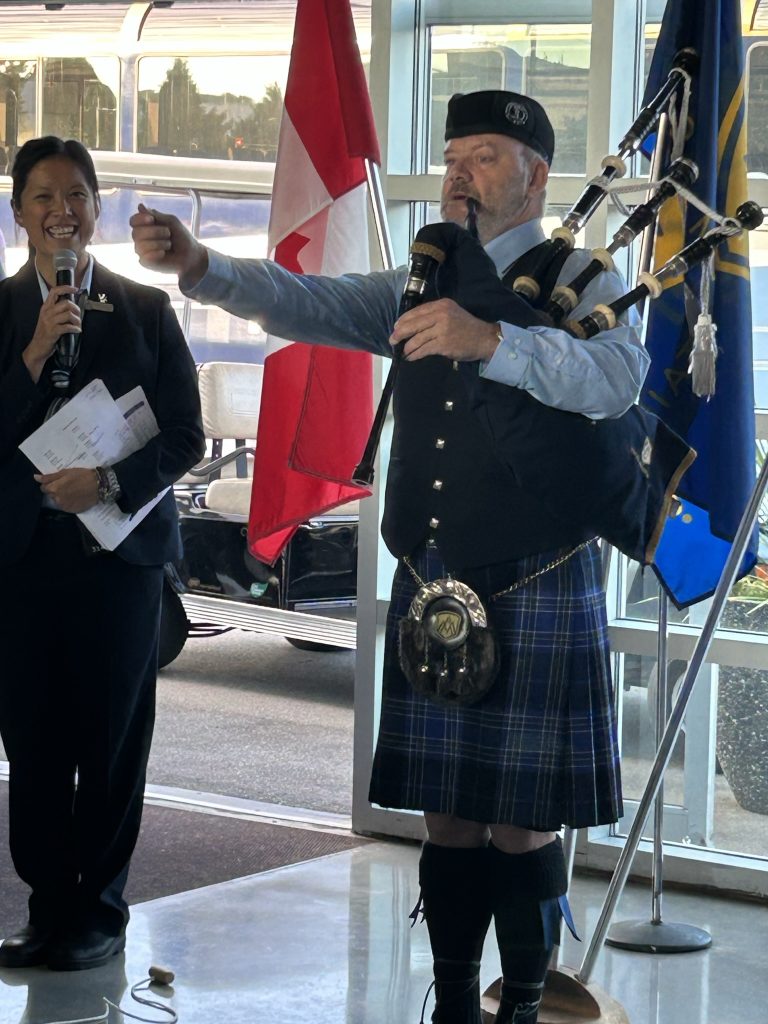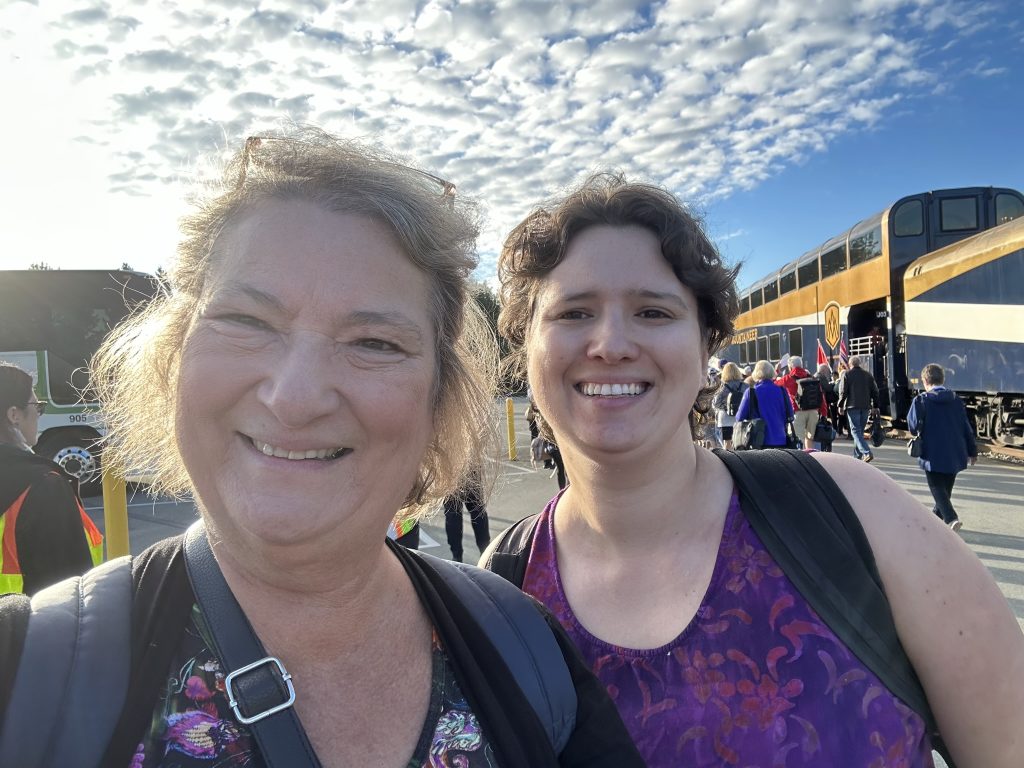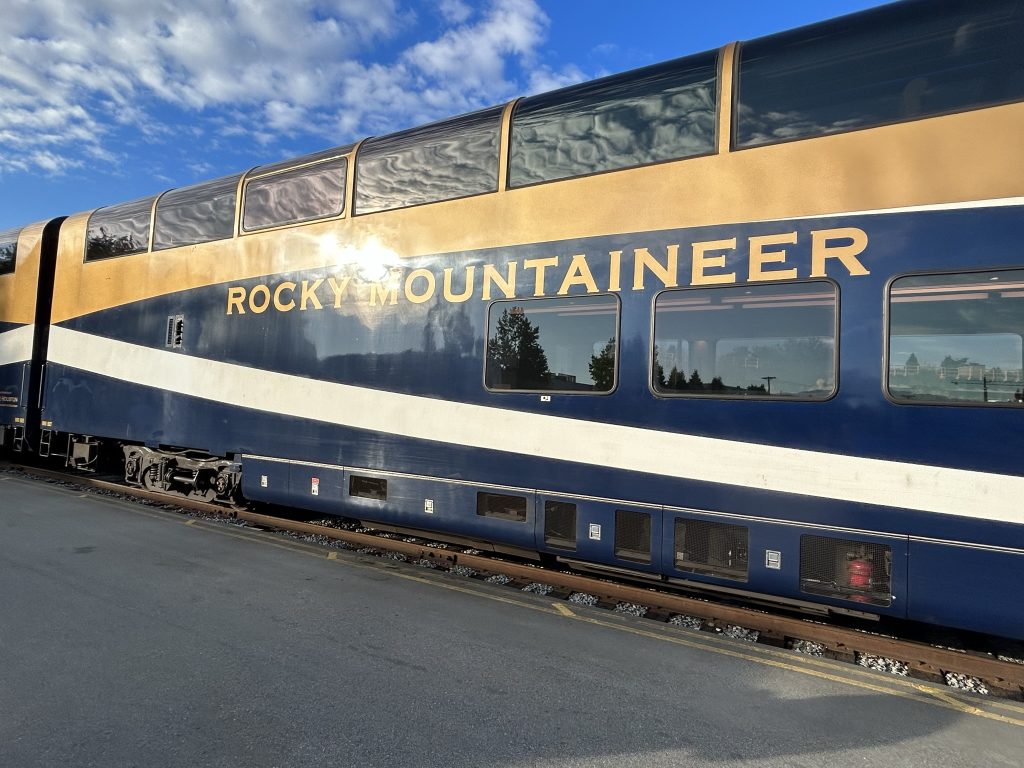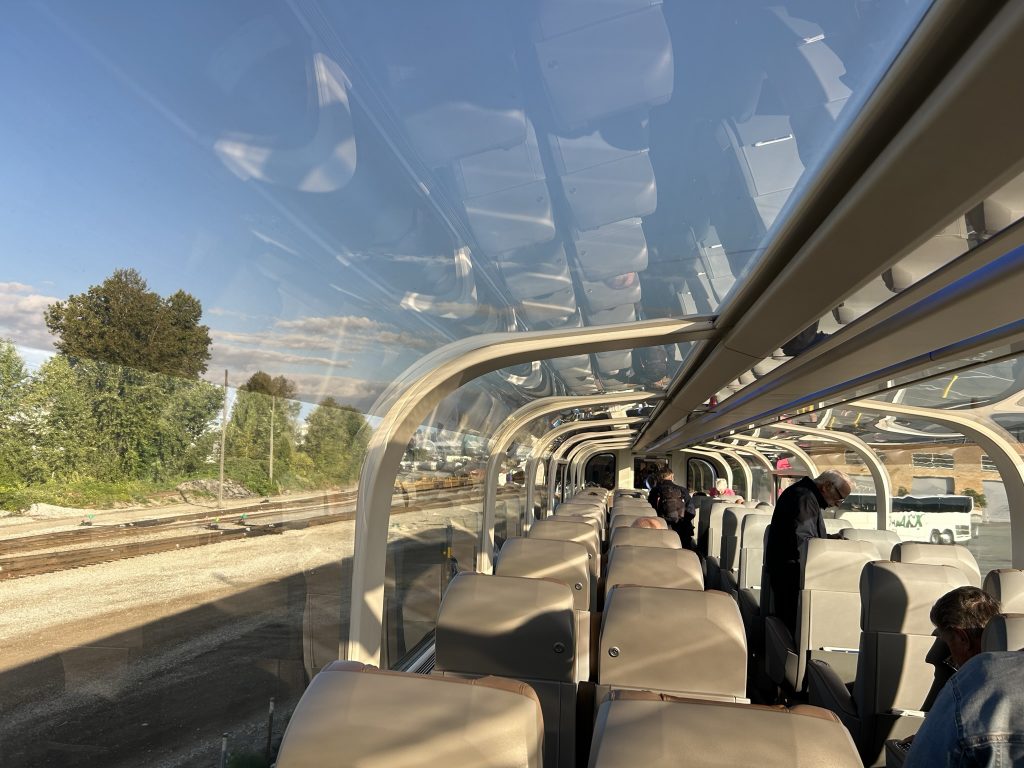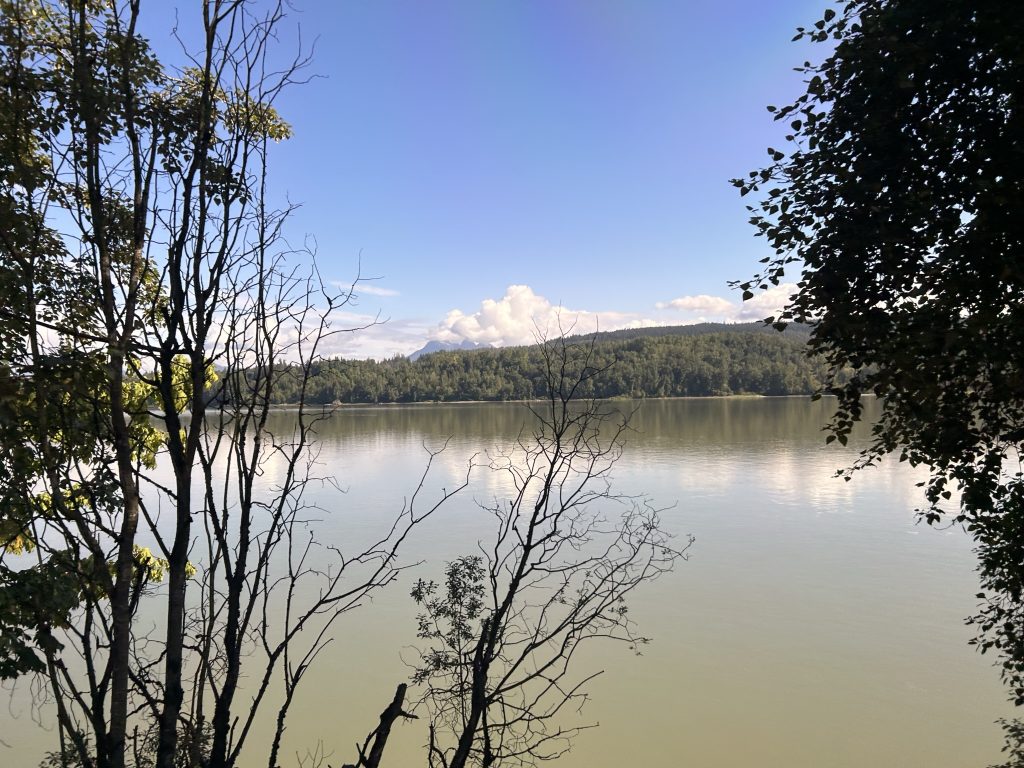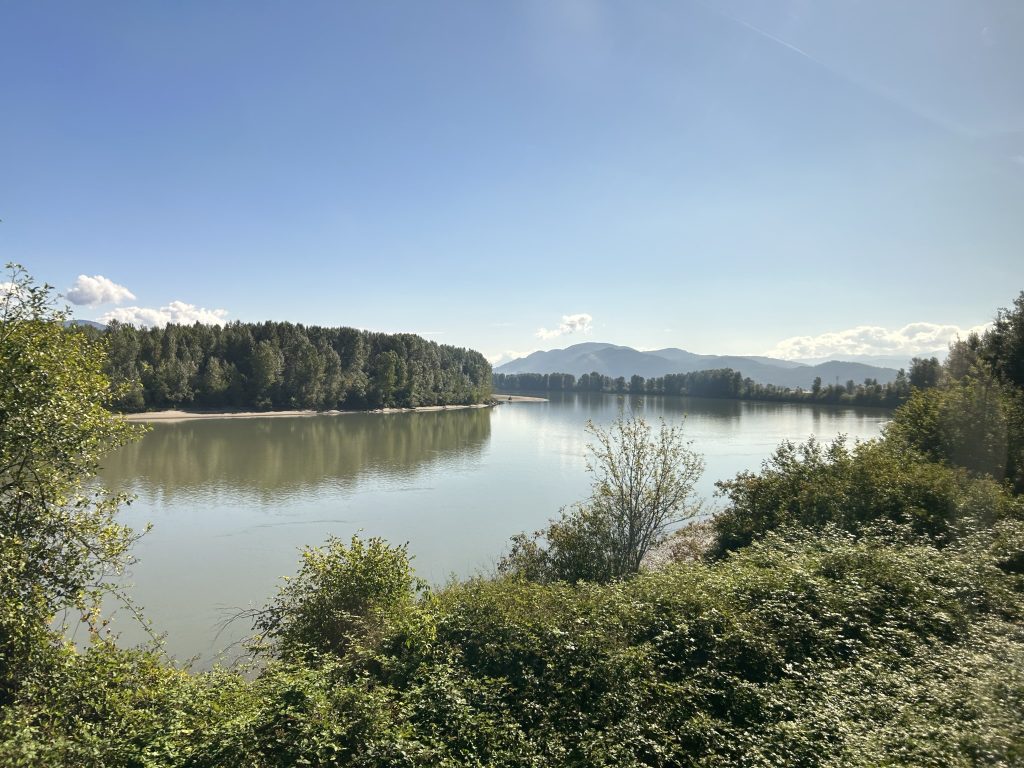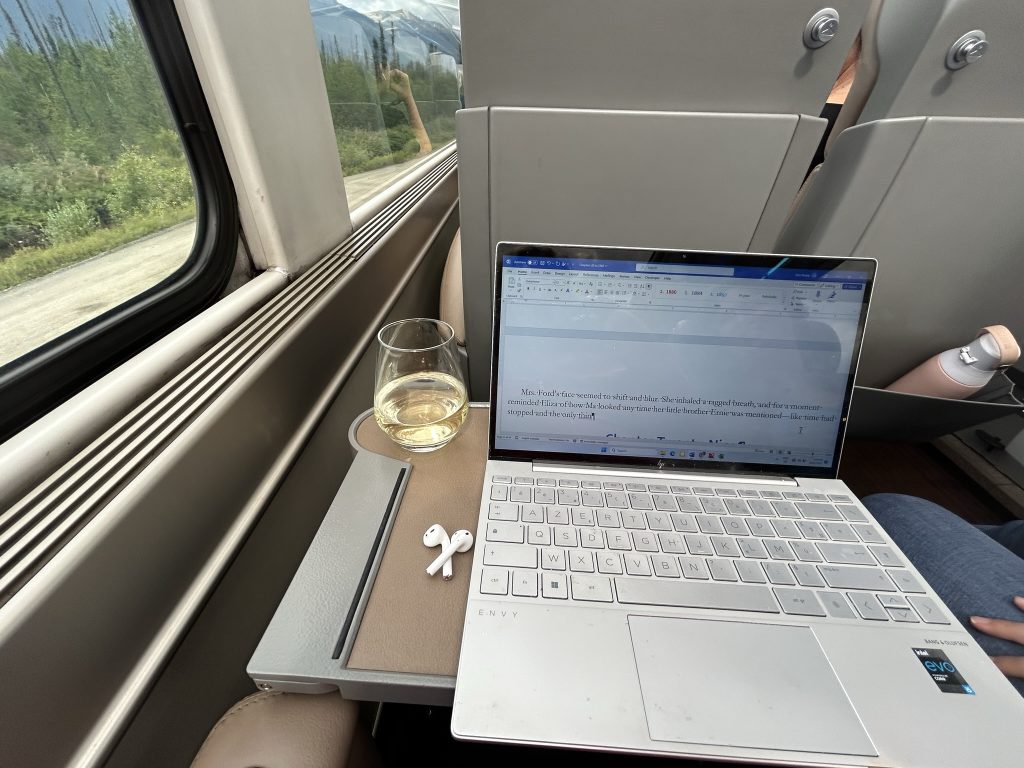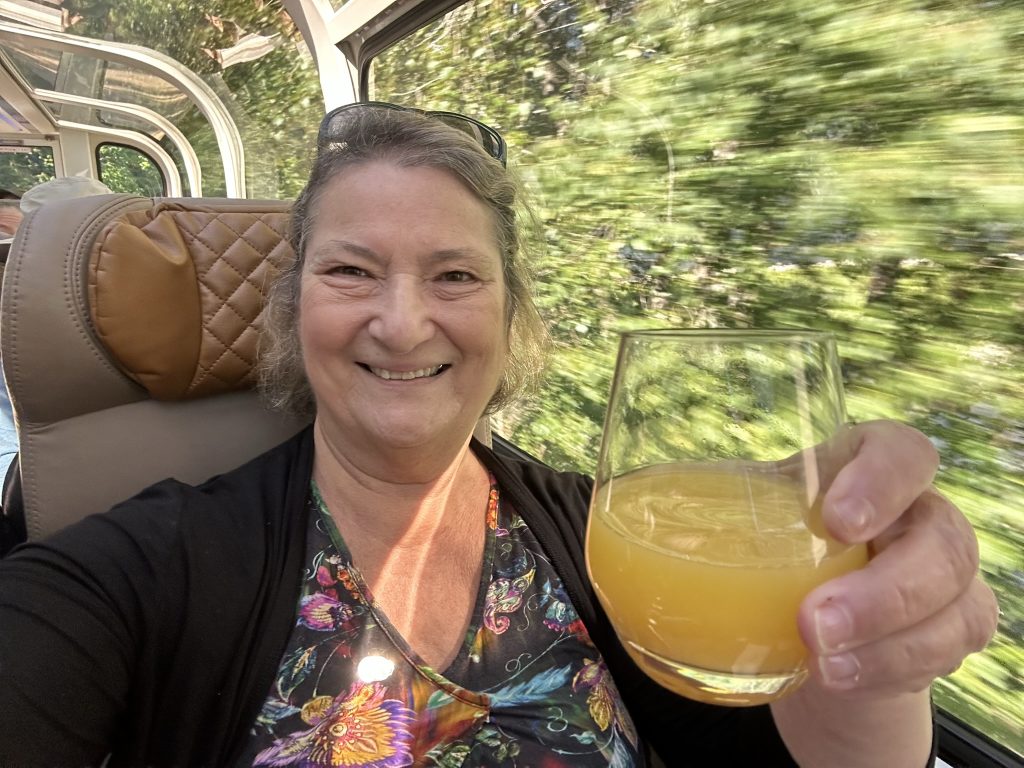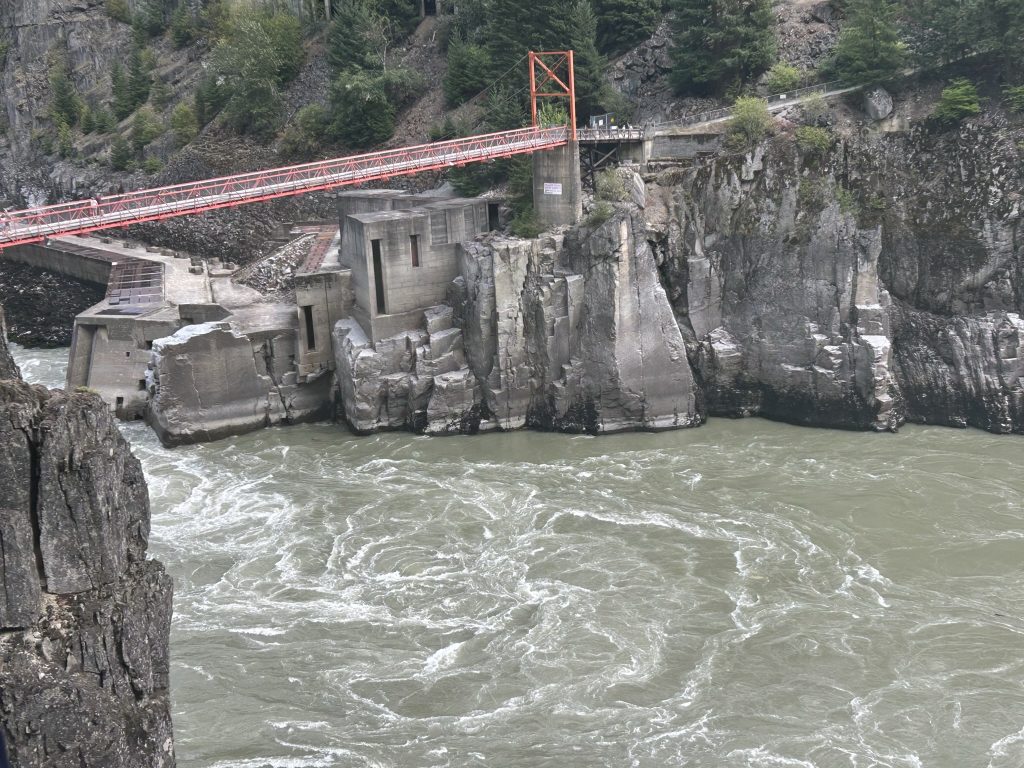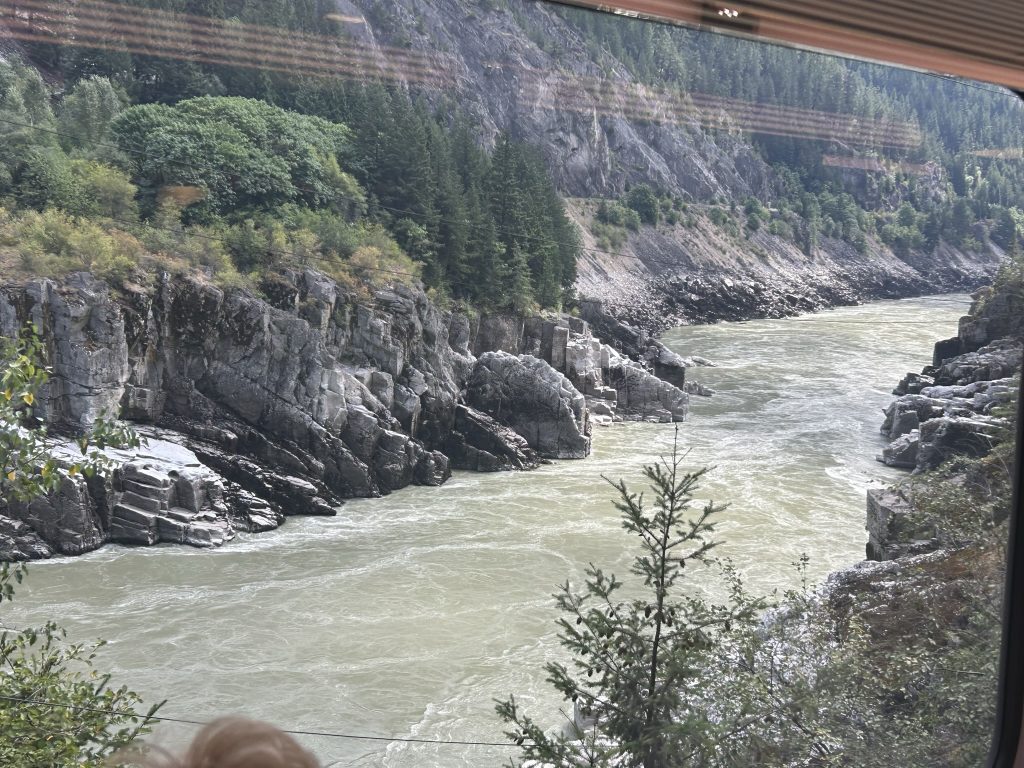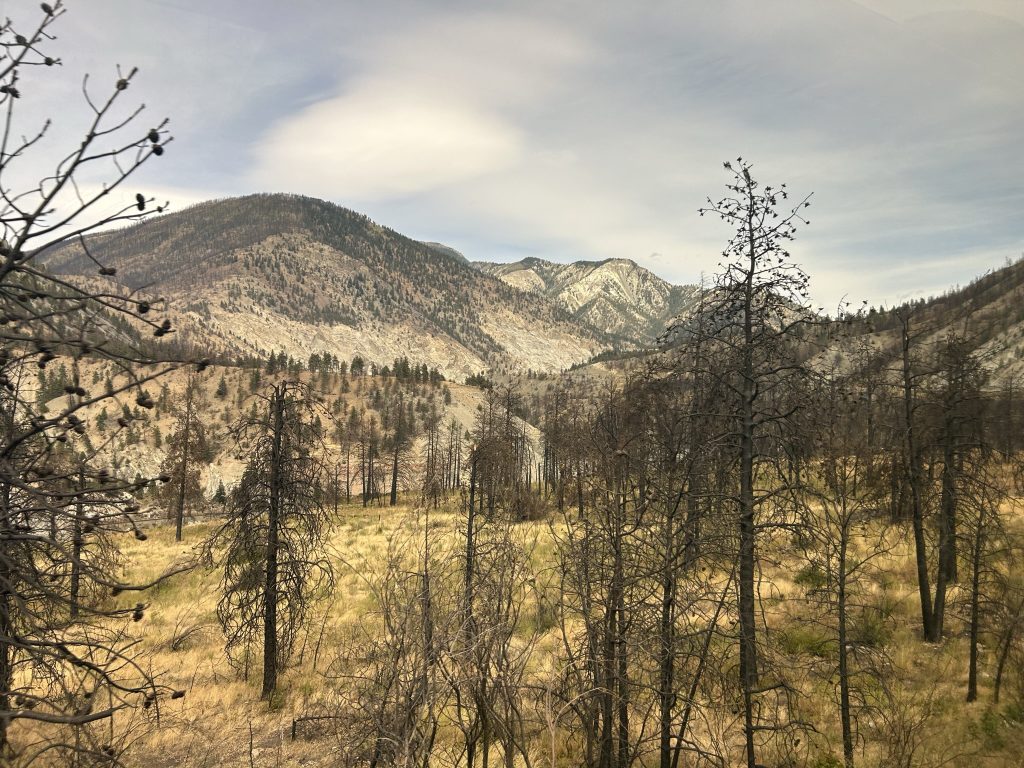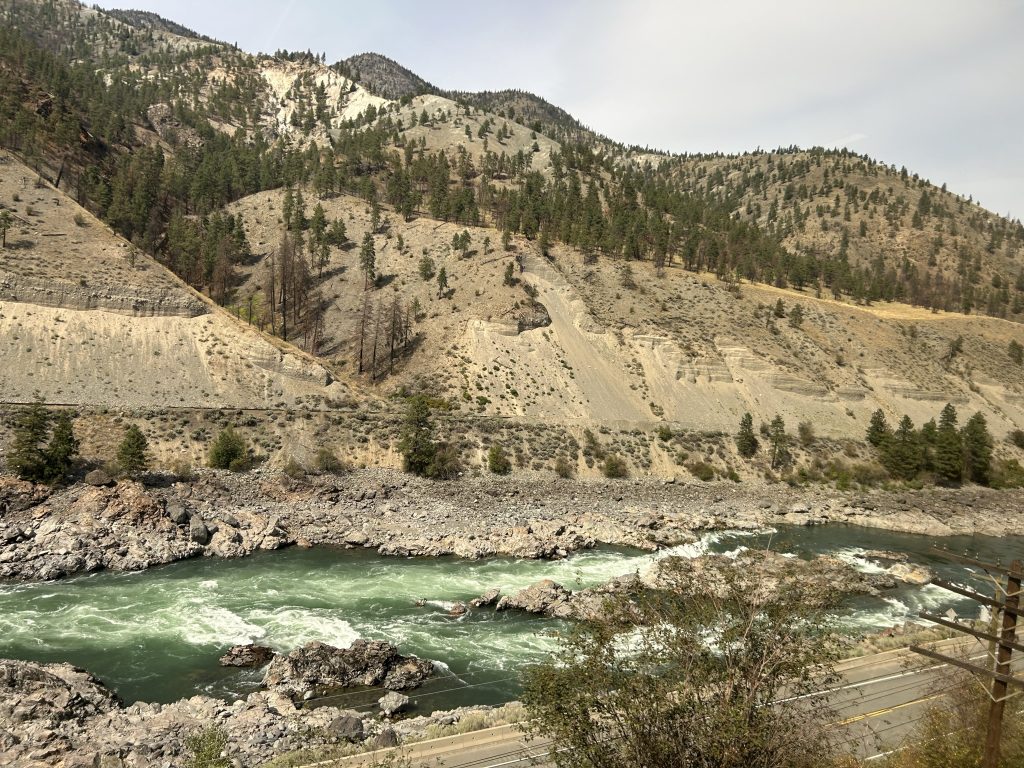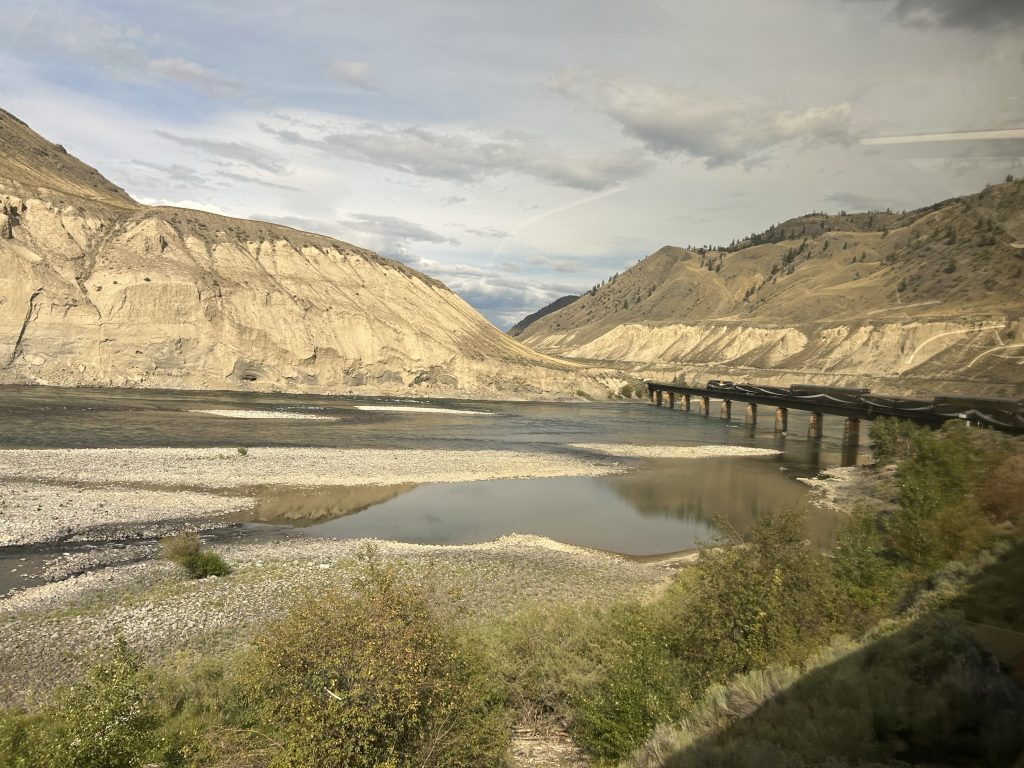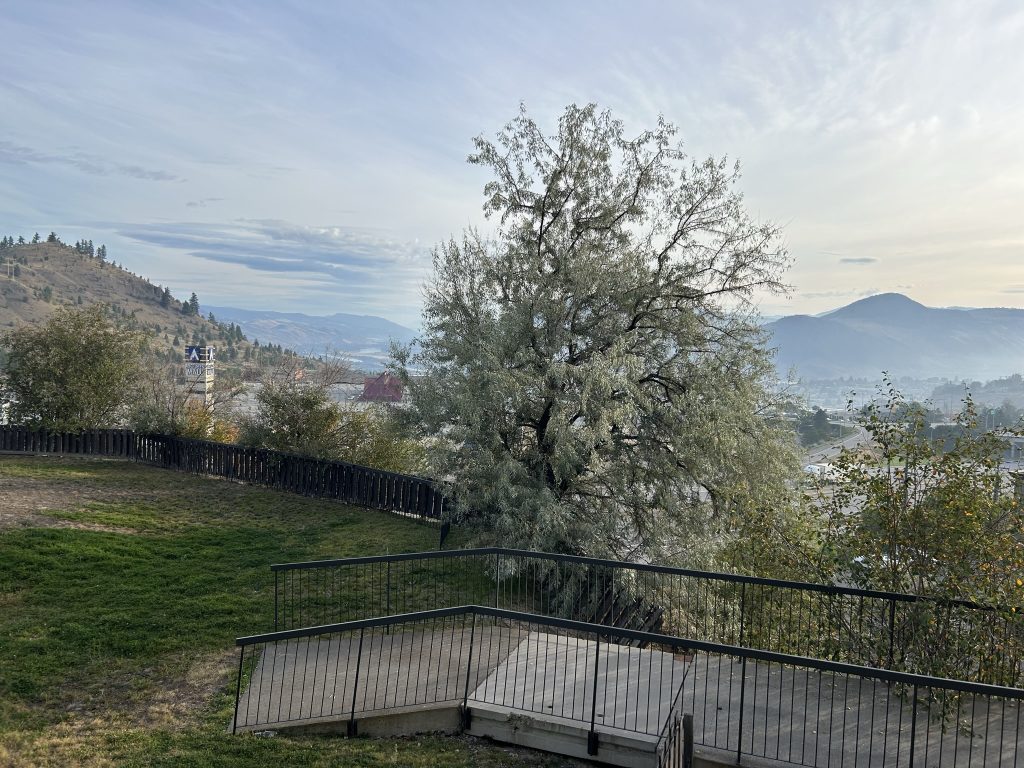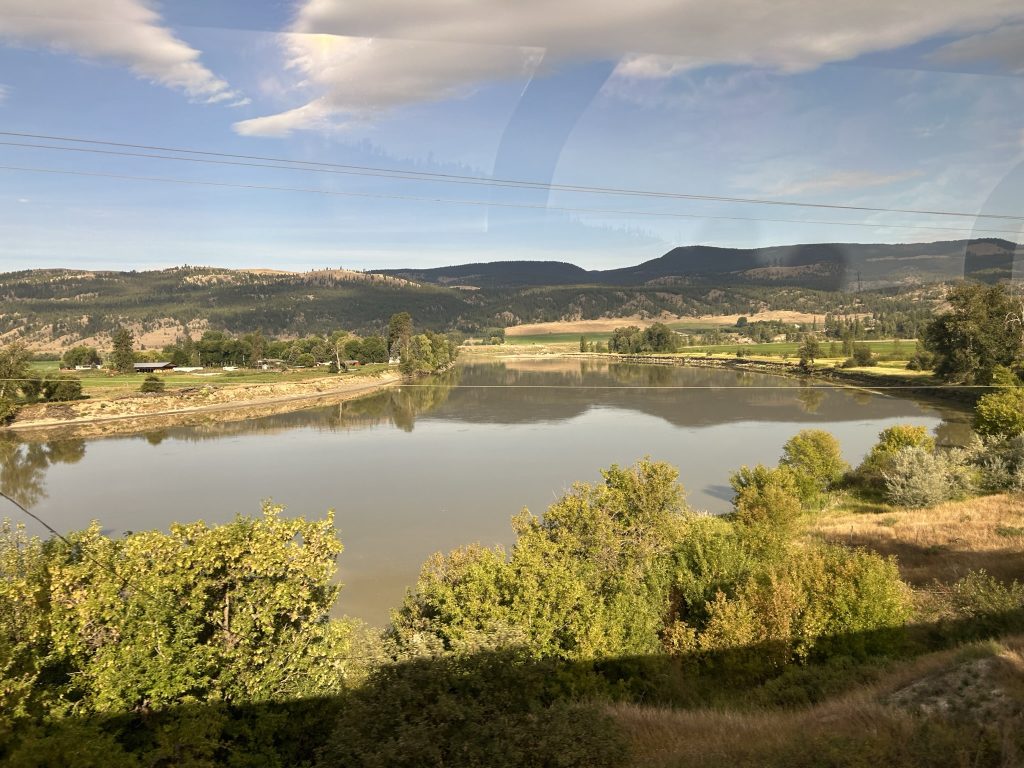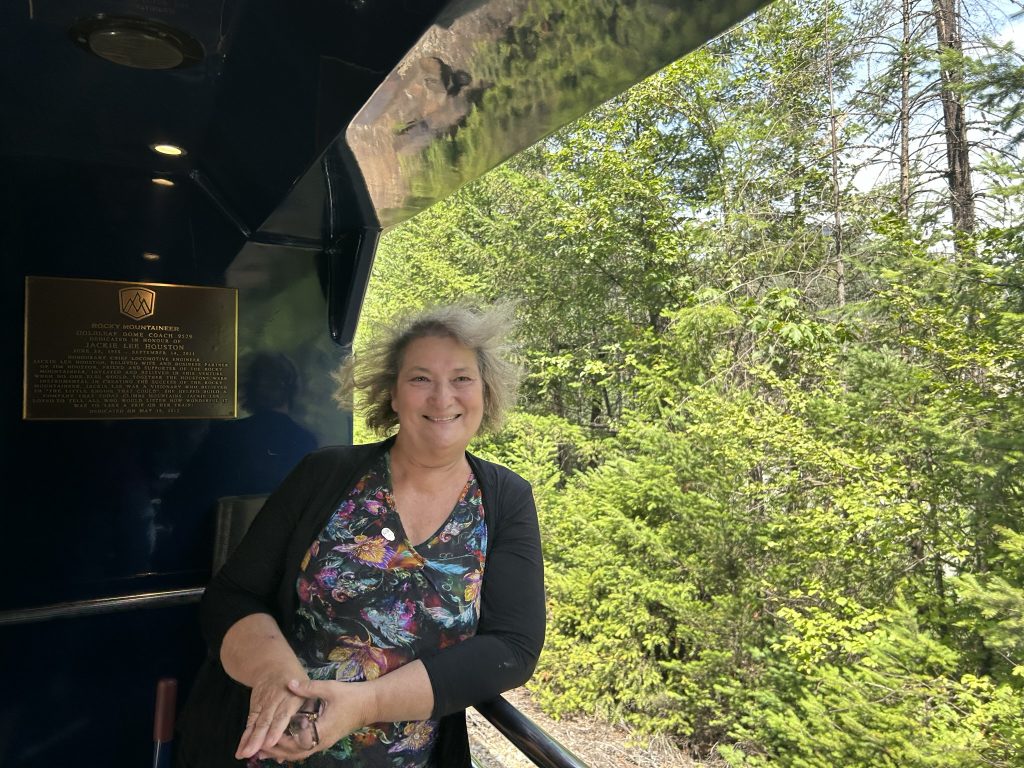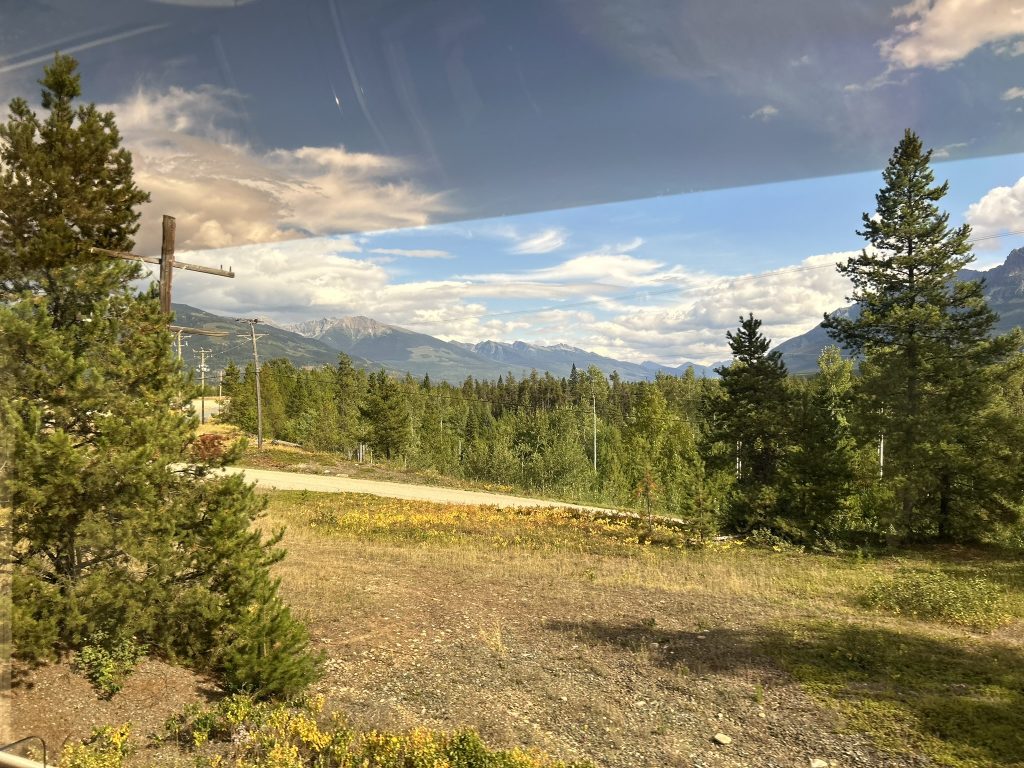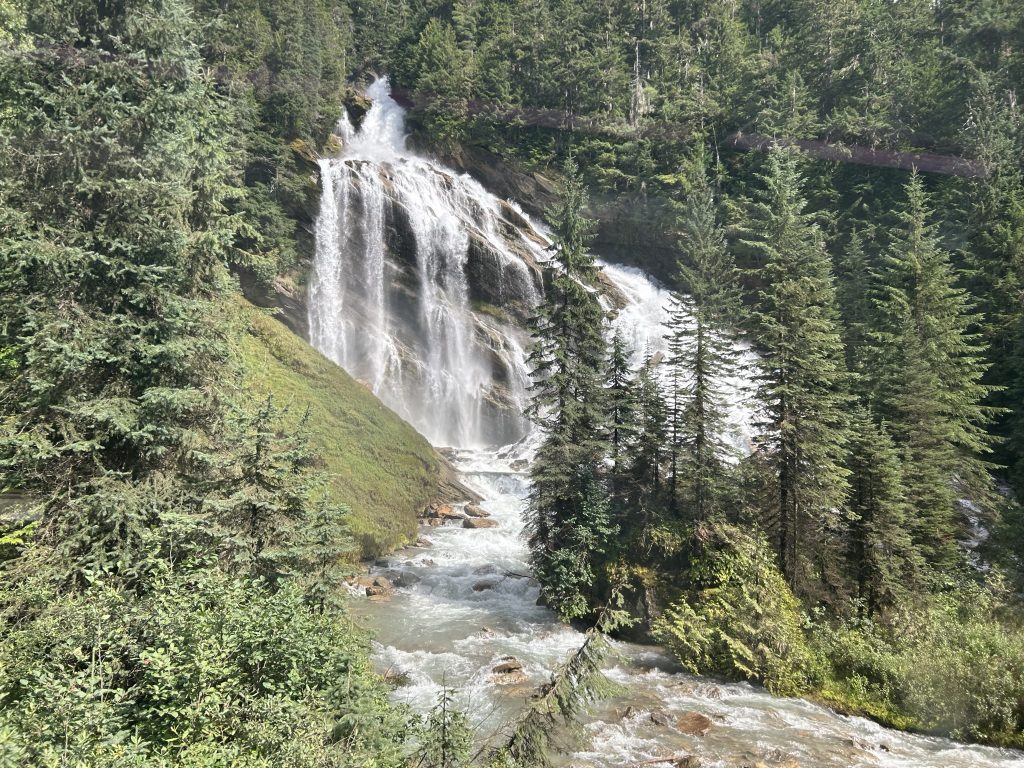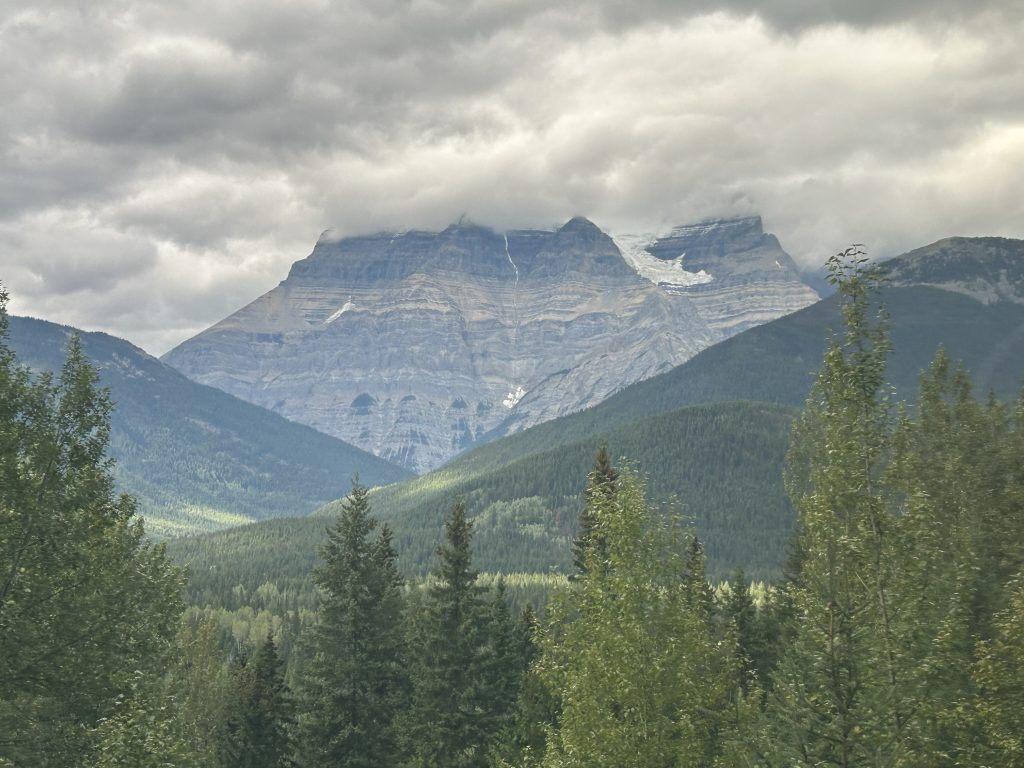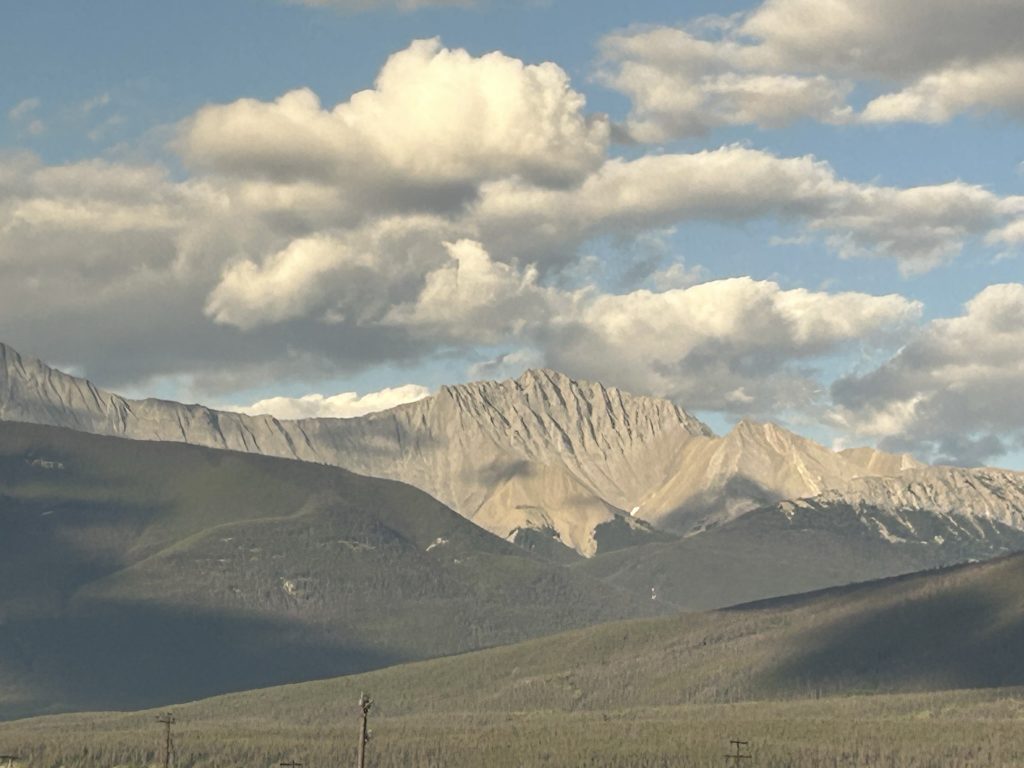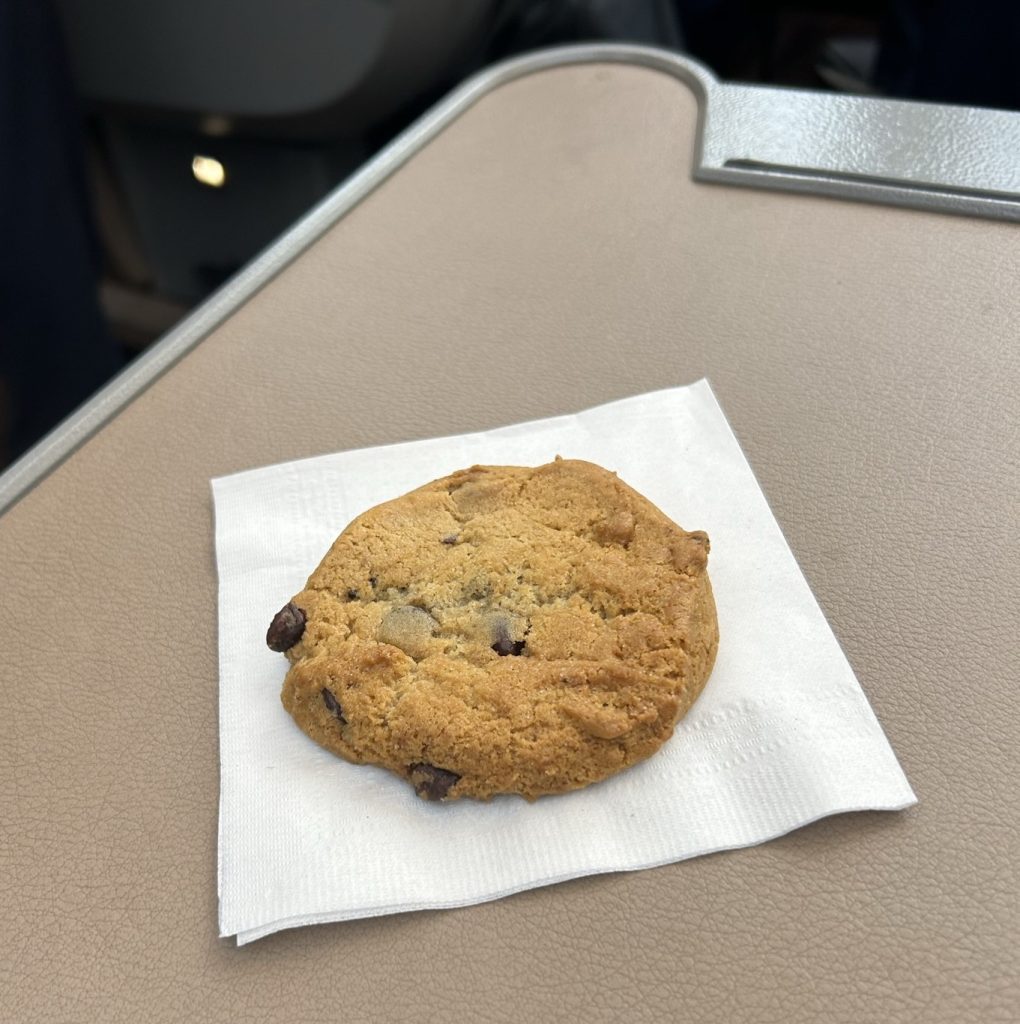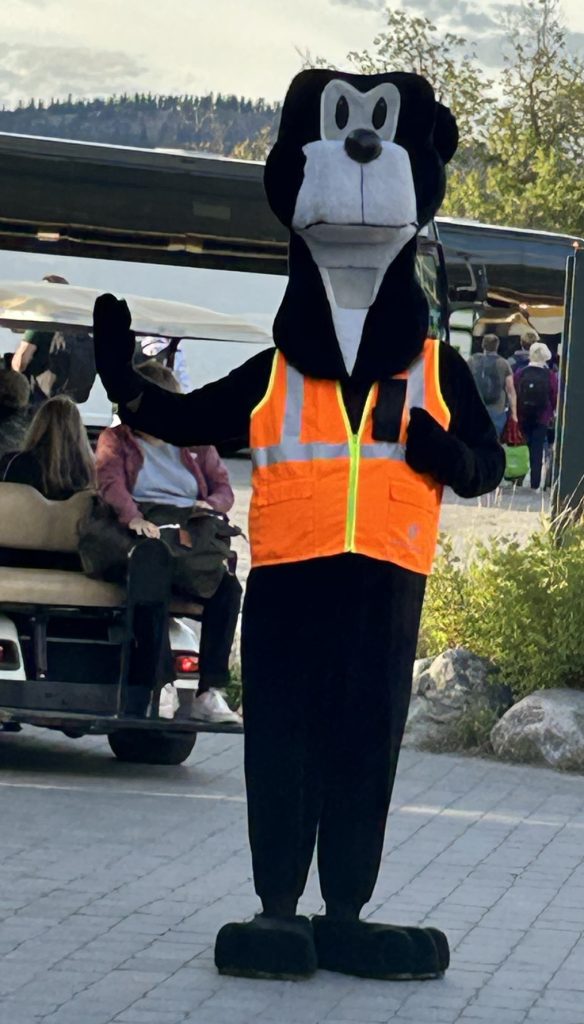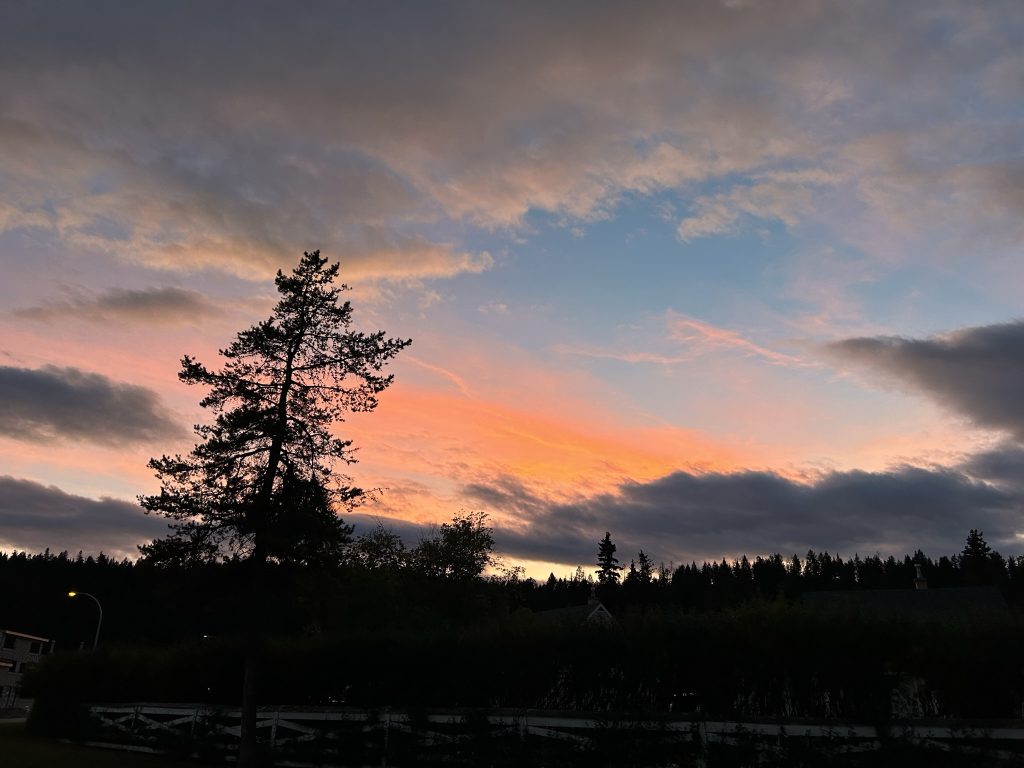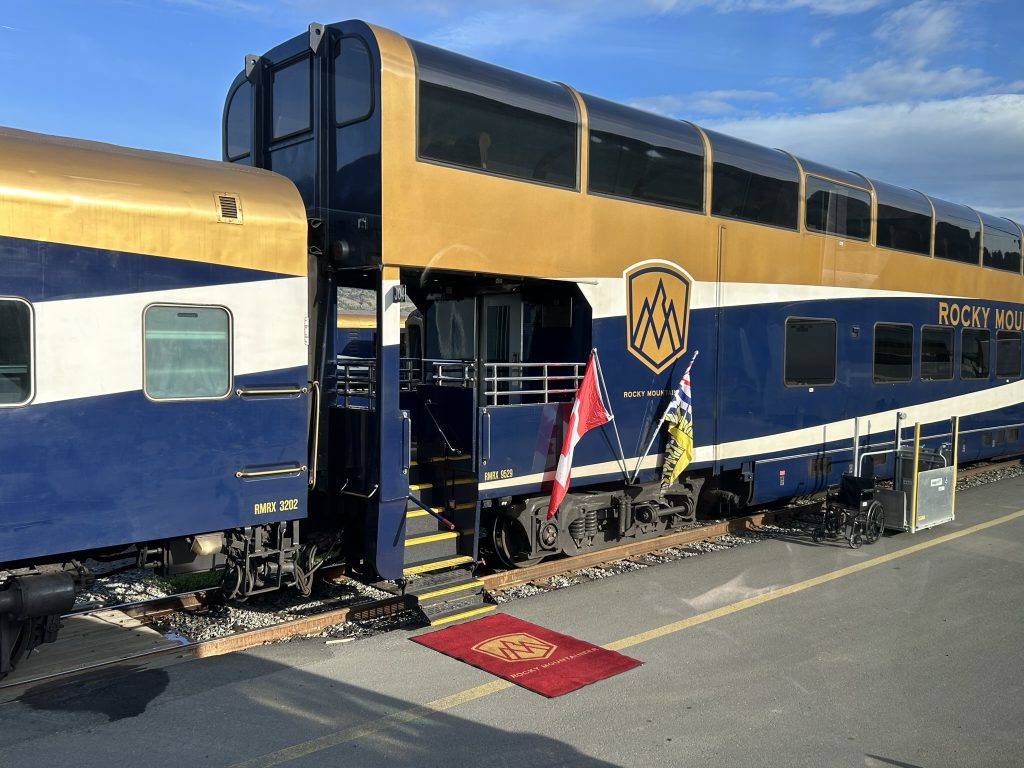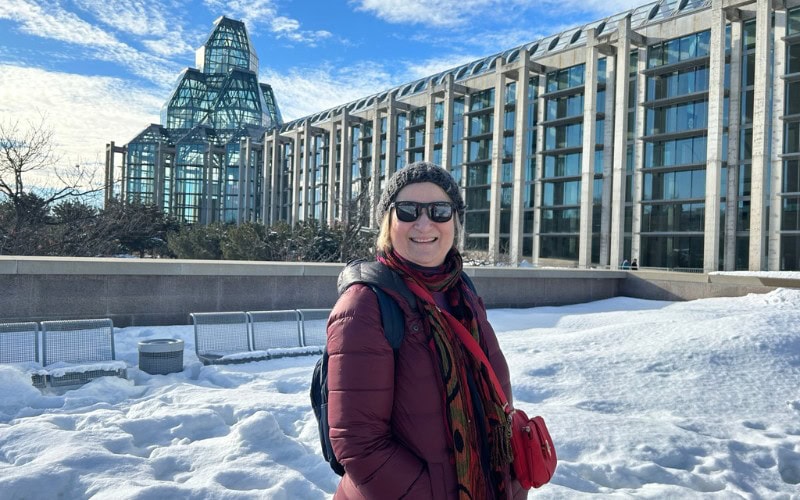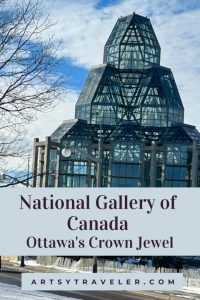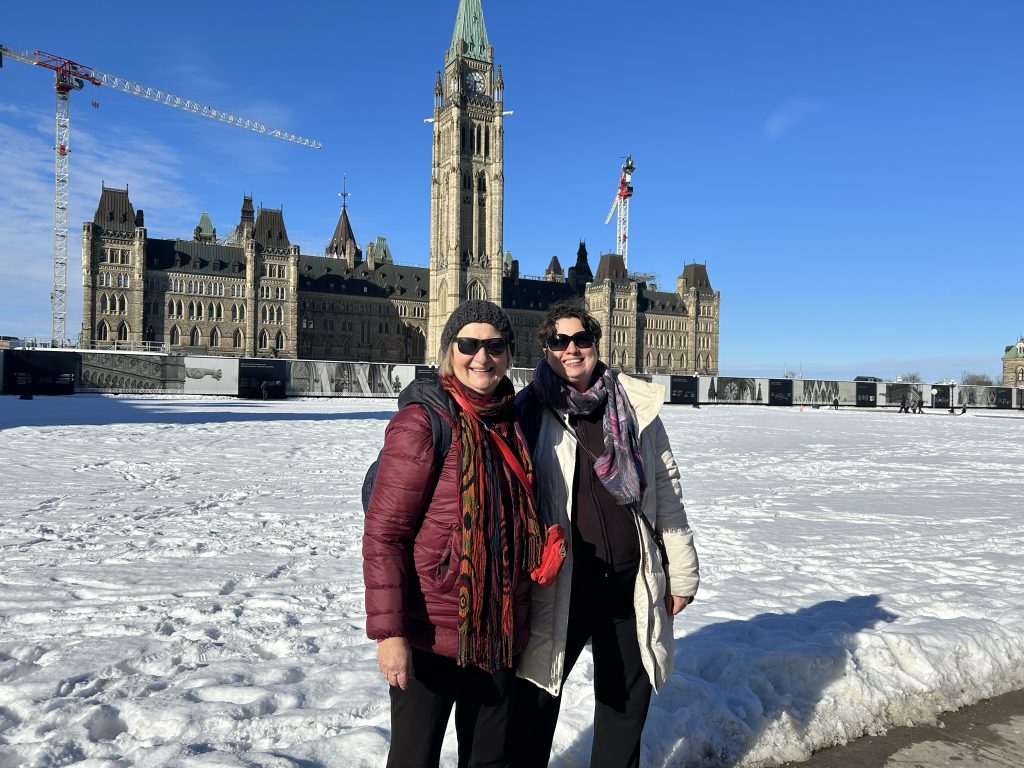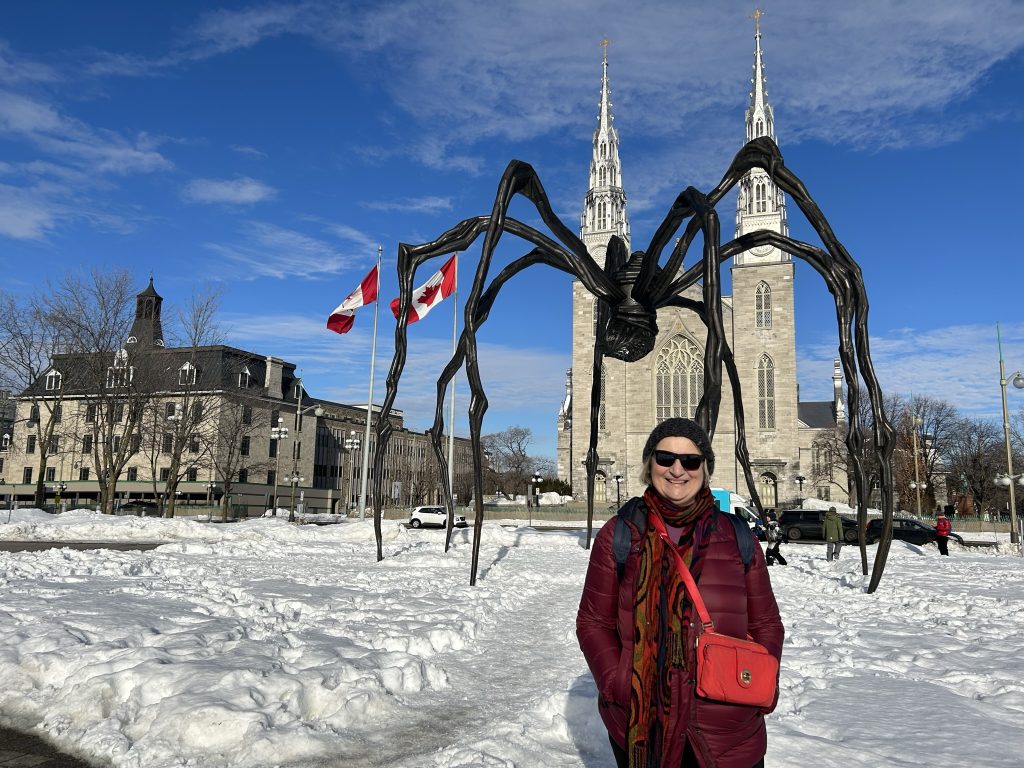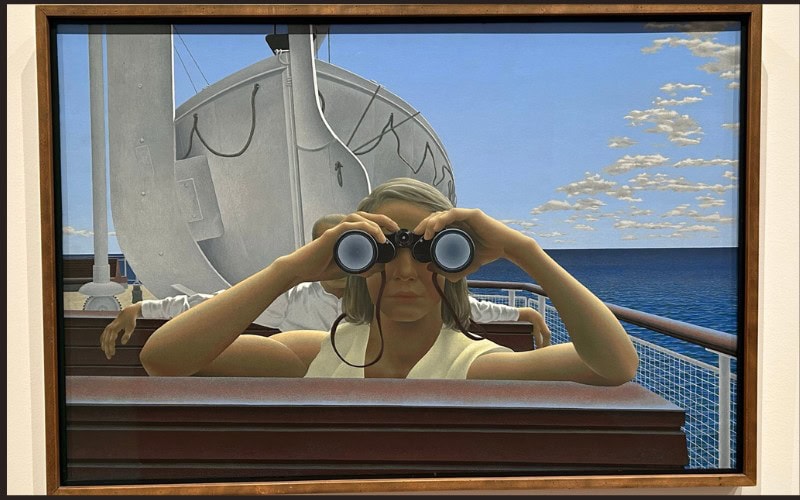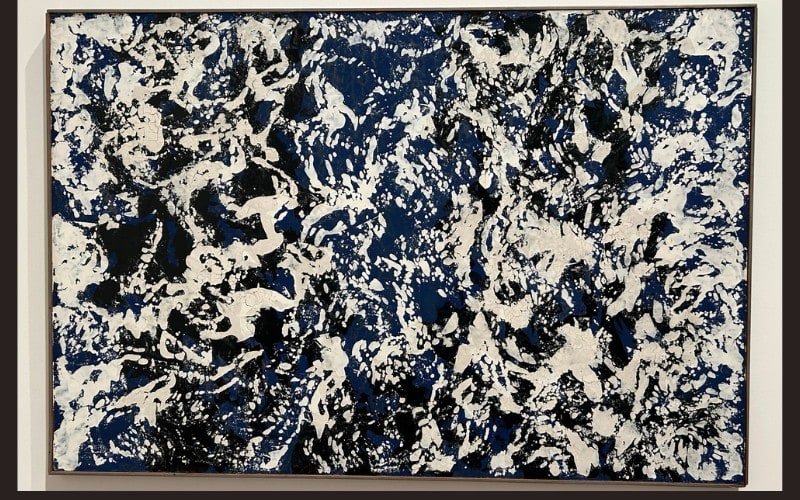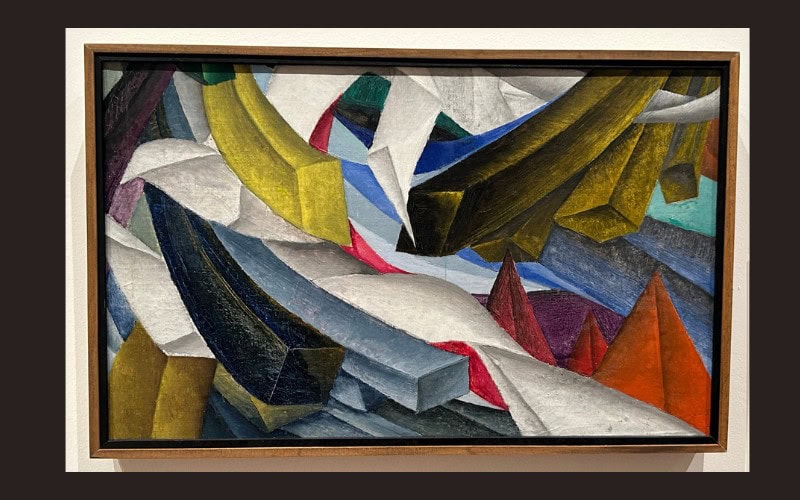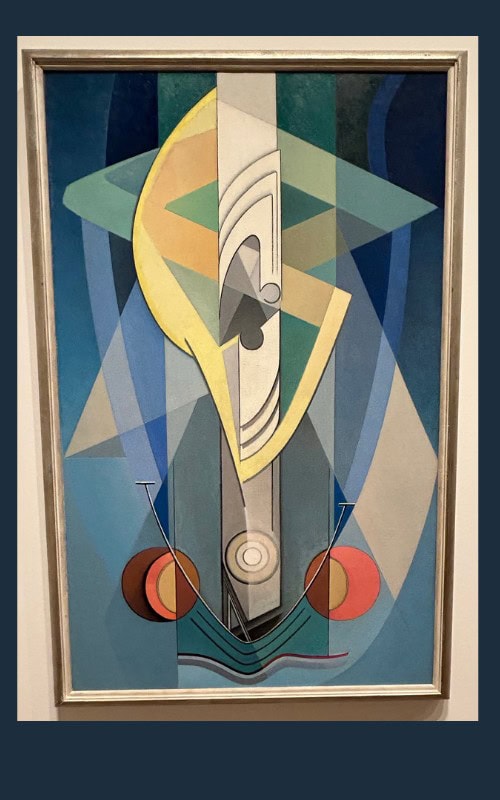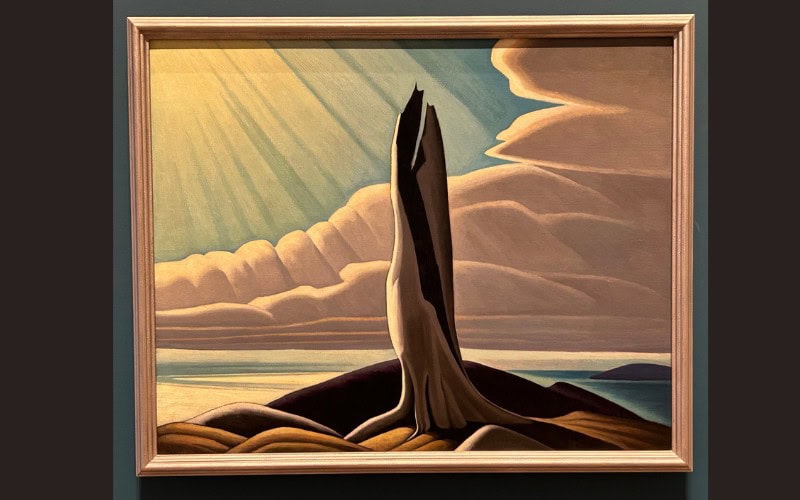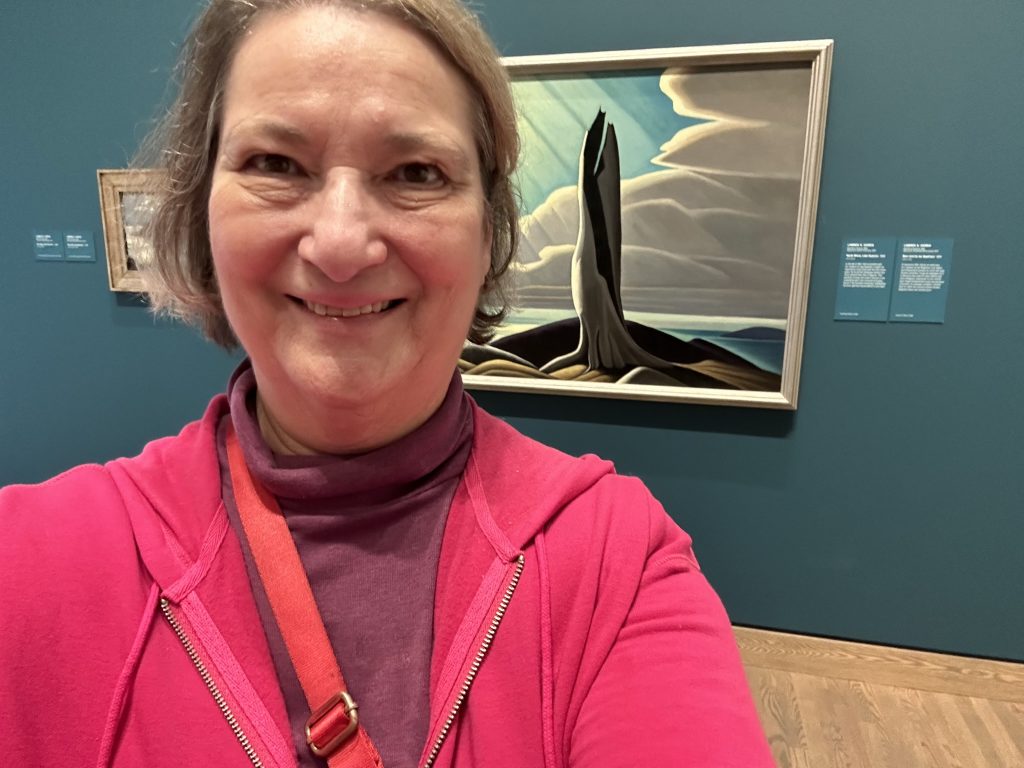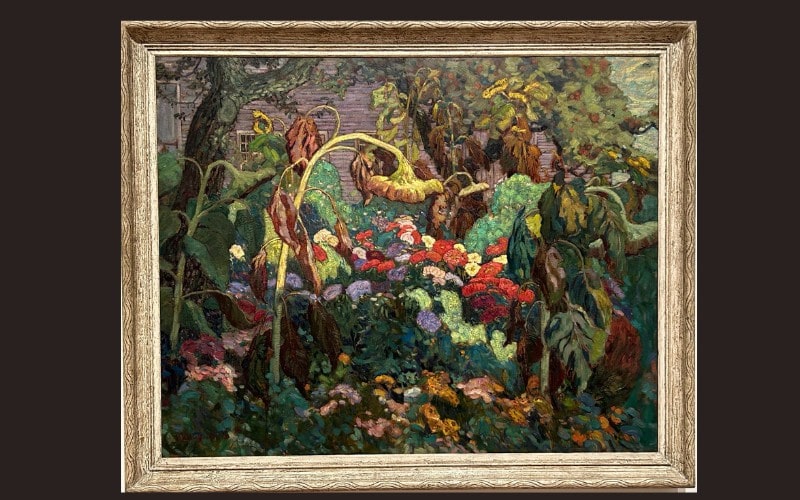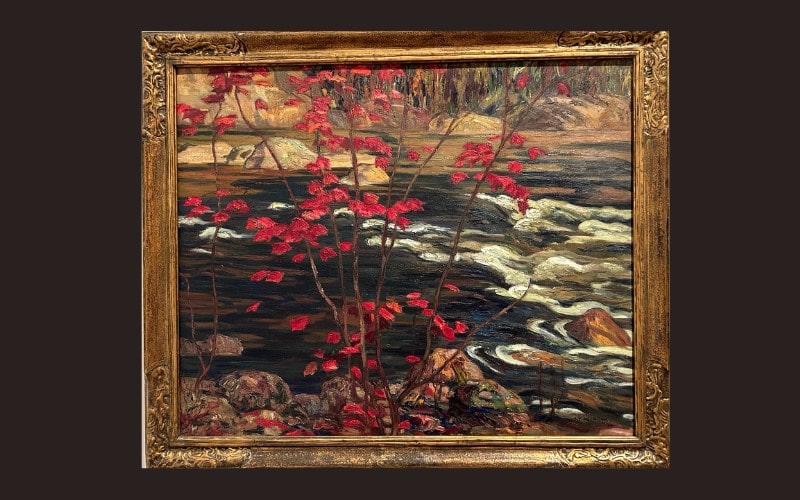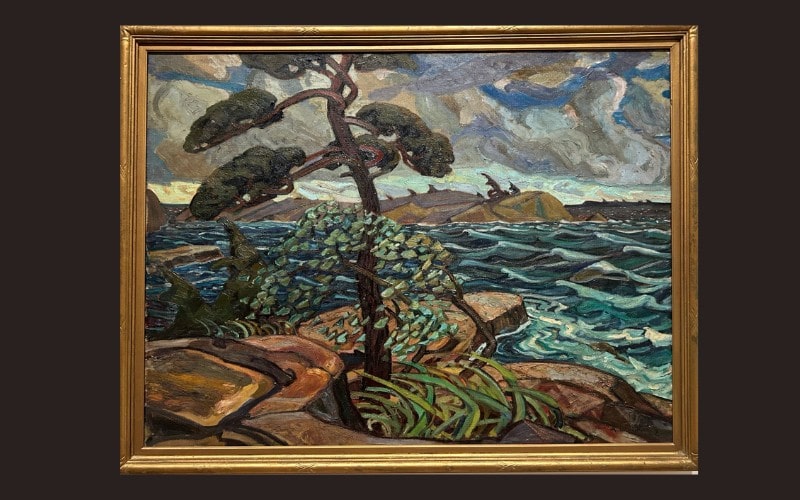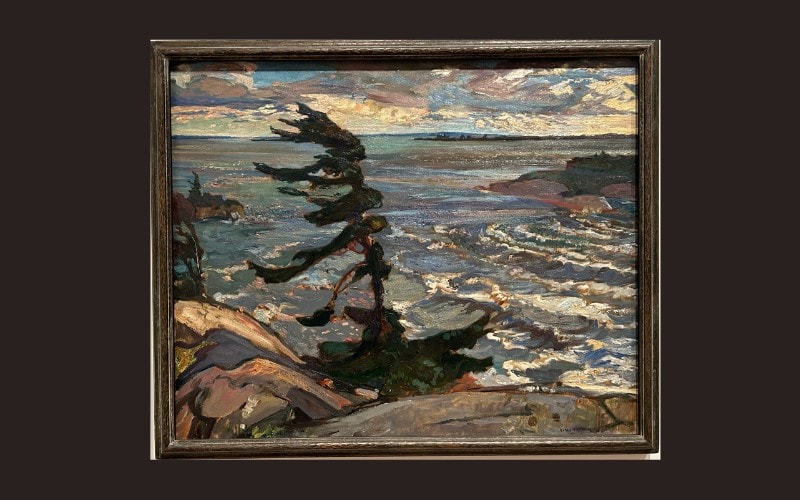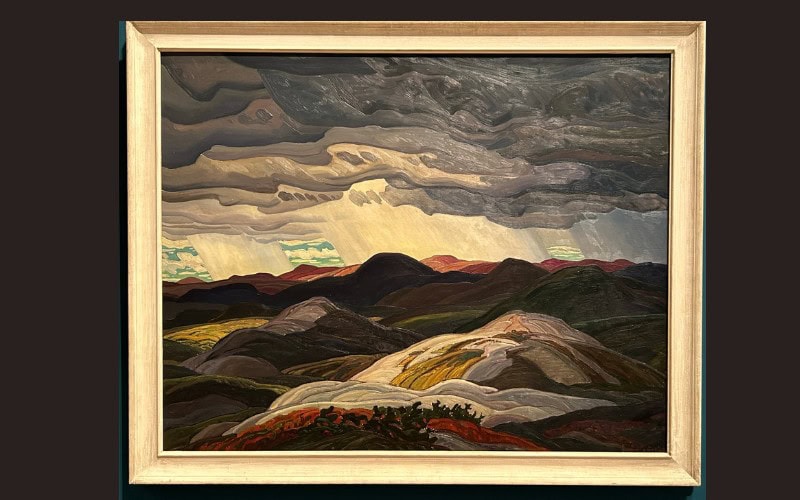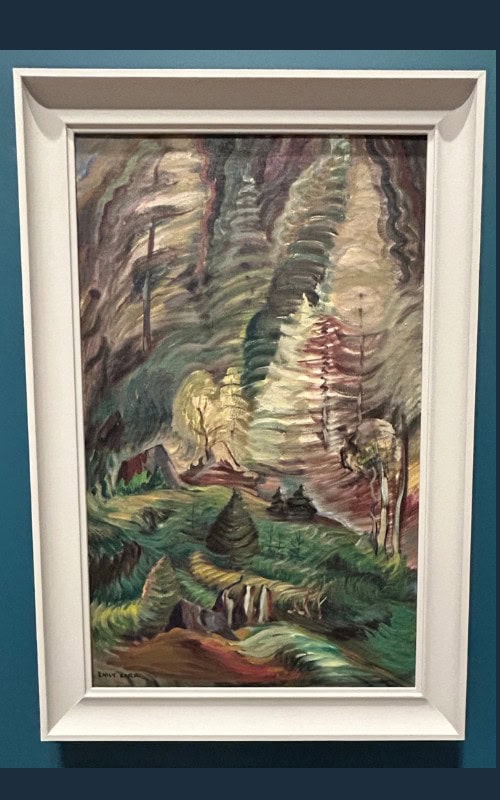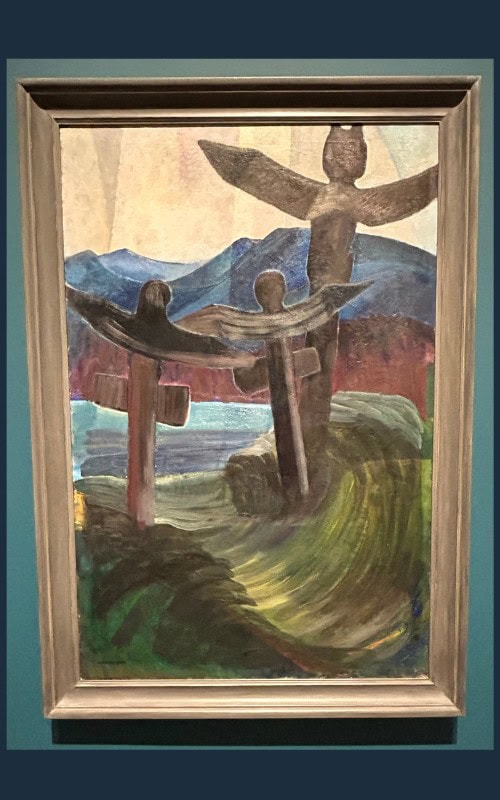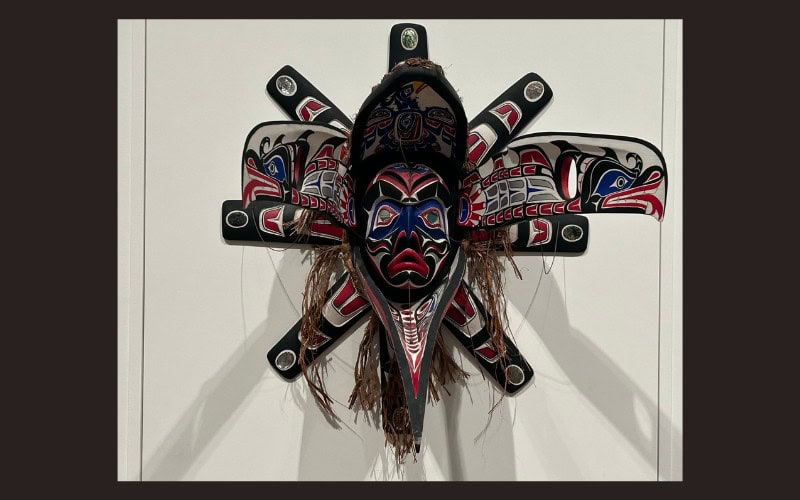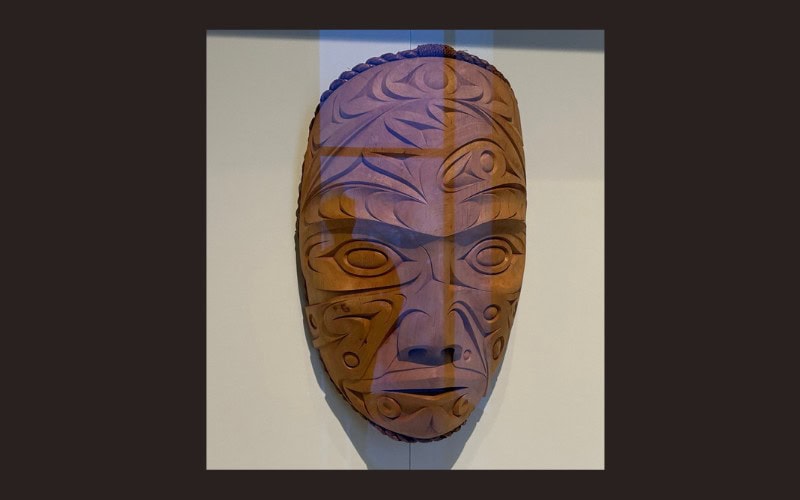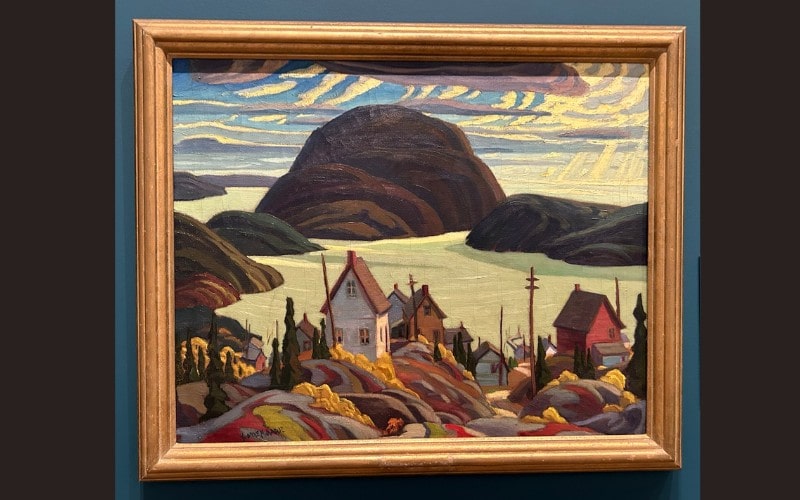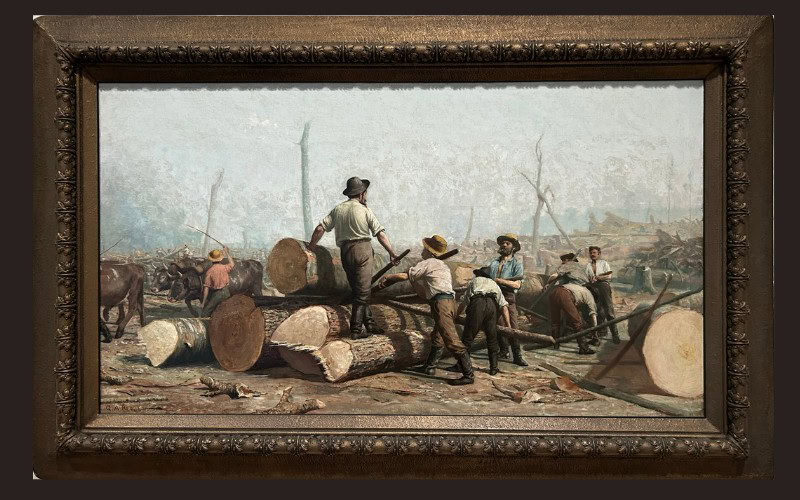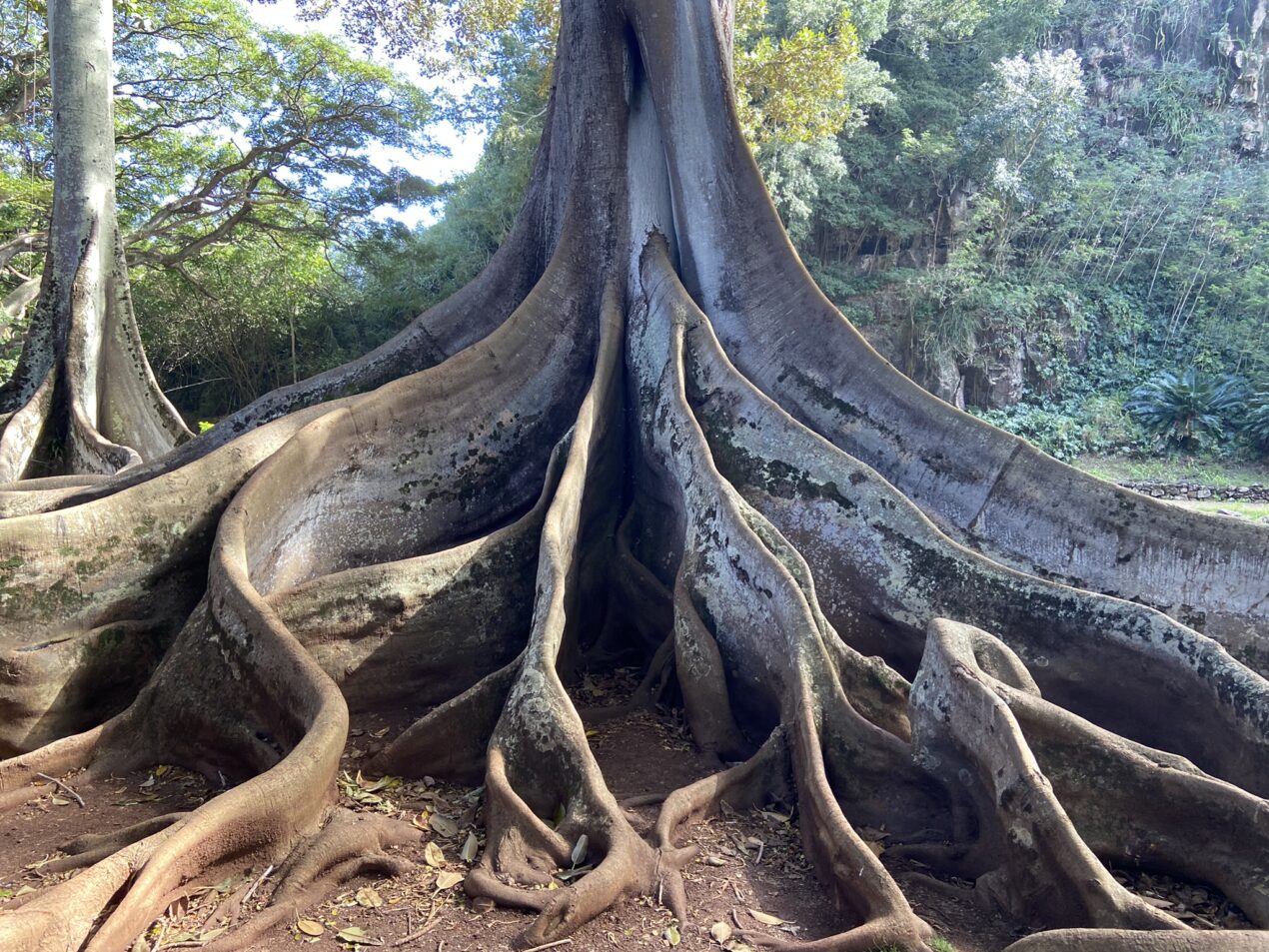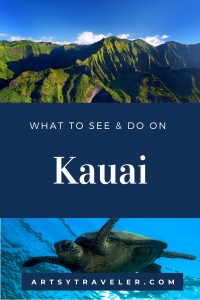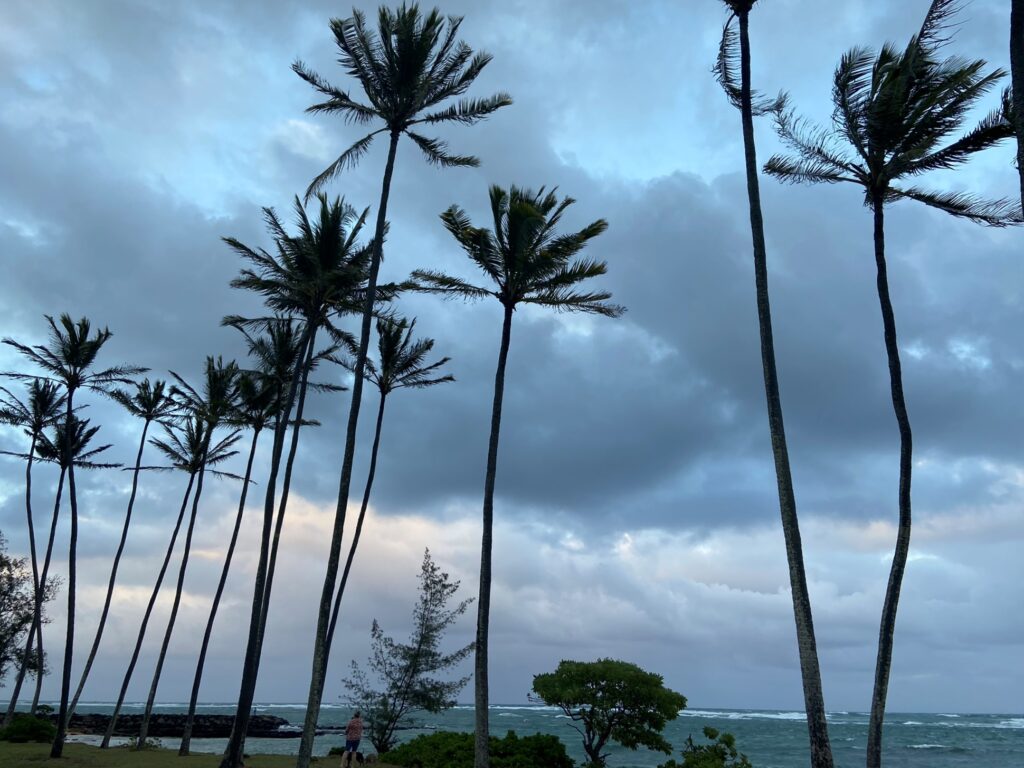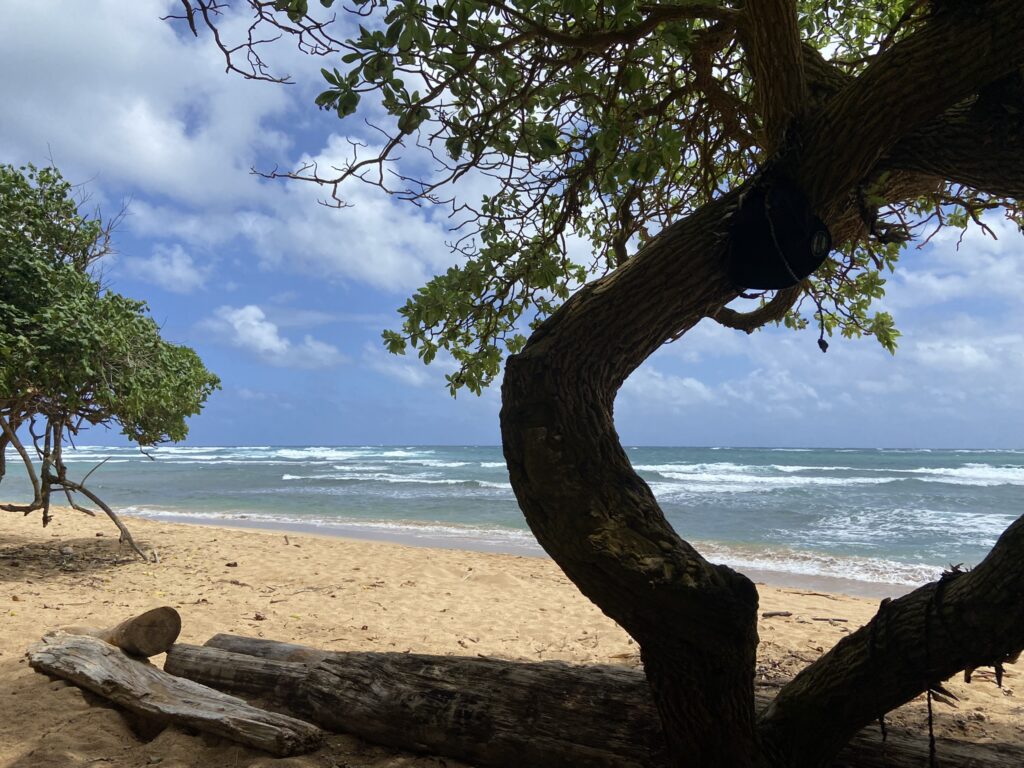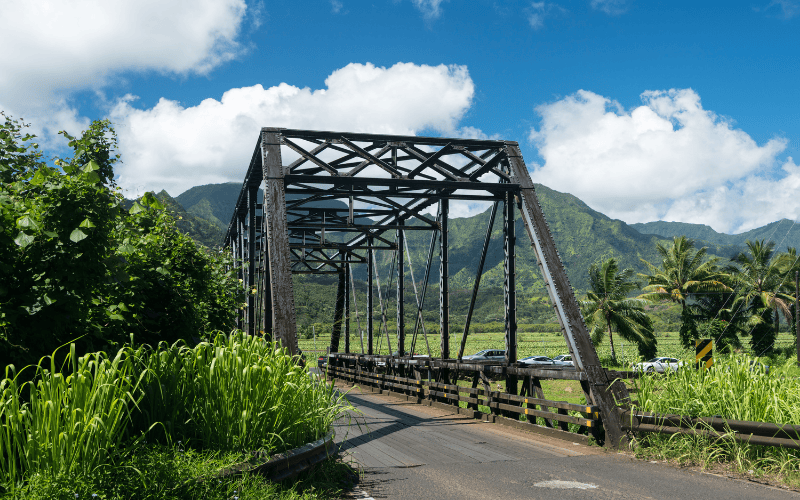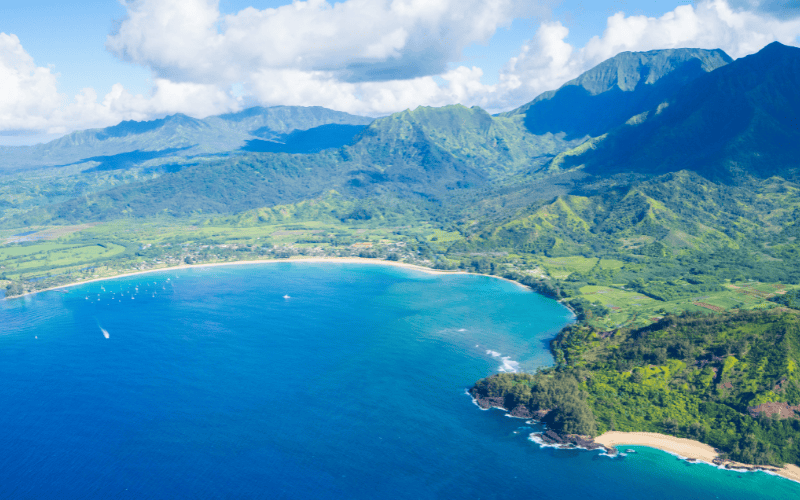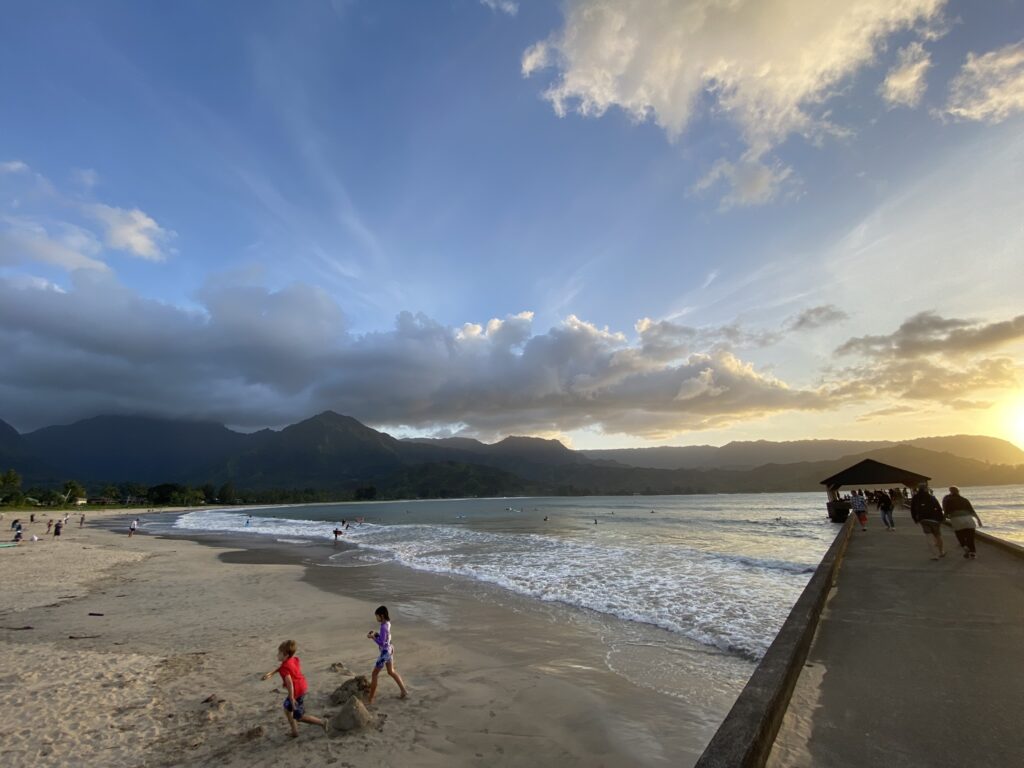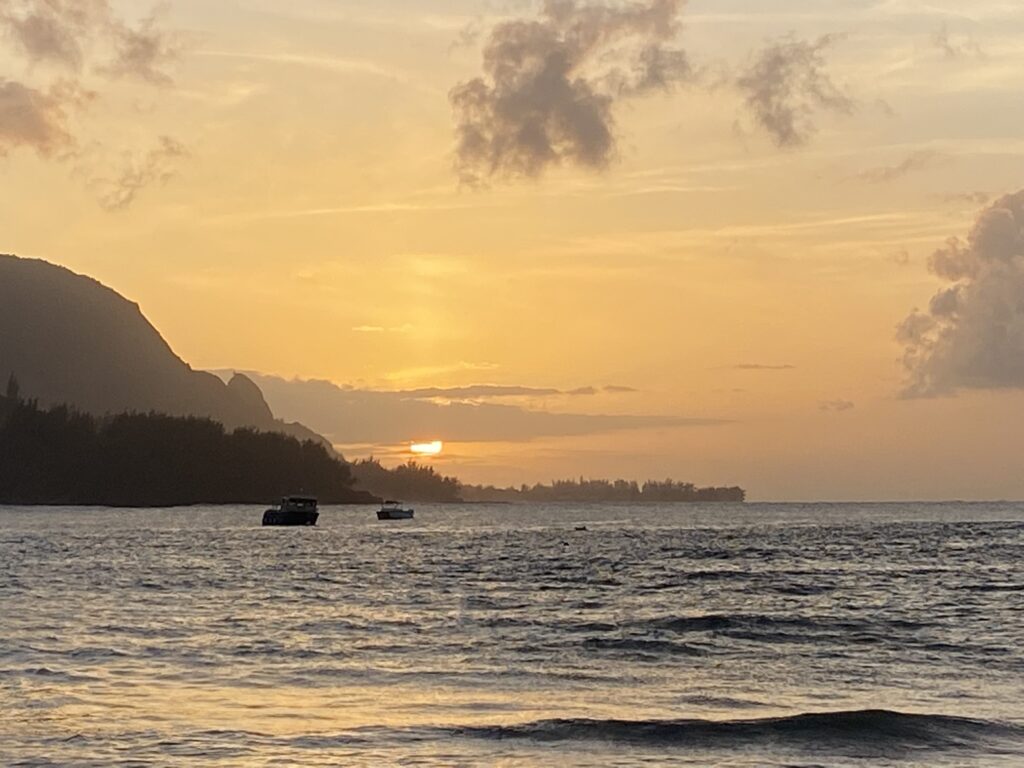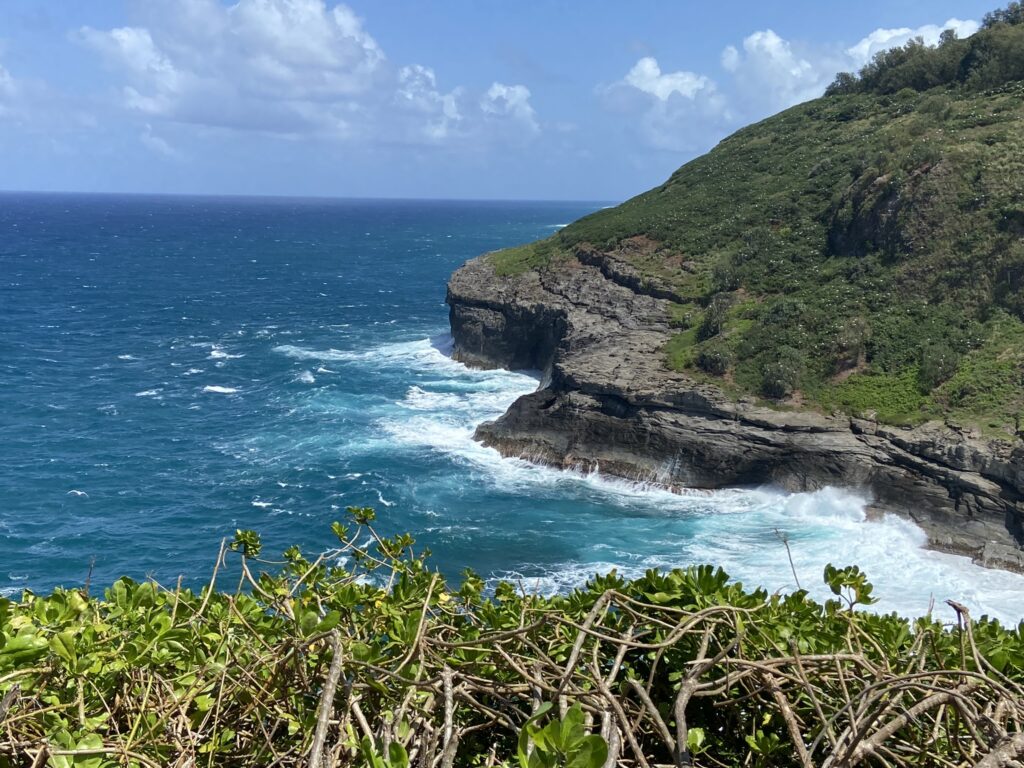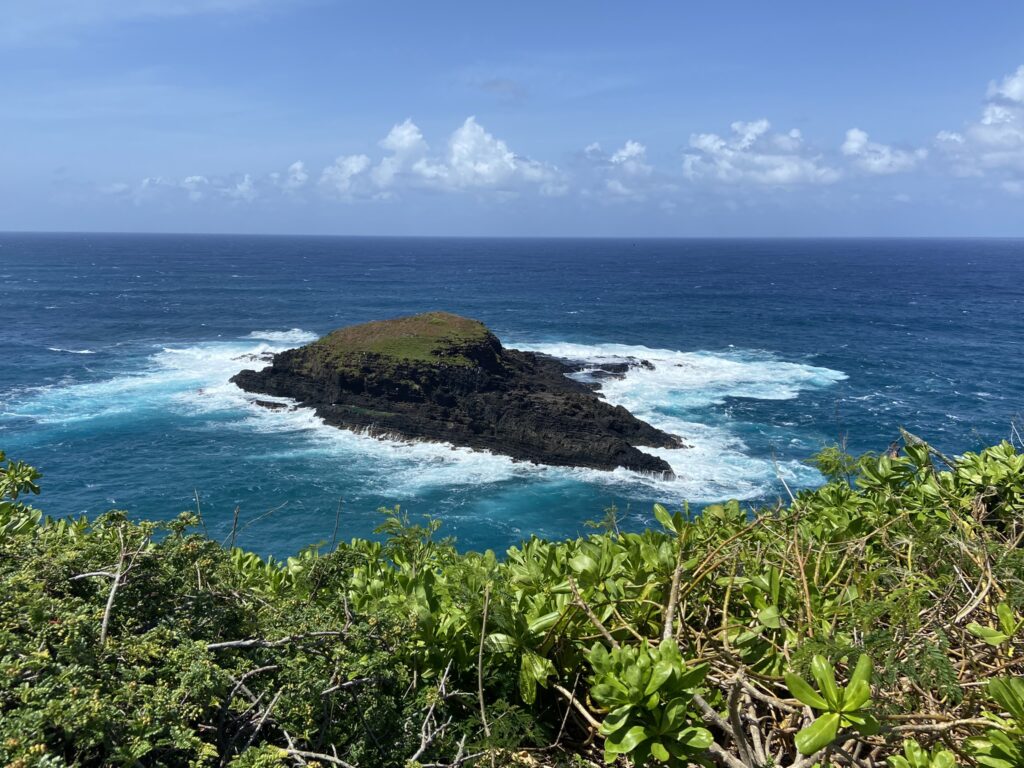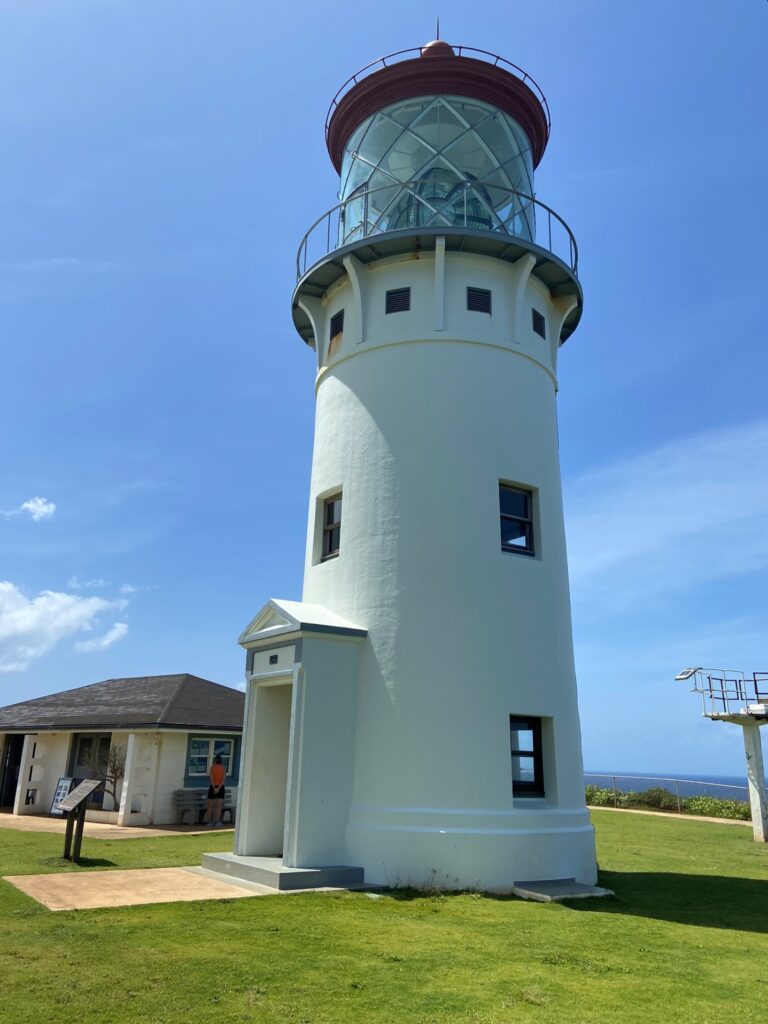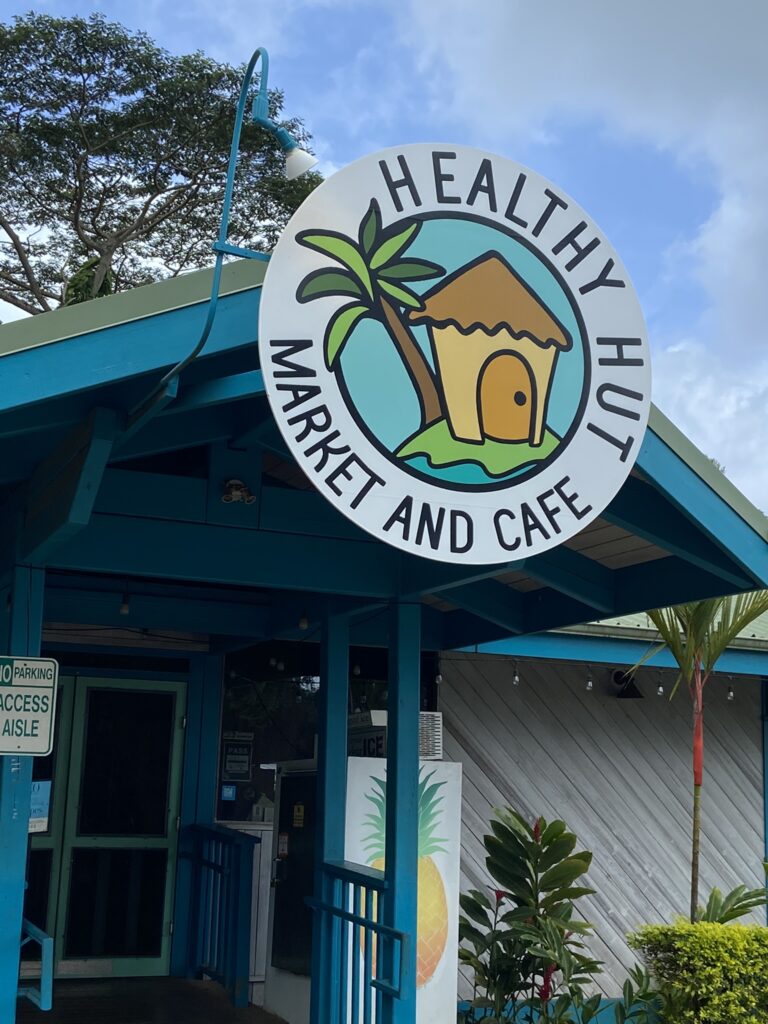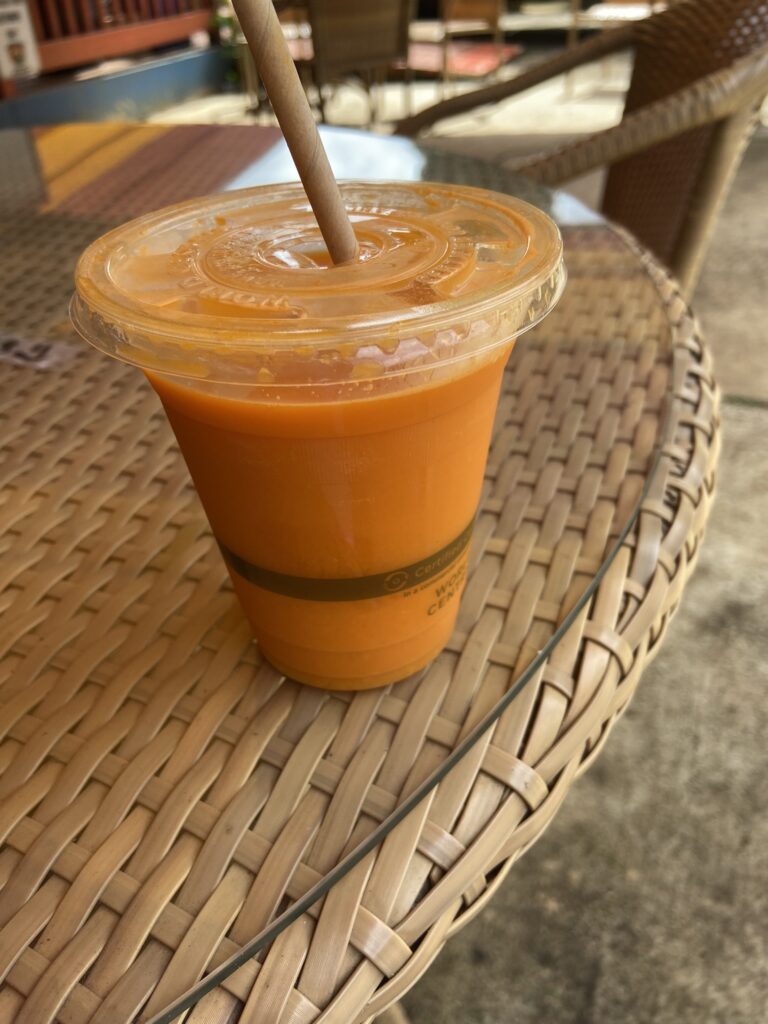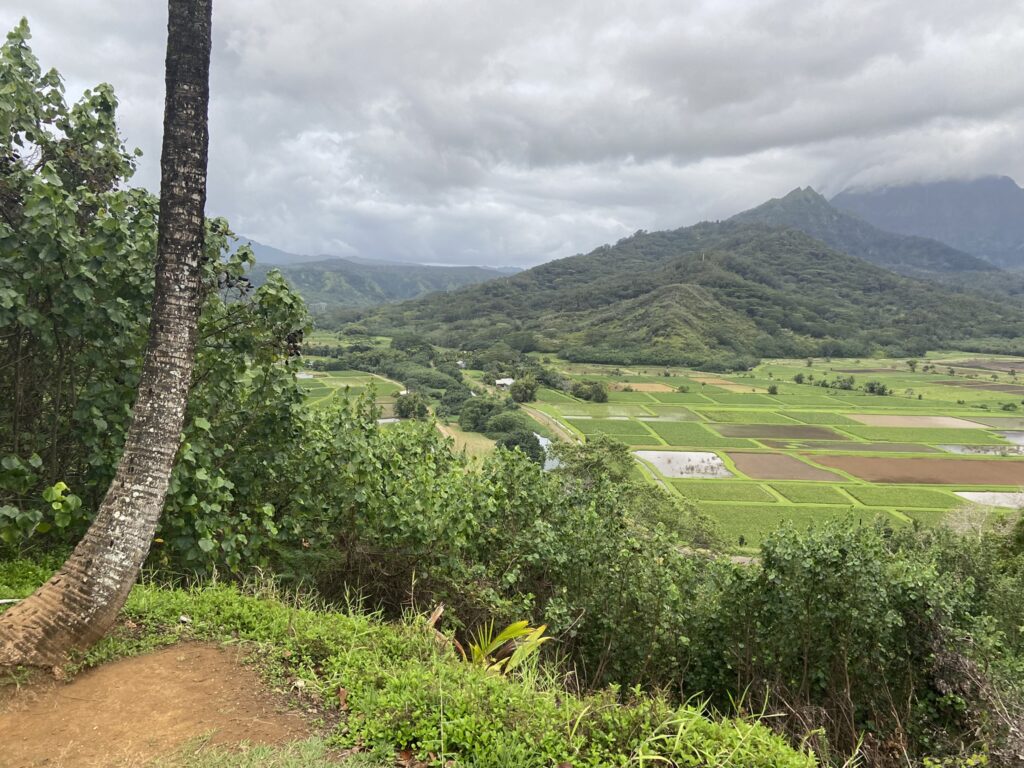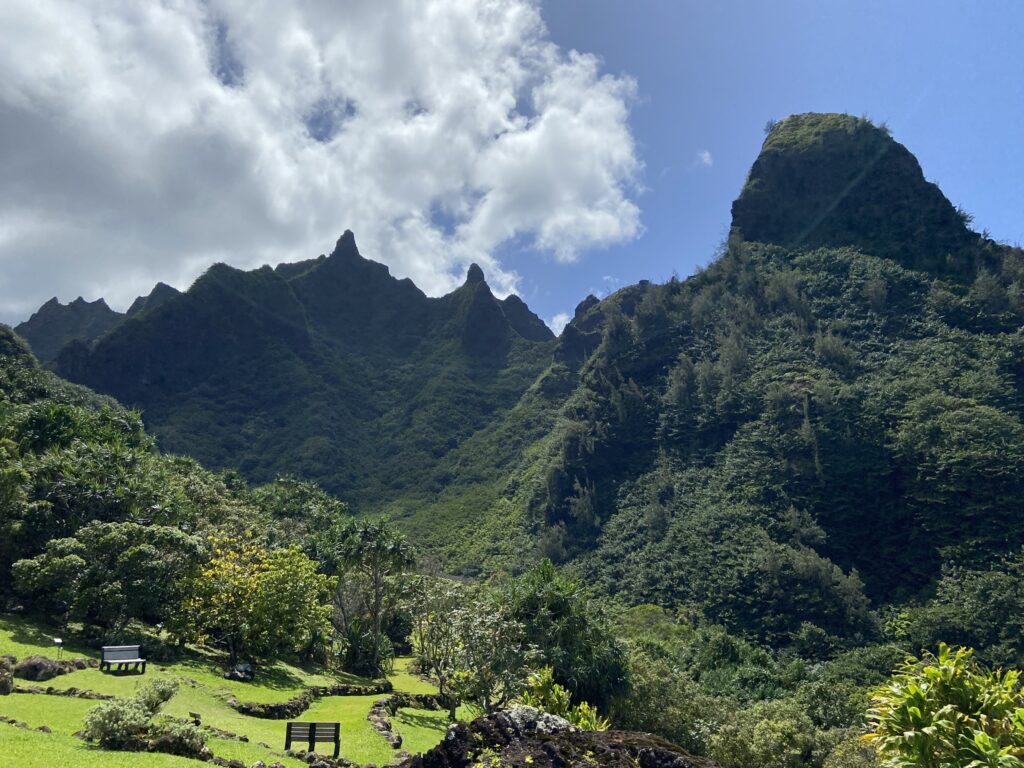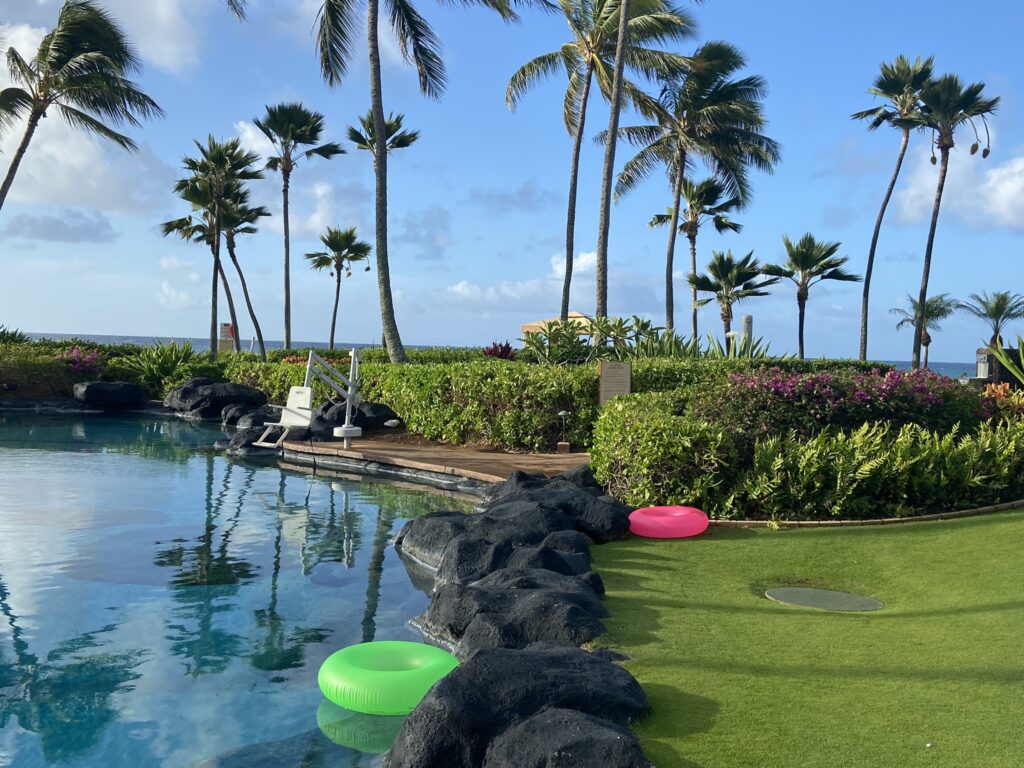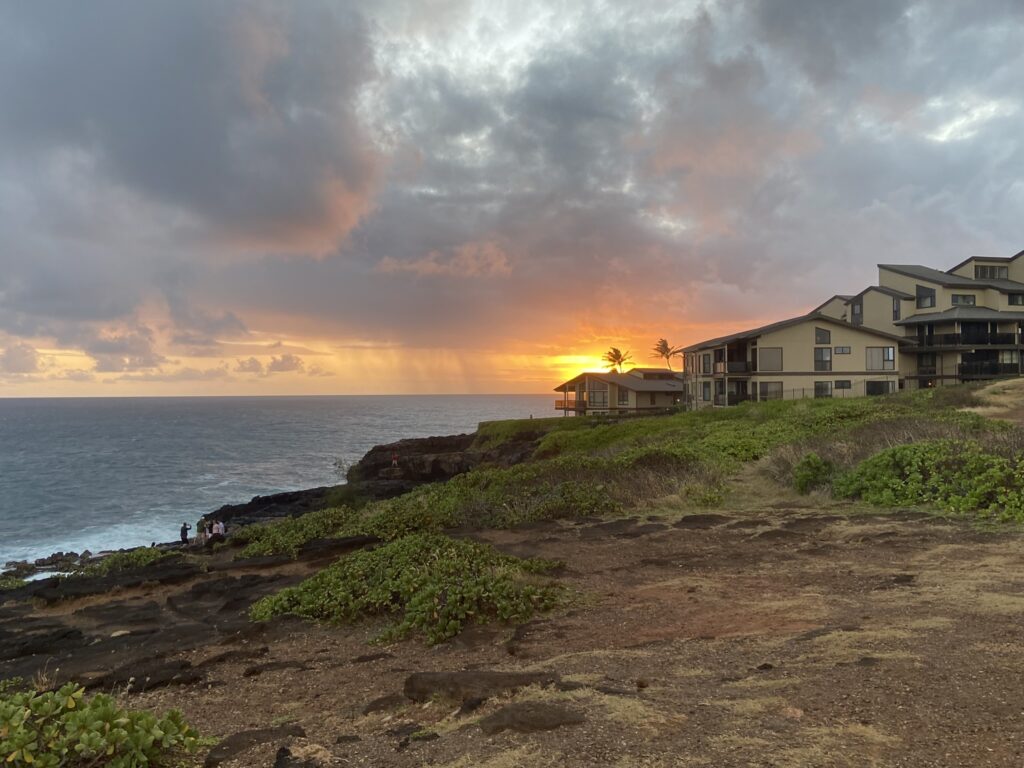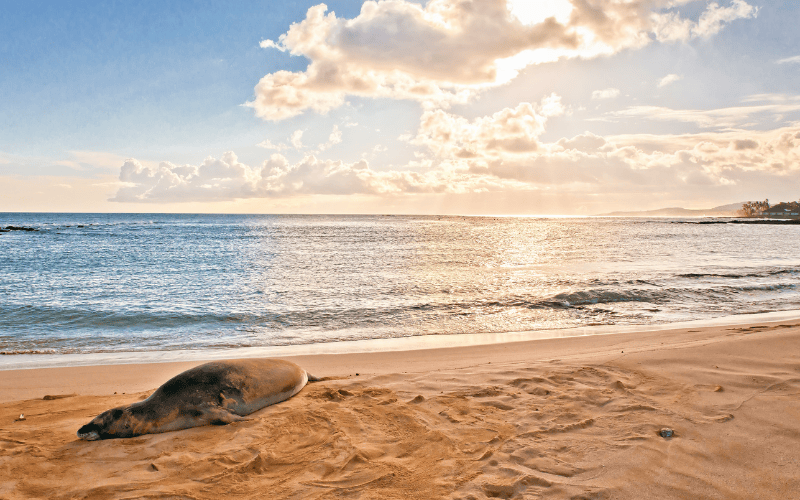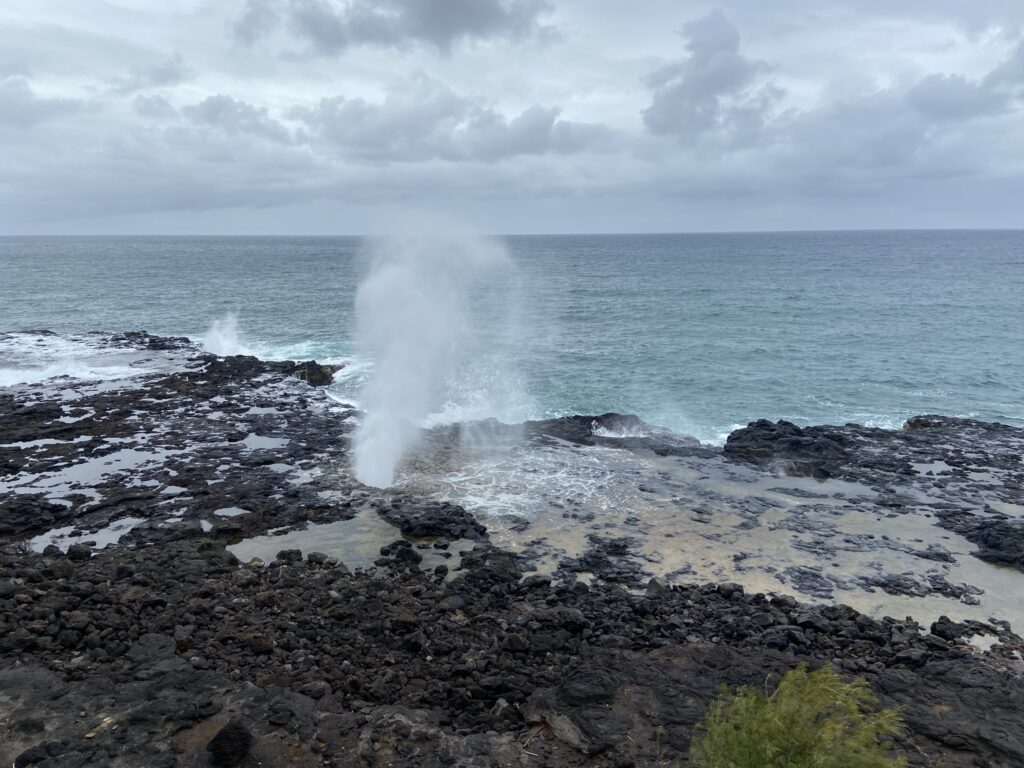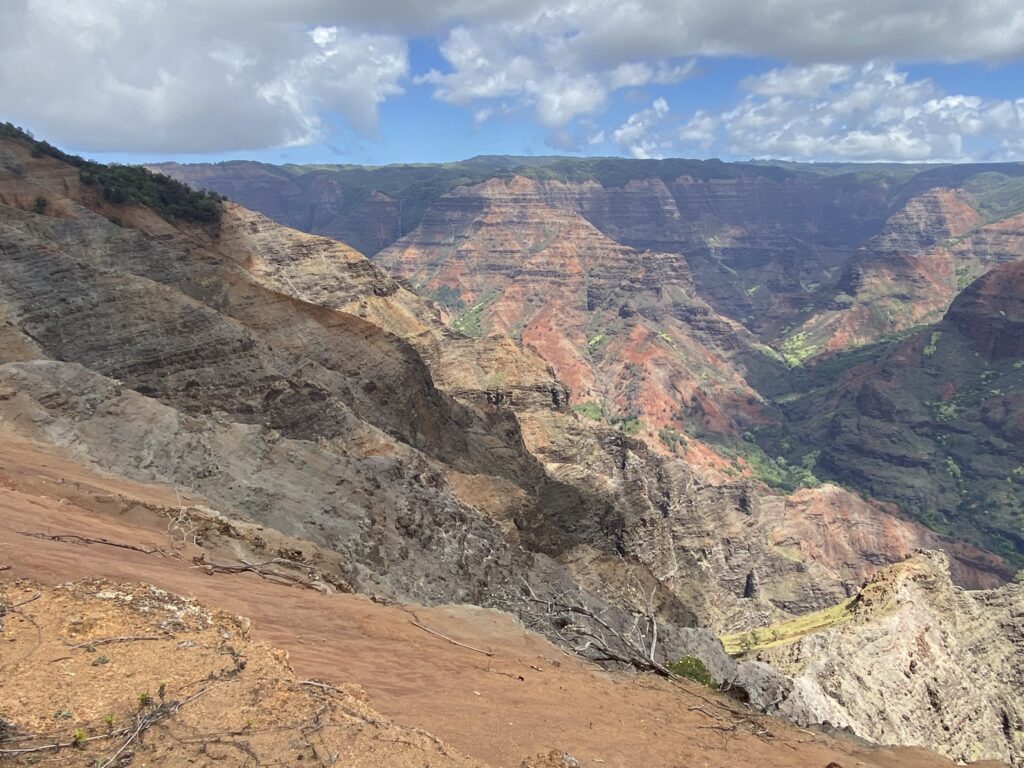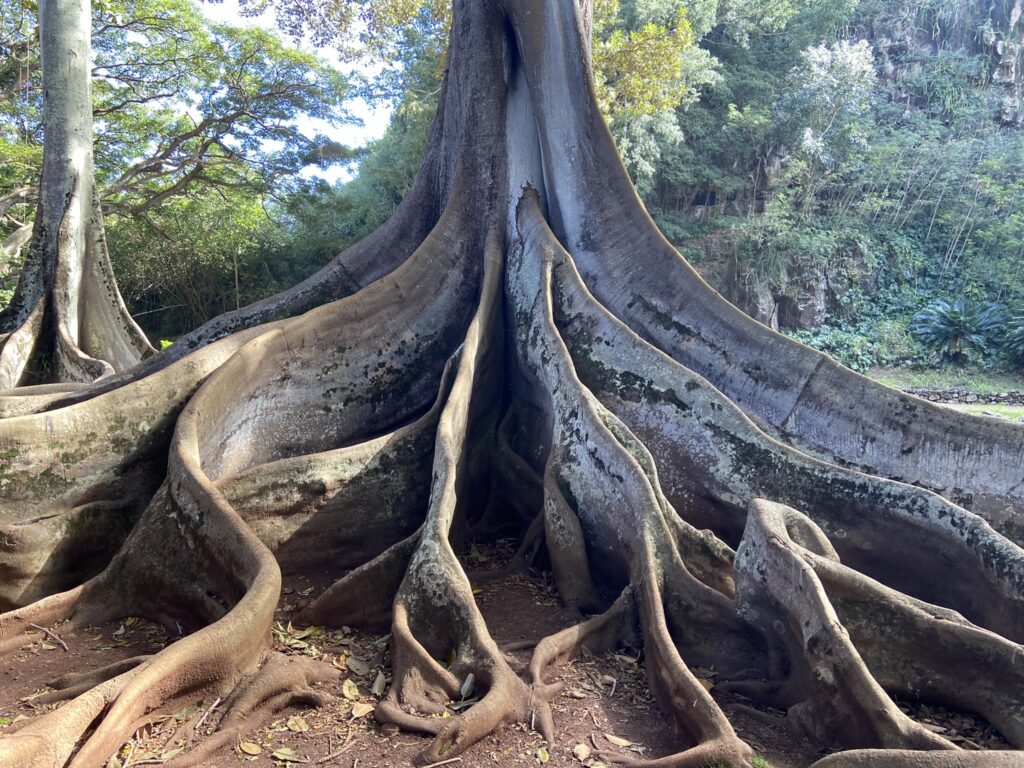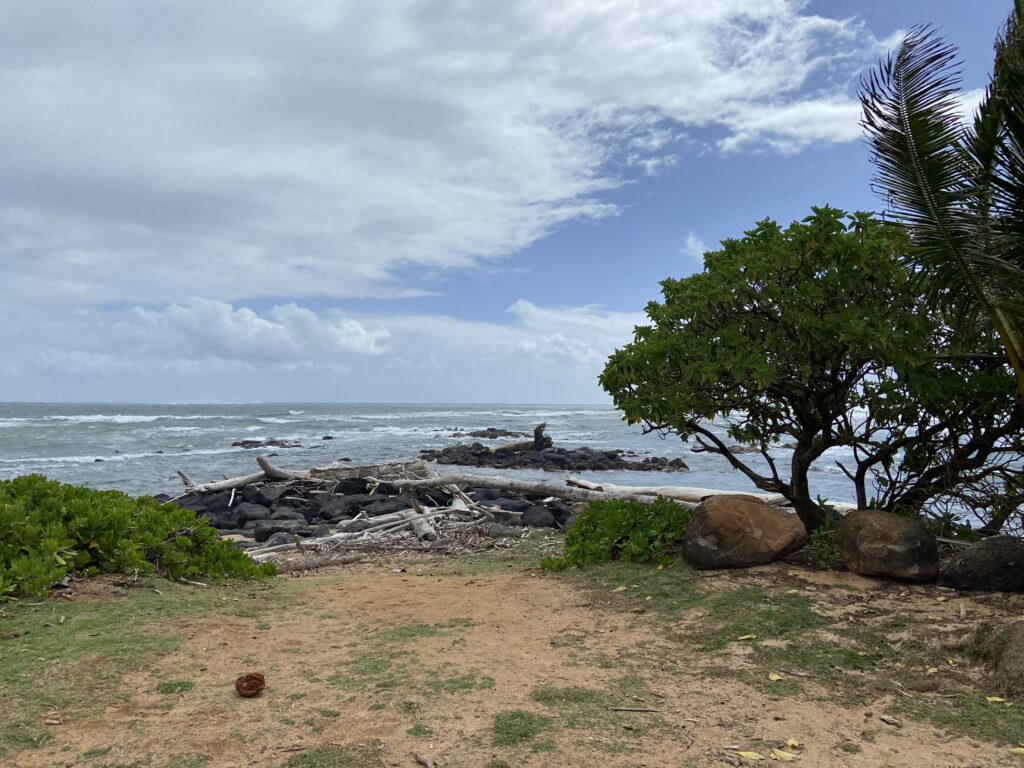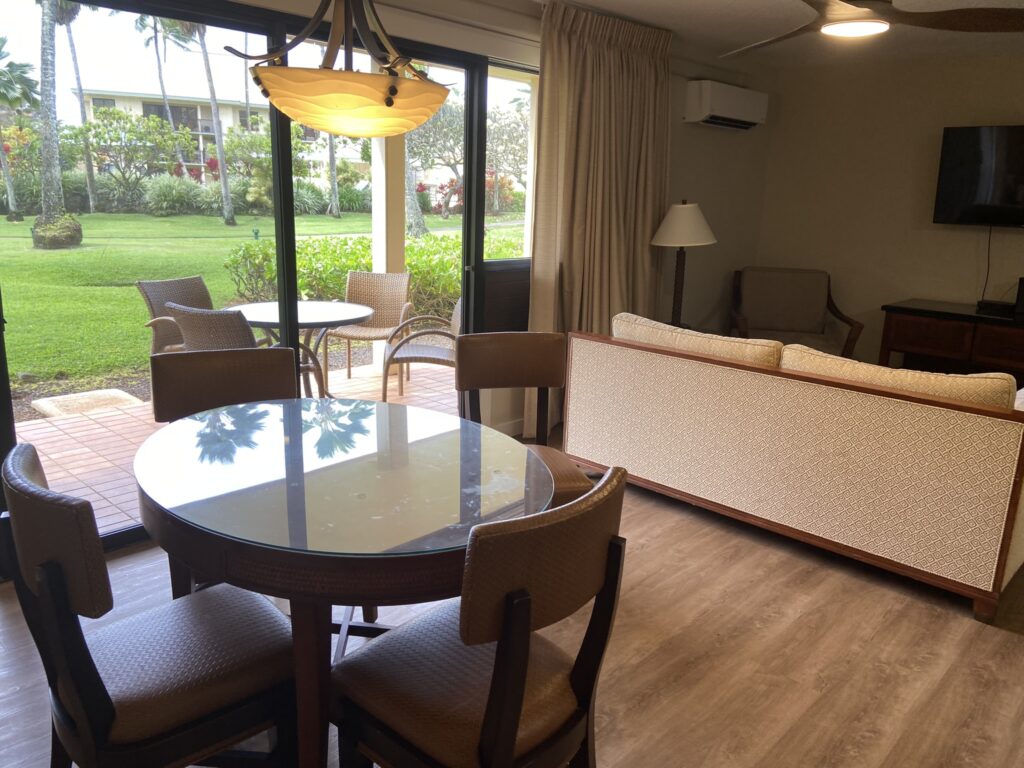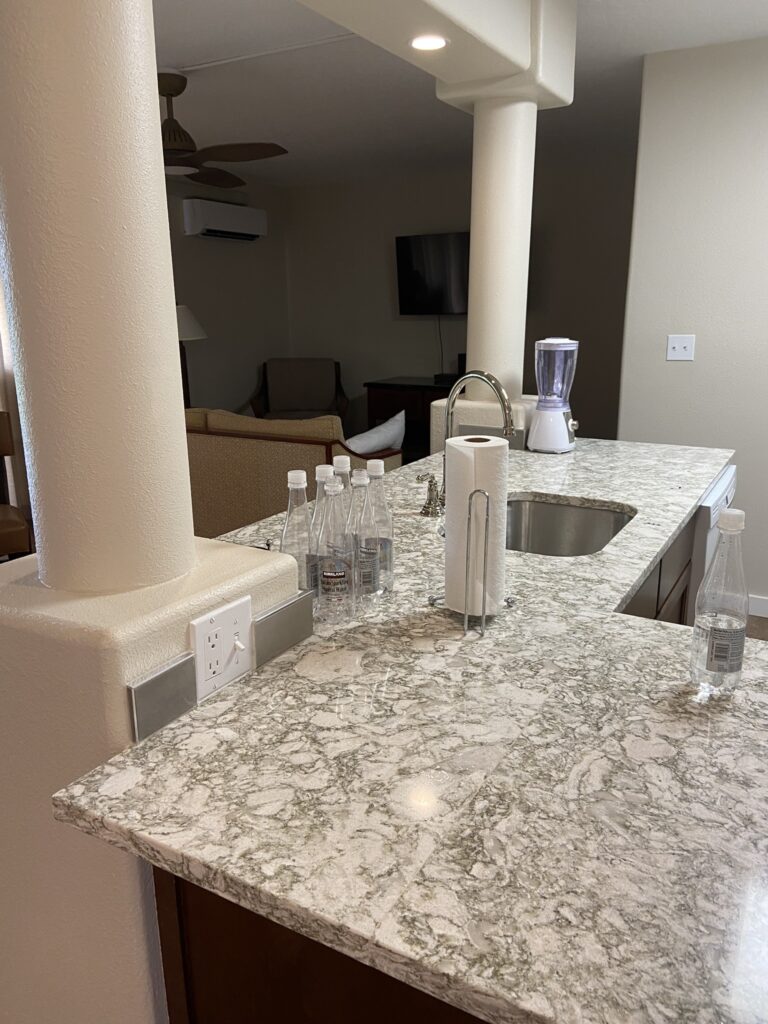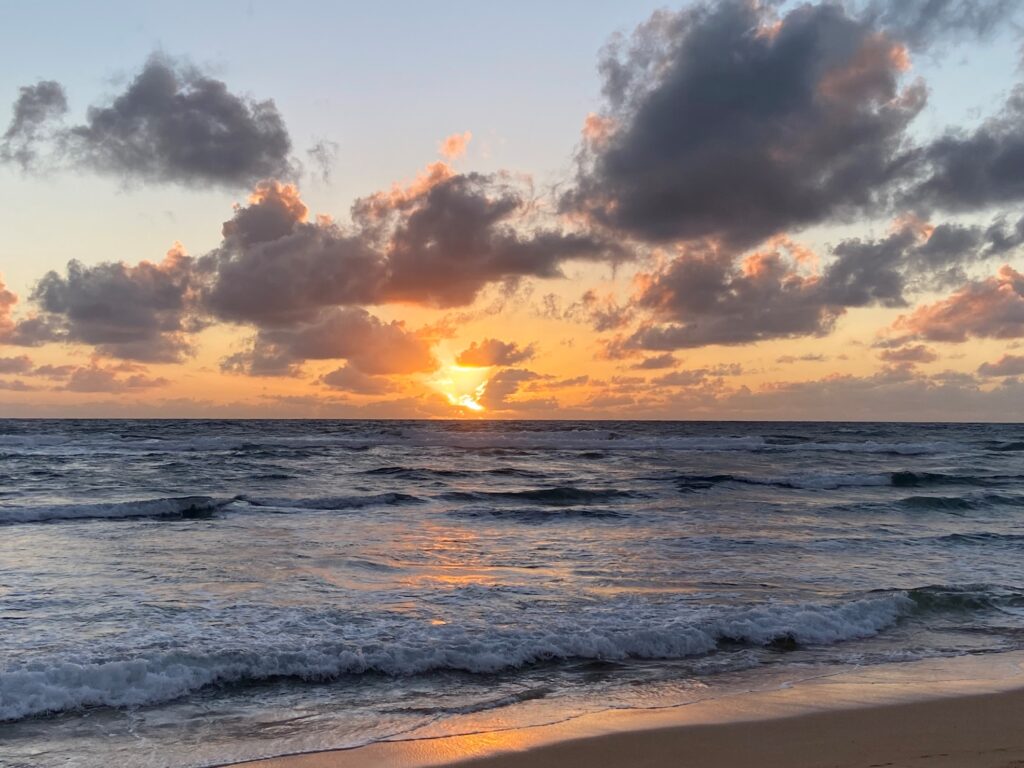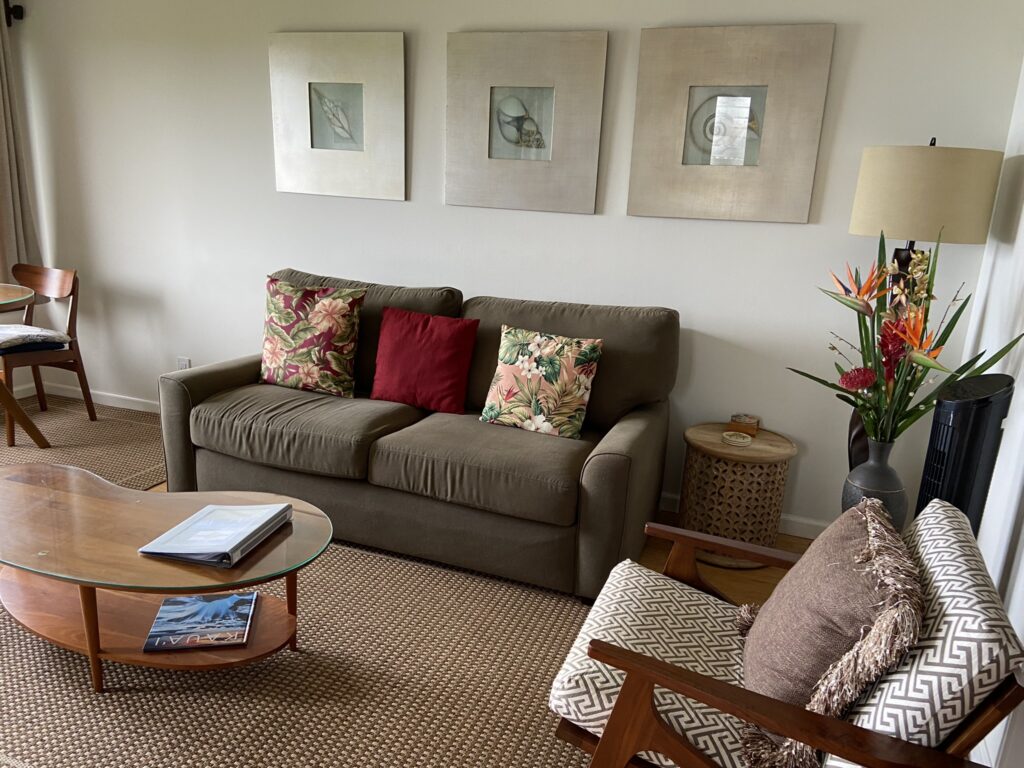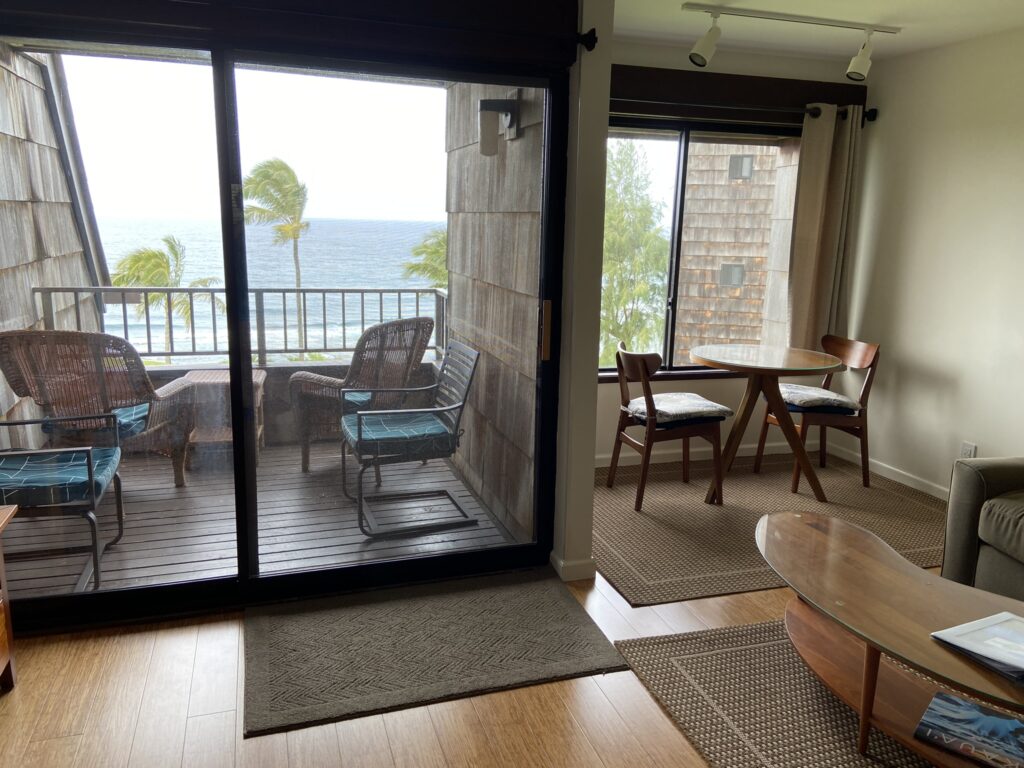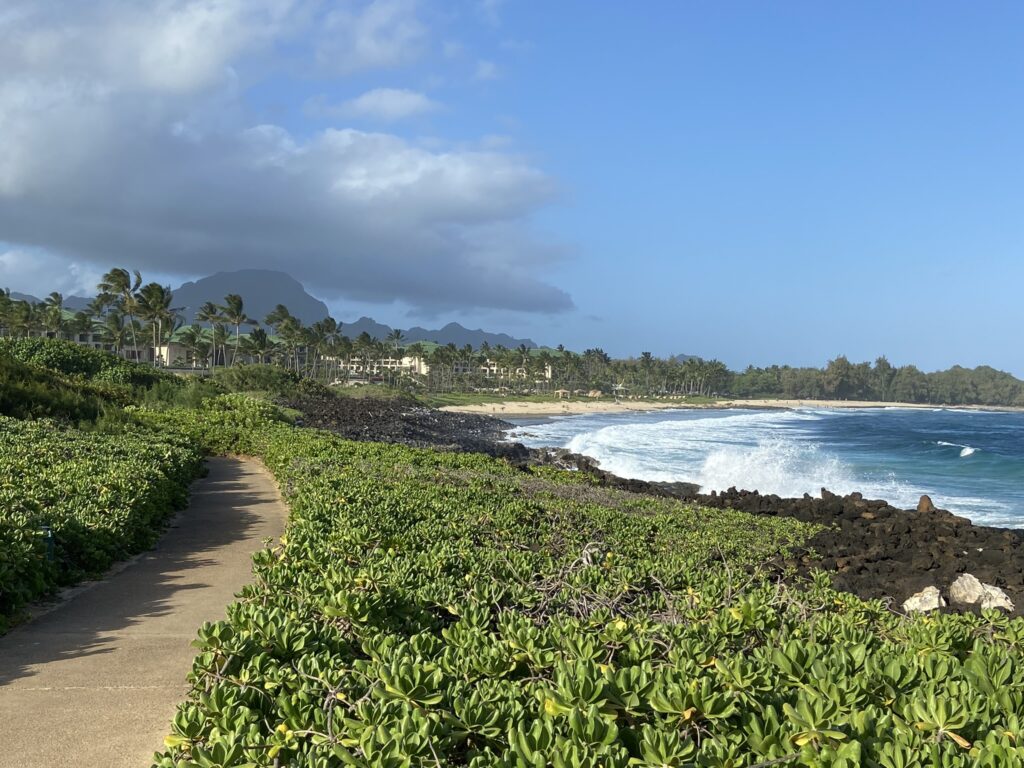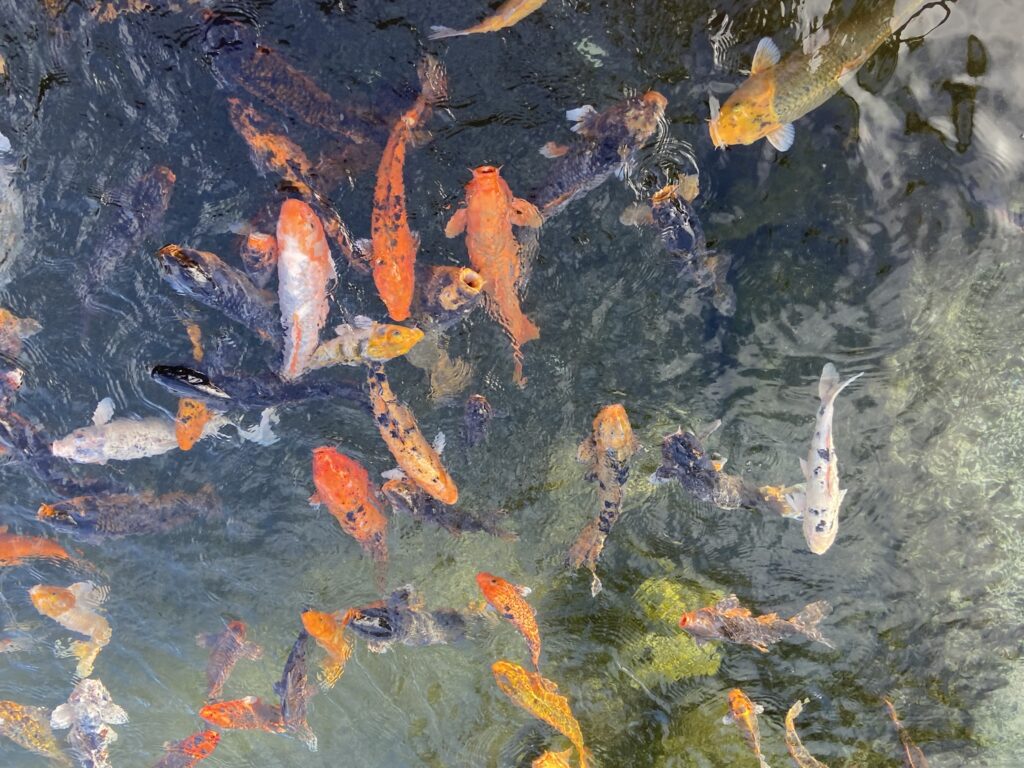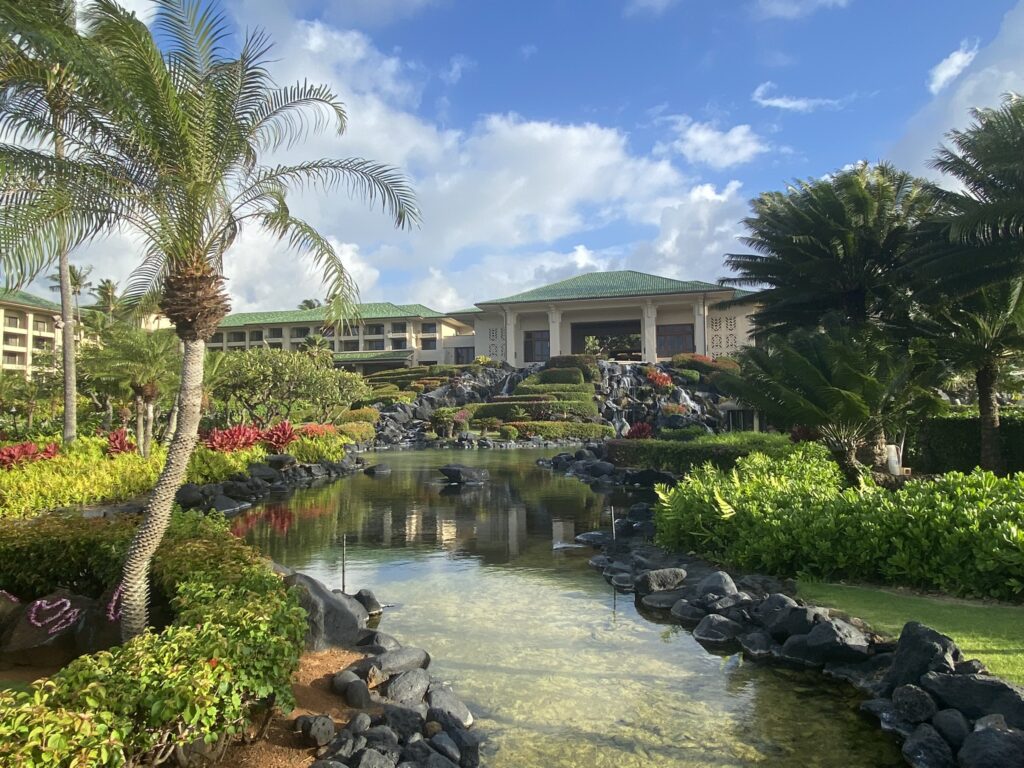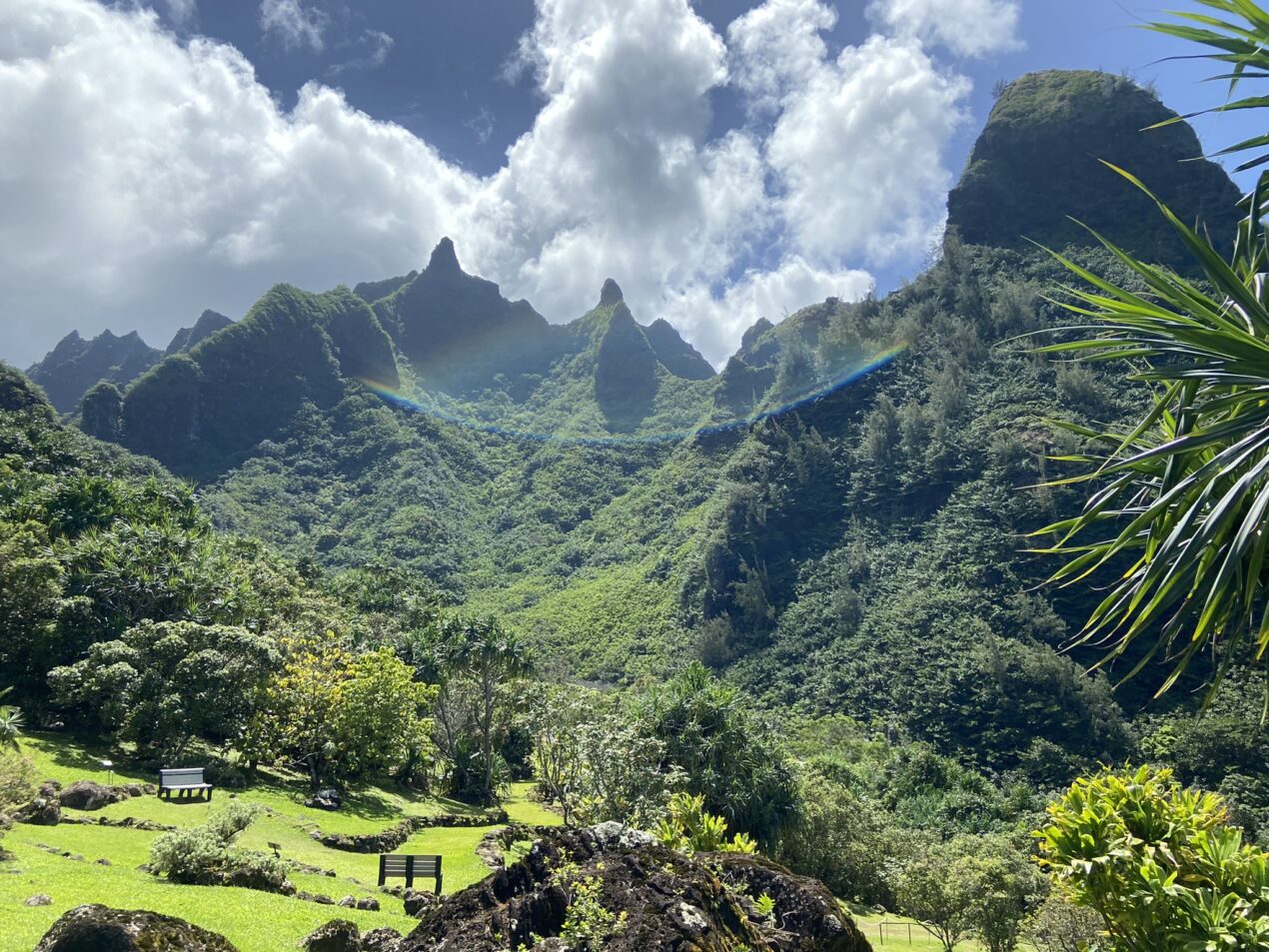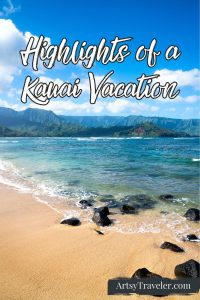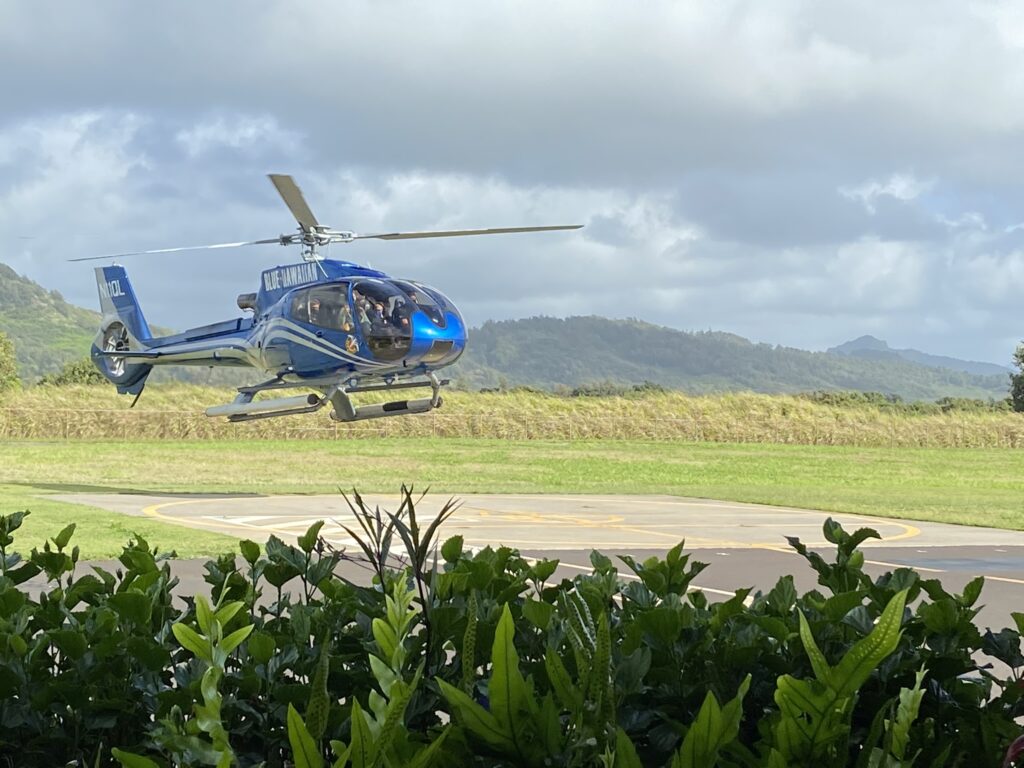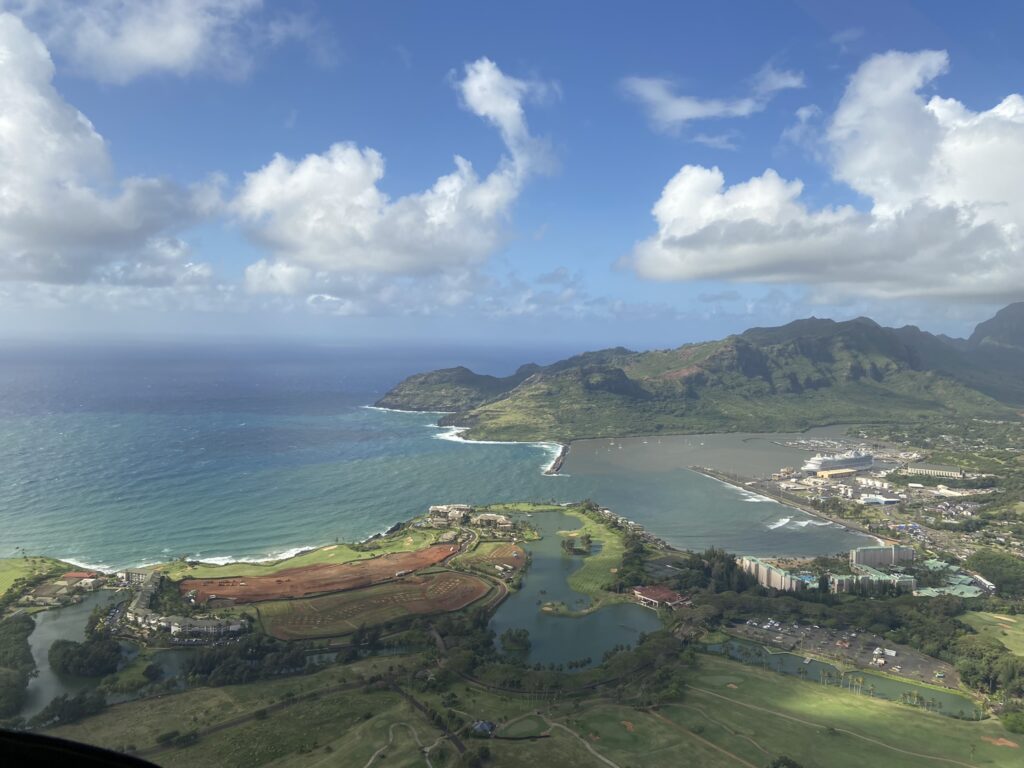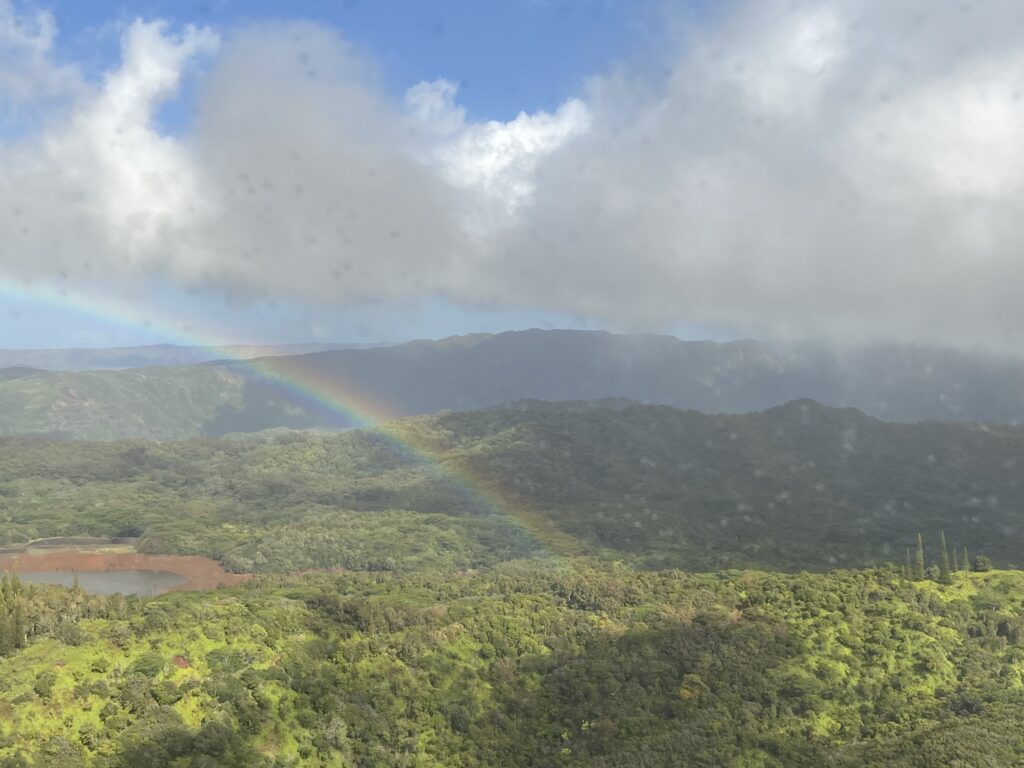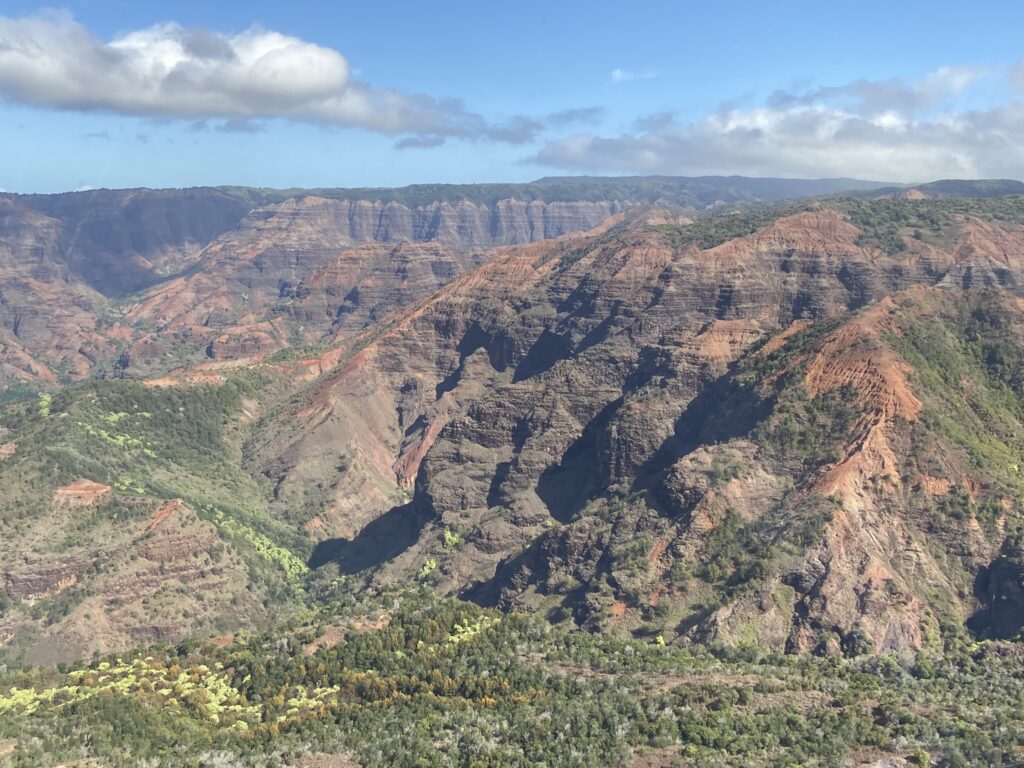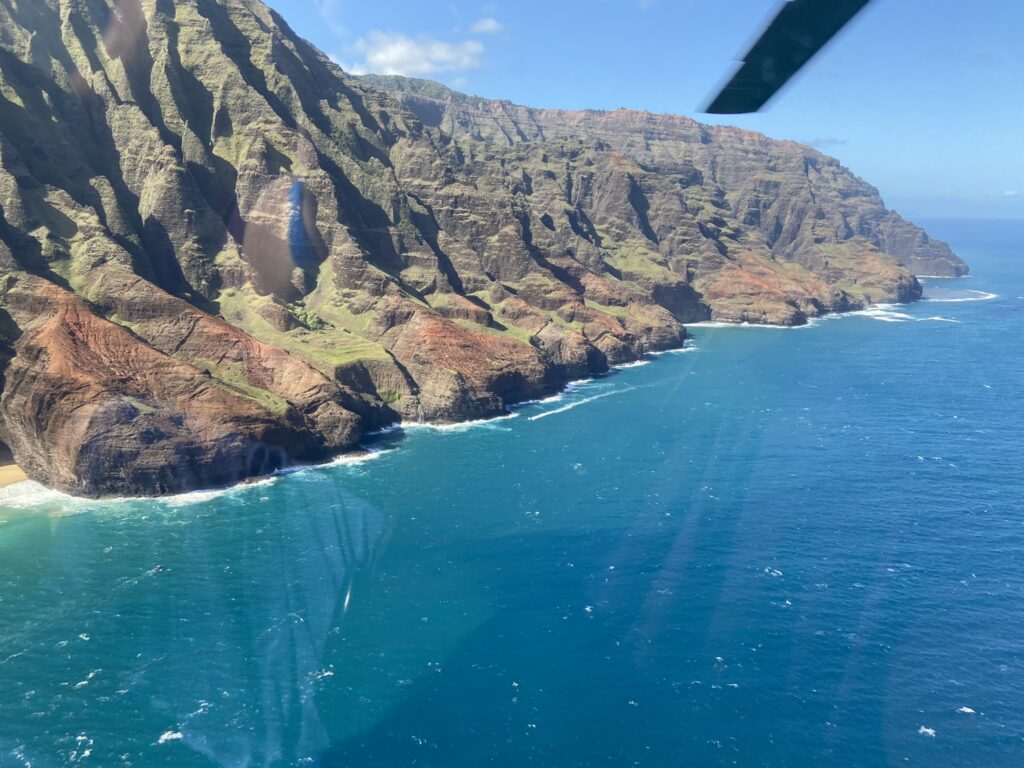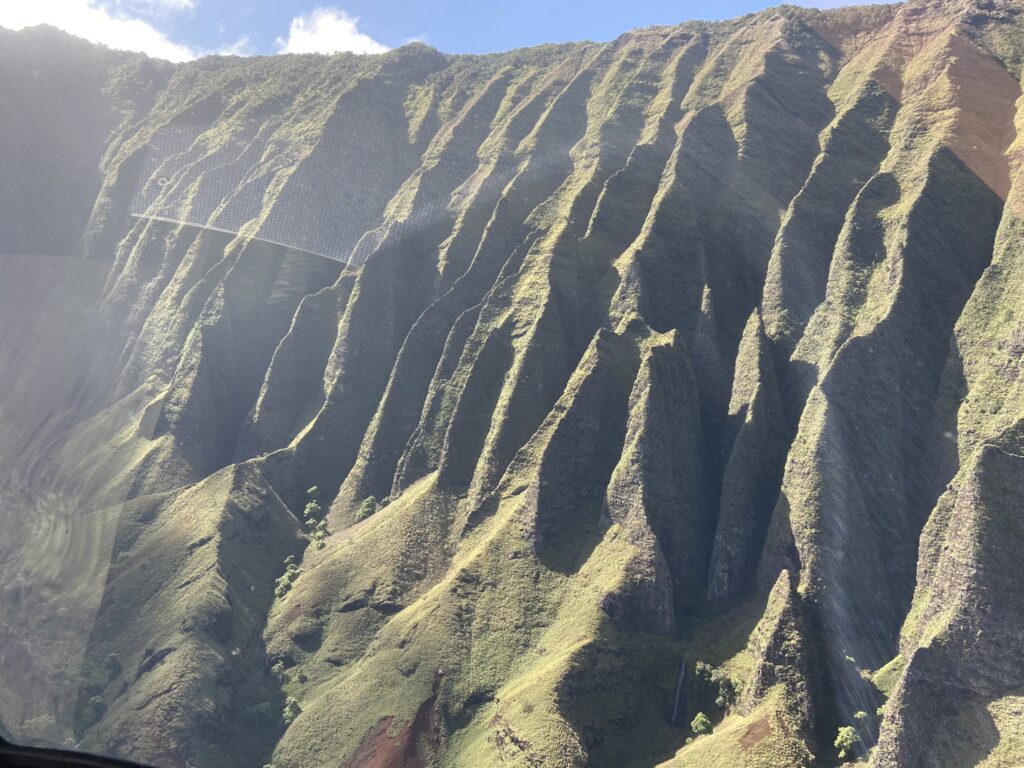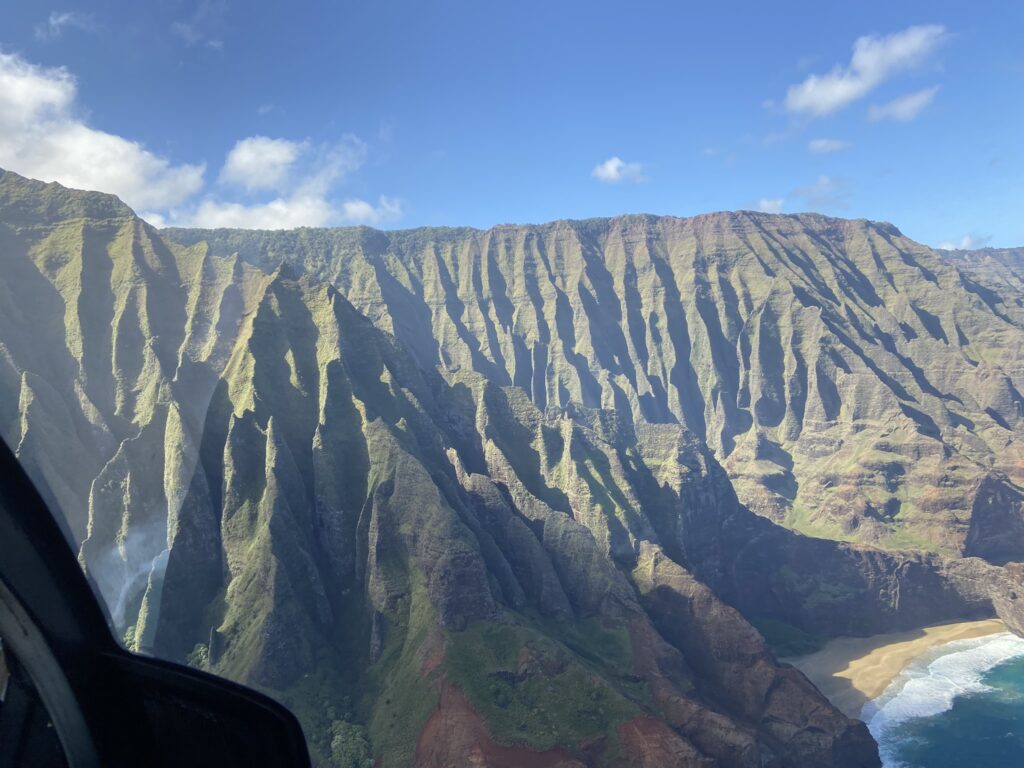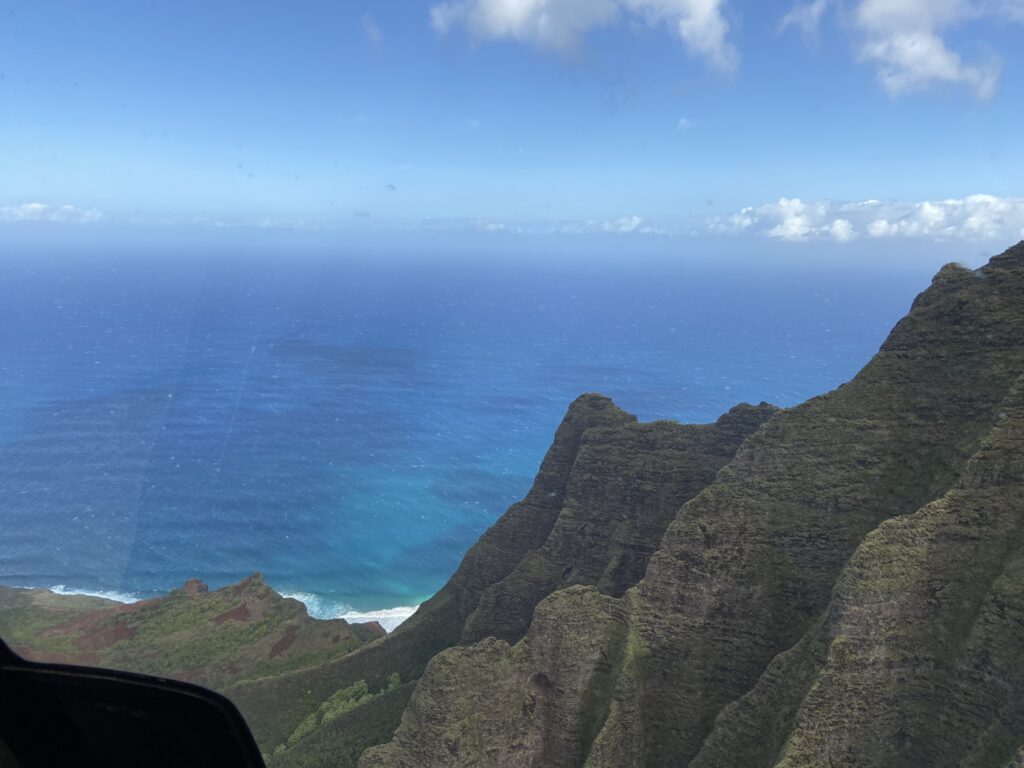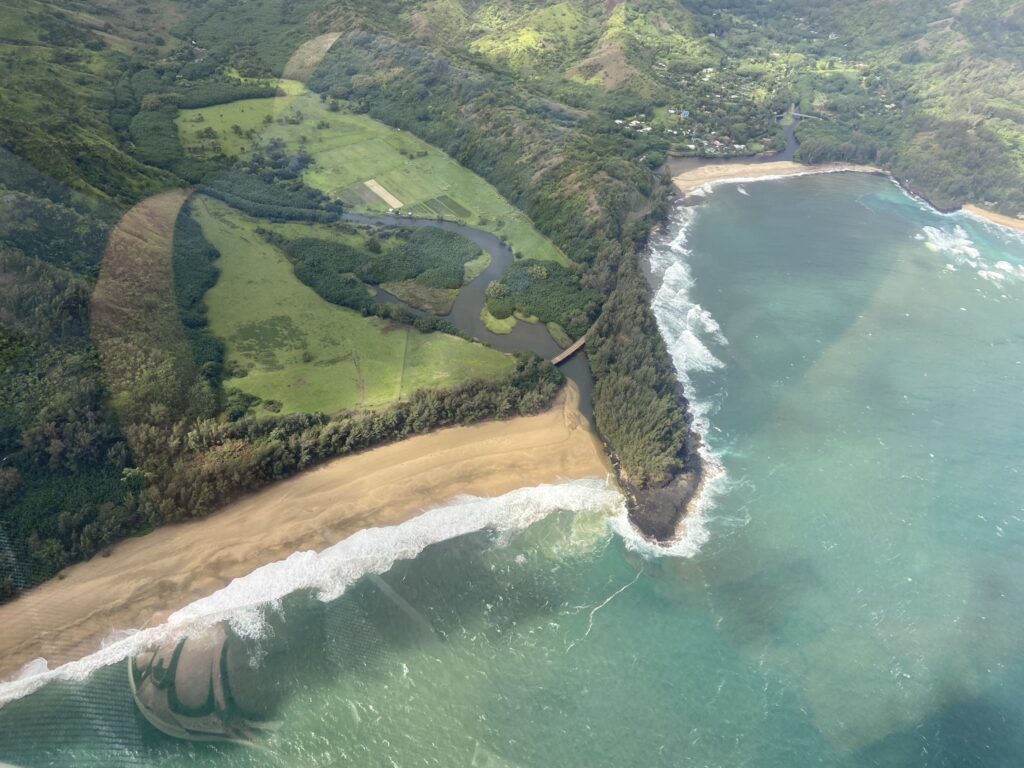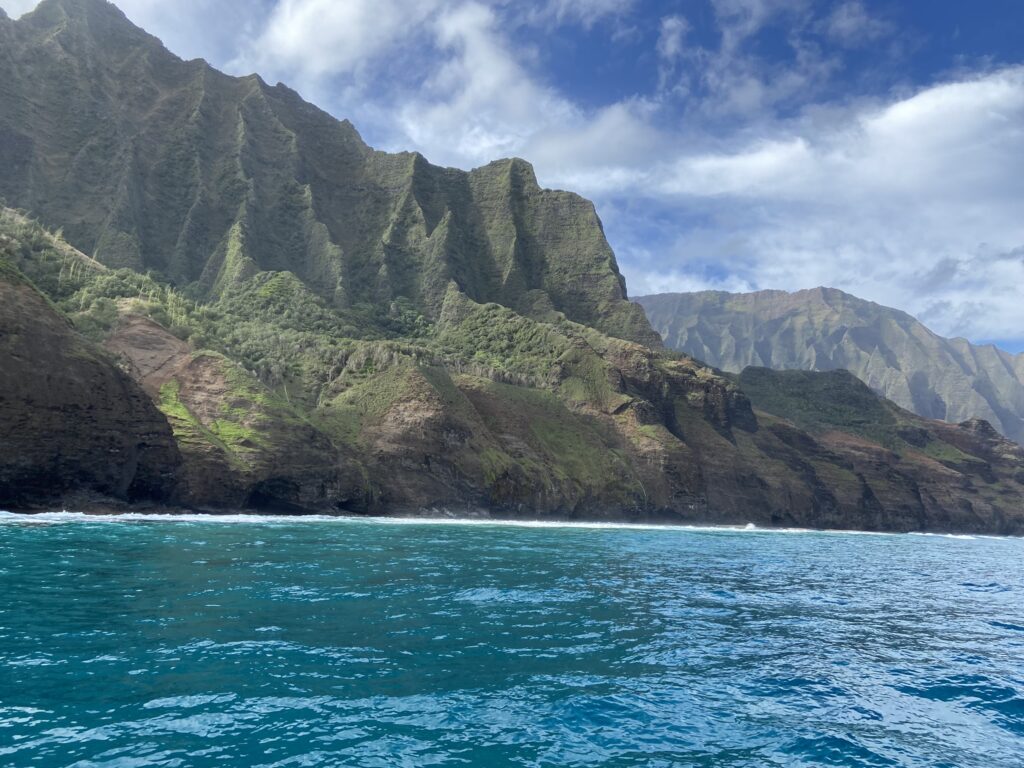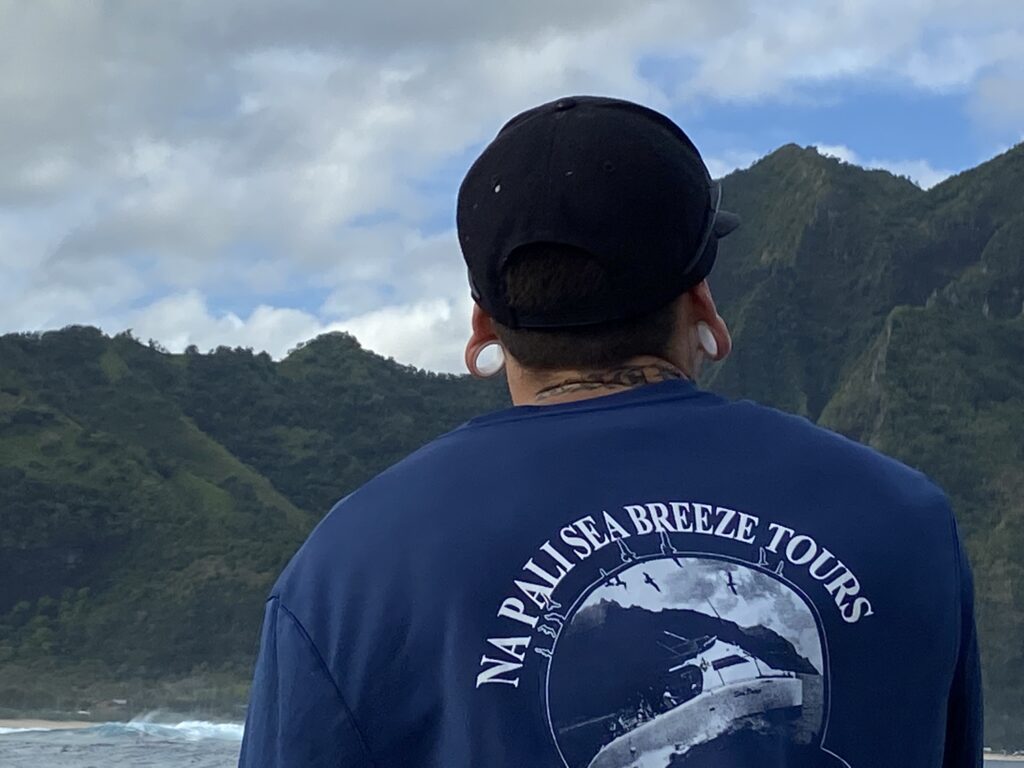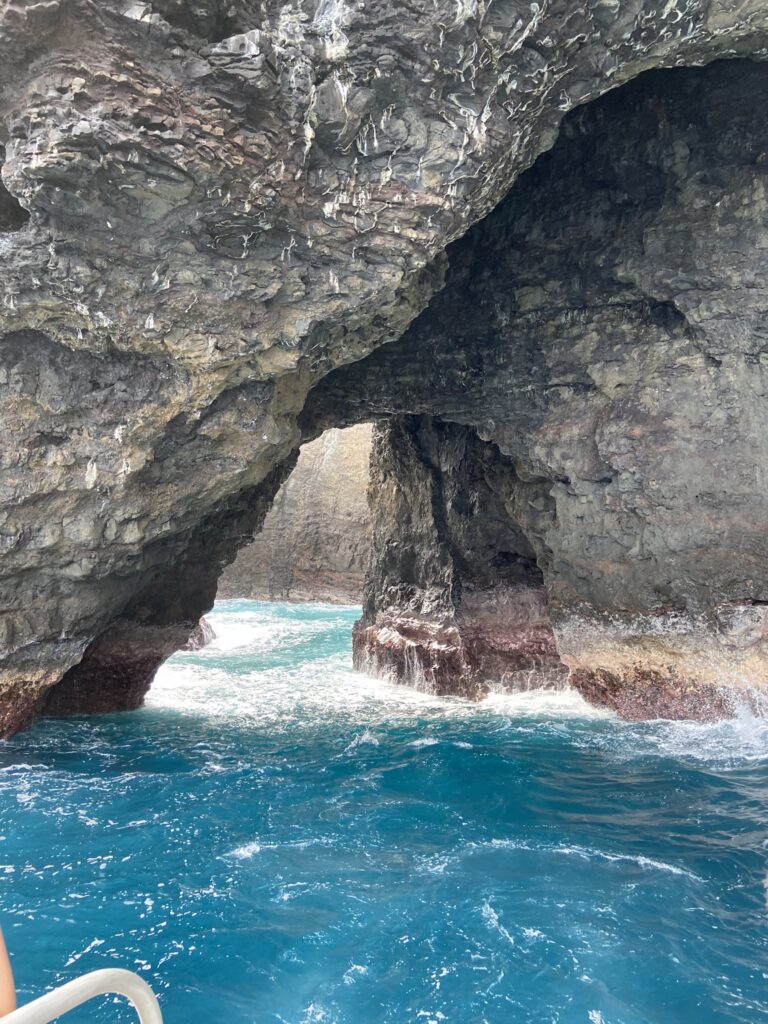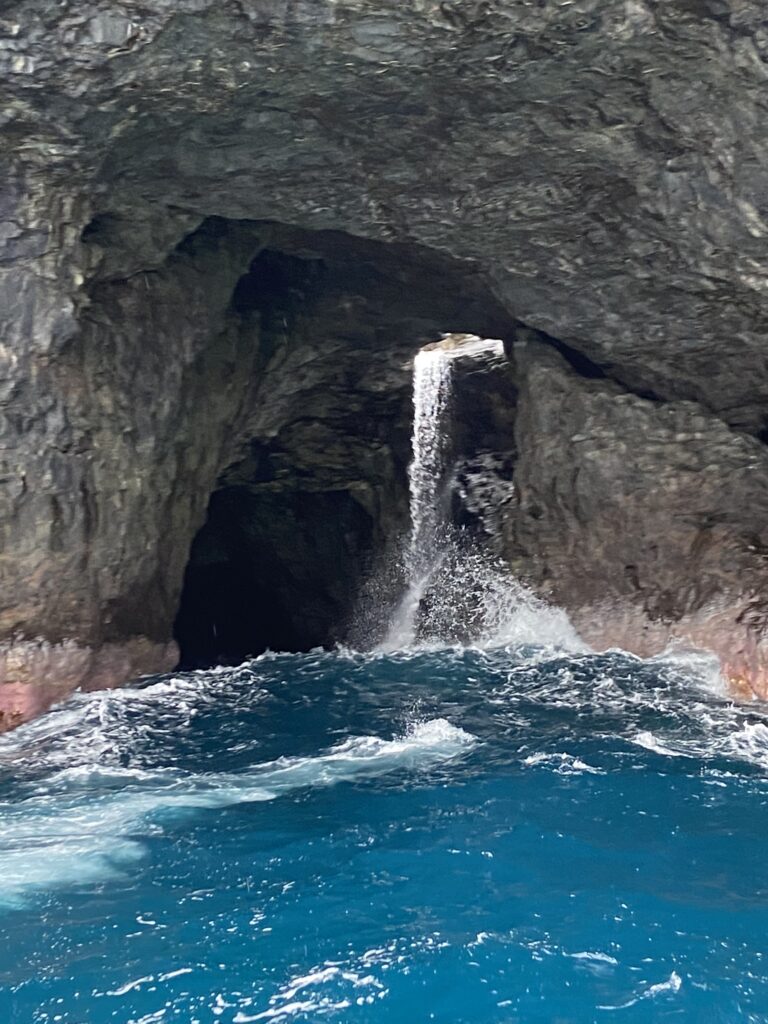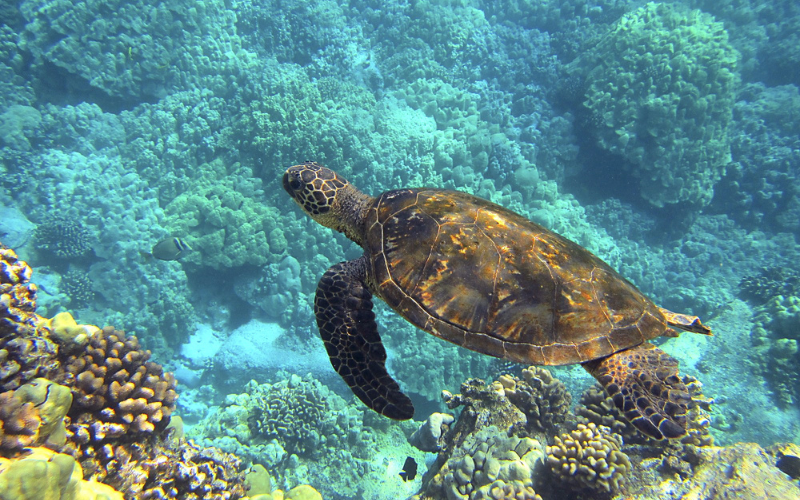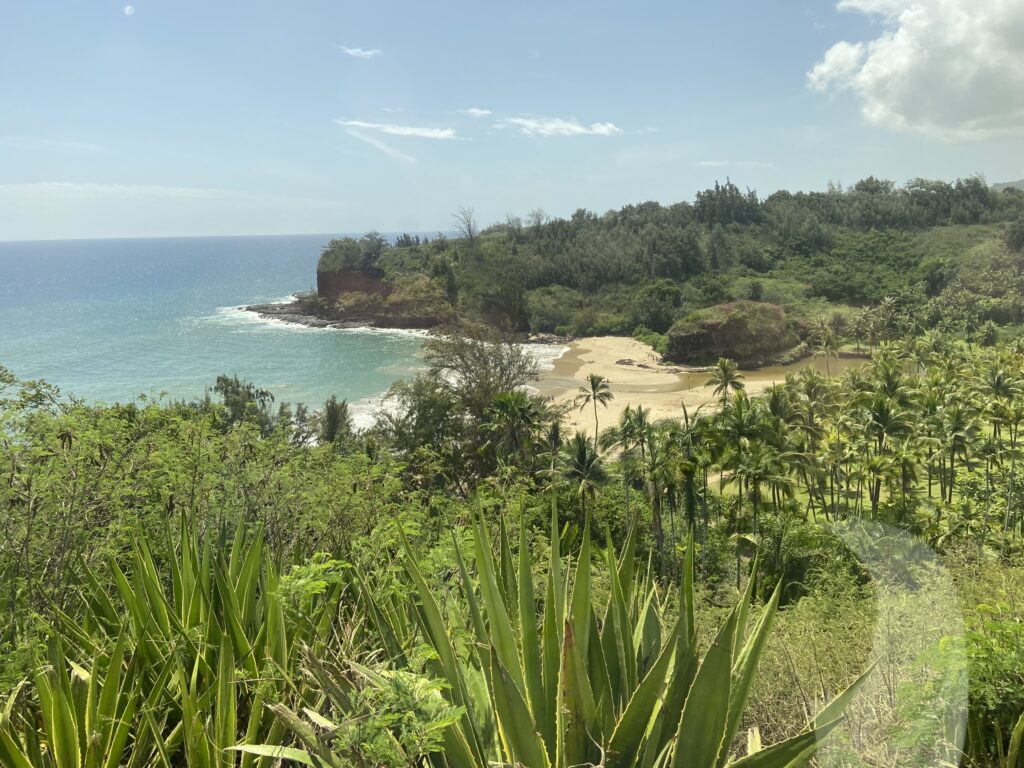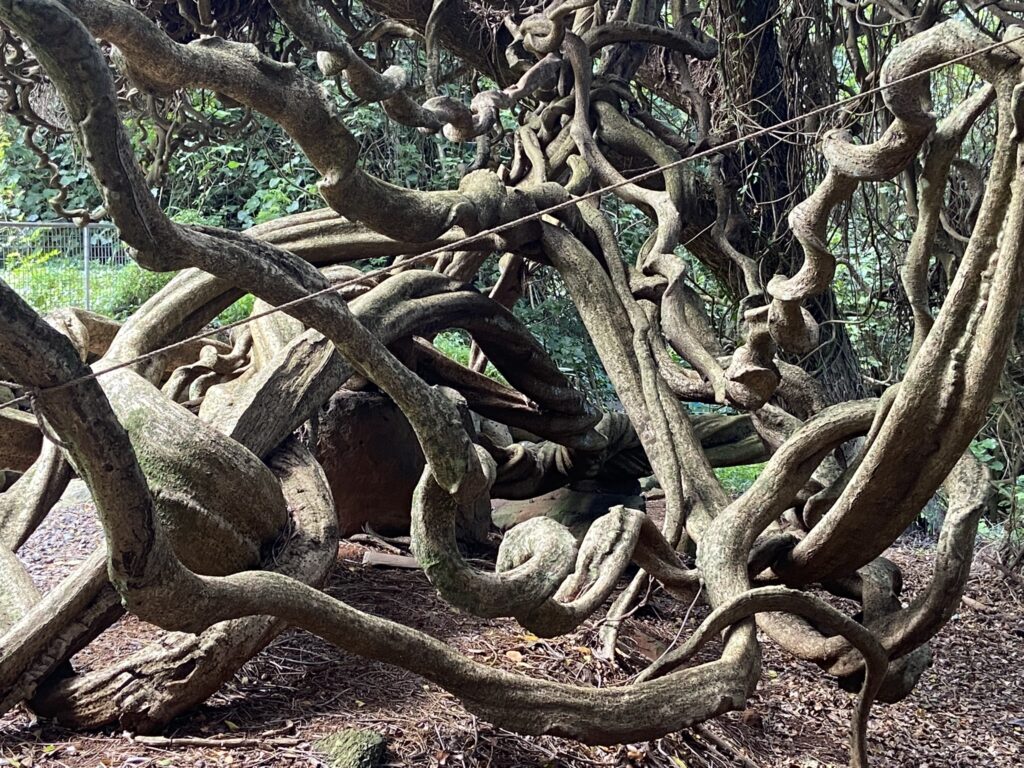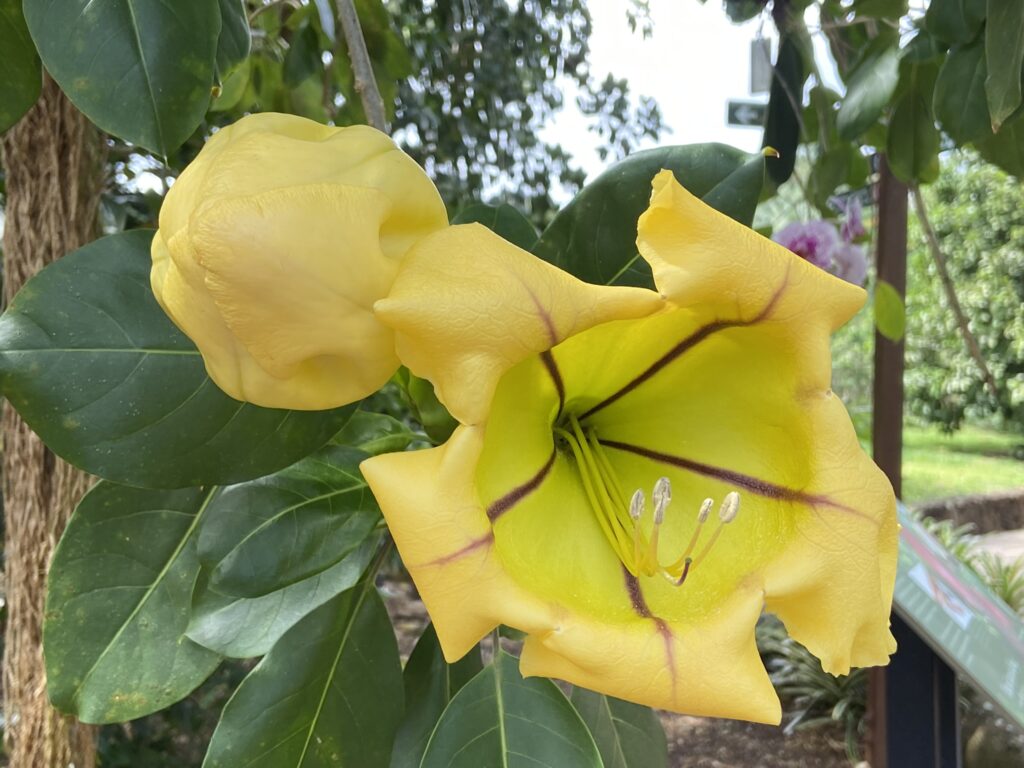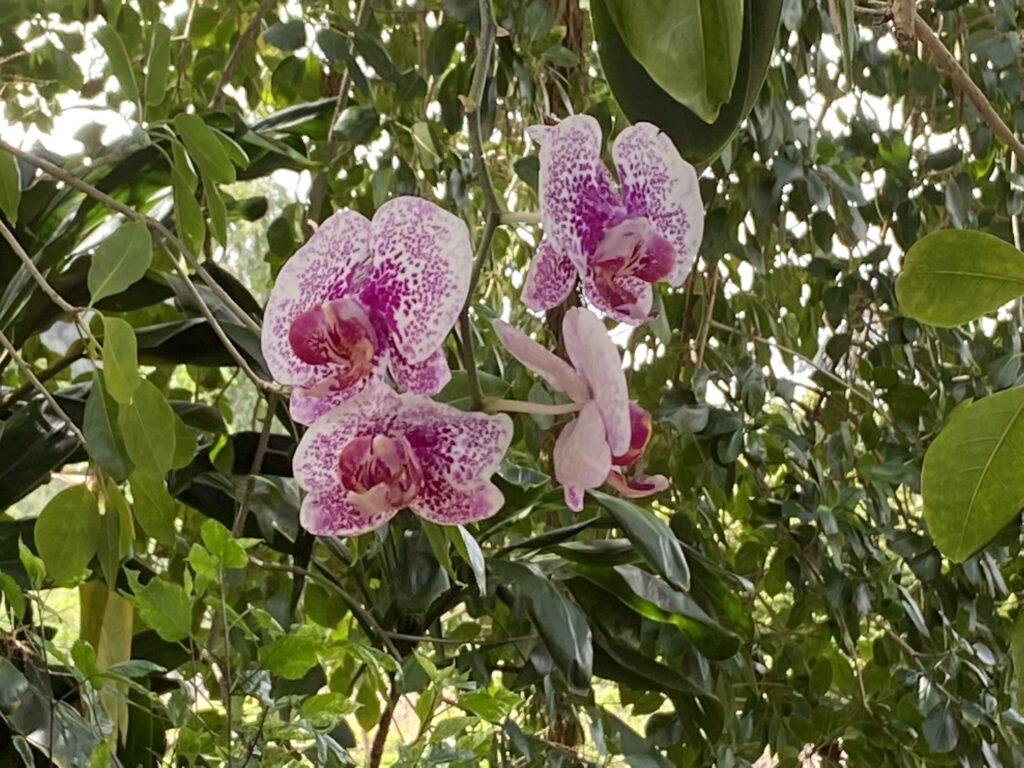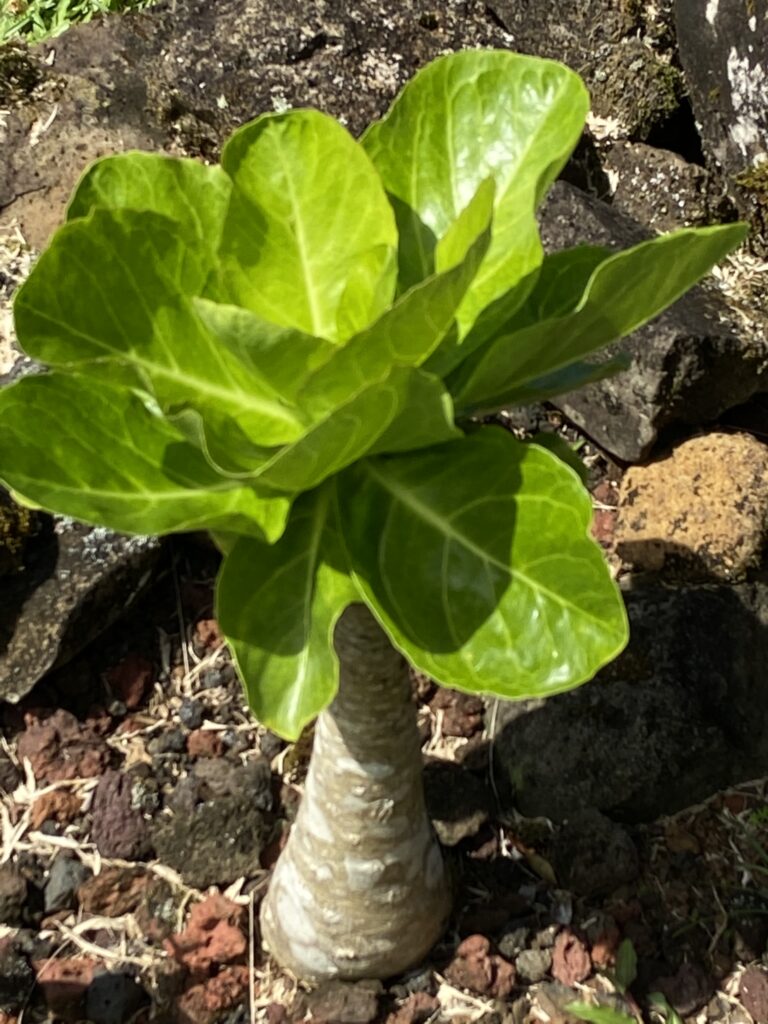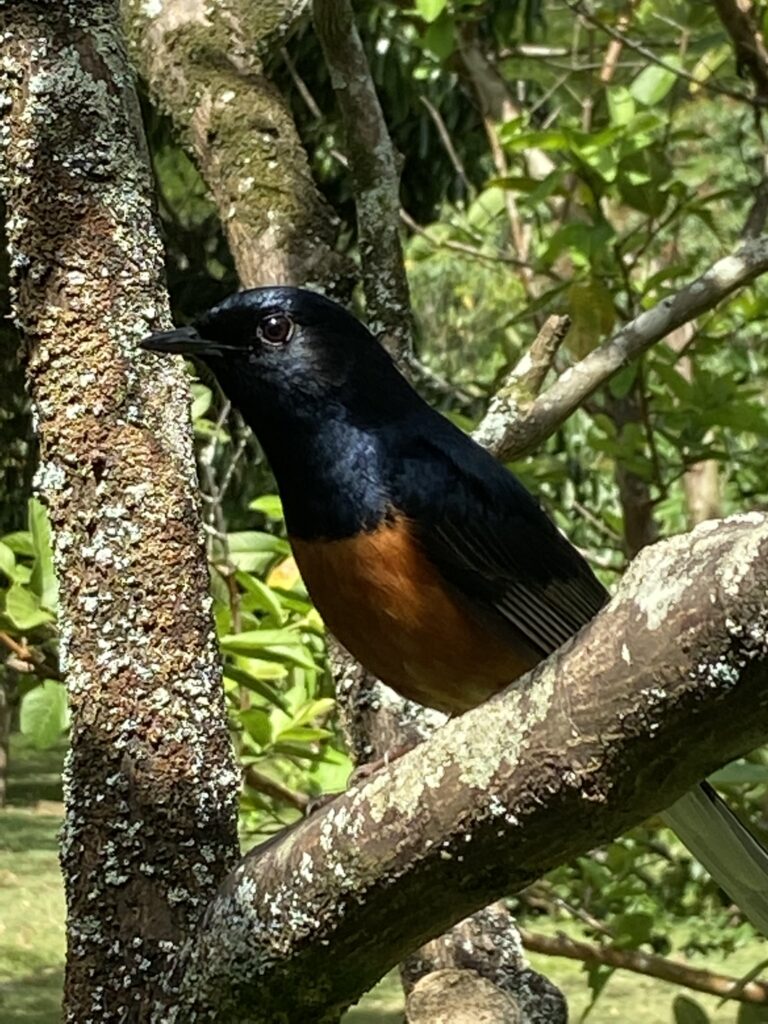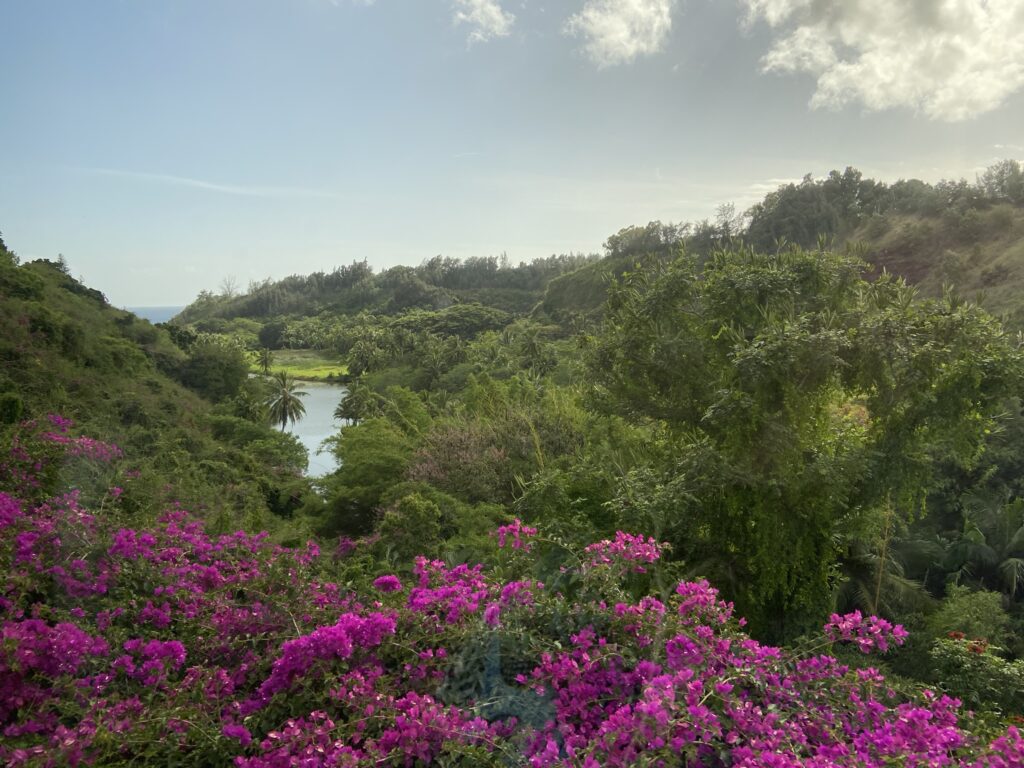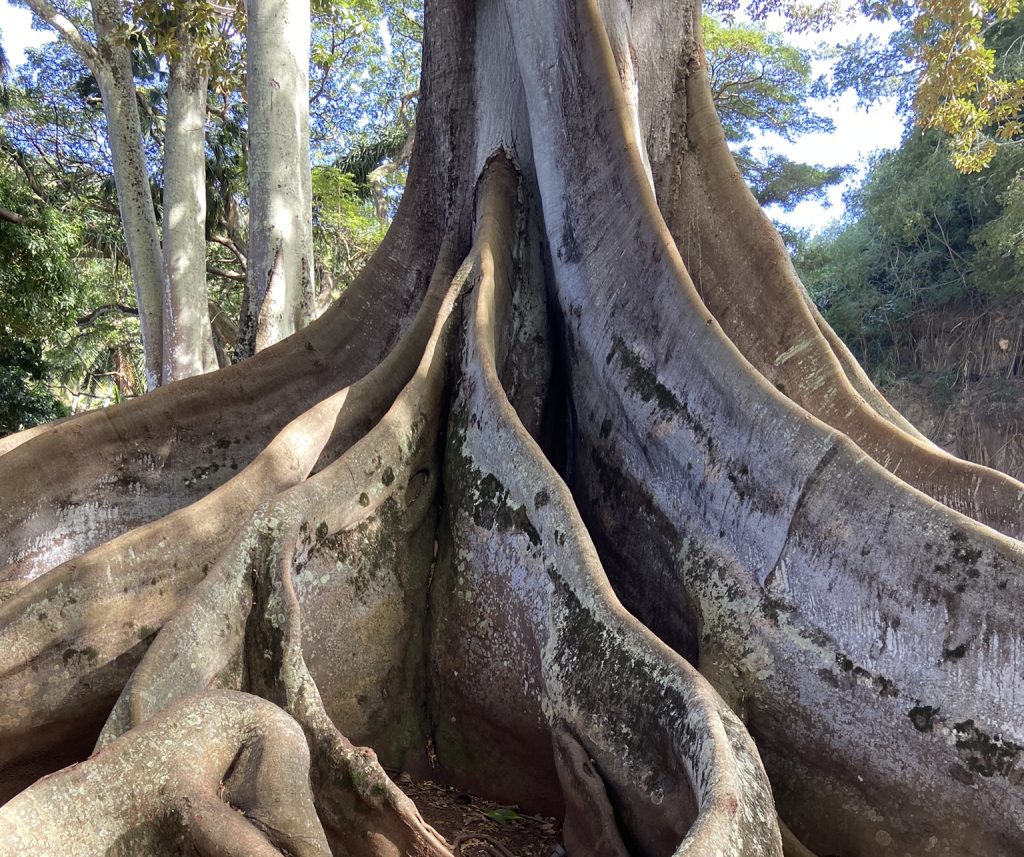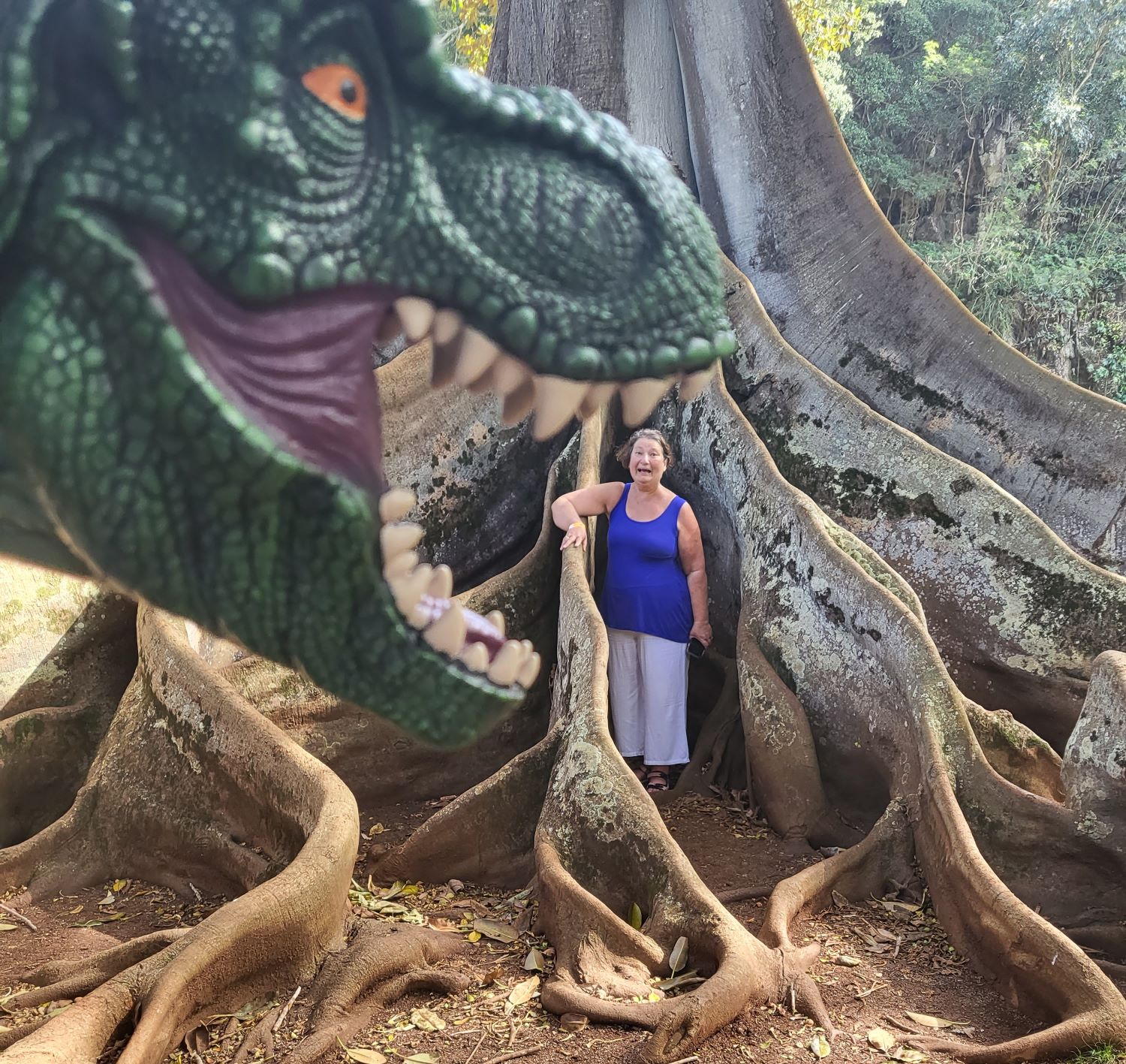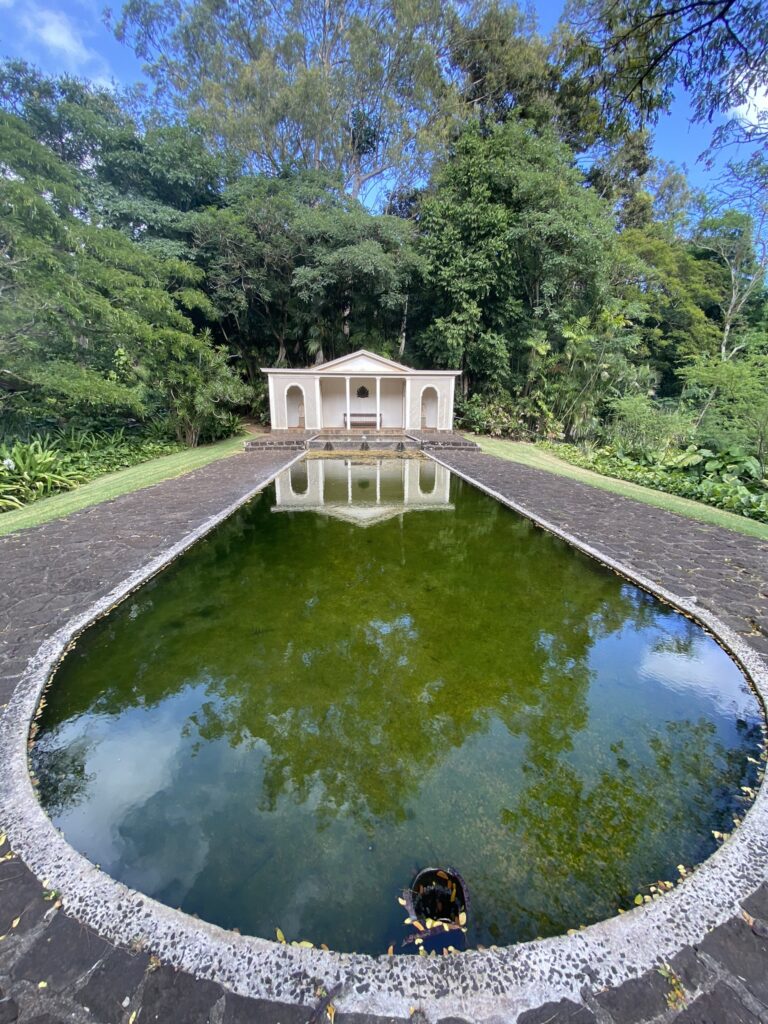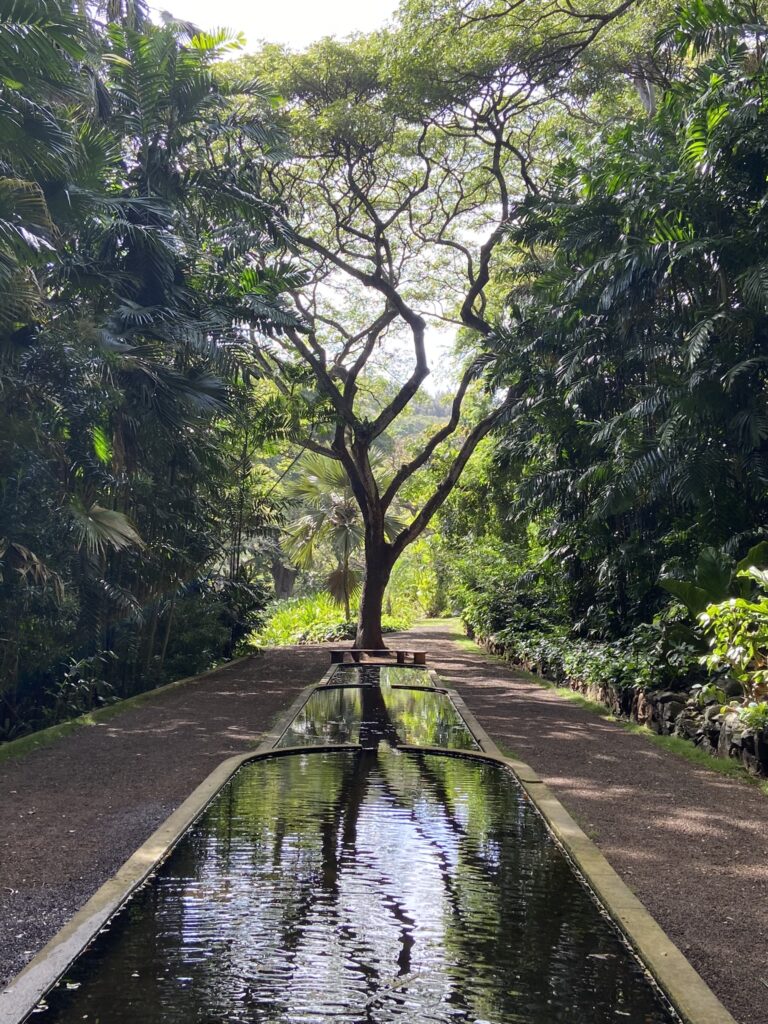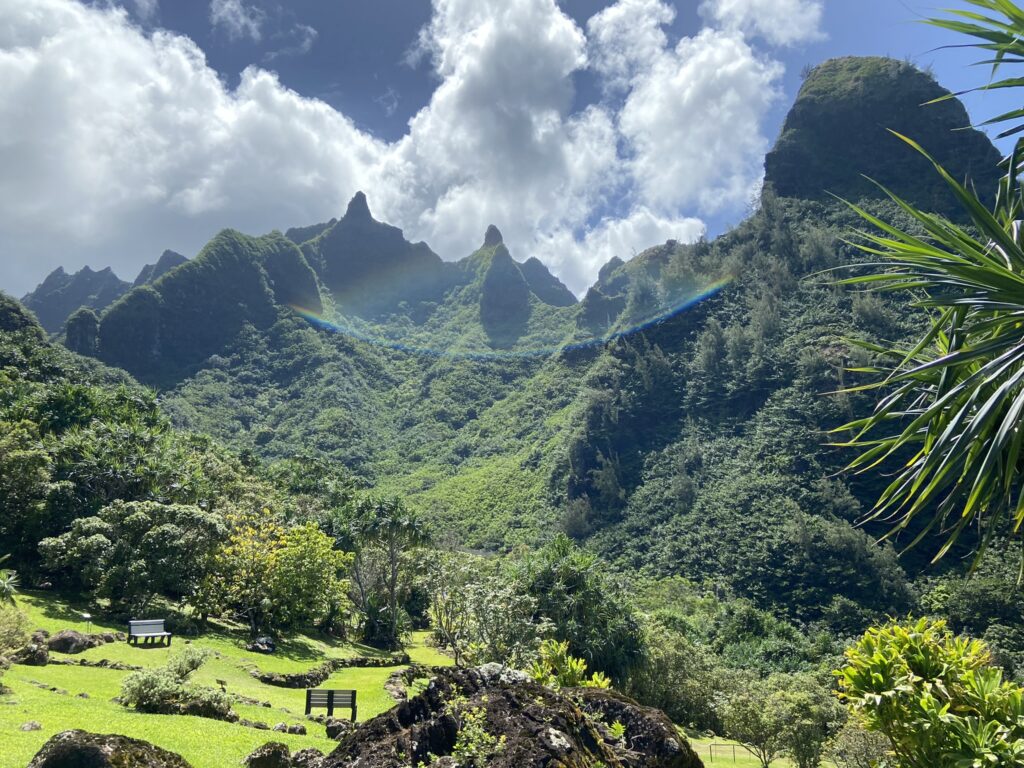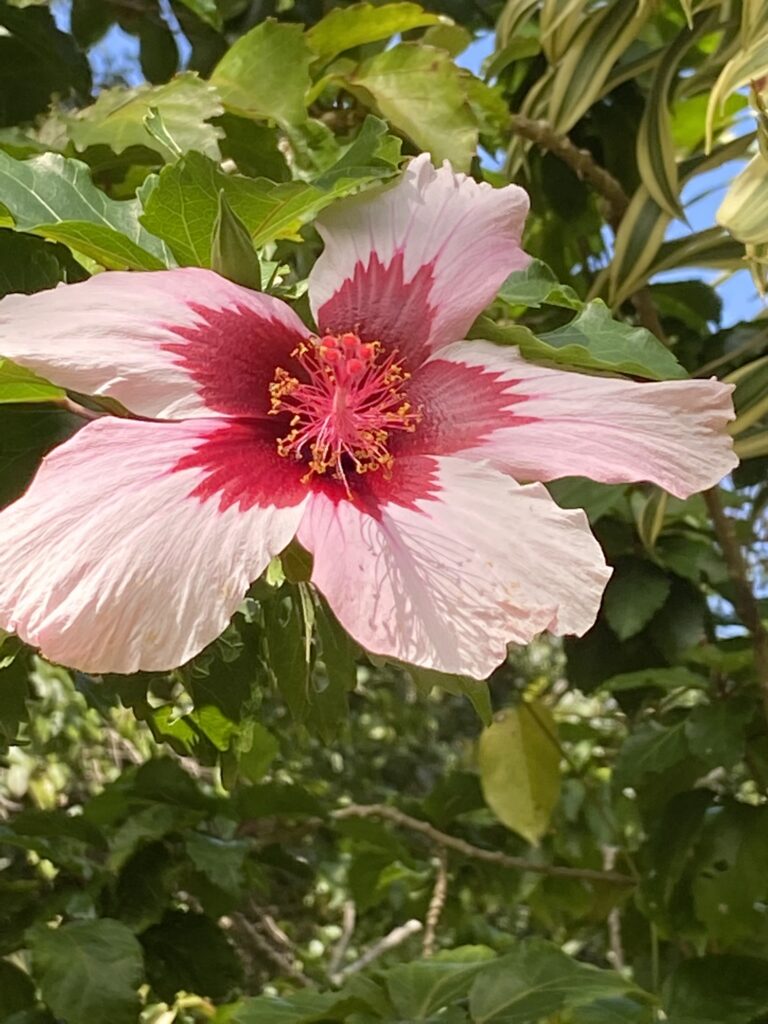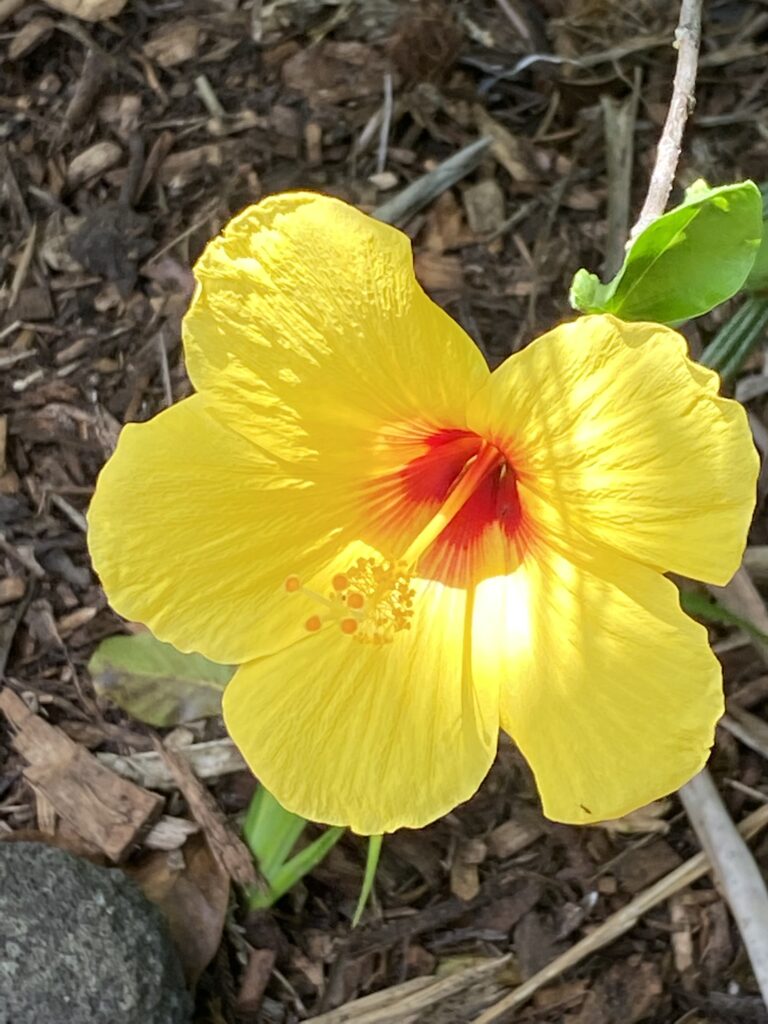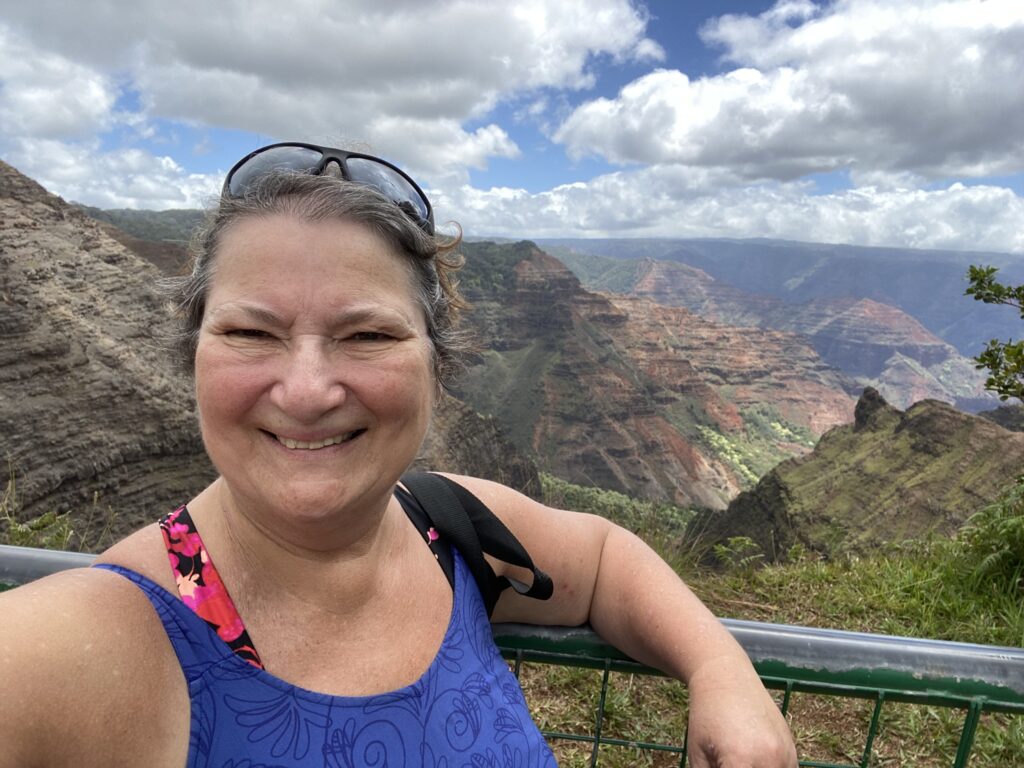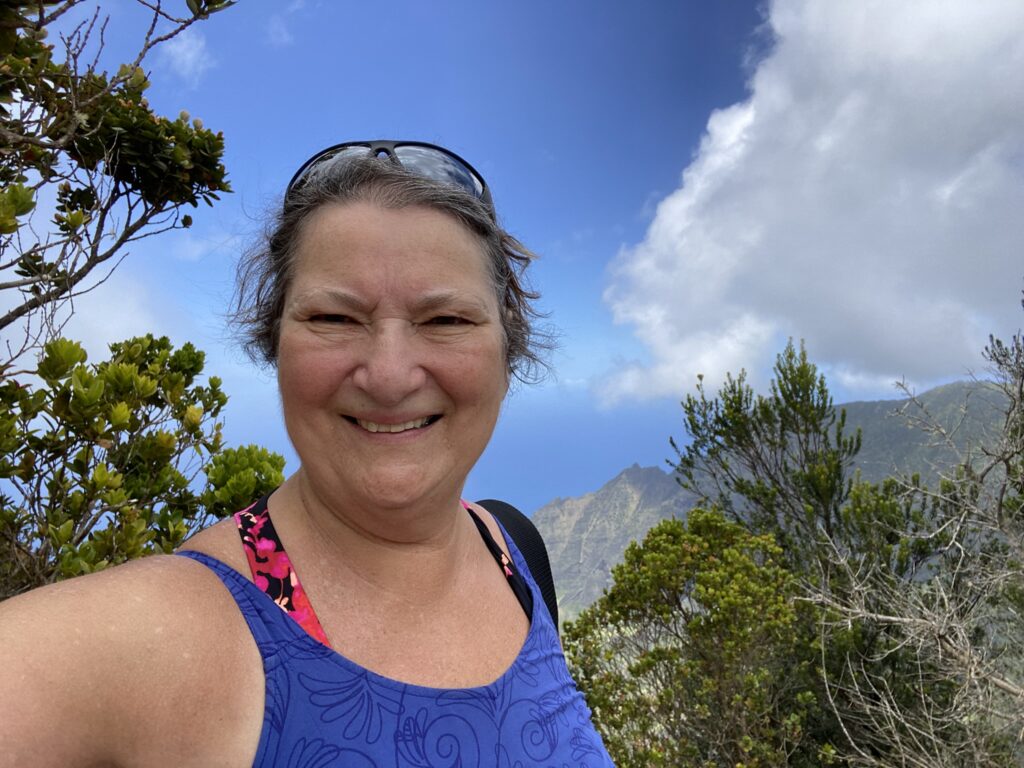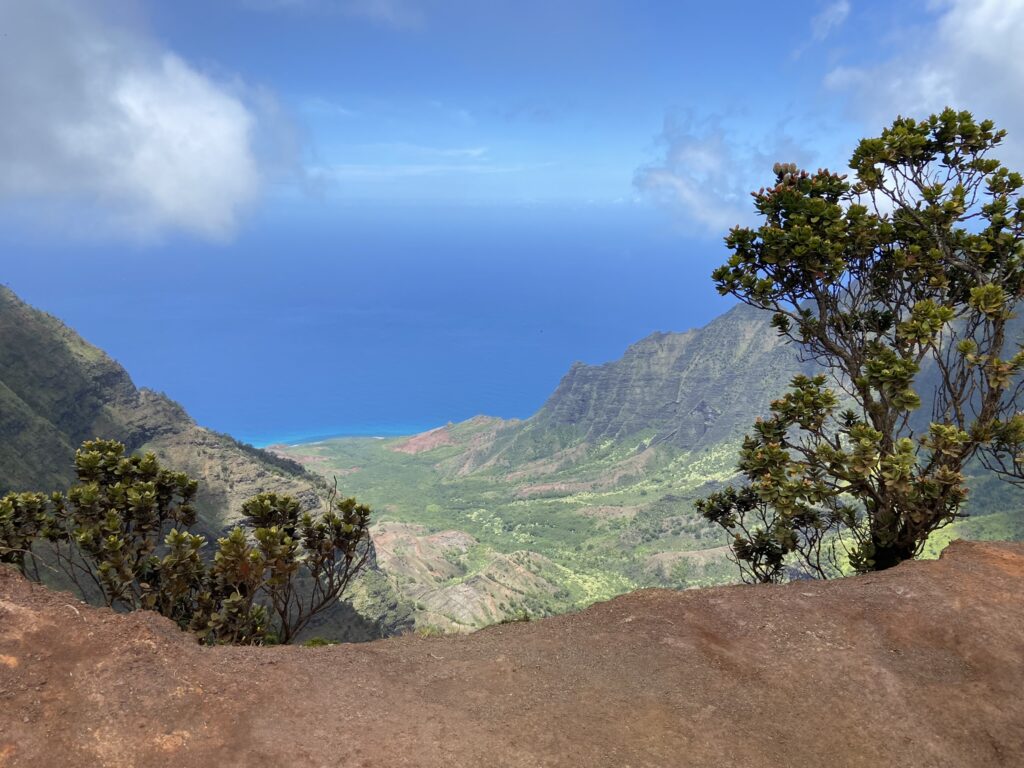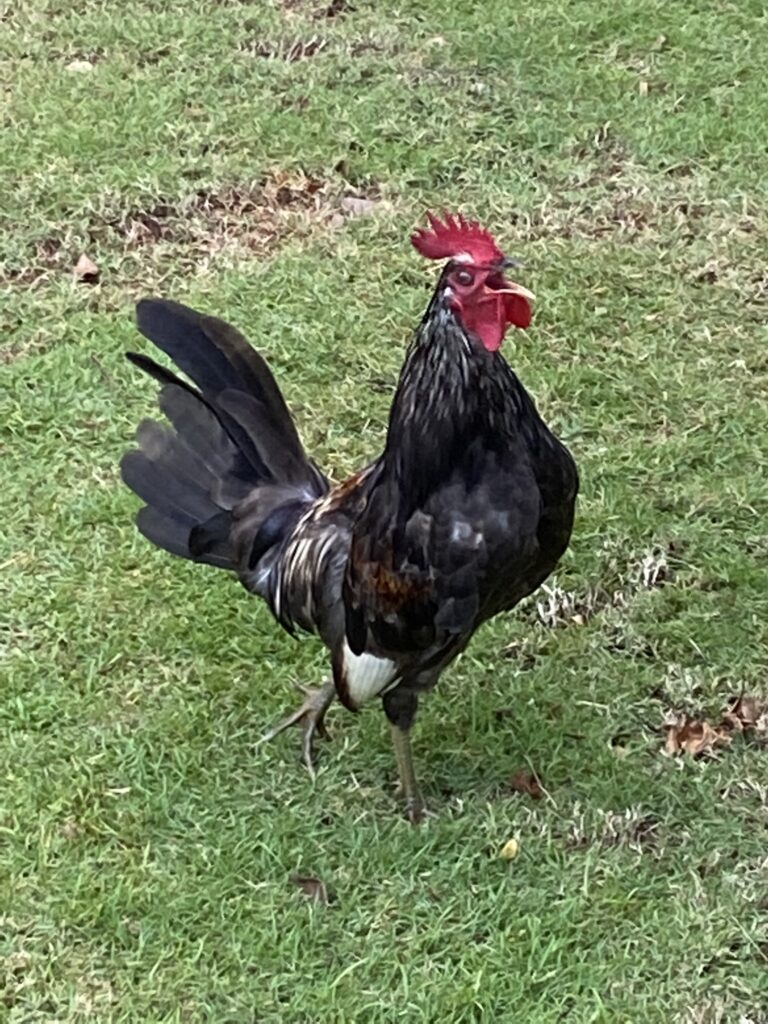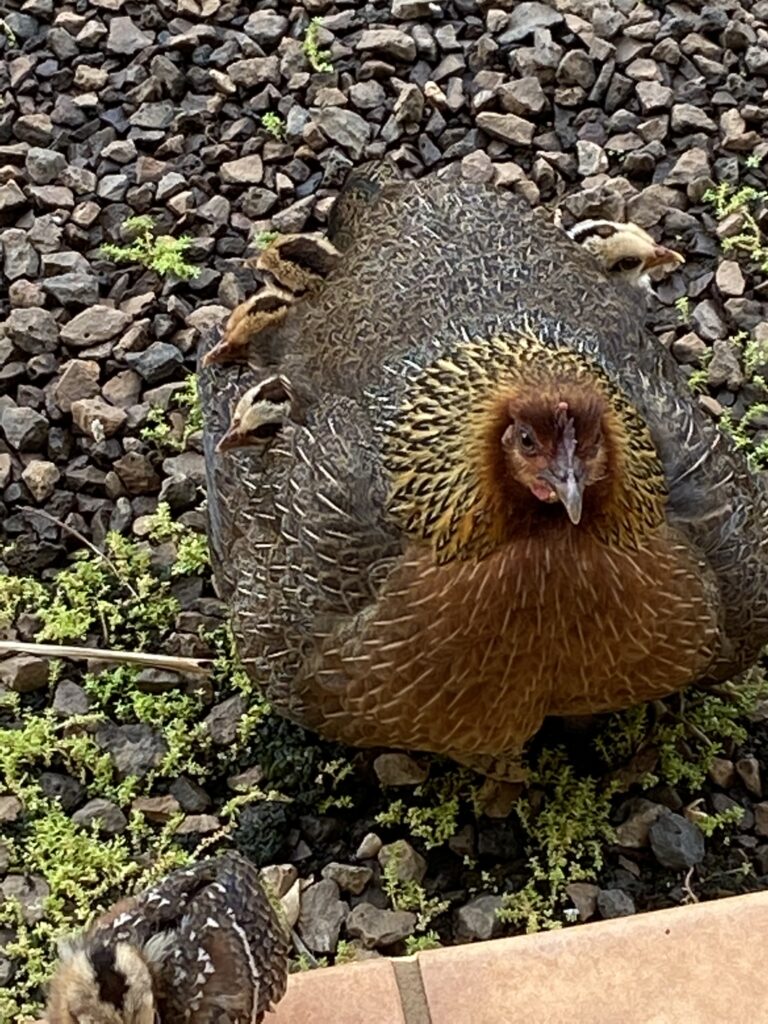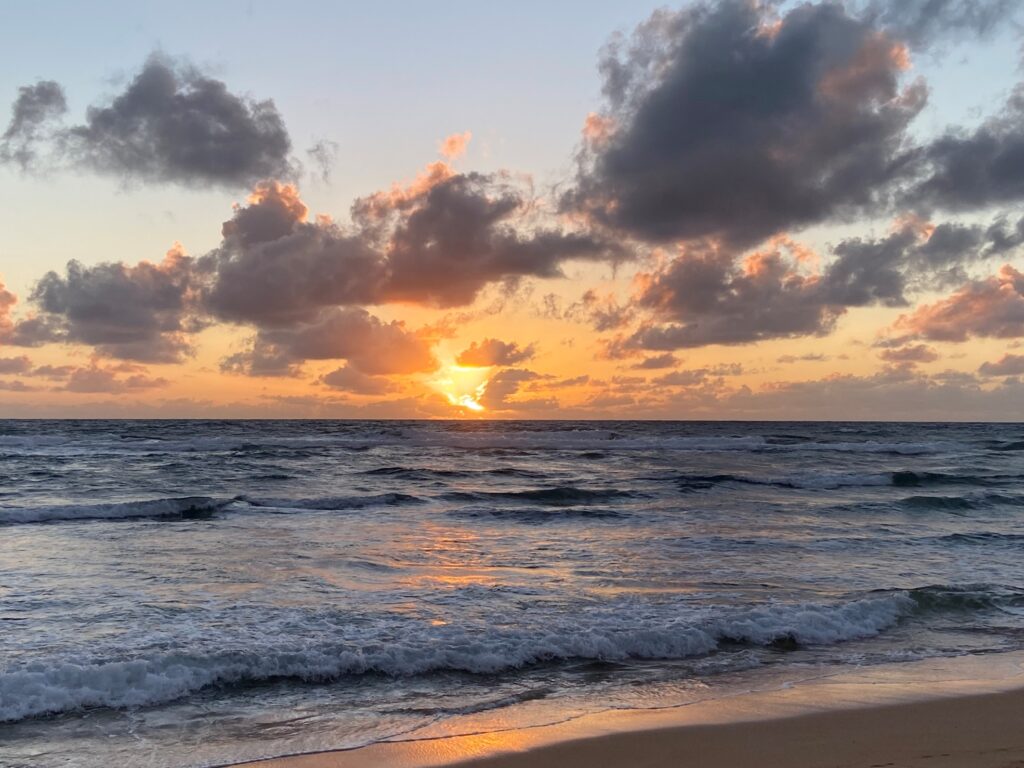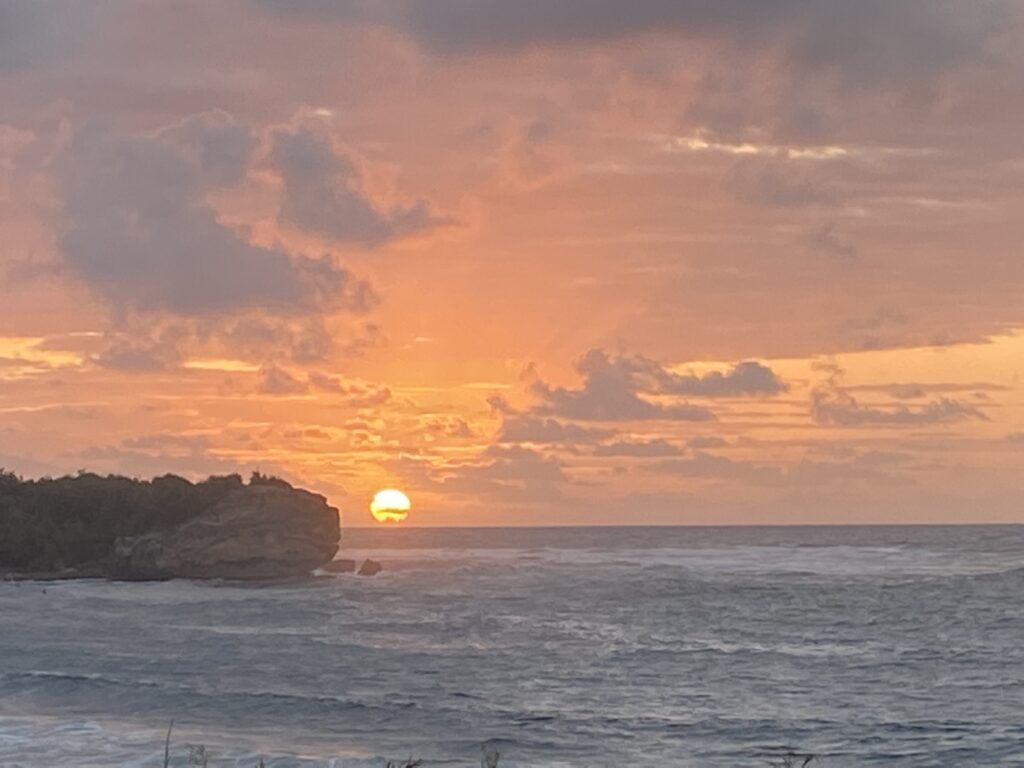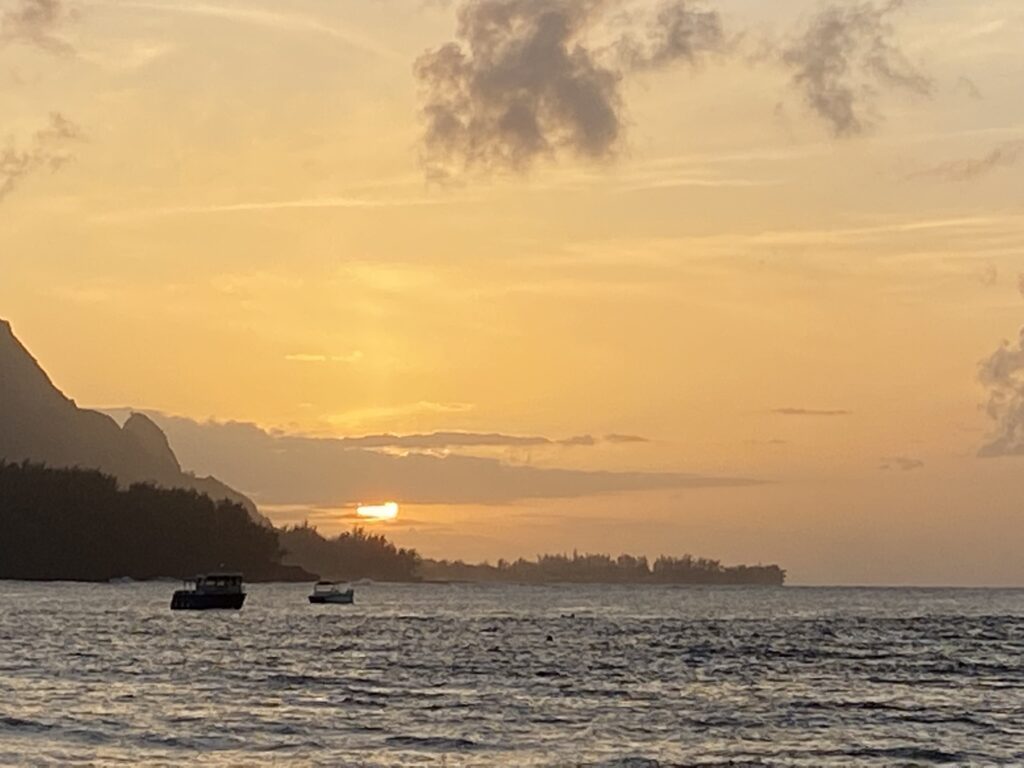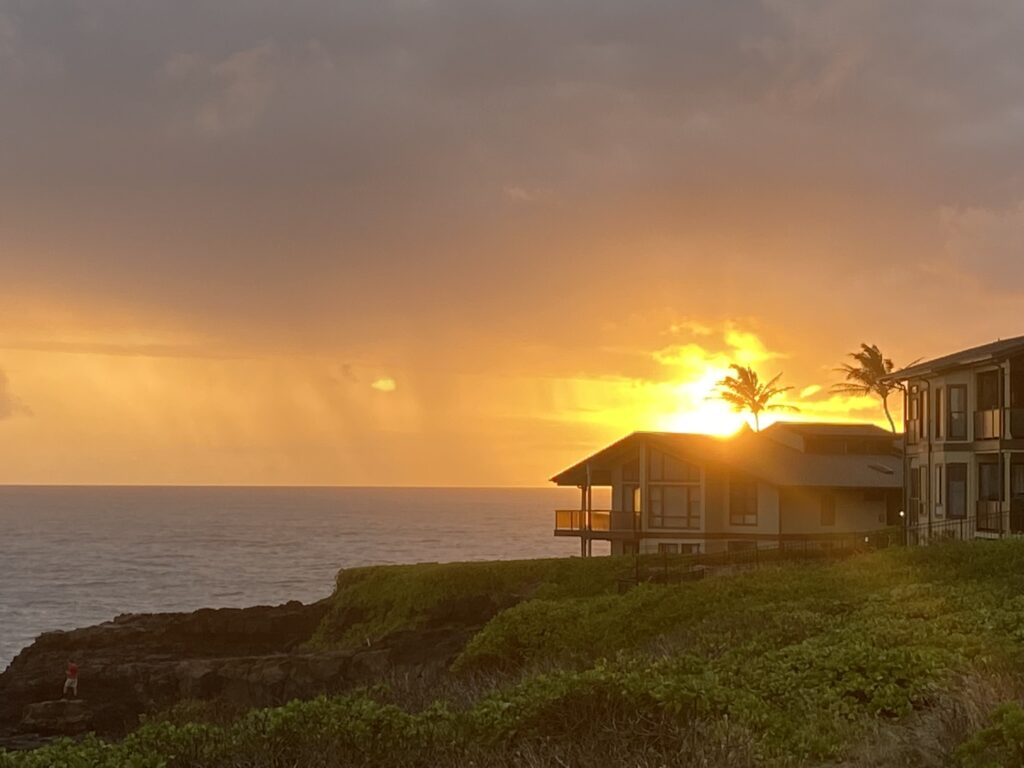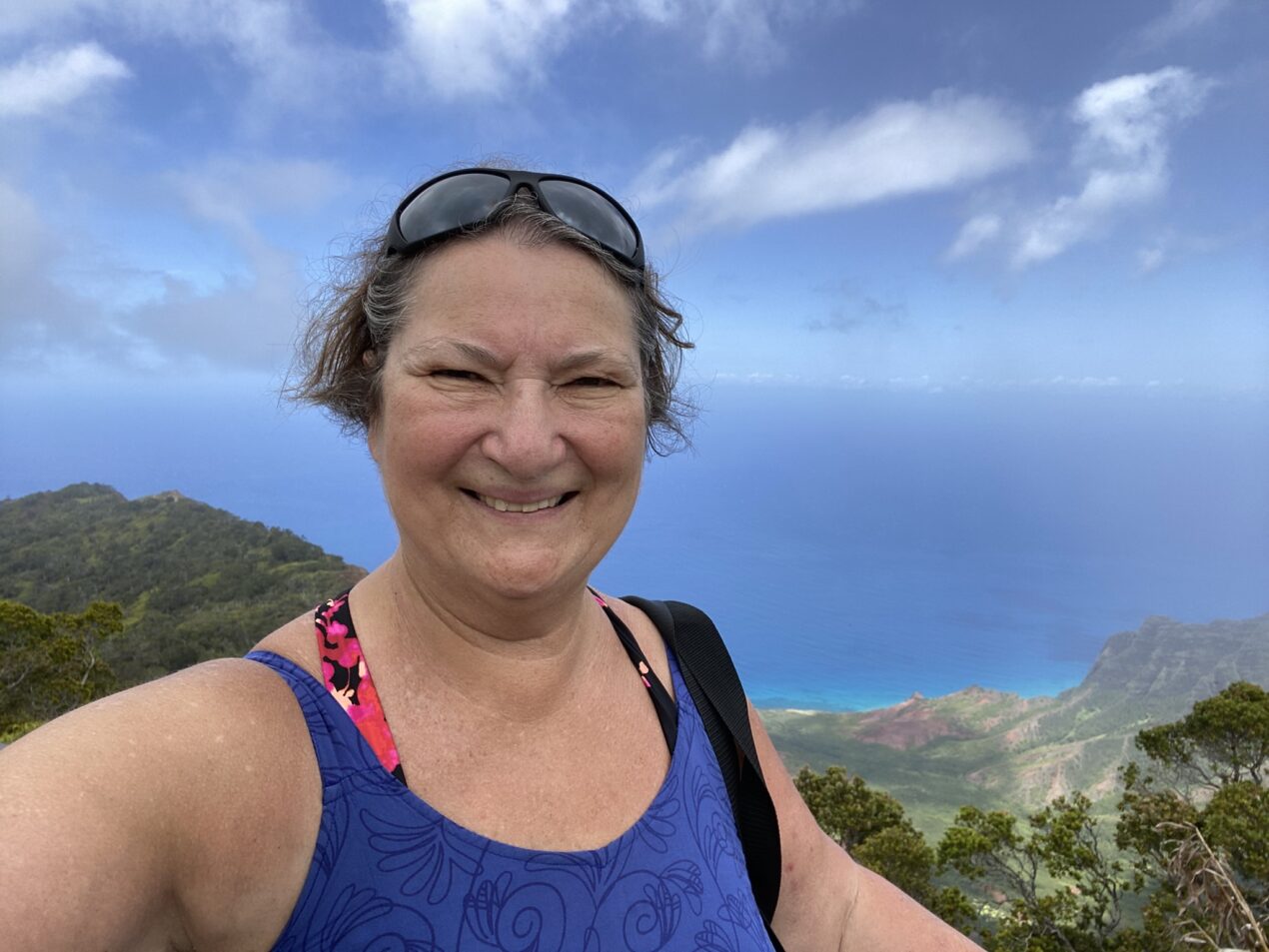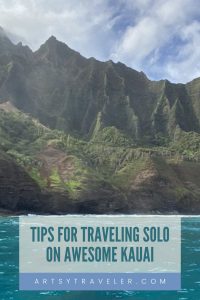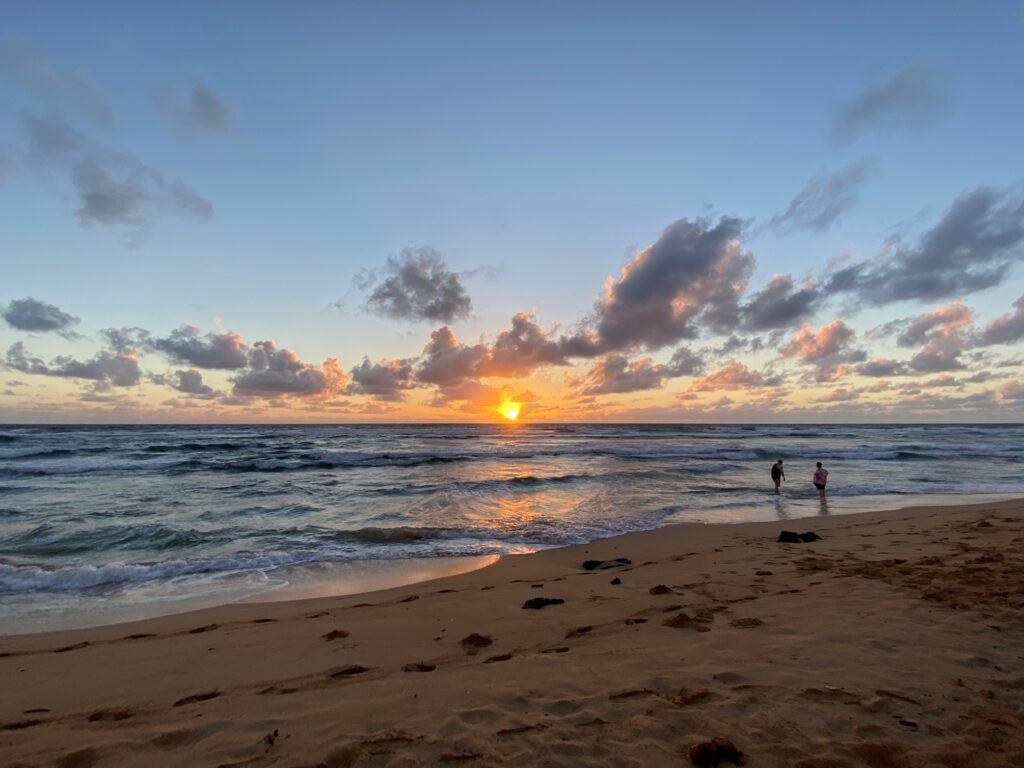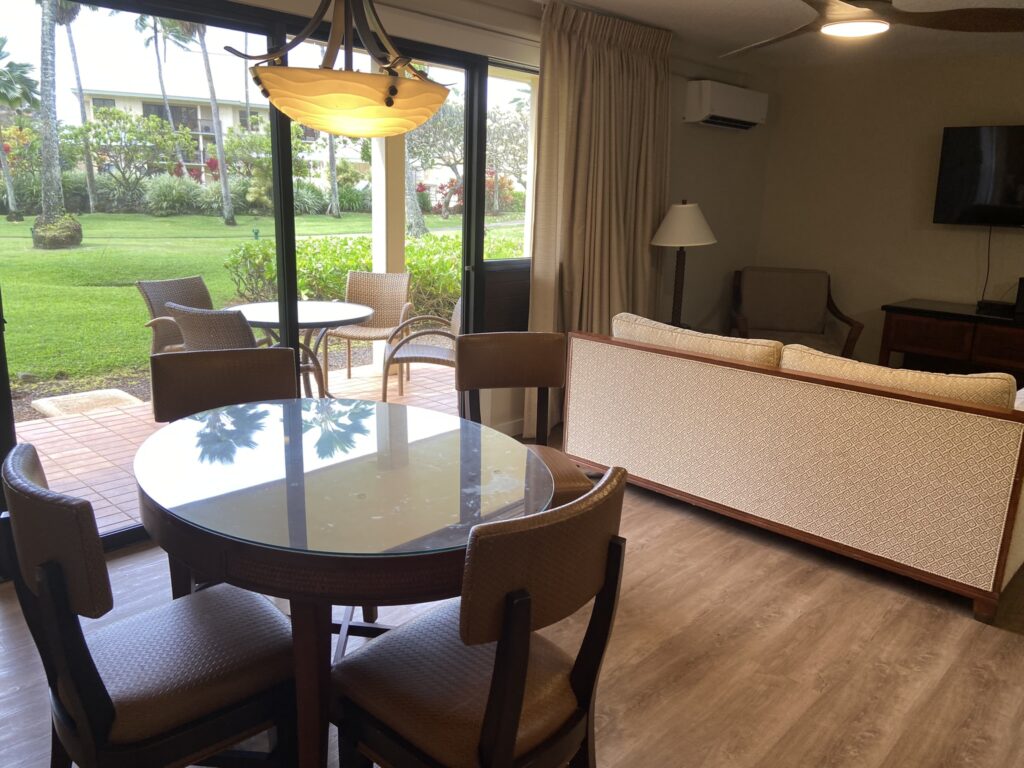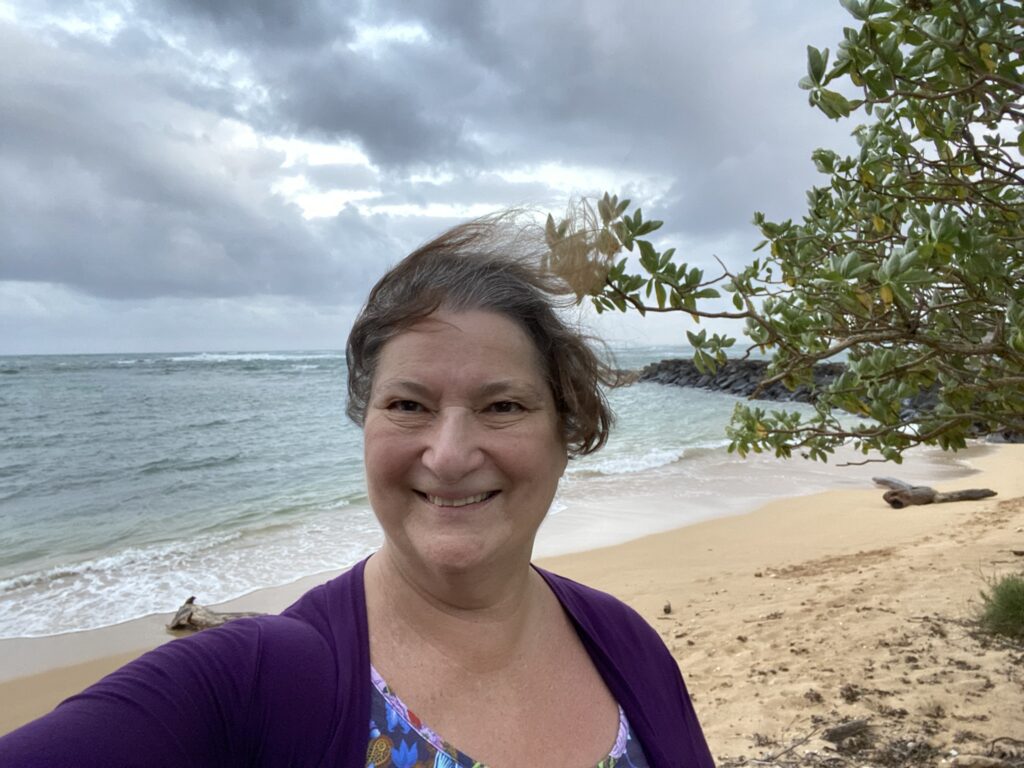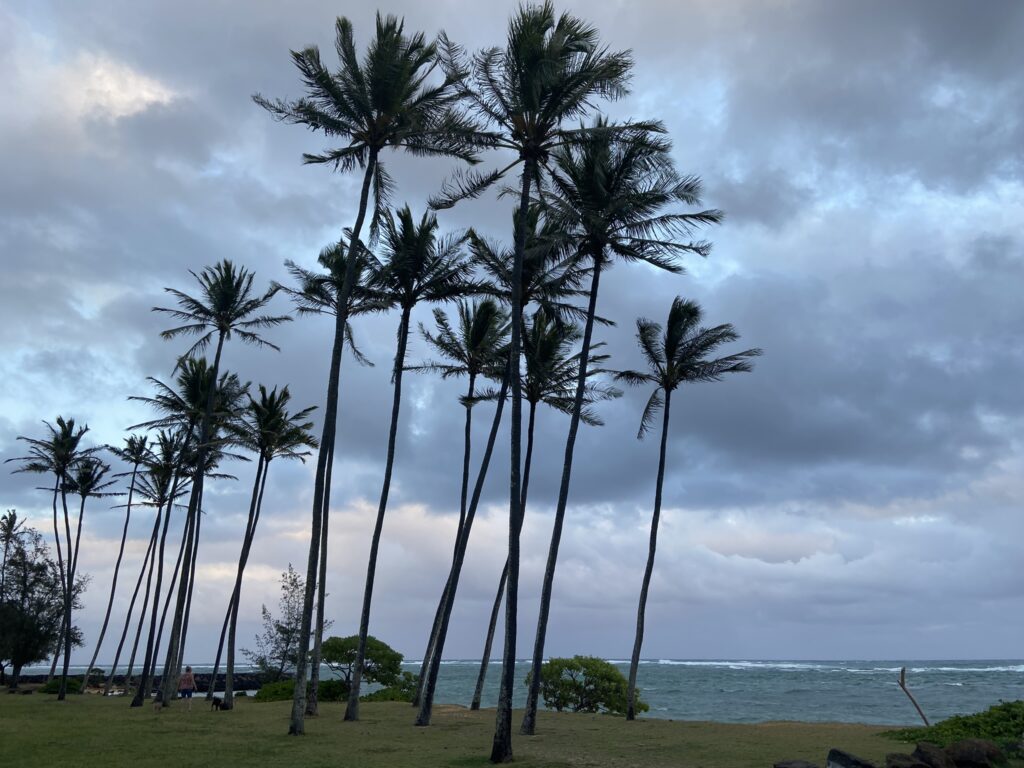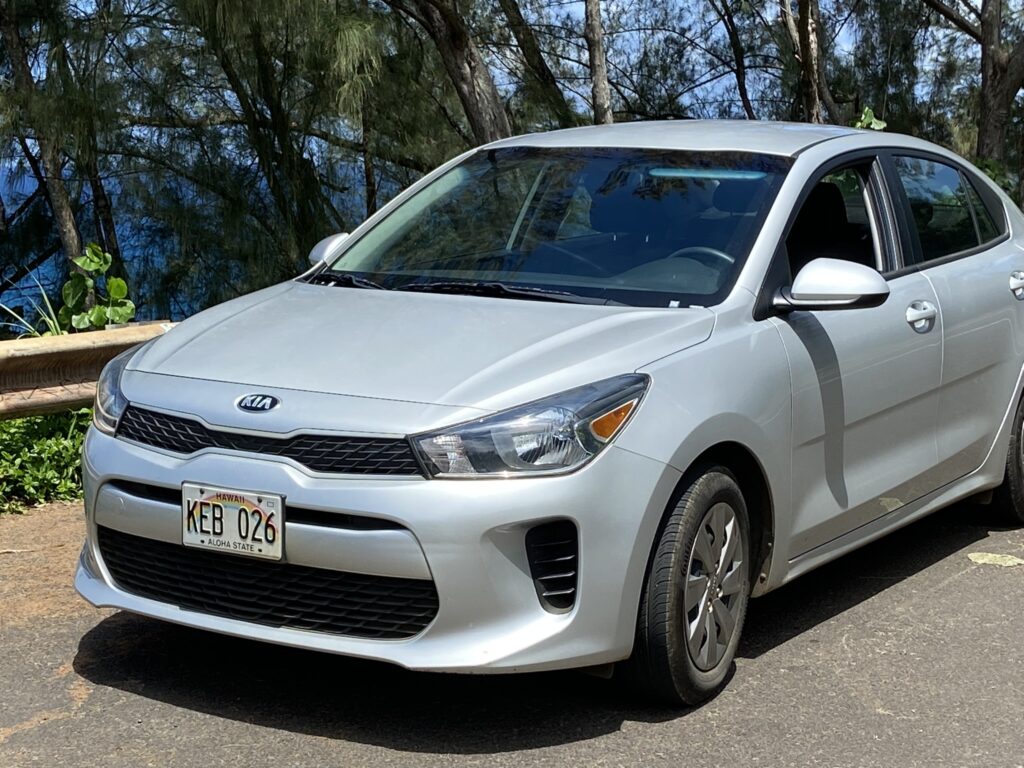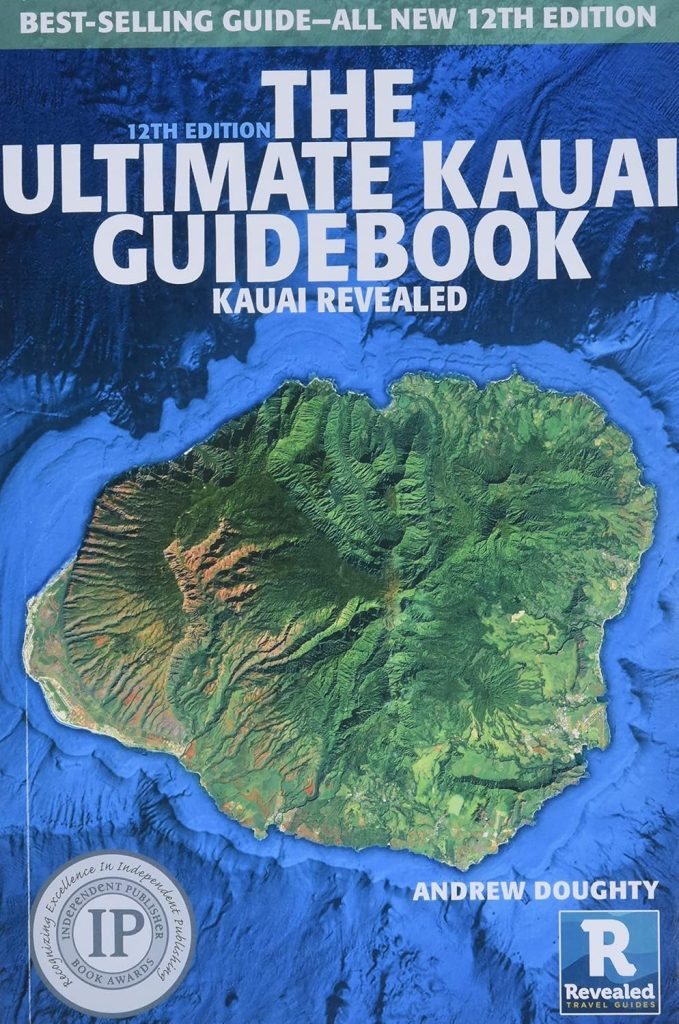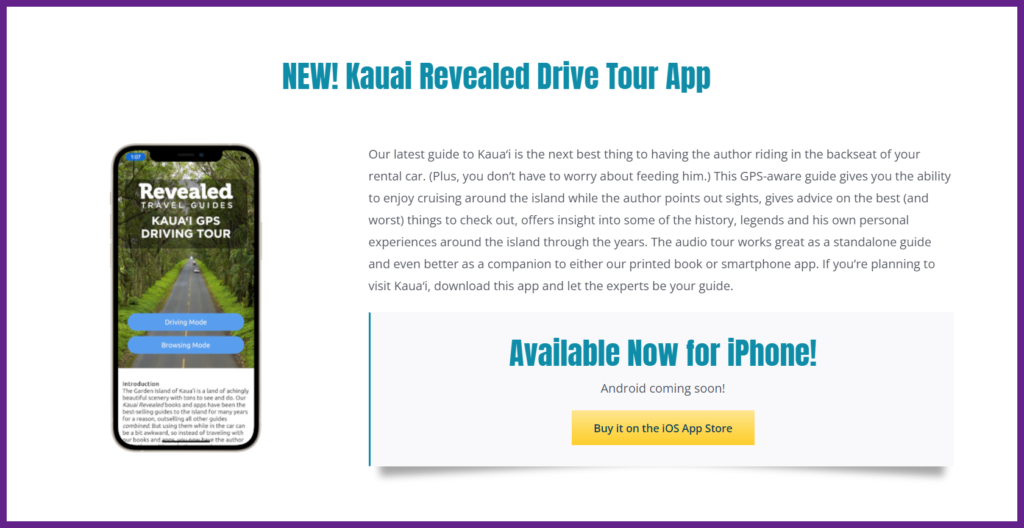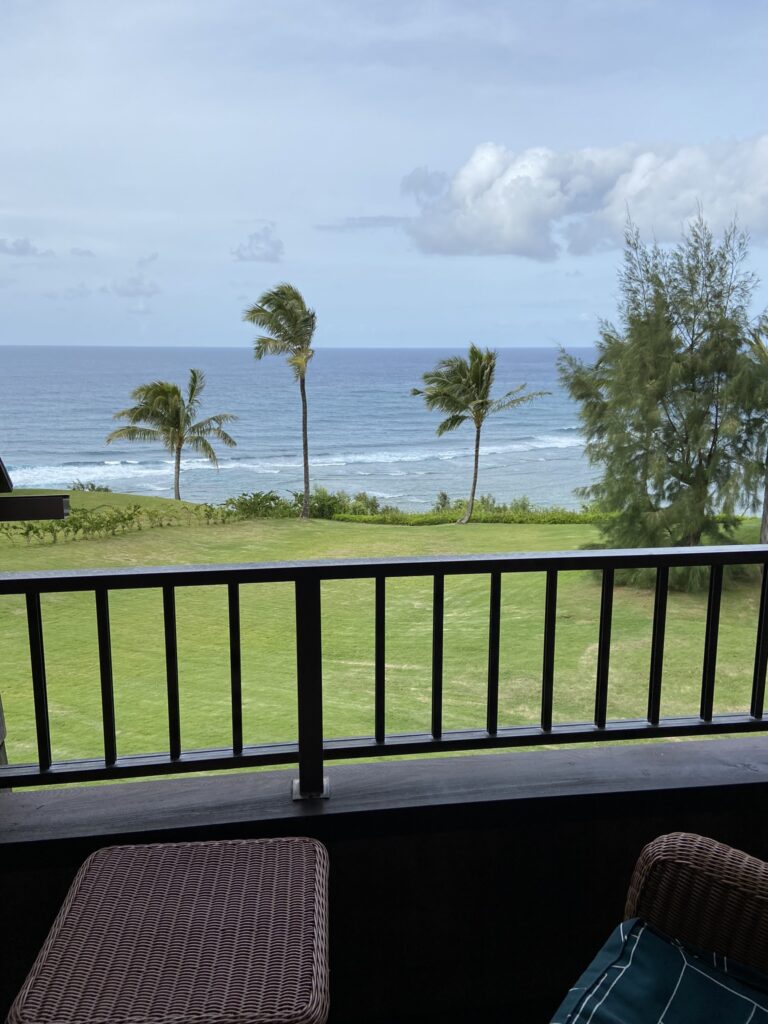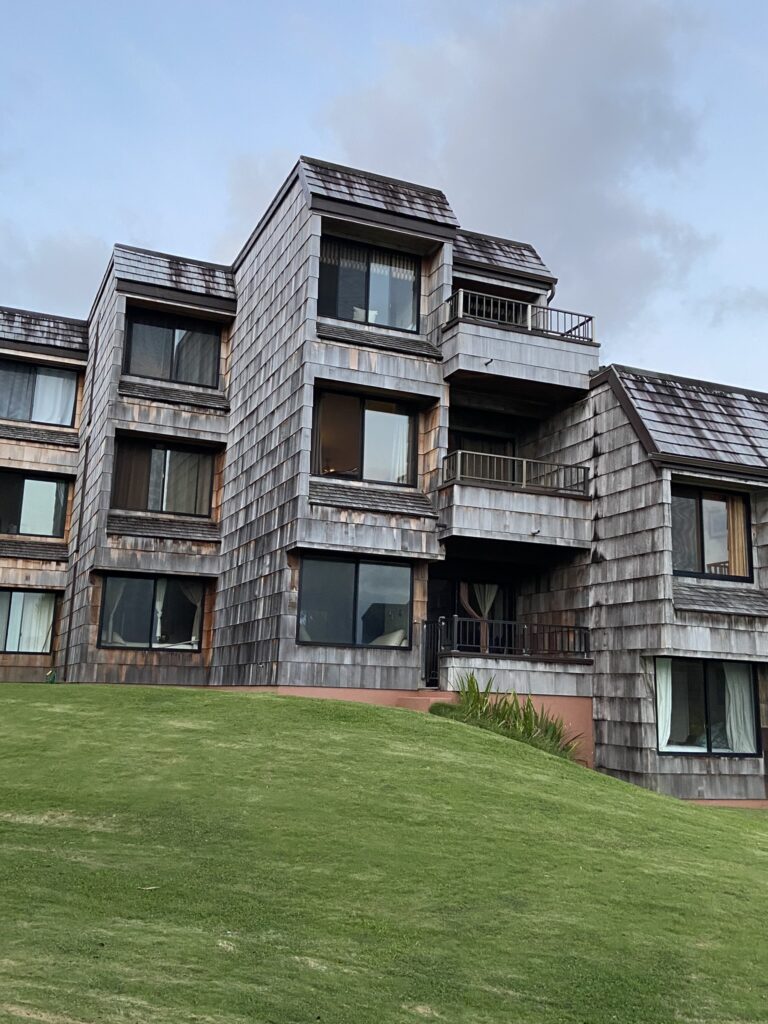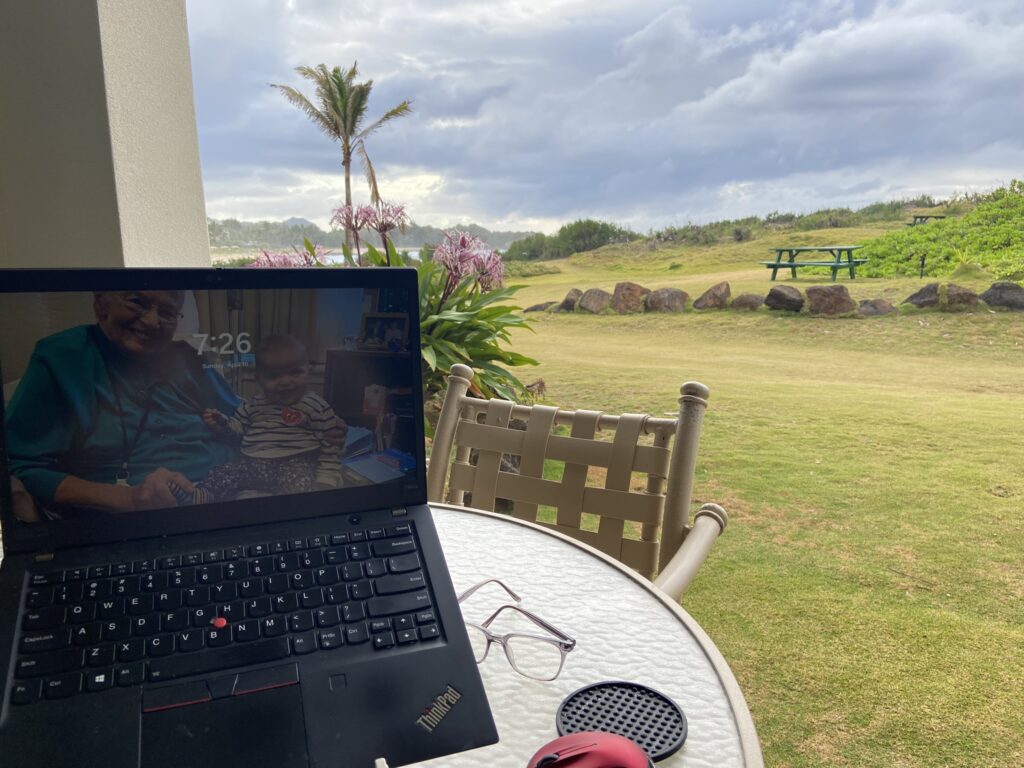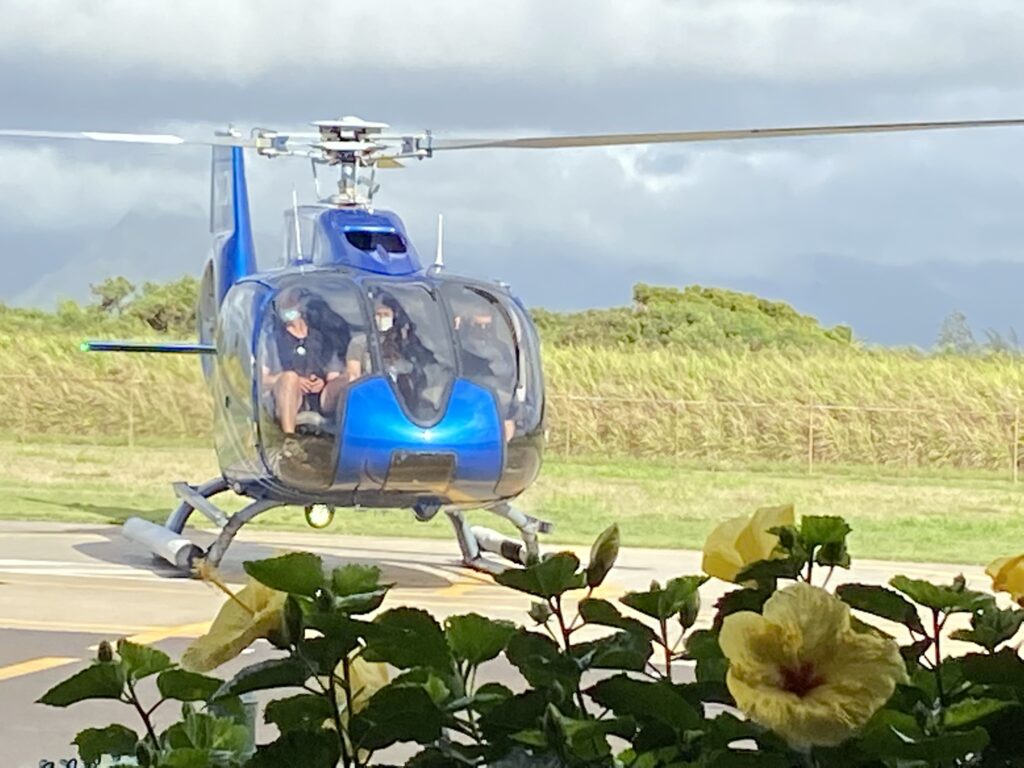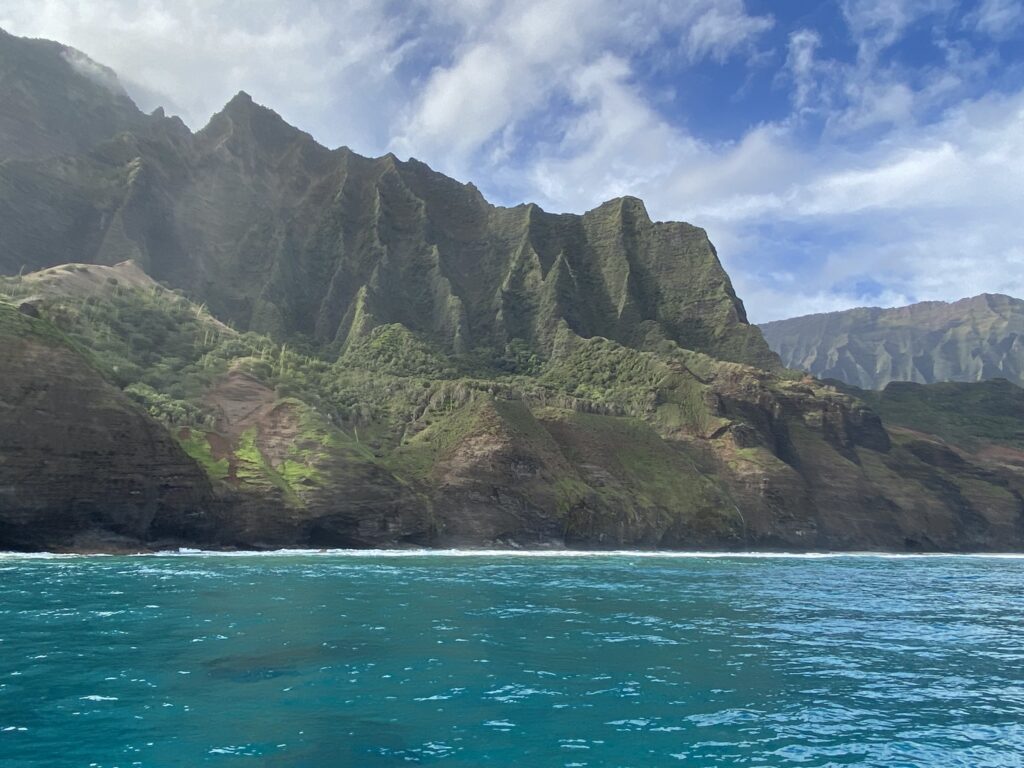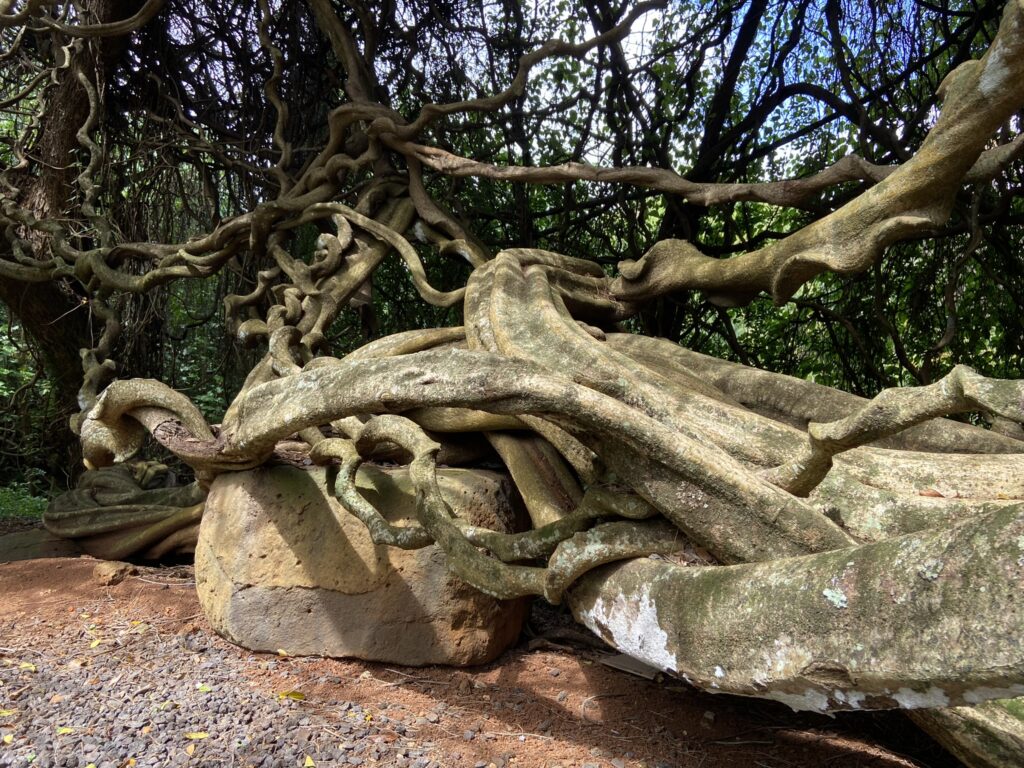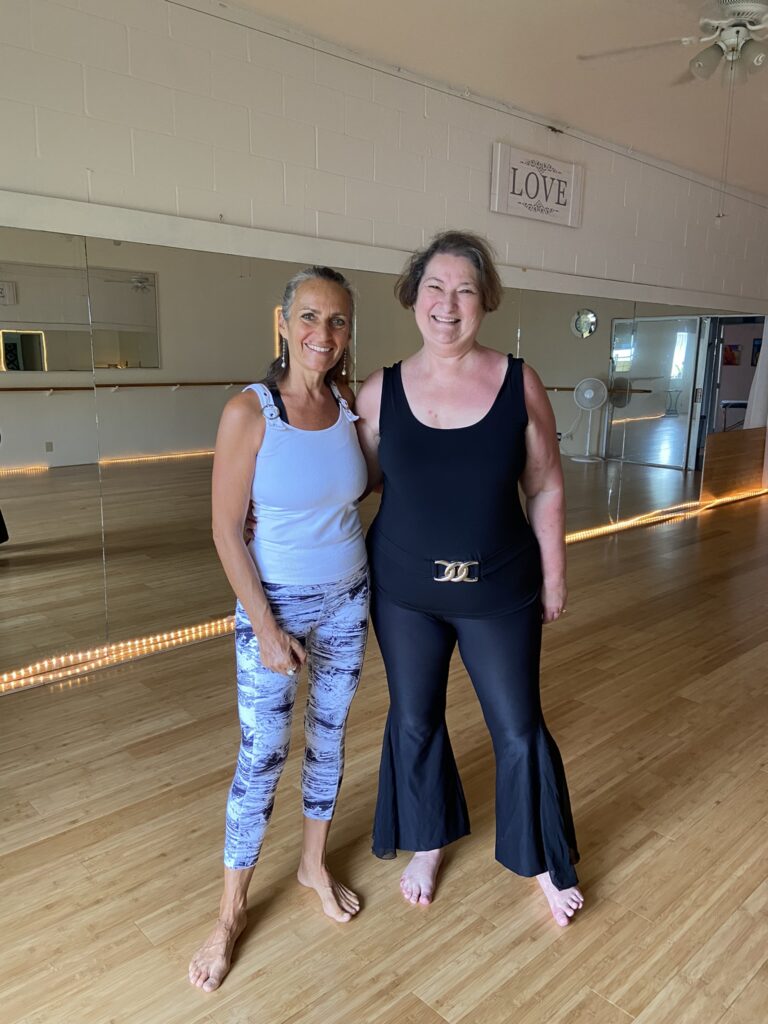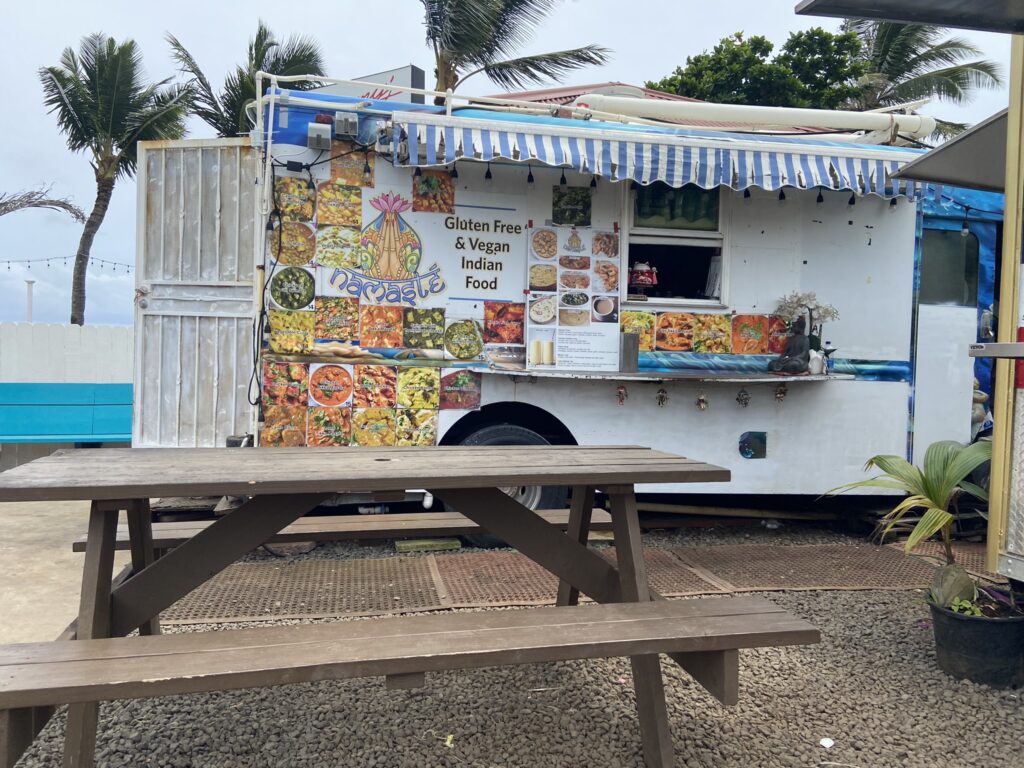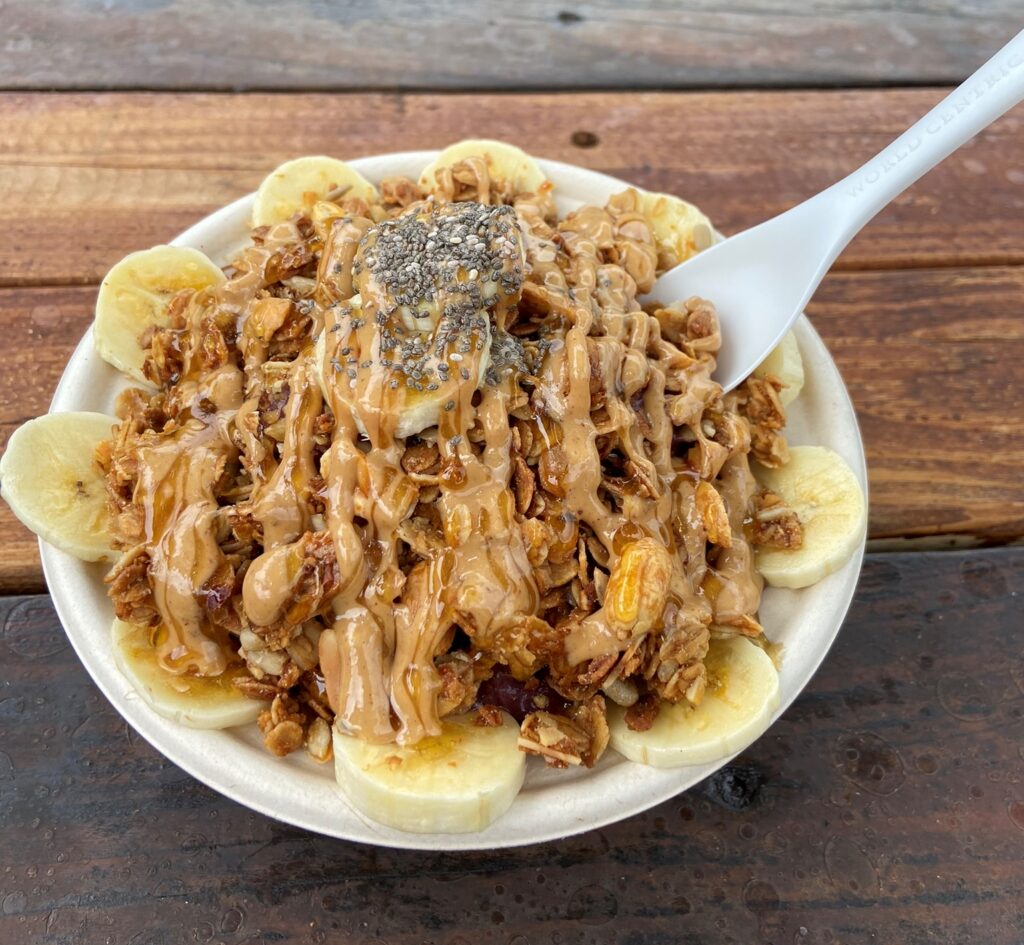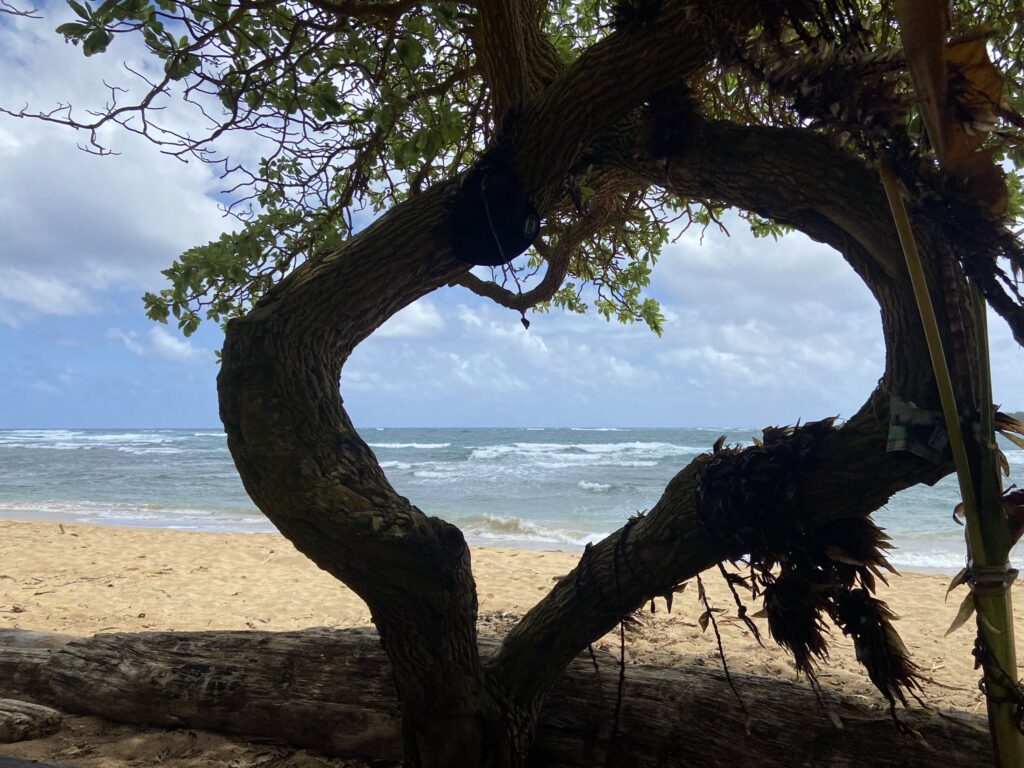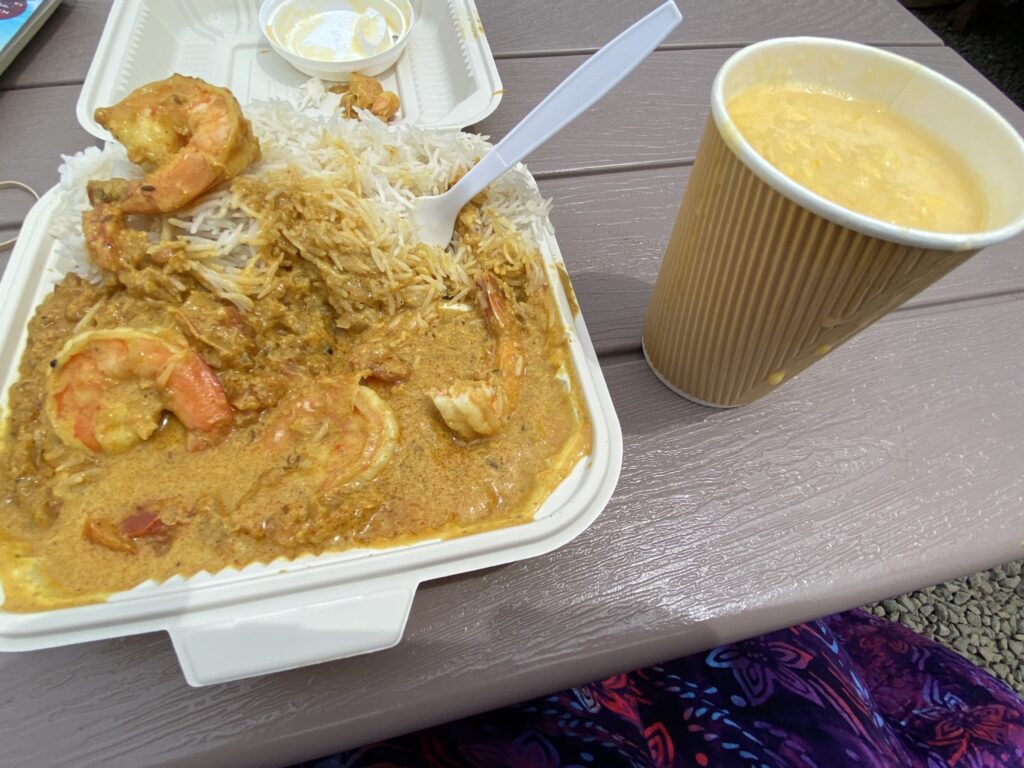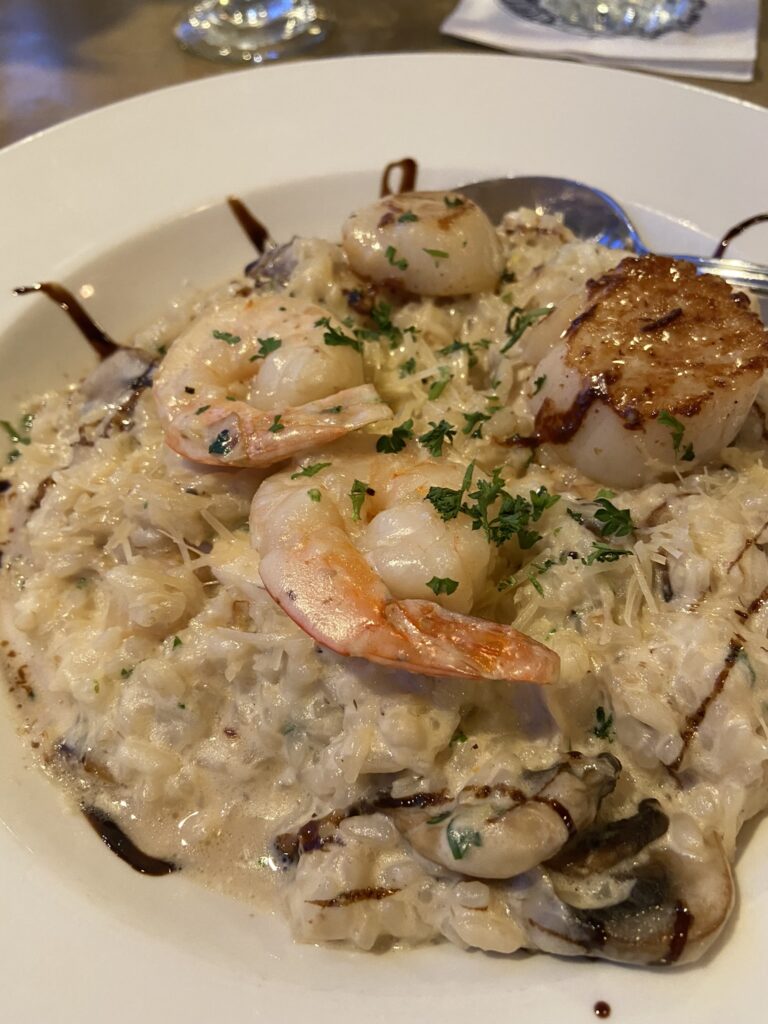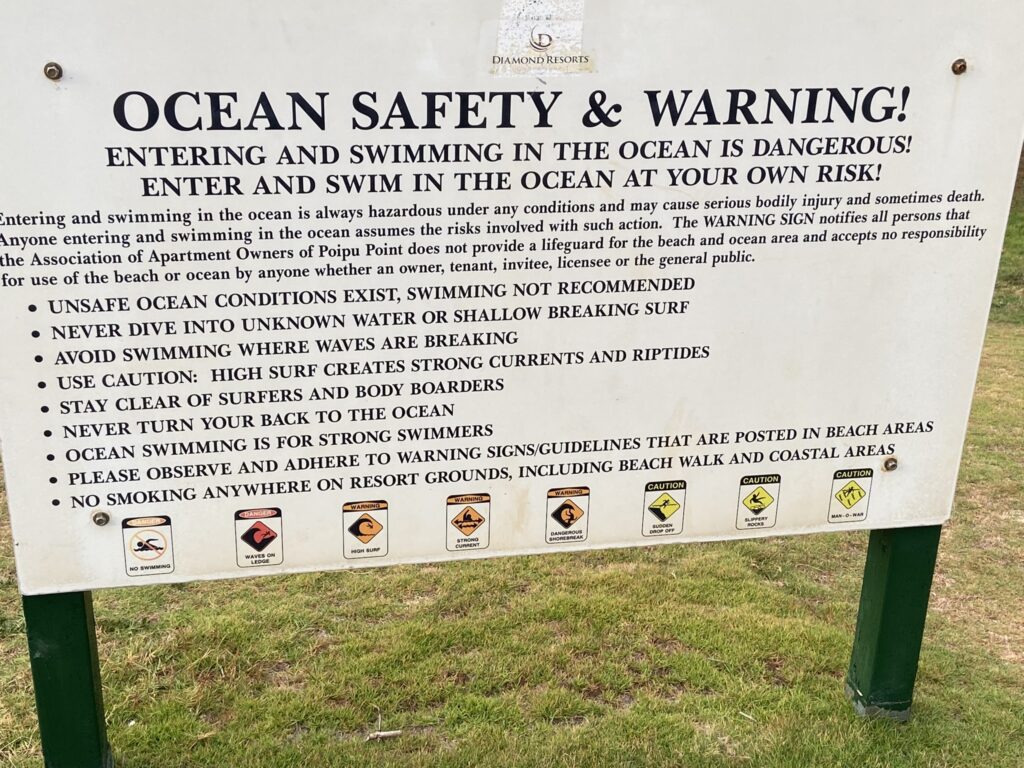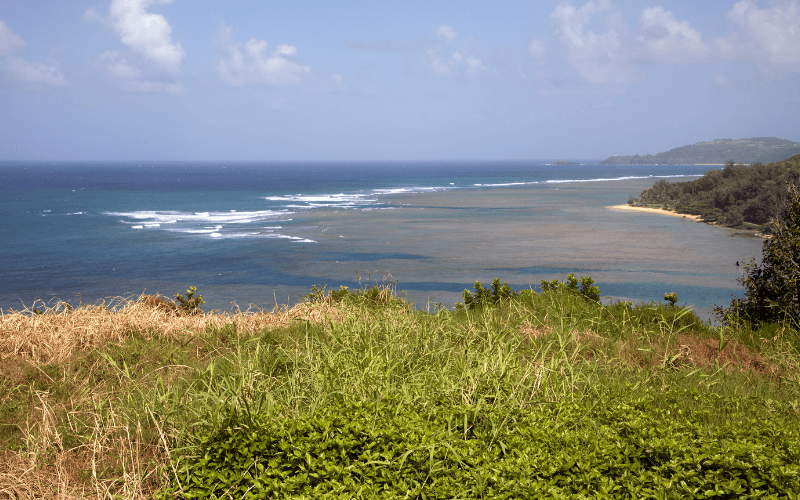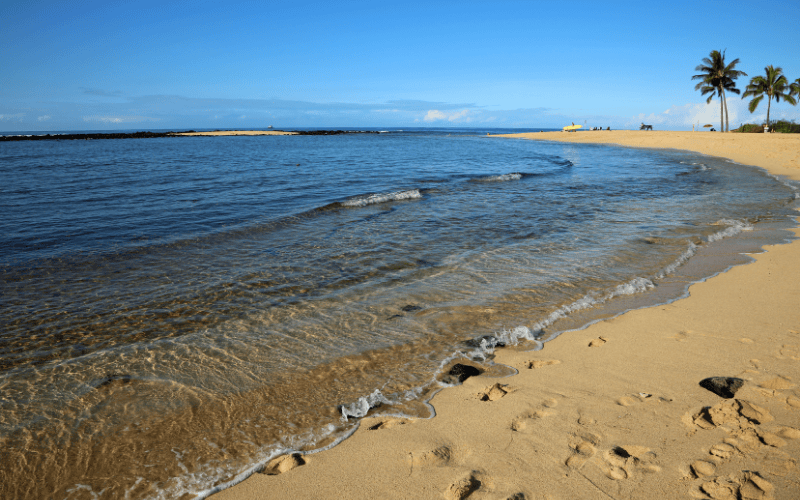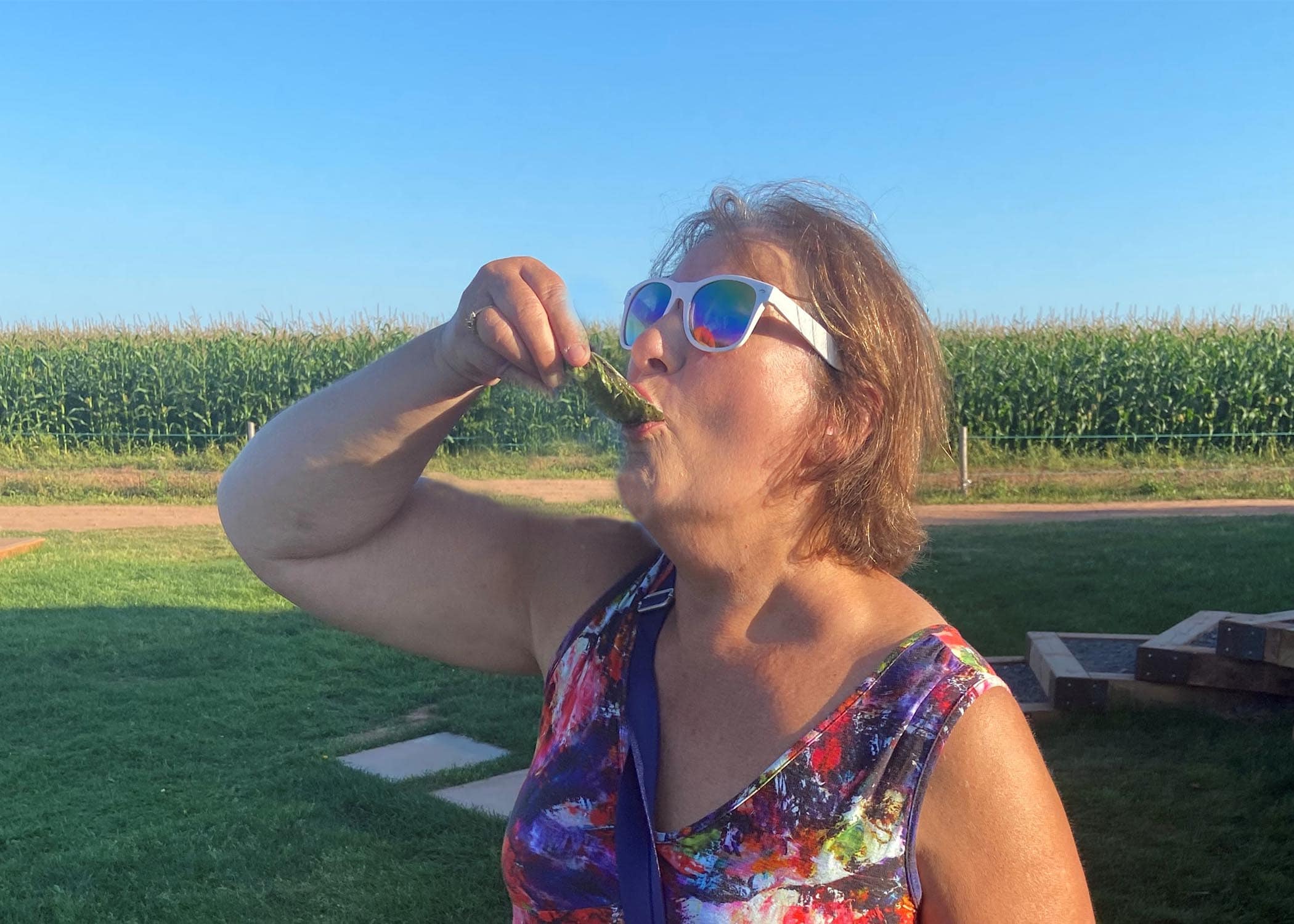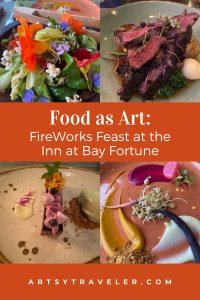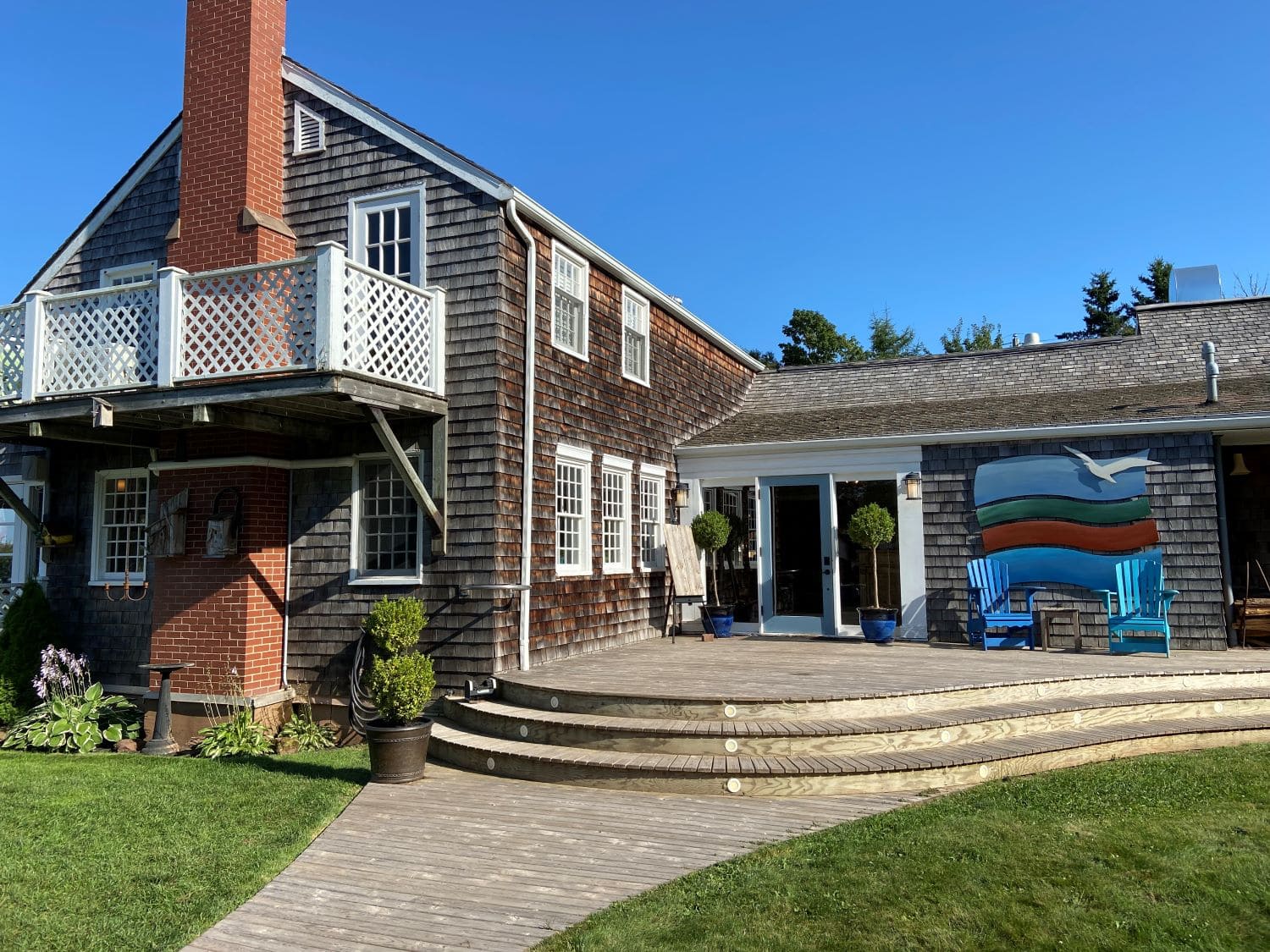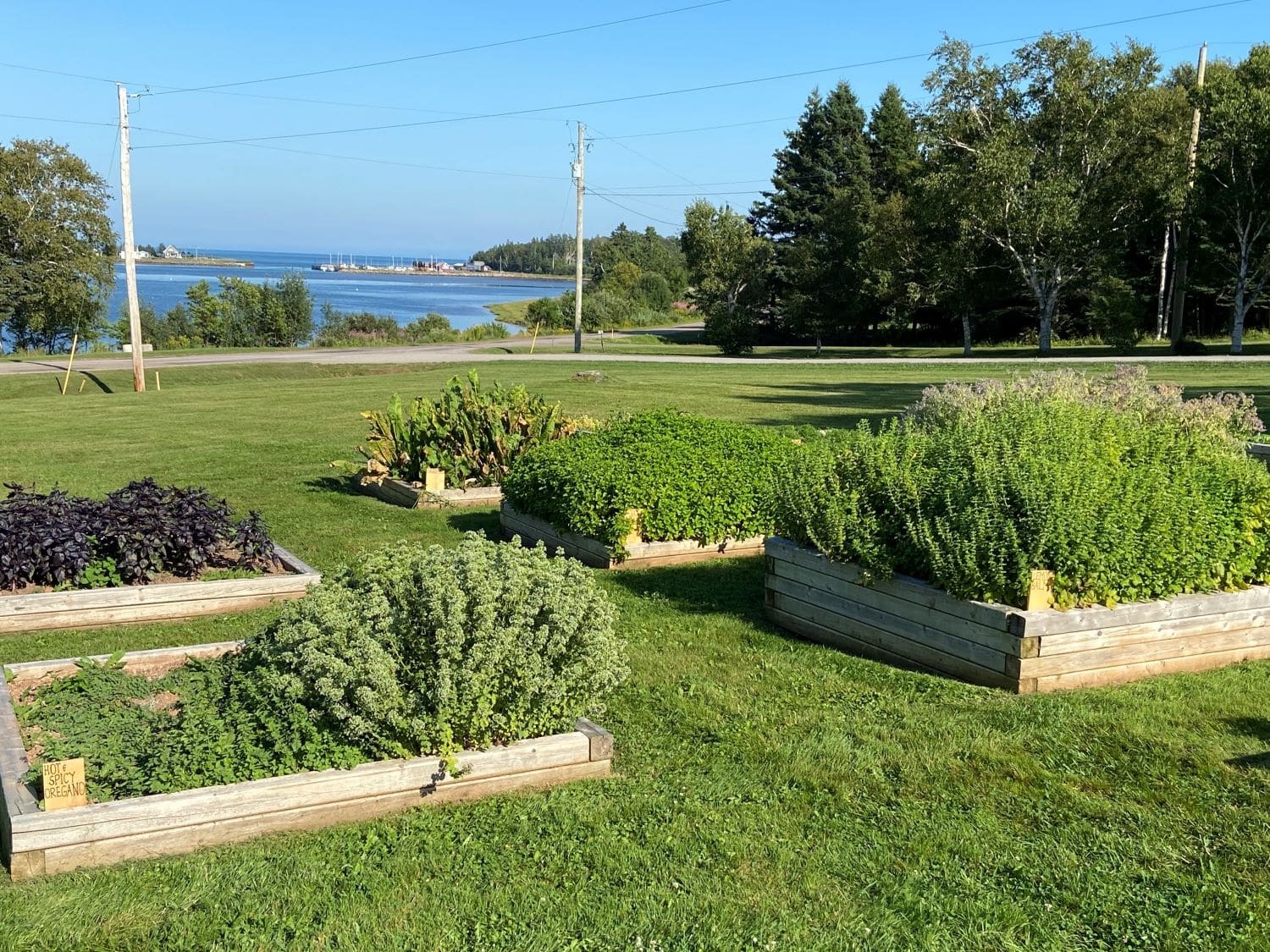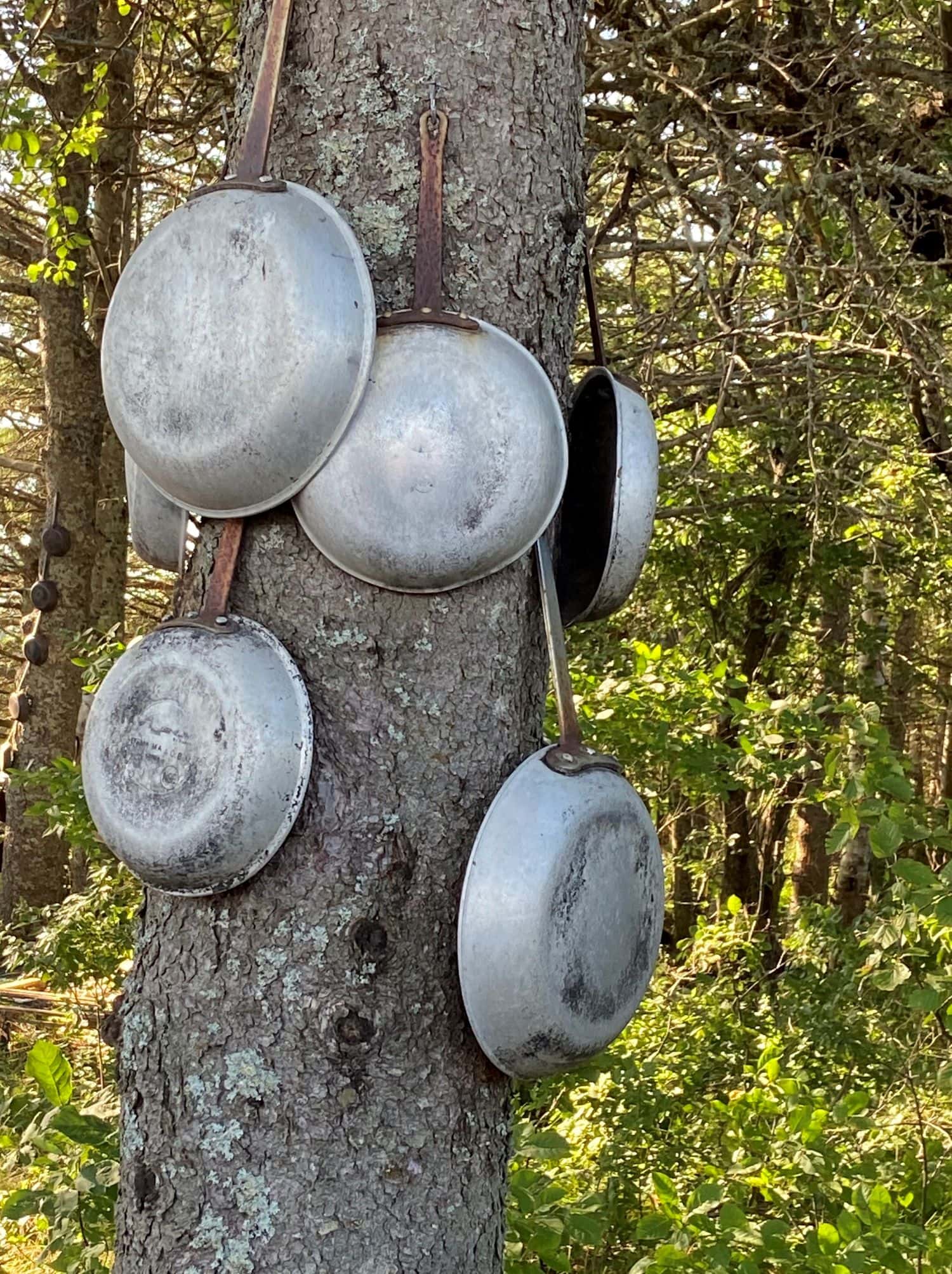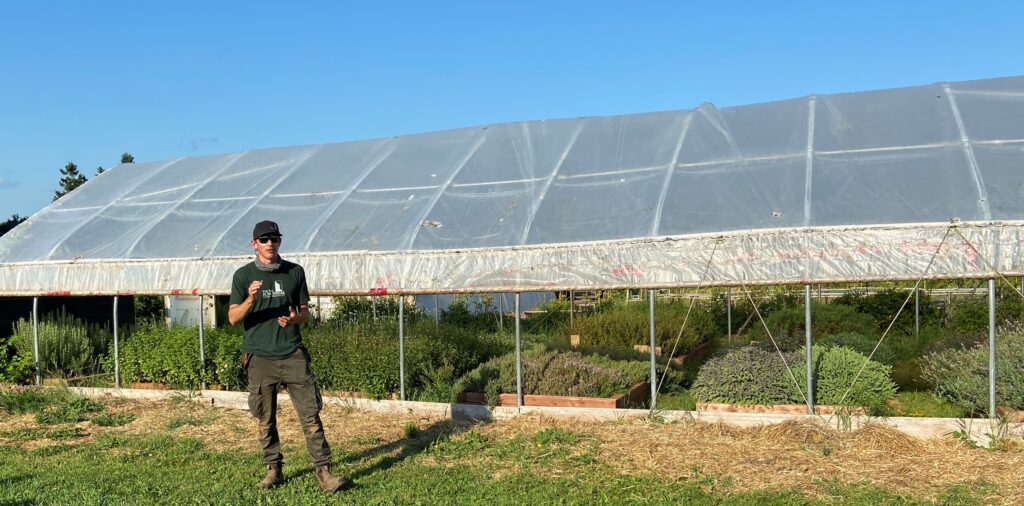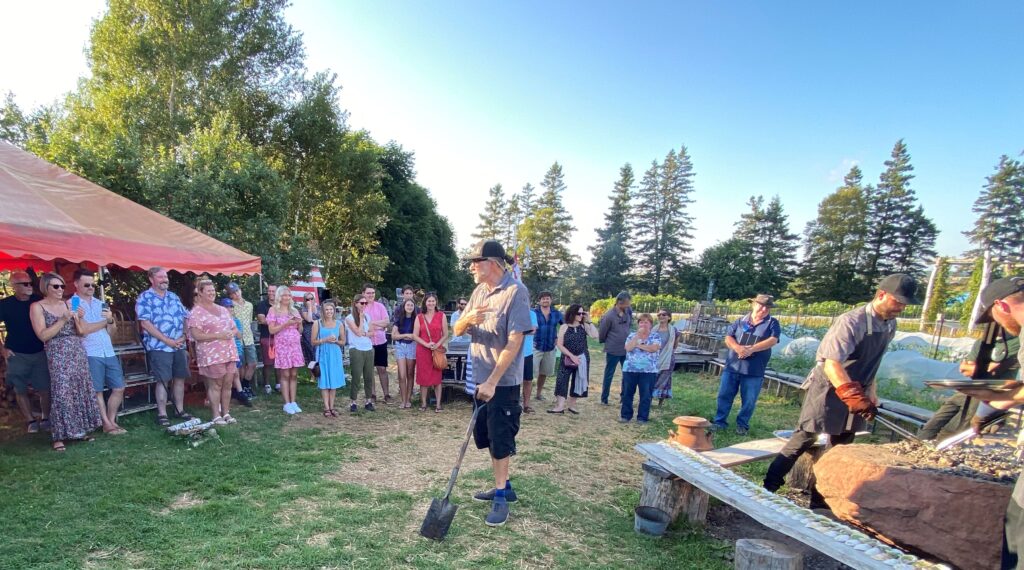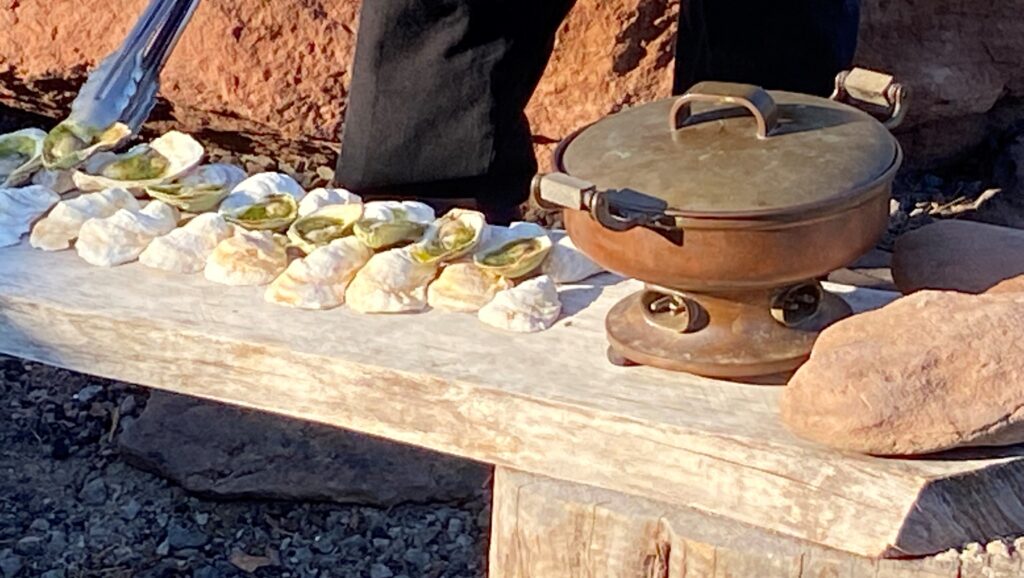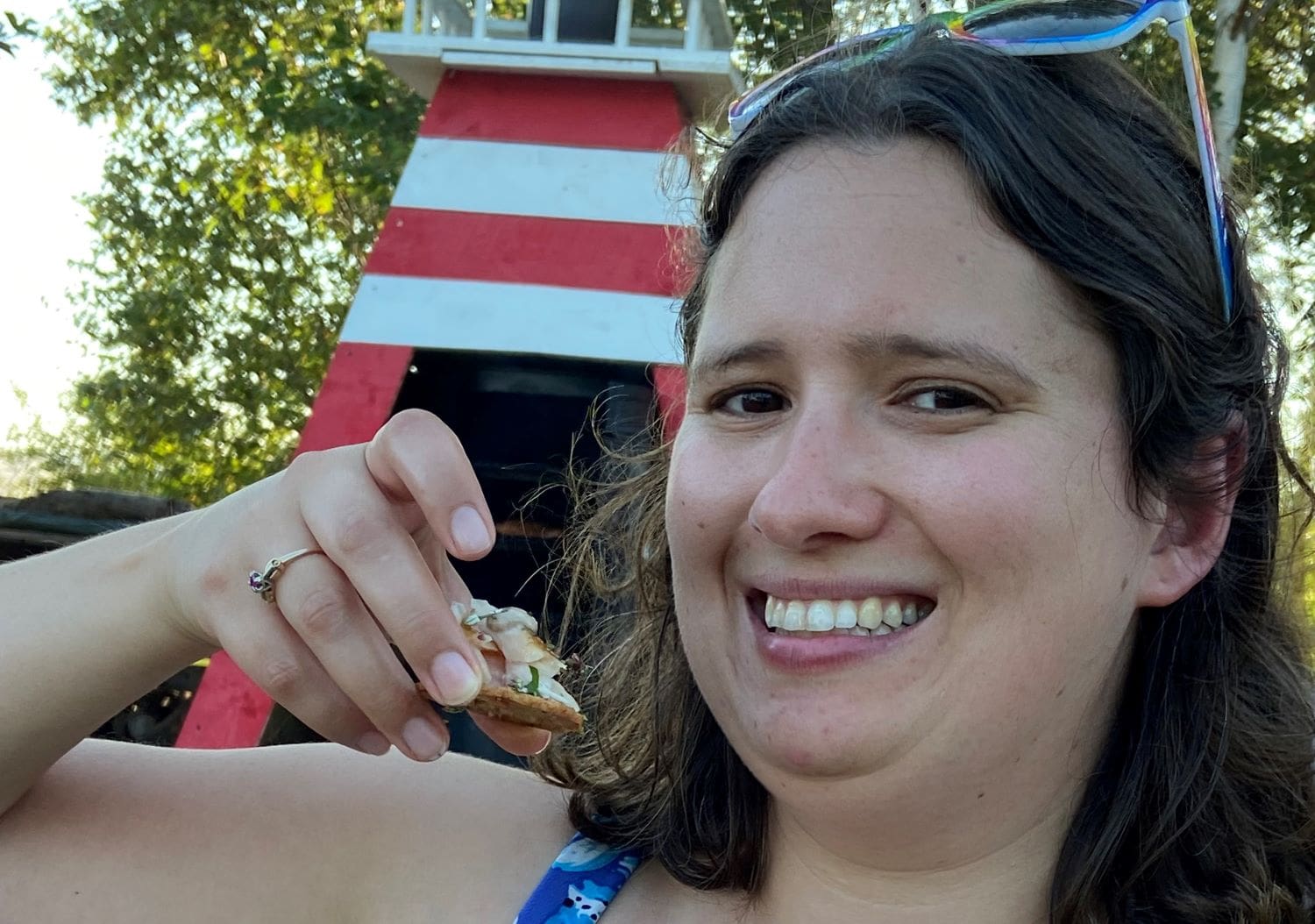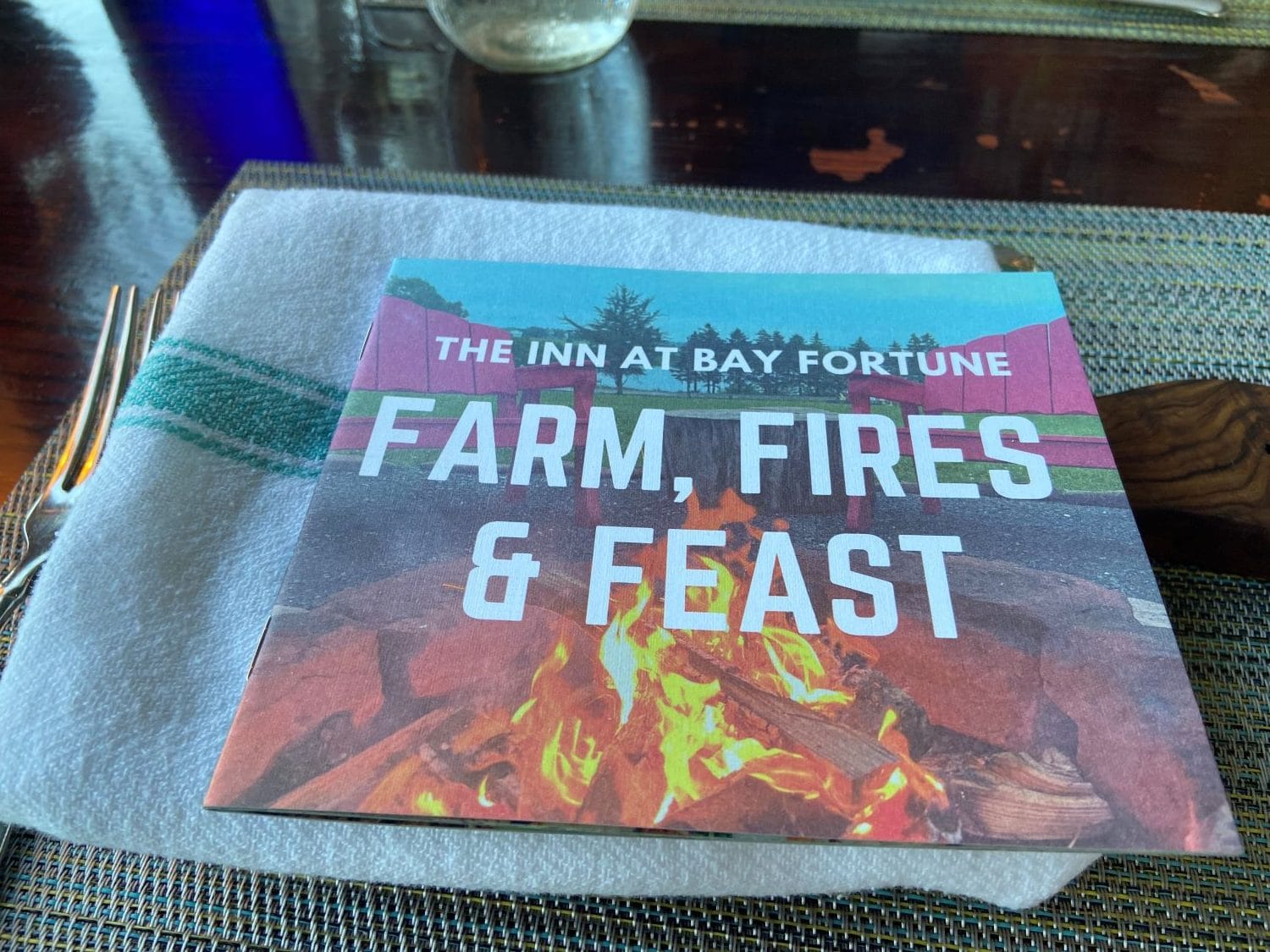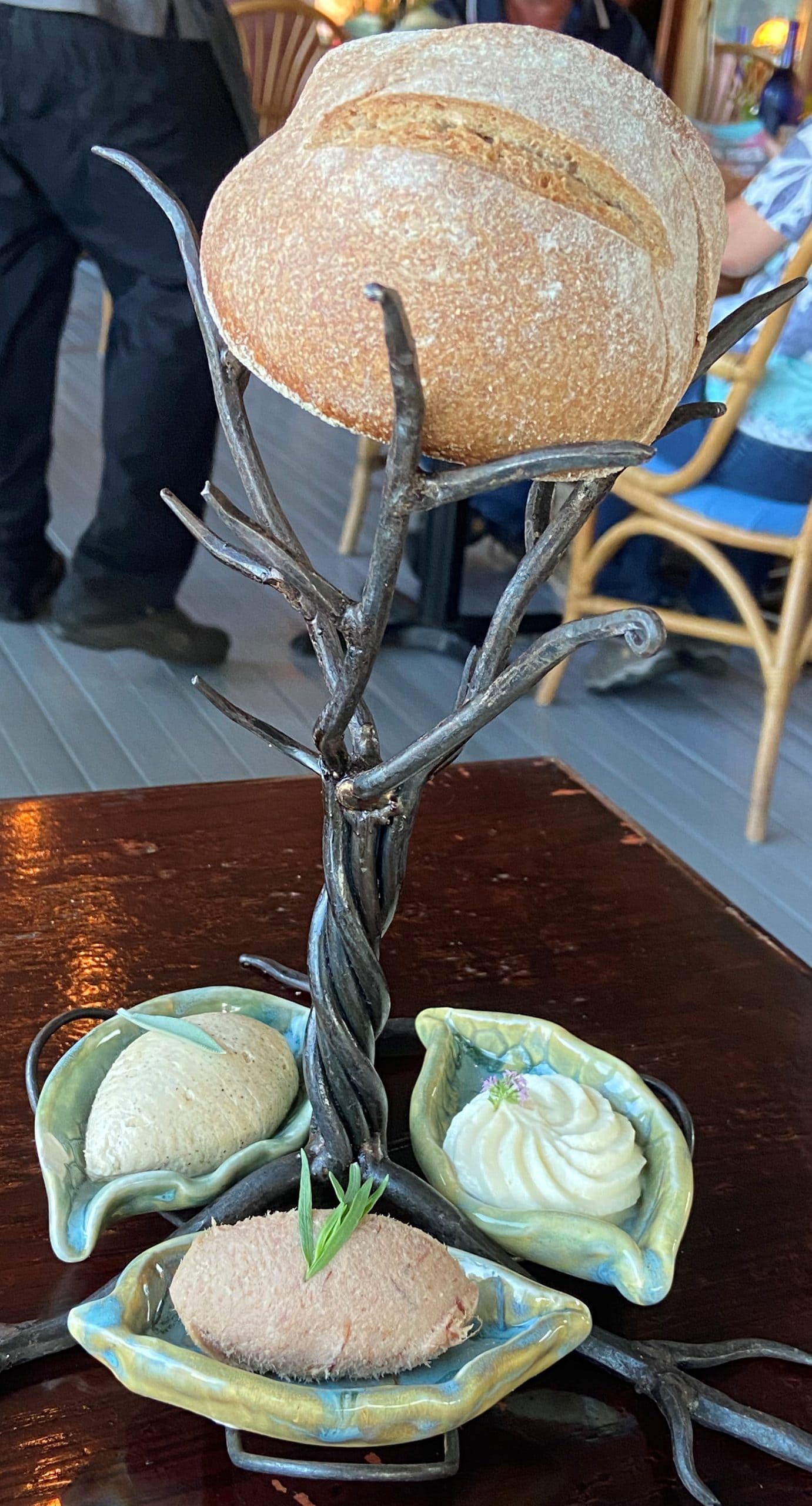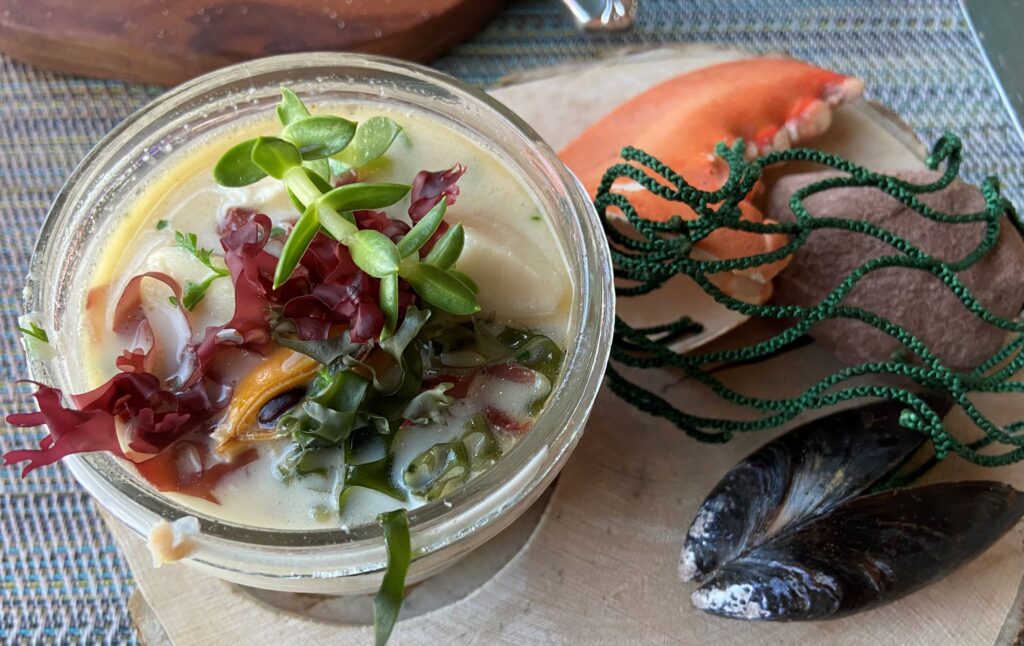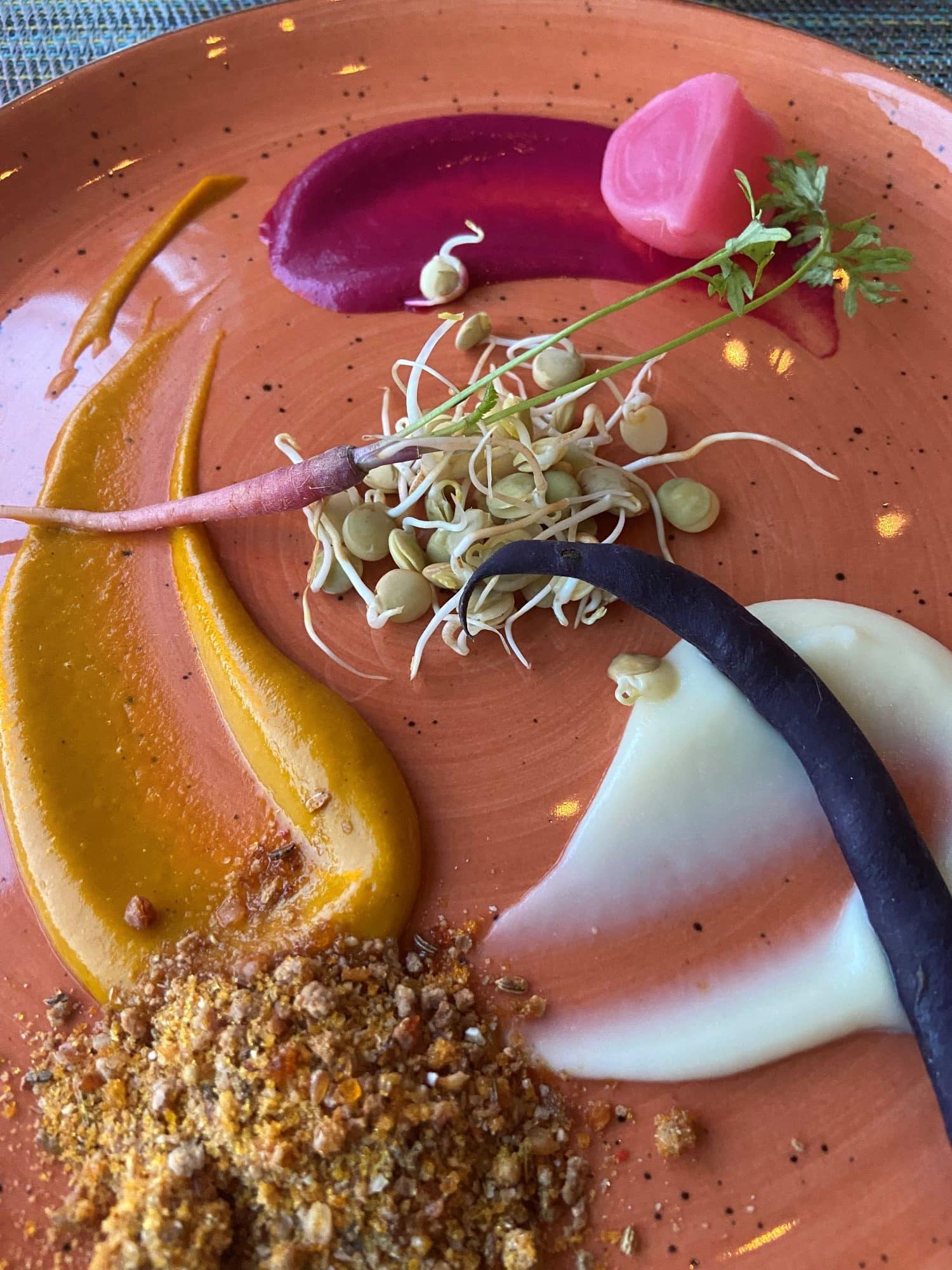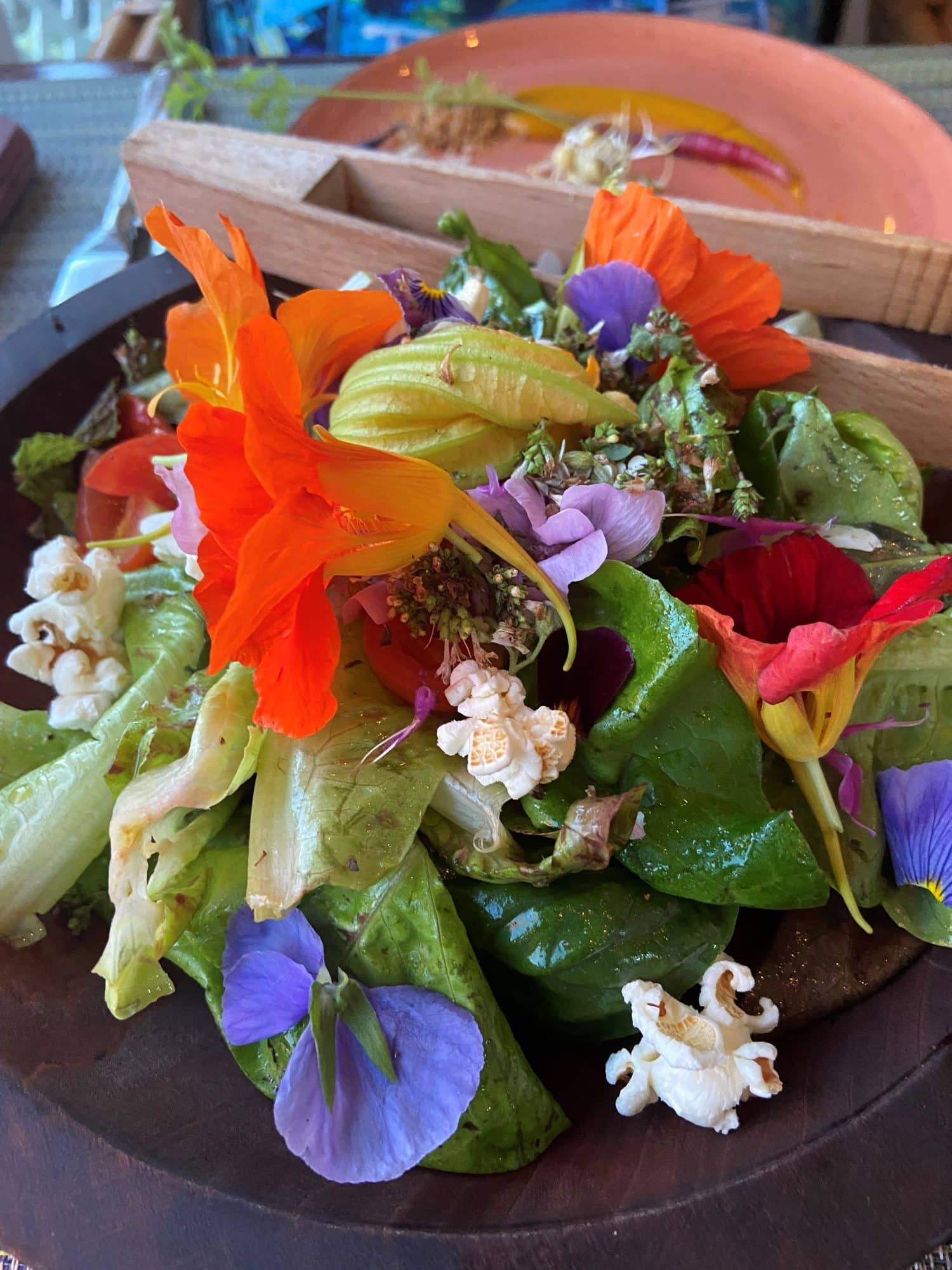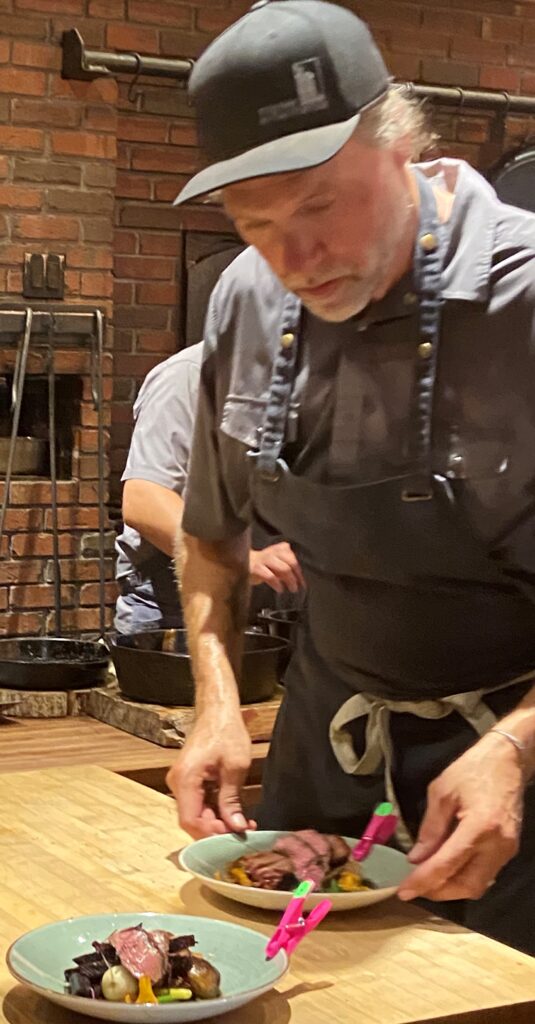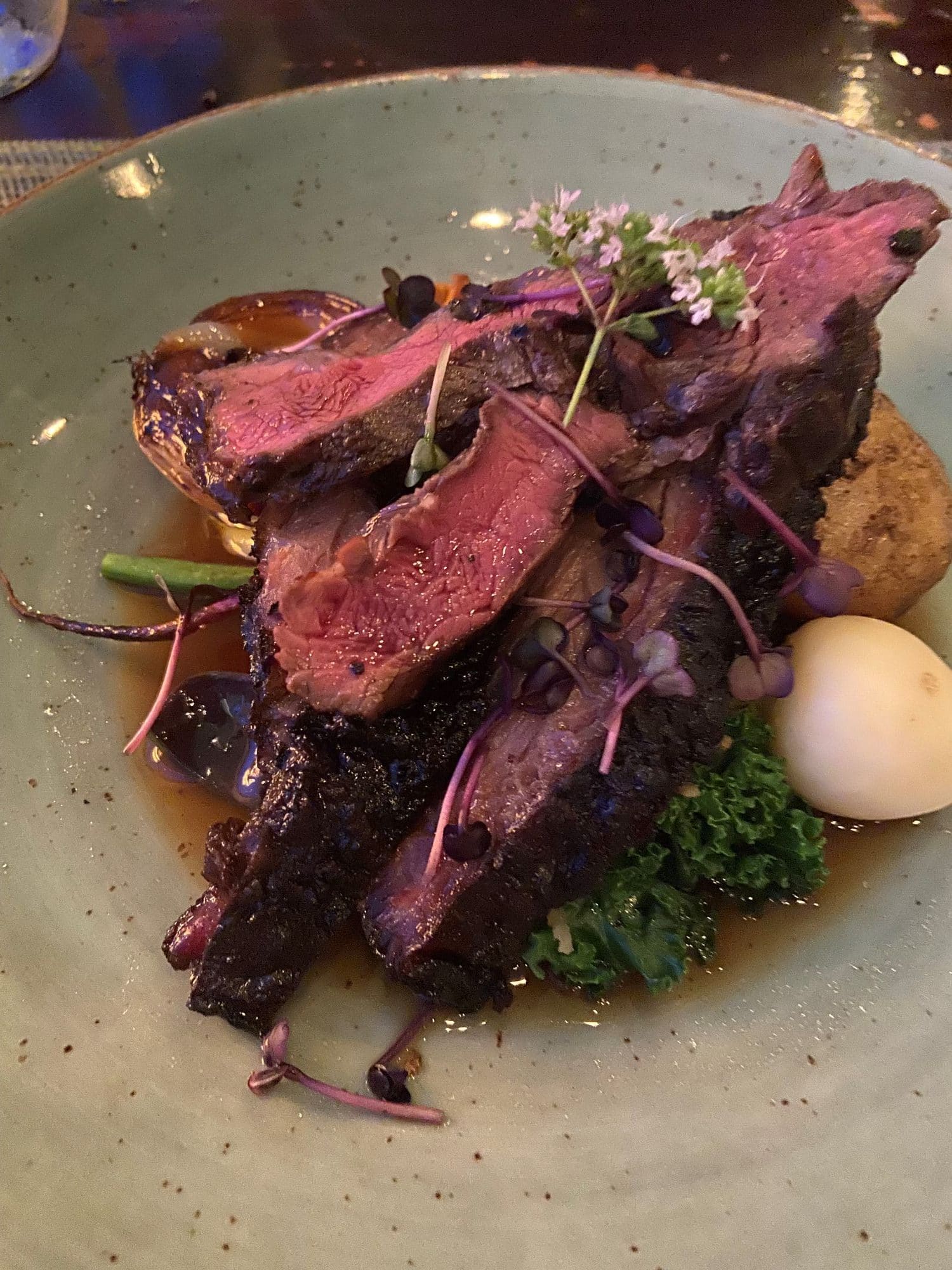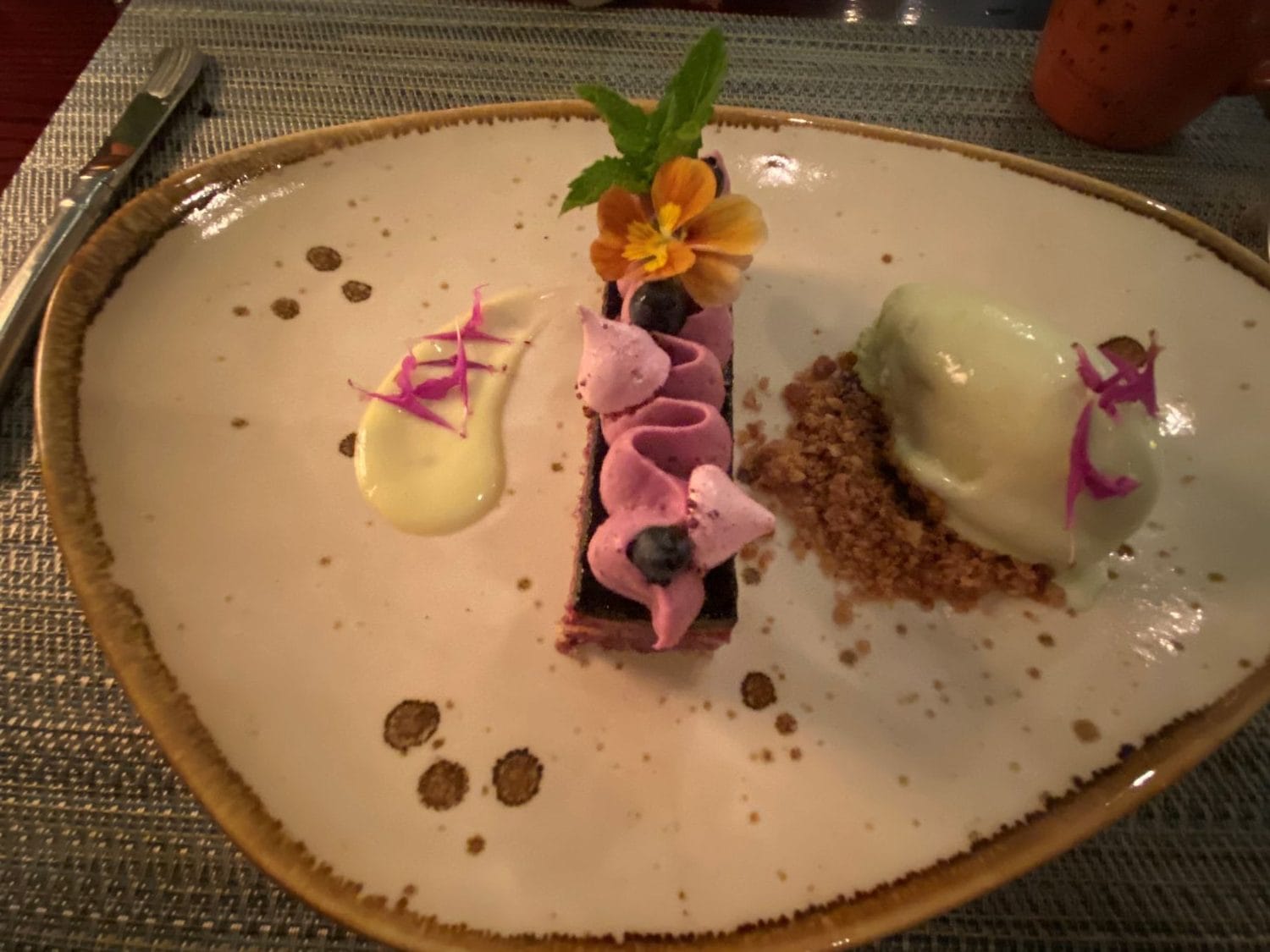The Vancouver Museum & Granville Island: A Great Day Out
If you’re looking for a family-friendly outing in Vancouver, carve out a few hours to visit the Vancouver Museum (AKA the Museum of Vancouver).
After getting a good hit of cultural history, walk the seawall or hop on the False Creek ferry to Granville Island for lunch and shopping.
At the Museum of Vancouver (MOV), you’ll discover the cultural history of the city. A series of exhibits take you on a journey past hundreds of artifacts used by individuals and communities that have called the area home.

Highlights of Your Vancouver Day
- Tour the Galleries at the Vancouver Museum
- Ride the False Creek Ferry
- Have lunch at the Granville Island Public Market
- If you’re visiting, stay at the Granville Island Hotel
- Take a food tour of Granville Island Public Market
Introduction
I’ve lived in Vancouver all my life. I remember when the Museum of Vancouver was built in 1968. I also remember when, in 1979, Granville Island was transformed from an industrial wasteland to a major Vancouver tourist attraction.
On a recent bright and sunny January day, I joined the throngs of Vancouverites who emerge when the sun shines and headed for Kitsilano. This laid-back residential area is one of Vancouver’s most beautiful with its huge saltwater pool and mountain views from Kitsilano Beach.
Here, I toured the Museum of Vancouver and then rode the False Creek ferry to Granville Island for lunch and shopping.
The spectacular views of this area of Vancouver never get old.

Whether you’re a local or a visitor, make time to visit the Vancouver Museum. Then, get yourself over to bustling Granville Island, an especially enjoyable outing on a sunny day.
Locations
The Museum of Vancouver (#1) is located at 1100 Chestnut Street in Vanier Park (#2) in Vancouver’s Kitsilano neighborhood. It is within the unceded territory of the Musqueam, Squamish, and Tsleil-Waututh Nations.
Vanier Park occupies most of Kitsilano Point and overlooks stunning views of the mountains, the ocean and False Creek. Downtown Vancouver is about a fifteen-minute bus or car ride away.
Granville Island is located about a 20-minute walk from Vanier Park under the Granville Street Bridge at the edge of False Creek. For decades, the area was a polluted blight on the Vancouver skyline.
After its extensive makeover starting in 1979, Granville Island now teems with shops and activities, including a great area for children and the world-famous Granville Island Public Market (#3).
Map of the Area
Summer Suggestion
In summer, consider this itinerary:
- Visit the Museum of Vancouver in the morning.
- Stroll along the seawall or take the False Creek ferry to Granville Island for lunch.
- Return to the area to enjoy a matinée at Bard on the Beach (#4), a five-minute walk from the MOV.
History of the Museum of Vancouver
Originally located in downtown Vancouver, the museum was founded in 1894 by a group of art and history enthusiasts who amassed a collection of artifacts and donations from local citizens.
In 1968, the building where the museum is now housed was erected in Vanier Park. The MOV shares its iconic building with the Vancouver Planetarium and the H.R. Macmillan Space Centre. The distinctive dome is meant to resemble the woven basket hats made by Northwest Coast First Nations peoples.
Initially called the Centennial Museum and then the Vancouver Museum, the new building was renamed the Museum of Vancouver in 2009 and the museum positioned as the place to go to learn about Vancouver’s cultural history.
I first visited the MOA not long after it opened in 1968 and have continued to revisit every decade or so, sometimes to take in a special exhibition, or to enjoy the fascinating permanent collection. I always find something new to look at and learn.
Explore the Galleries
The MOV is Vancouver’s largest civic museum and features several history galleries, starting with galleries dedicated to the First Nations people who lived on this bountiful land for centuries before contact with people from other parts of the world, primarily Europe and Asia.
The City Before the City: c̓əsnaʔəm
The first gallery contains The City Before the City exhibition that features c̓əsnaʔəm, the ancestral village of the Musqueam First Nation. On display are bone, stone, and shell objects from c̓əsnaʔəm that have survived for thousands of years.

The exhibition is both respectful and informative, with the aim of educating visitors about the people who inhabited the land before it was transformed by the streets and buildings we see today.
Listening stations encourage visitors to slow down, don a pair of headphones, and then watch and listen to videos narrated by First Nations people about their history and the exhibits.

That Which Sustains Us
The focus of the That Which Sustain Us gallery is on the land itself and how interactions with it are shaped by culture. You’ll learn about traditional ecological knowledge in addition to the consequences of deforestation and the urbanization of Vancouver.
I particularly enjoyed the exhibits showcasing ancestral skills such as making leather from tanning fish skin and creating dye pigments from the mushrooms found in local forests.
Also included is this wall showing words from the Musqueam language.

1900s to 1920s: Gateway to the Pacific
I’m a third-generation Vancouverite, with both sets of grandparents settling in Vancouver around 1911, coincidentally a few blocks apart. My maternal grandmother remembers carrying water to their log cabin, and I grew up on stories about the expanding city.
The Gateway to the Pacific gallery features thoughtfully curated displays related to the lives of the early settlers, both European and Asian. Photographs, mannequins dressed in vintage clothing, and an impressive collection of objects bring the era to life.

Other displays relate to Vancouver during World War I. My maternal great-grandfather, who was originally from England, left Vancouver in 1914 to fight overseas and was killed in 1916 when my grandmother was just 10 years old.
1930s to 1940s: Boom, Bust, and War
The exhibits in this gallery chronicle the growth of Vancouver through difficult times culminating in World War II.
A dark stain on the city’s history was the internment of people from the well-established Japanese-Canadian community following the bombing of Pearl Harbor. I know people whose grandparents and parents were relocated to internment camps in the interior of British Columbia. My mother, who lived not far from one of the internment camps in the early 1940s, remembered seeing the displaced people.
My mother moved to Vancouver in 1942 when my grandfather got work in one of the many new factories gearing up production for the war effort, and met my dad in high school. I remember my grandmother’s kitchen looking very similar to this one:

1950s: The ‘50s Gallery
For many of the people who settled in Vancouver, the post-war city was a hopeful place where home ownership was within reach. That was certainly the case for my family. We moved into our first house in the Kerrisdale neighborhood of Vancouver in 1960.
The exhibits in this gallery bring back fuzzy memories. I got a kick out of the old wringer washer which reminded me of my brother trying to put my Barbie doll through the wringer. He was not successful, as I recall.

Check out the display of neon signs. Vancouver was famous for its neon, mostly clustered along Granville Street. The full-size car is a nice touch.

1960s – 1970s: You Say You Want a Revolution
If you were born prior to the 1970s, you’ll experience a major walk down memory lane in this gallery. And even if you’re not from Vancouver, you’ll likely recognize something of your past in the exhibits.
As in many places in North America, the 1960s and 1970s in Vancouver were a time of contention. The city was growing fast, with protests, “hippies”, and alternative lifestyles front and center. The environmental group Greenpeace started in Vancouver during this period.
A highlight of this fun yet also thought-provoking gallery was seeing a poster with my husband’s name on it. Gregg Simpson was very active in the art scene during the late 1960s and early 1970s, both as an artist and a musician.

I spent quite a bit of time squinting at the many old photographs in the exhibit to catch a glimpse of him. We weren’t successful, but I did see many familiar names in the old posters and commentaries.
Completing Your Visit
The MOA is not a large museum. You can tour it in about an hour, depending on how long you like to spend reading the wealth of information provided.
After your visit, consider taking one of the adorable False Creek ferries to Granville Island.
MOV Practical Information
Getting There
If you’re visiting Vancouver and staying downtown without a car, your best option is to either take the #2 bus or rent a bicycle (weather permitting). Here are all your options:
Take the Bus
The museum is about a five-minute walk from Cornwall Avenue where the #2 bus stops. Plan your route on Translink.
Take the False Creek Ferry
From various points around False Creek, catch a ferry that stops at the Vancouver Maritime Museum (#5). Then, walk south-east for about five minutes to the museum entrance. If you’re planning on more explorations, consider buying a day pass for the False Creek ferry in advance.
Ride a Bike
Use the Mobi Bike Share service to cycle to Vanier Park. The bike share is located at Chestnut Street and McNicoll Avenue, just west of the MOA.
Walk from Granville Island
Walk west along the seawall for about 15 minutes. Note that in the winter months, the seawall may be closed for maintenance. If that’s the case, retrace your steps and take the ferry.
Drive
From downtown Vancouver:
- Cross the Burrard Street bridge heading south.
- Veer right onto Cornwall Street as you come off the bridge.
- Turn right onto Chestnut Street (this will be the first street).
- Turn right onto Whyte Avenue.
- Turn left into the parking lot.
From the south:
- Take Burrard Street going north.
- Turn left onto Cornwall Street just before the Burrard Street Bridge.
- Turn right onto Whyte Avenue.
- Turn left into the parking lot.
Museum Hours and Ticket Prices
The MOV is open 7 days a week from 10 am to 5 pm. Admission costs $17 for adults, $12 for seniors and students, and $10 for youth ages 6 to 17. Children under five and individuals who self-identify as Indigenous enter for free.
For more information, check the Museum’s FAQ page.
Taking the Ferry to Granville Island
Nineteen little ferries ply the waters of False Creek, stopping at the places shown on the map below. The stop for the Museum of Vancouver is Maritime Museum (Kitsilano Beach).

For a round-trip cost of $10 for adults and $7 for seniors/children, you can take the ferry to Granville Island where you’ll find an excellent indoor market, restaurants, food stalls, and lots of fabulous shops.
I pretty much always find something to buy whenever I visit. On my most recent trip to Granville Island, I couldn’t resist purchasing a gorgeous red leather purse inset with a First Nations design of a raven.
Rates vary depending upon the route and the number of zones covered. If you choose, you can sail all the way to Science World at the easternmost end of False Creek. Check the rates.
The ferries scoot back and forth across False Creek and are a lot of fun to ride:
Catch the ferry from the dock below the Vancouver Maritime Museum, which is about a five-minute walk to the west of the Vancouver Museum.
Buy a return ticket on the ferry (they take credit cards) if you’re parked at the museum, or get a one-way ticket and then take a bus back to your home or accommodation. You can also purchase a day pass and explore more of False Creek.
Granville Island
The Granville Island Public Market is the main attraction on Granville Island. Here, you’ll find a dizzying array of produce, seafood, bakery items, gourmet edibles, gift items, and flowers. Lunch options also abound from food stalls serving up everything from perogies to poke.

Pro Tip: Treat yourself to a cannelle at Le Bise Bakery. They are seriously to die for.
Take your food outside and enjoy it while gazing out at the boats plying the waters of False Creek with the skyline of Vancouver and the mountains beyond. Here’s one of my favorite views towards the Burrard Street Bridge:

Shopping on Granville Island
After lunch, wander around the many shops on the island or even take in a performance at the Vancouver Arts Club Theatre next door to the market.
If you want more than a quick bite at the market, consider stopping in at the Tap & Barrel – Bridges Restaurant or the Dockside Restaurant. Both offer scenic views of the mountains and water and plenty of seafood options.
Other Vancouver Museums
Here’s a quick roundup of three other Vancouver museums worth visiting.
Museum of Anthropology
If you really want to dig into Indigenous history, head out to the Museum of Anthropology (#6) at the University of British Columbia, arguably the best museum in Vancouver. You’ll discover a comprehensive collection not only of indigenous art from BC, but also from across Canada and around the world.
Science World
If you have children (or even if you don’t but just like science!), then Science World (#7) should definitely be on your itinerary. Tons of hands-on interactive exhibits, cool science shows, and world-class feature exhibitions will keep you entertained and informed.
Bill Reid Gallery of Northwest Coast Art
If you’ve visited the Museum of Anthropology, then you’ll have already seen some of Bill Reid’s magnificent work.
The Bill Reid Gallery of Northwest Coast Art (#8) in downtown Vancouver exhibits the Bill Reid SFU Art Collection in addition to contemporary Indigenous Northwest Coast Art.
Where to Stay in Vancouver
Visitors to Vancouver are spoiled for choice when it comes to accommodations. Be warned, however, that prices are steep, especially for downtown hotels with views of the magnificent North Shore mountains and the ocean. Here are two of my favorite hotels in Vancouver:
Granville Island Hotel
The Granville Island Hotel (#9) is the closest hotel to the Museum of Vancouver and the Granville Island Public Market. It’s a great choice that’s a bit off the beaten track from downtown Vancouver.
Sutton Place Hotel
Located on Burrard Street (and so an easy bus ride over the Burrard Street Bridge to the Museum of Vancouver) and around the corner from plenty of good shops and restaurants on Robson Street, the Sutton Place Hotel (#10) is one of the more reasonable options in Vancouver with comfy 4-star rooms.
Vancouver Tours
GetYourGuide offers a few tours that include Granville Island. Here’s a foodie tour of Granville Island Public Market.
And here are more options for touring Vancouver. Why not really splurge and take a seaplane flight over the city? On a clear day, the views are amazing.
Conclusion
The Museum of Vancouver is worth a visit if you enjoy cultural history (which I do!).
The location of the museum is also a major plus. After you’ve toured the museum, you’ll enjoy breezy views of the ocean and mountains and perhaps take a ride on one of the little False Creek ferries.
Have you visited the Museum of Vancouver? What were your favorite galleries? Share your recommendations and observations in the Comments below.
Here are more posts about museums I’ve visited and heartily recommend:
